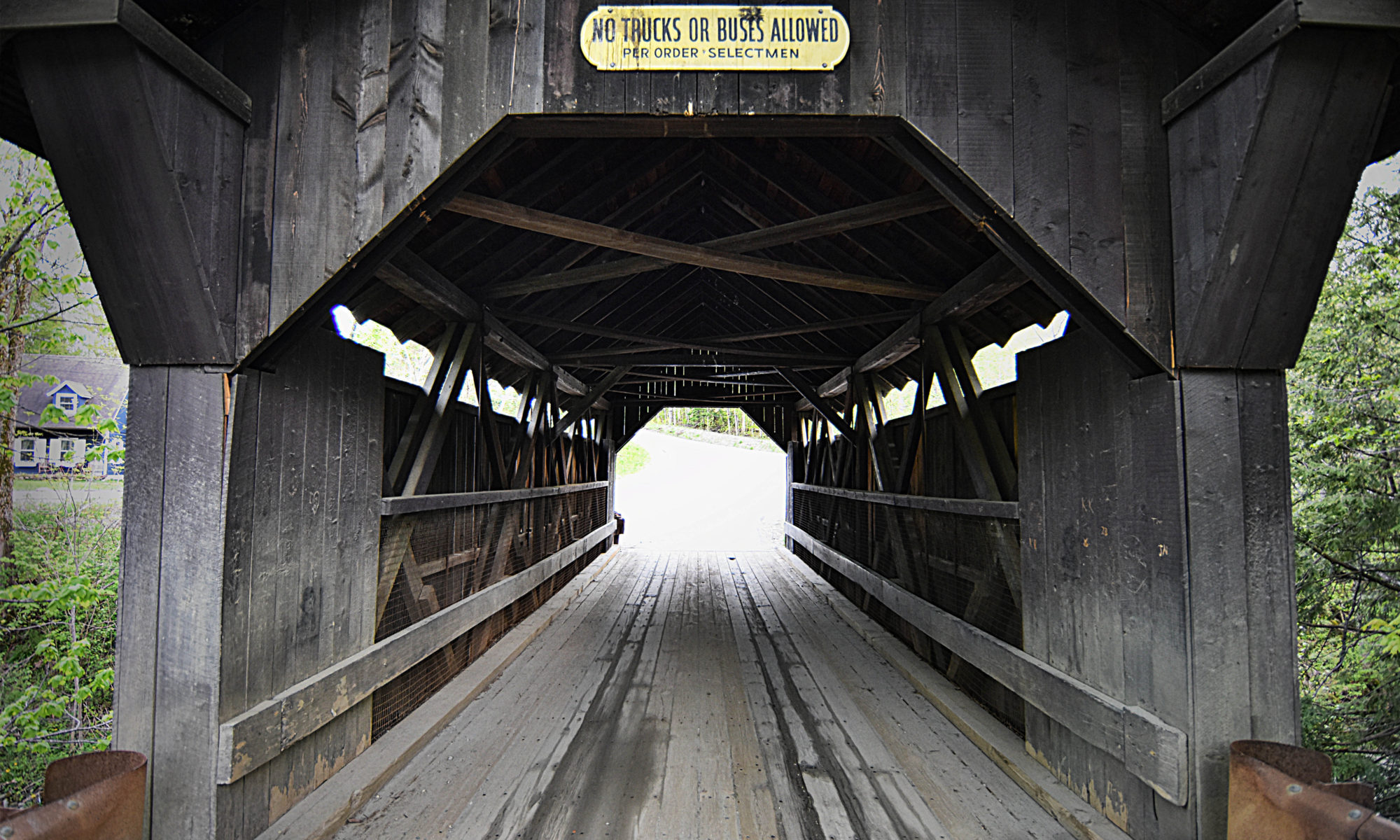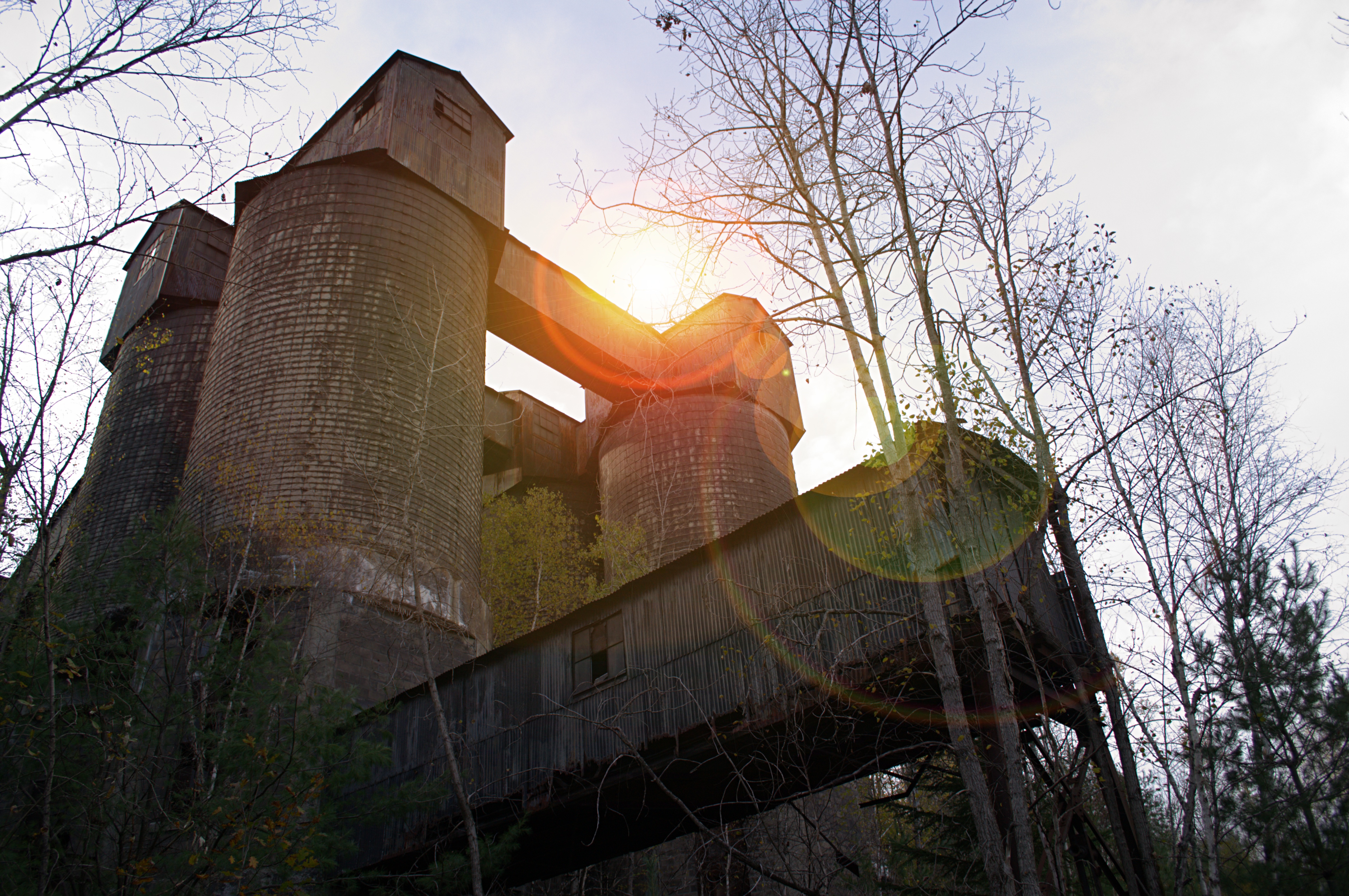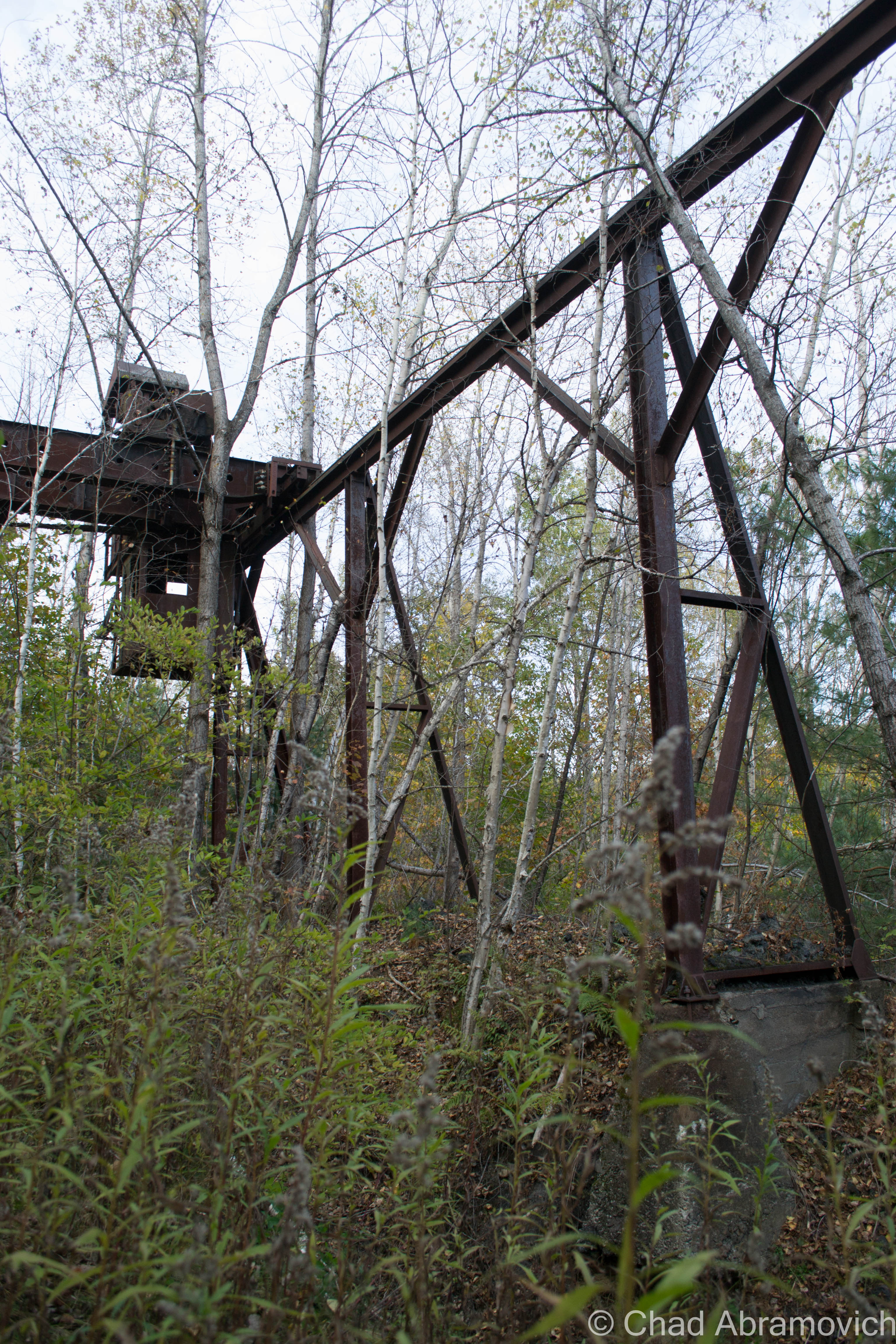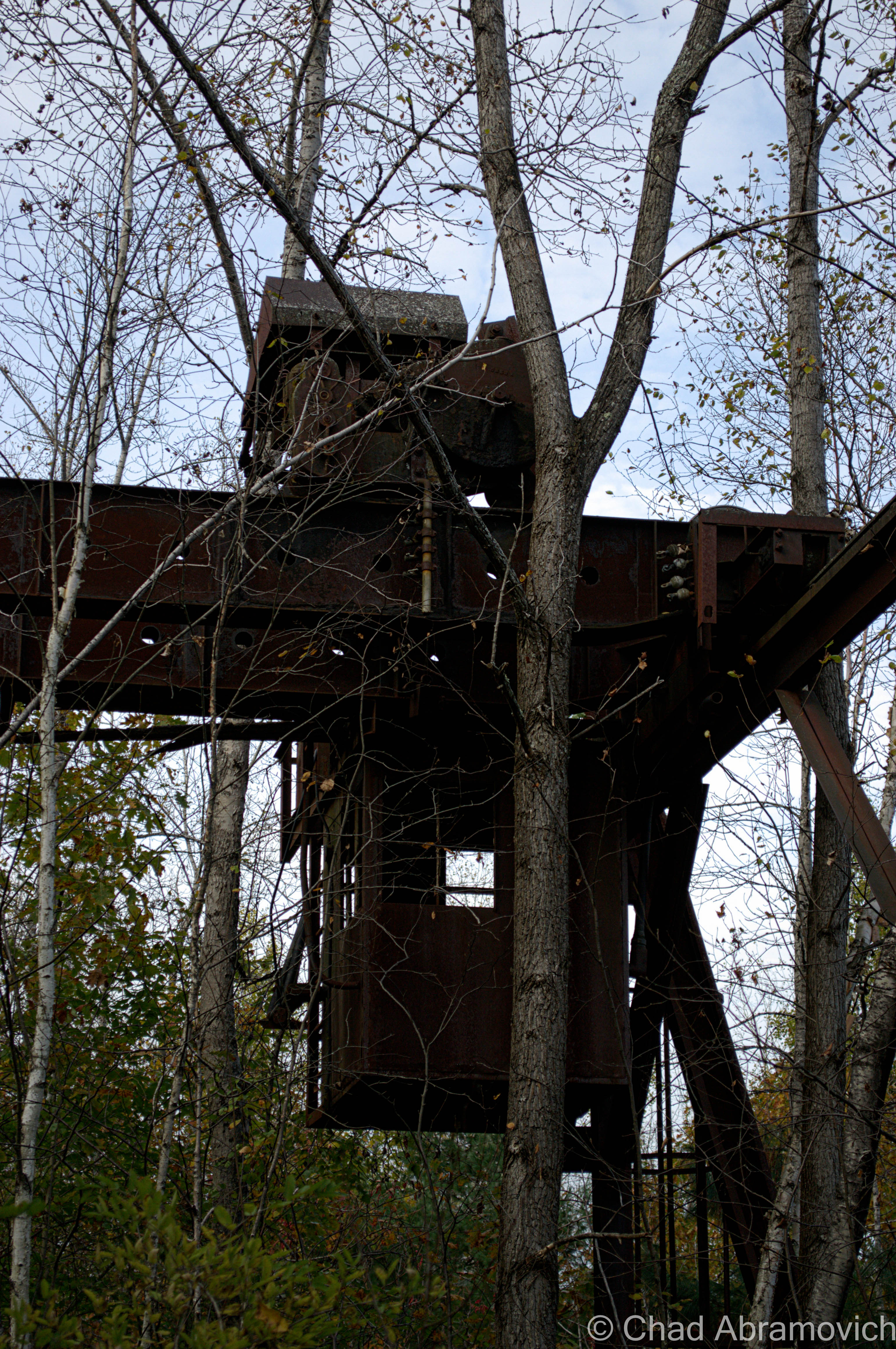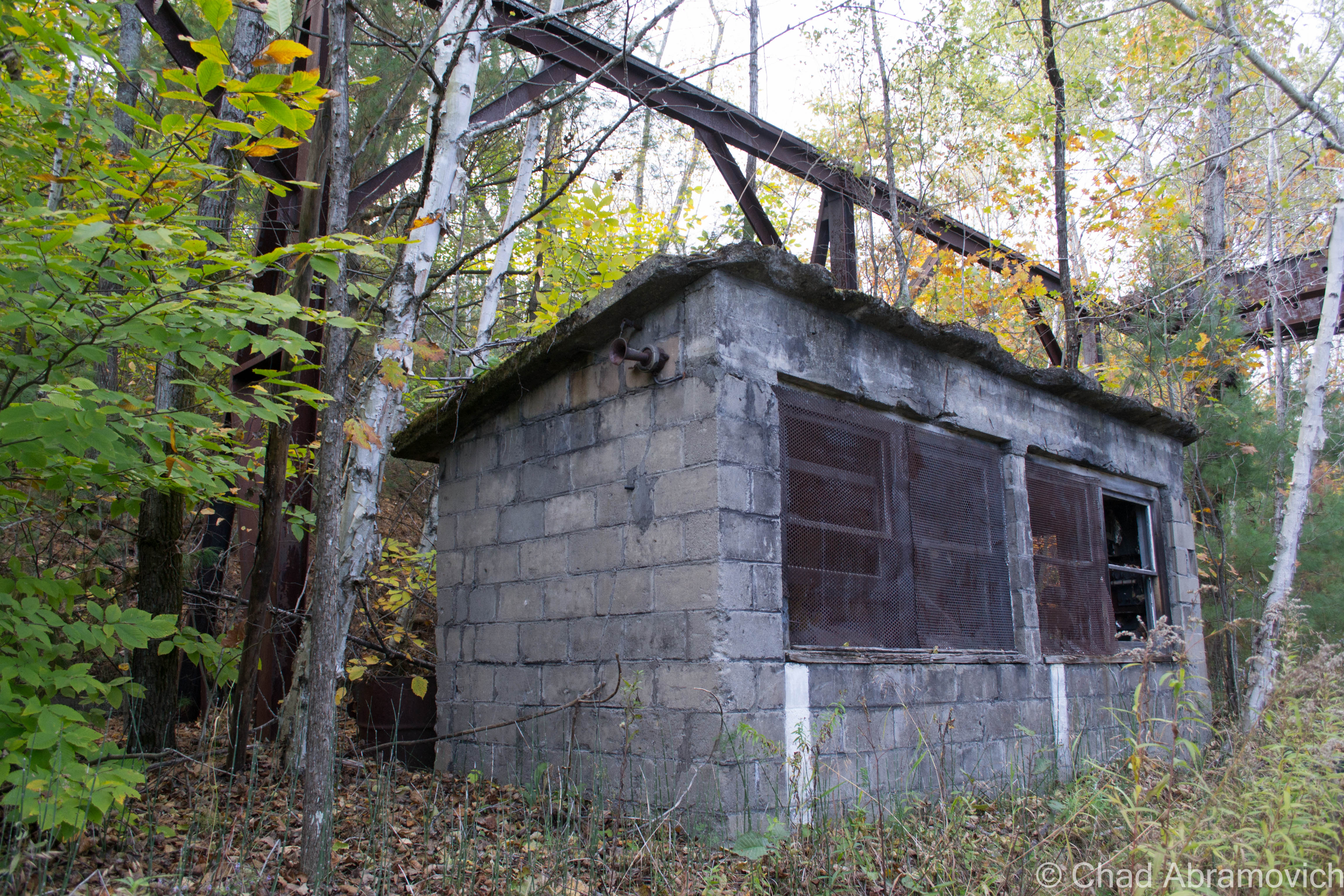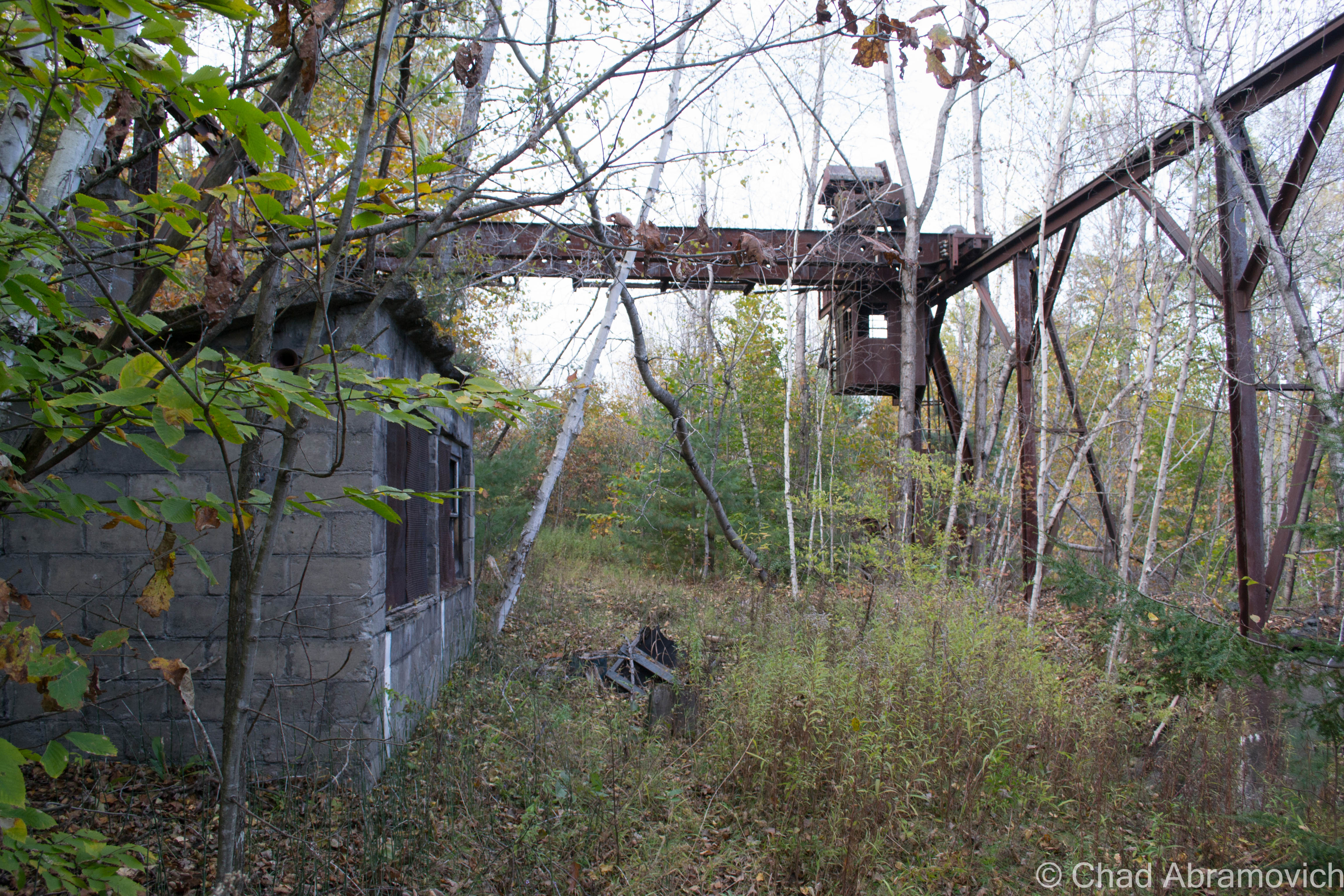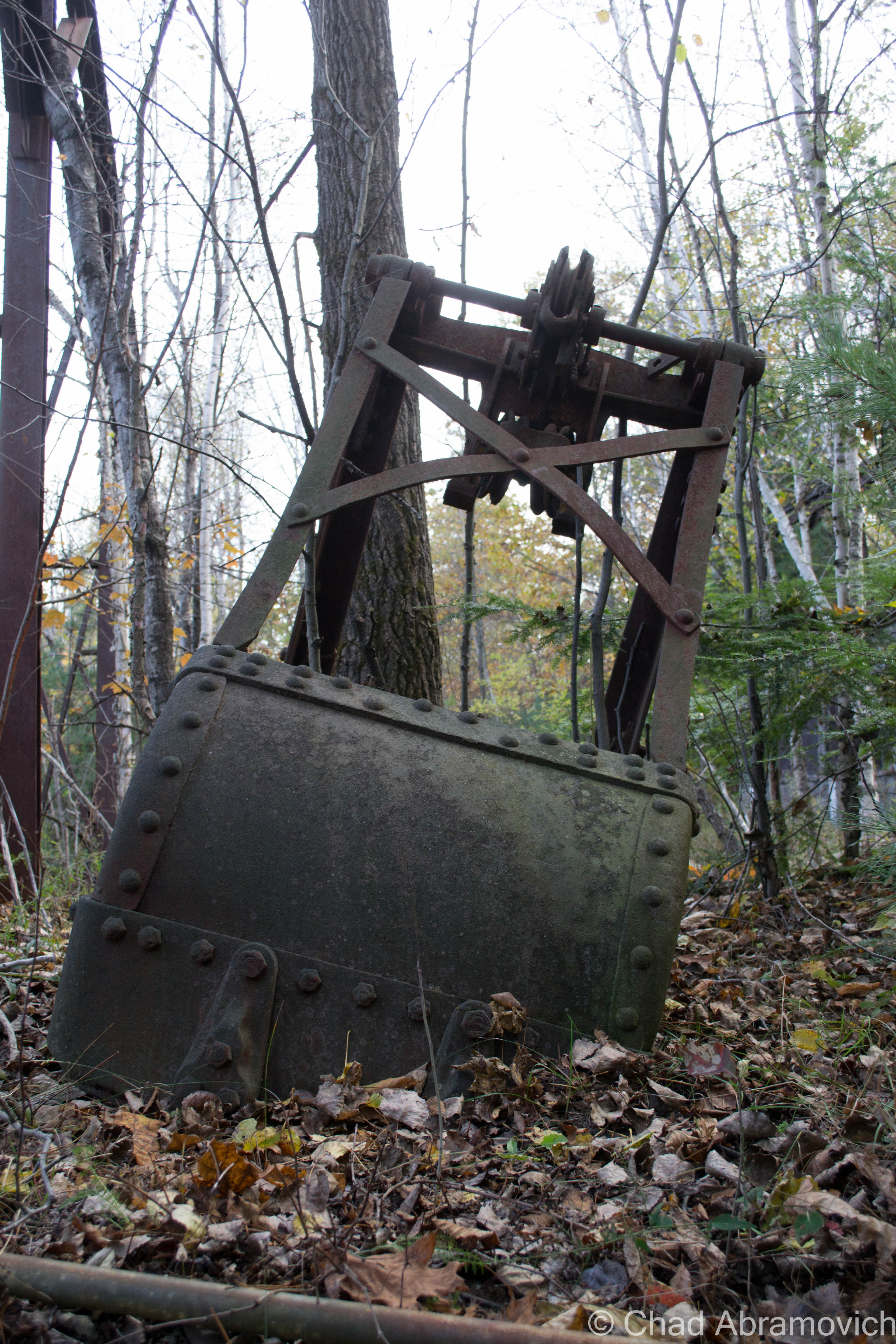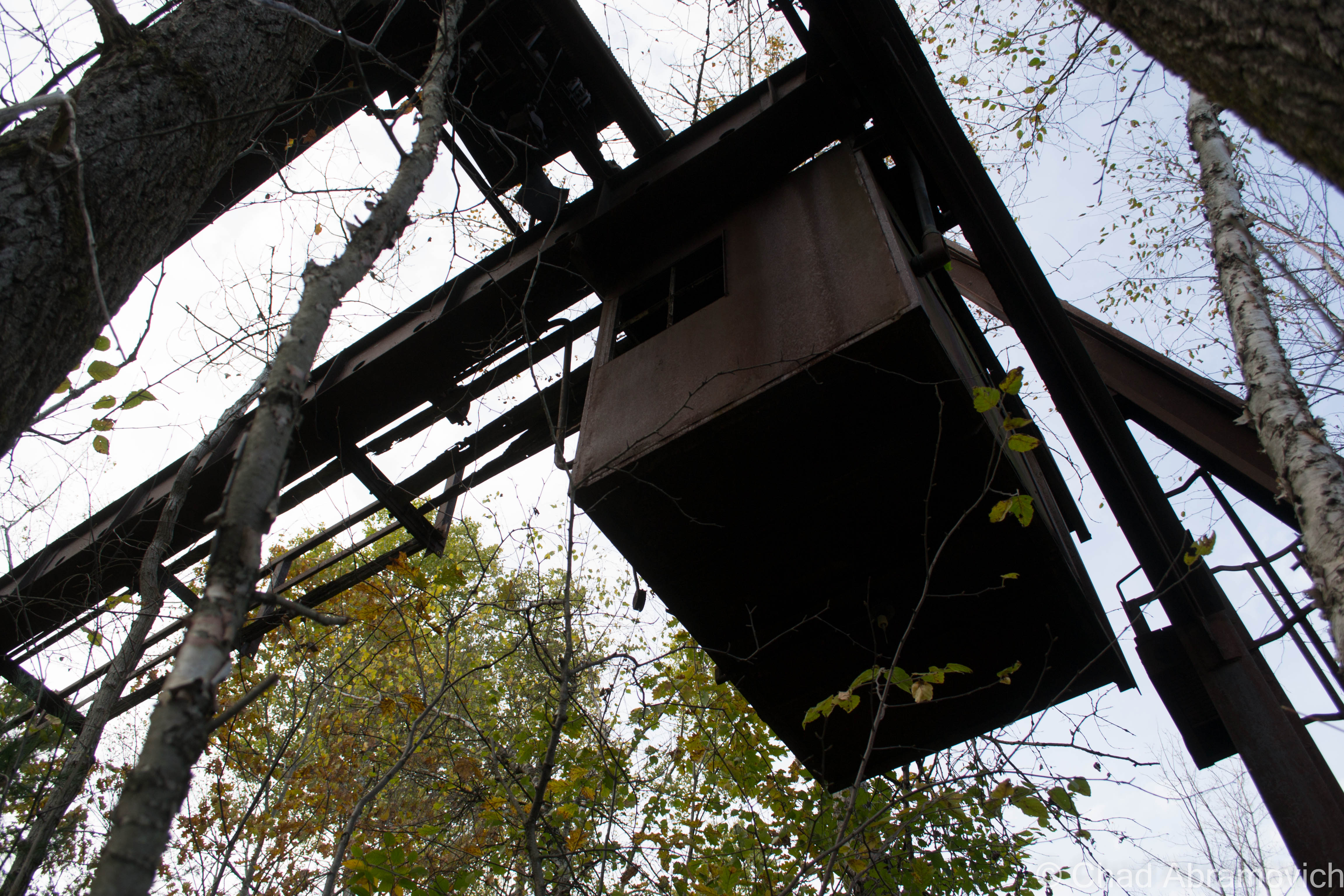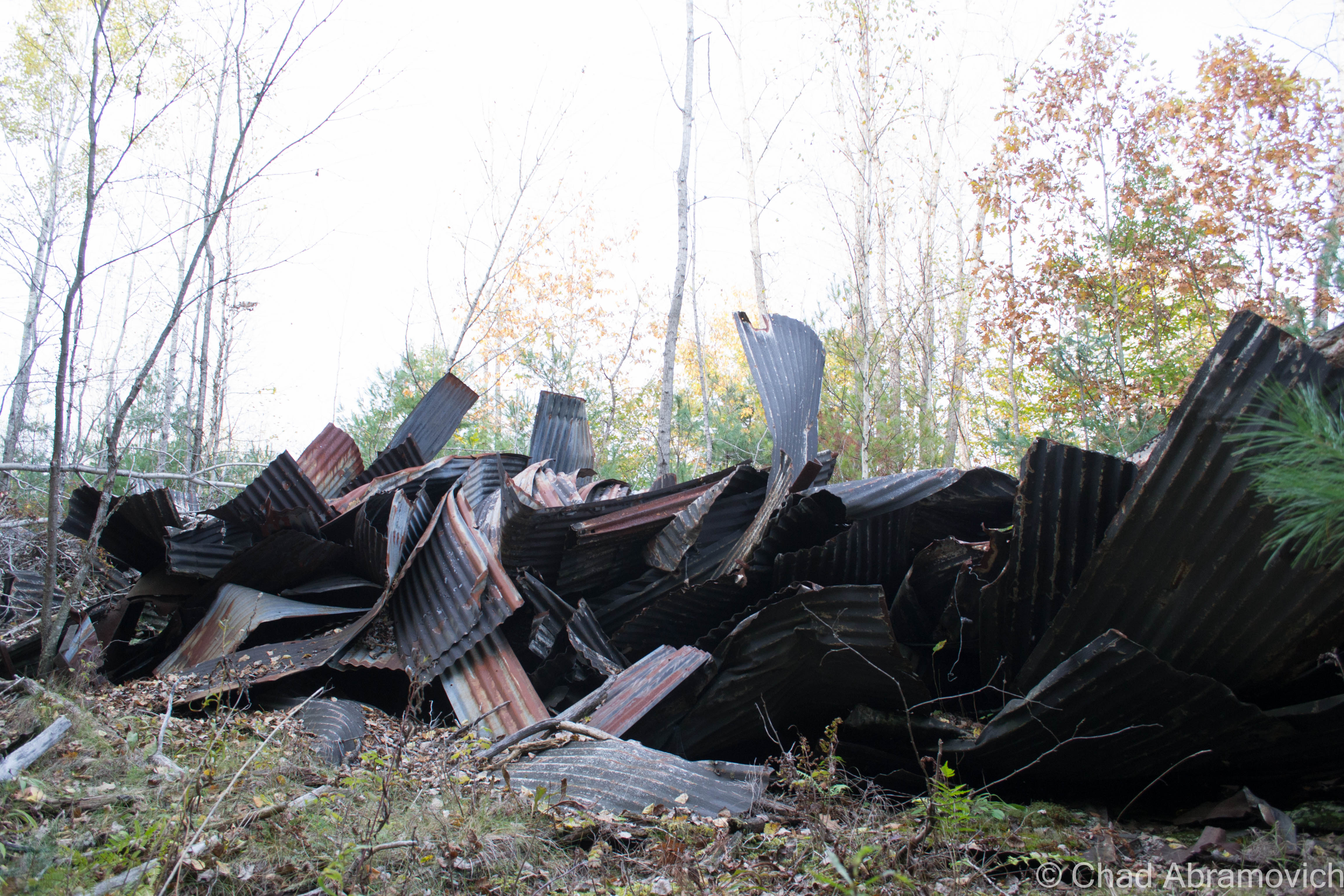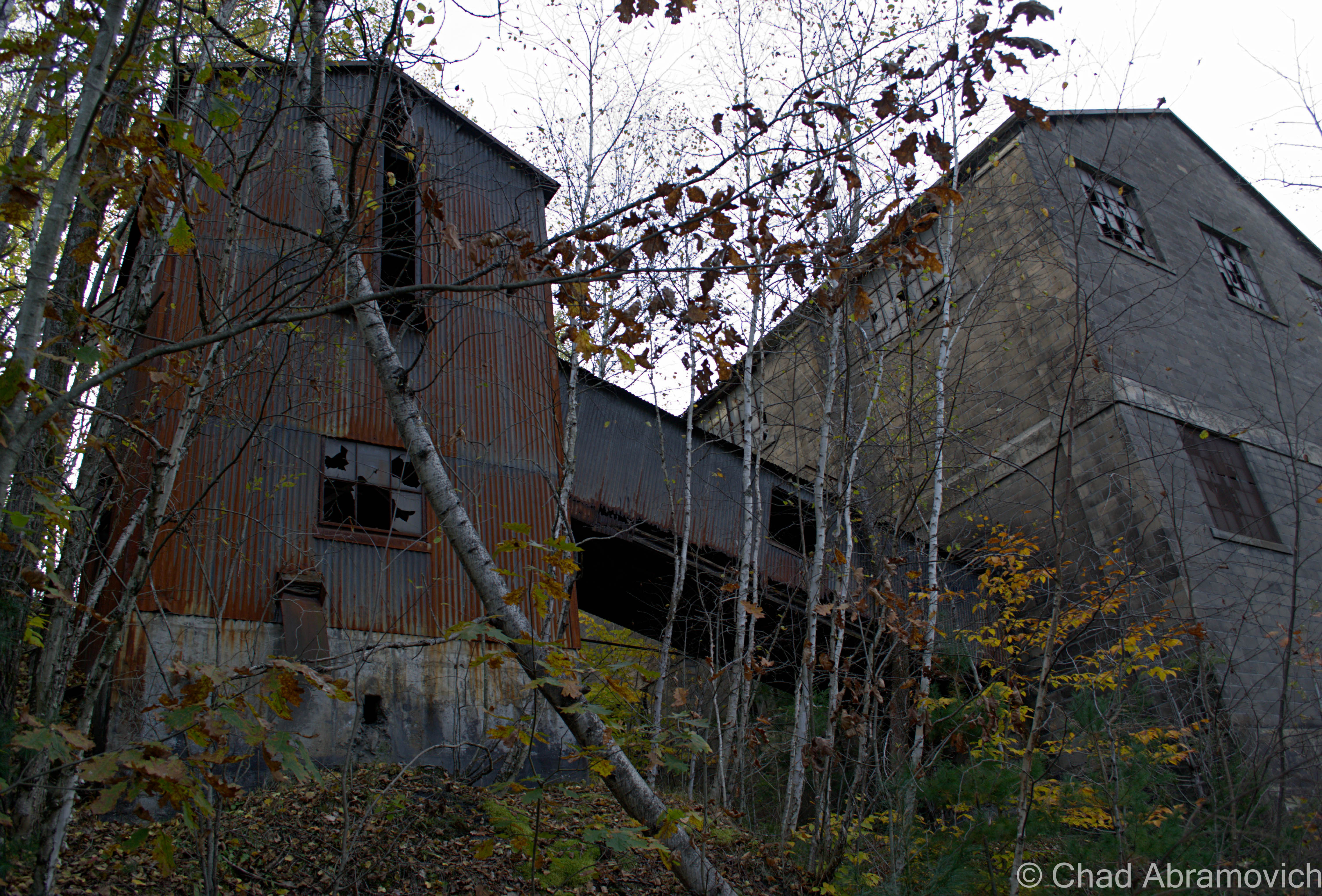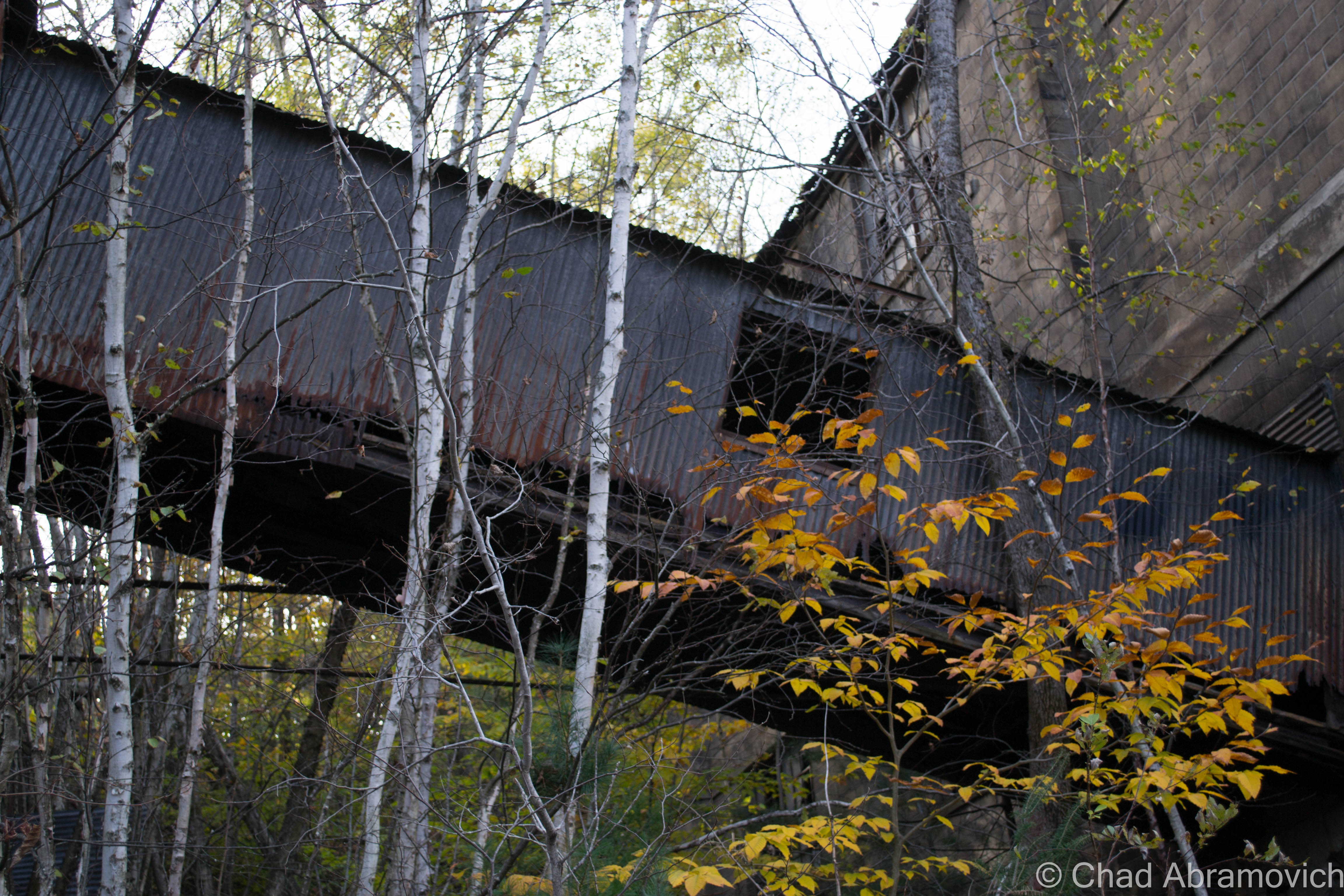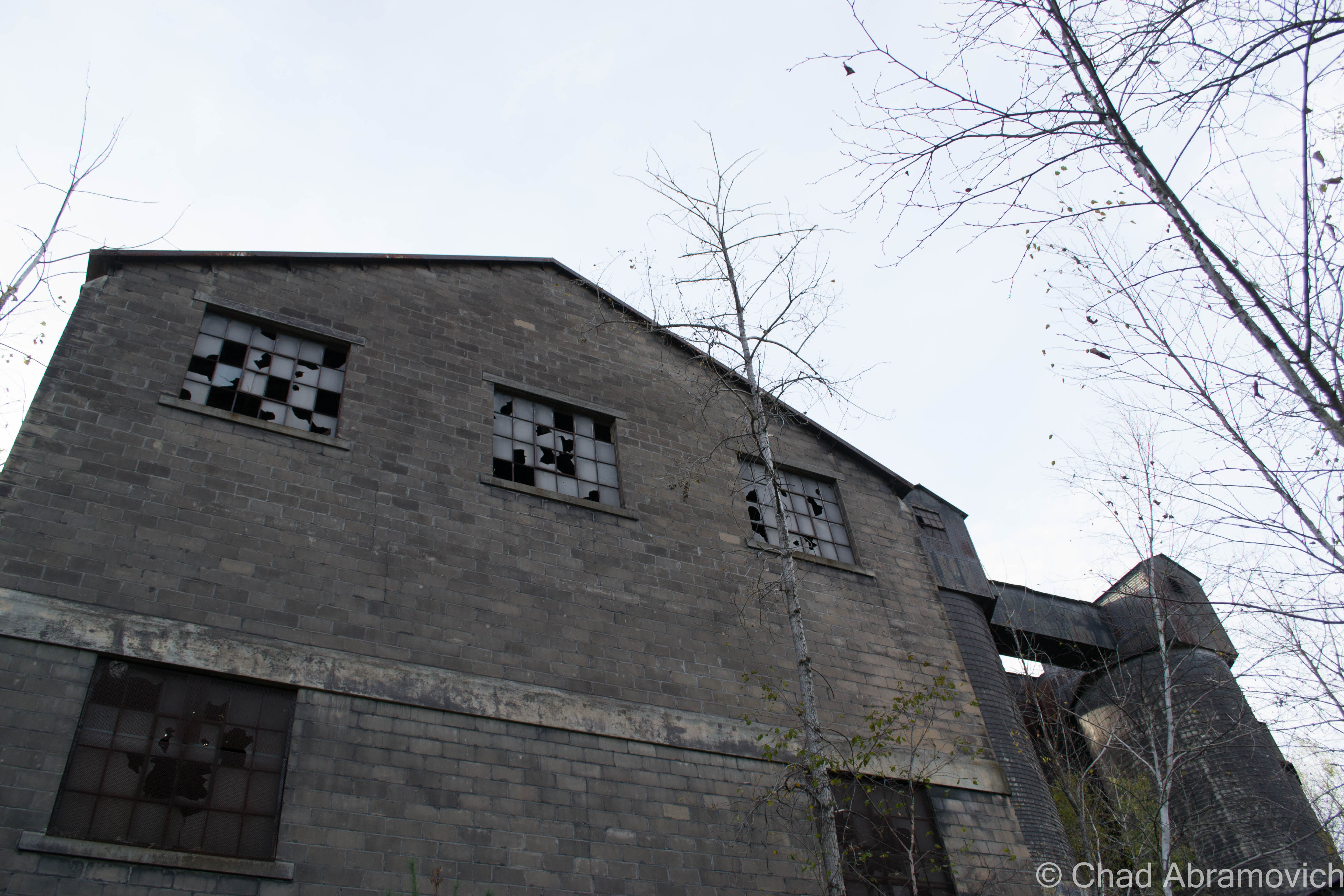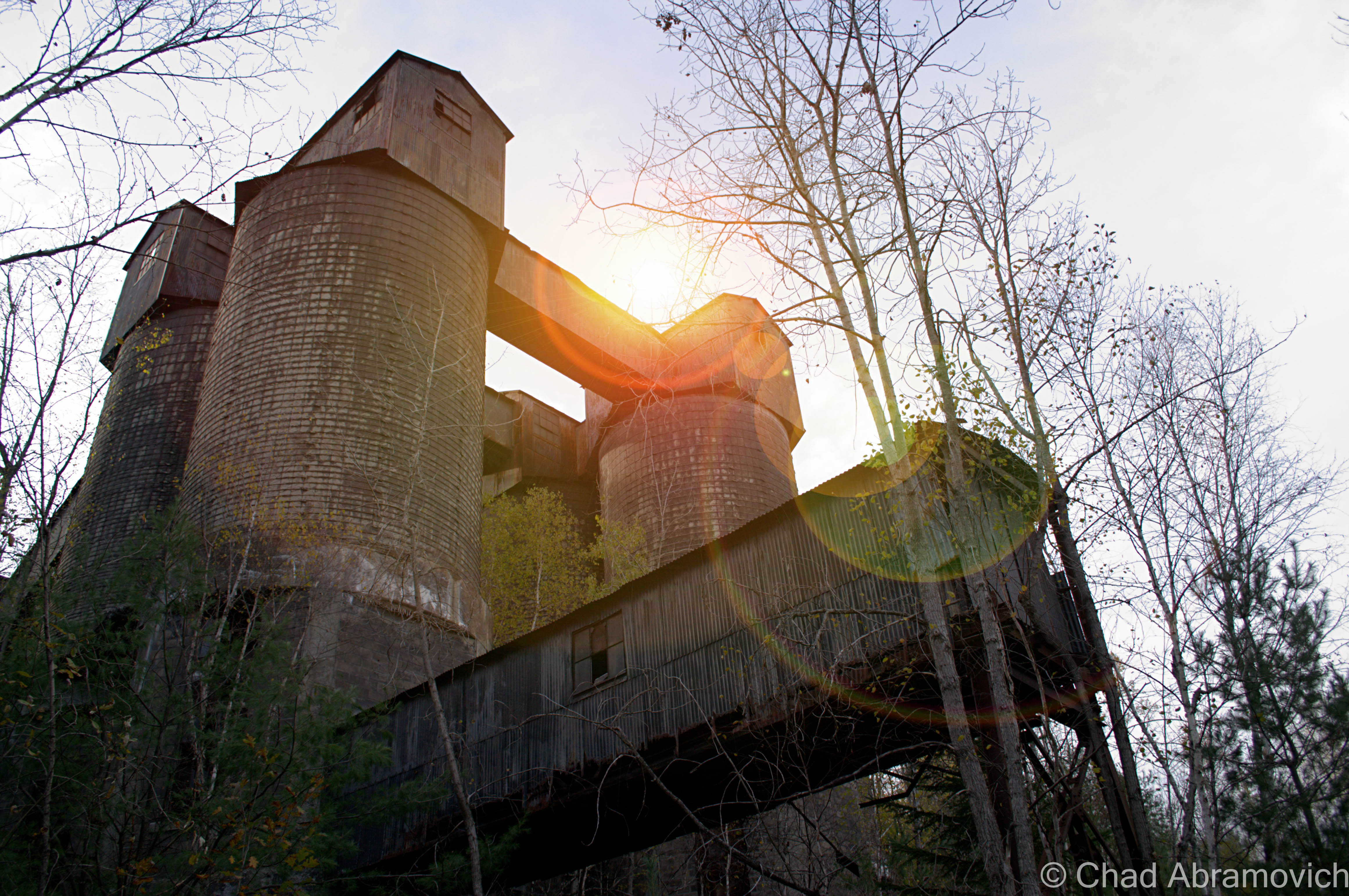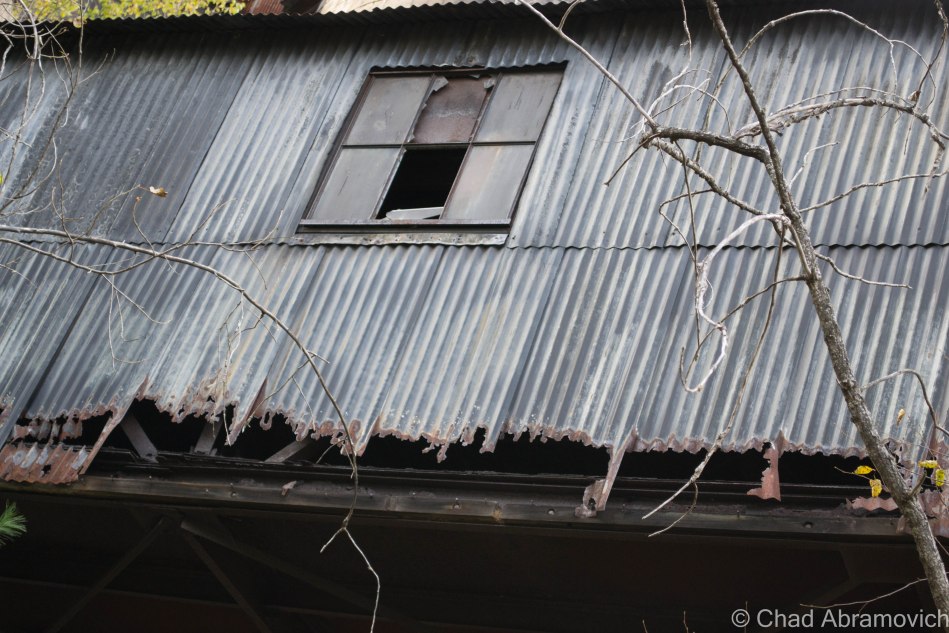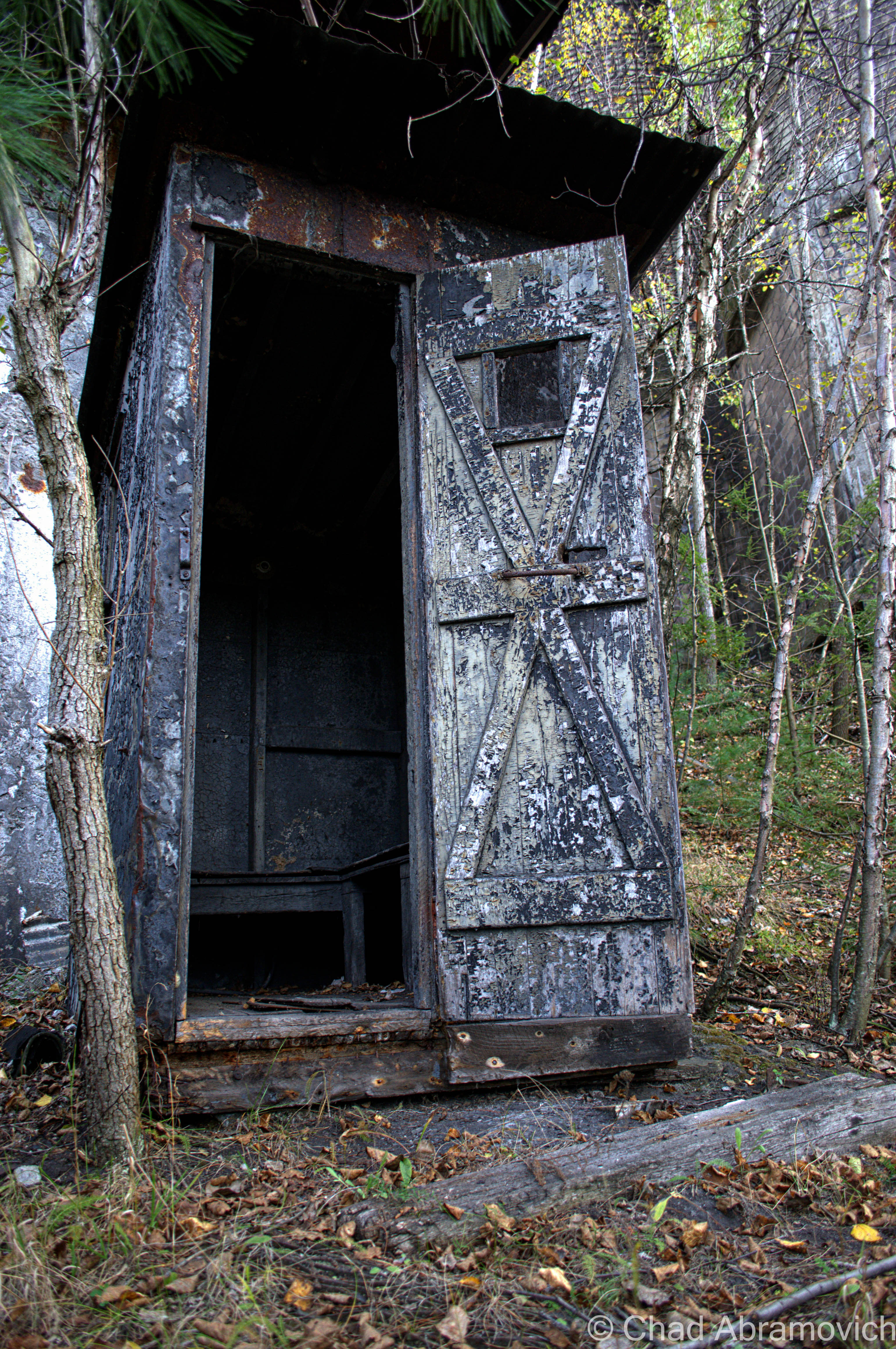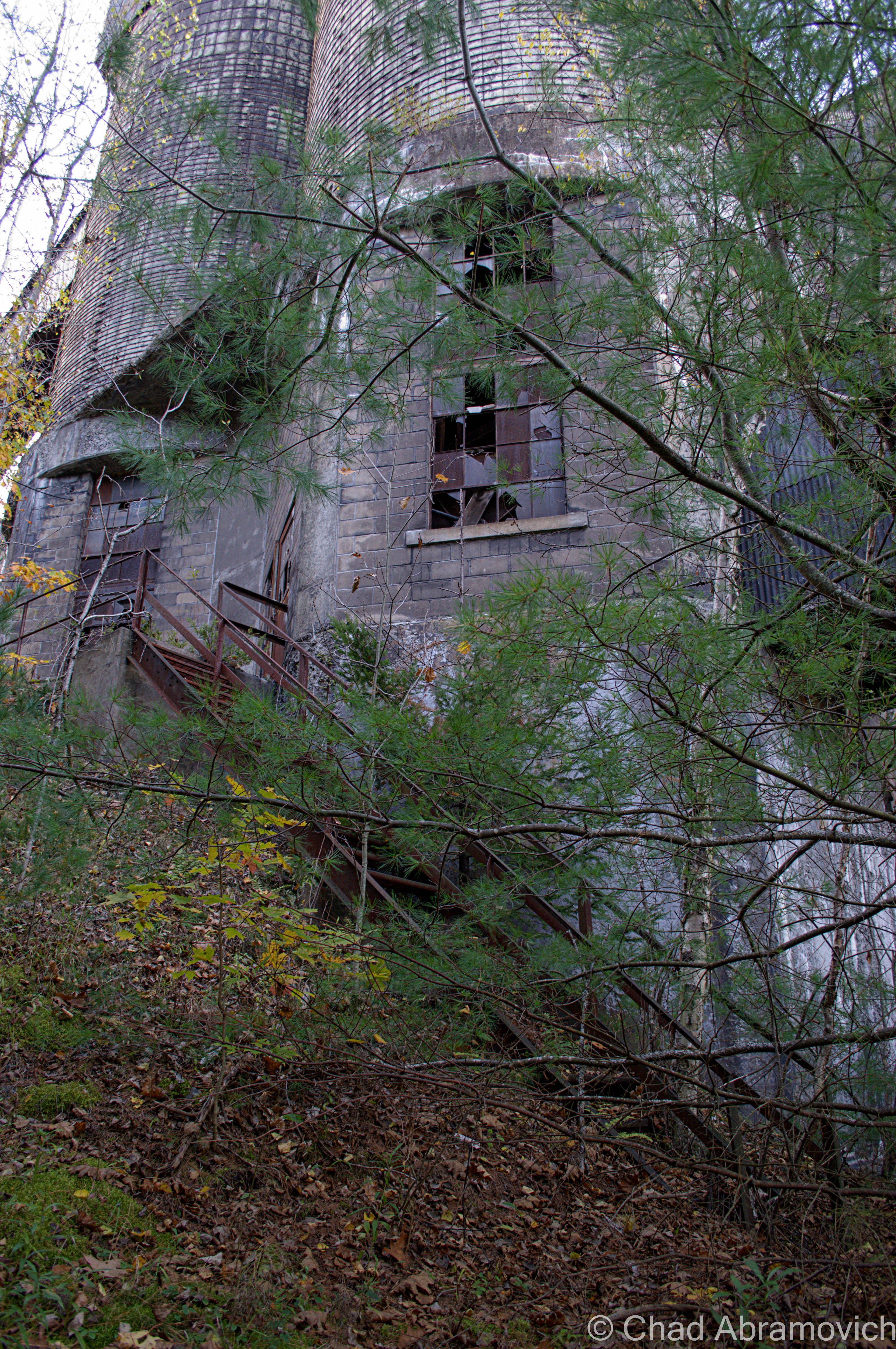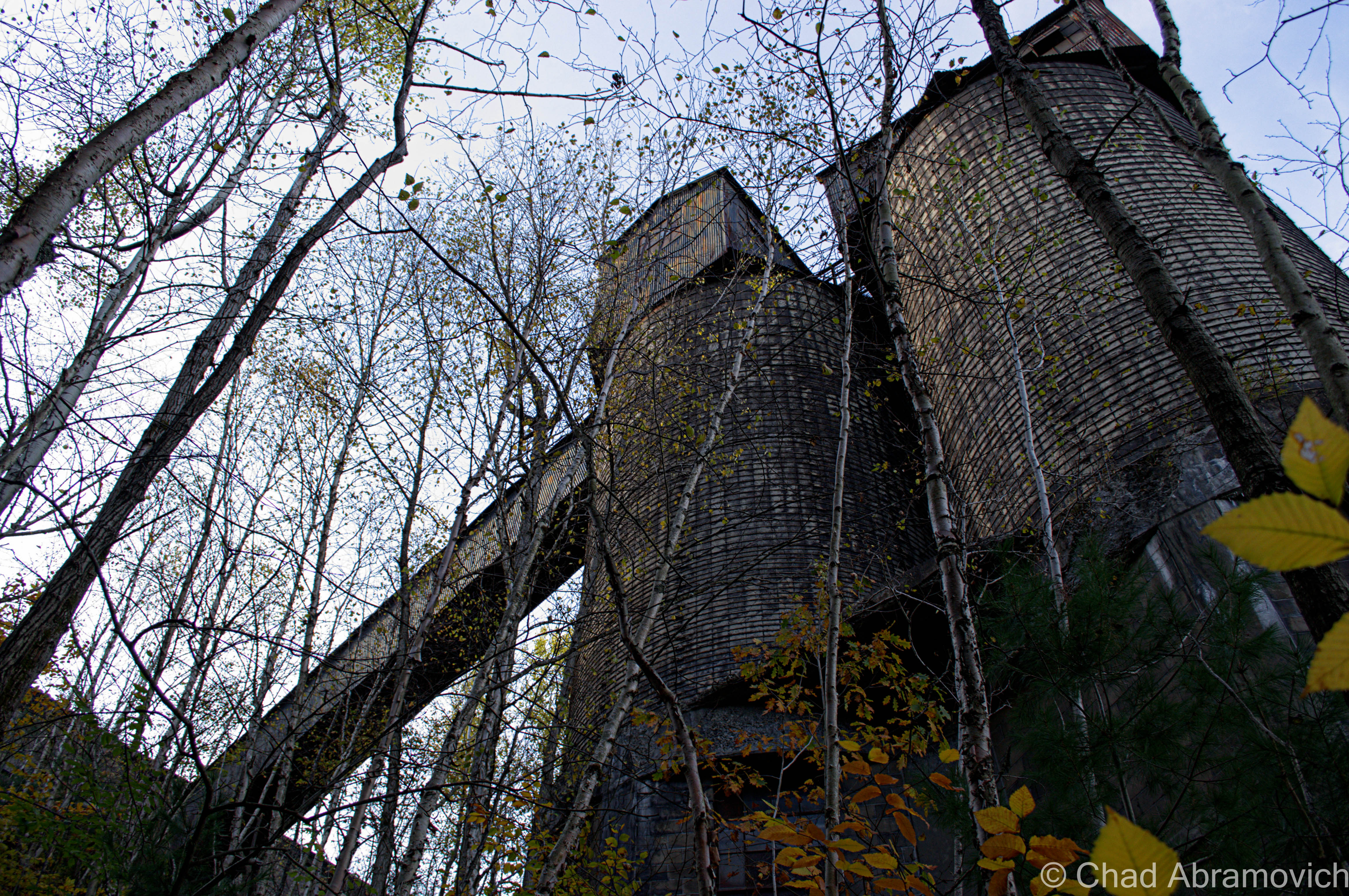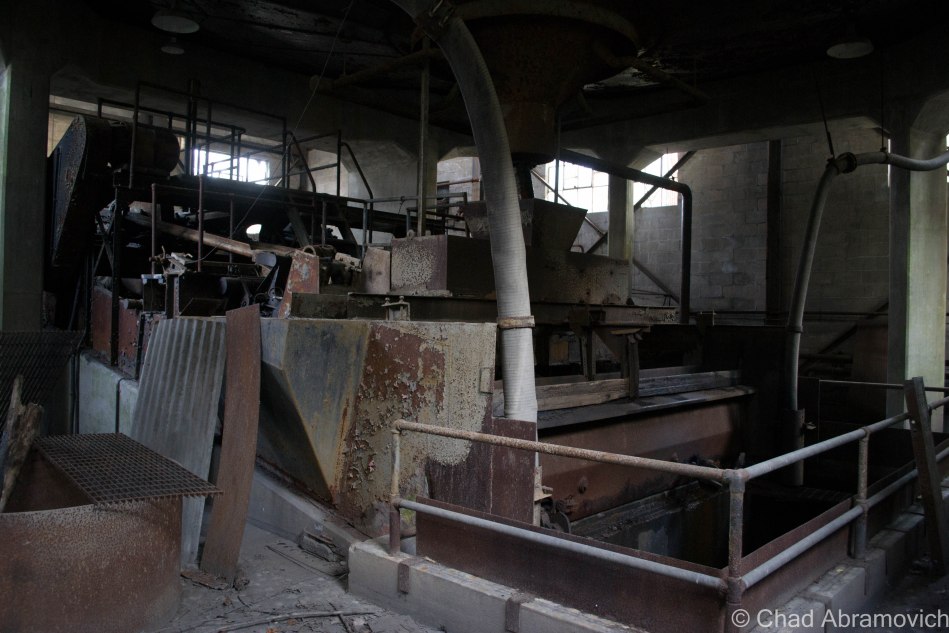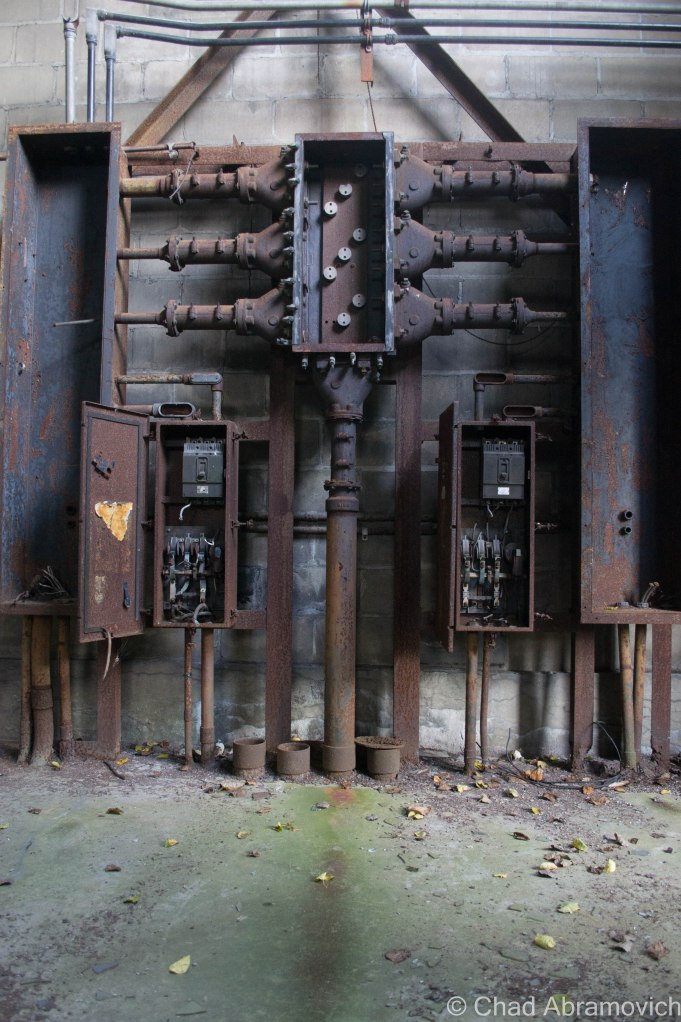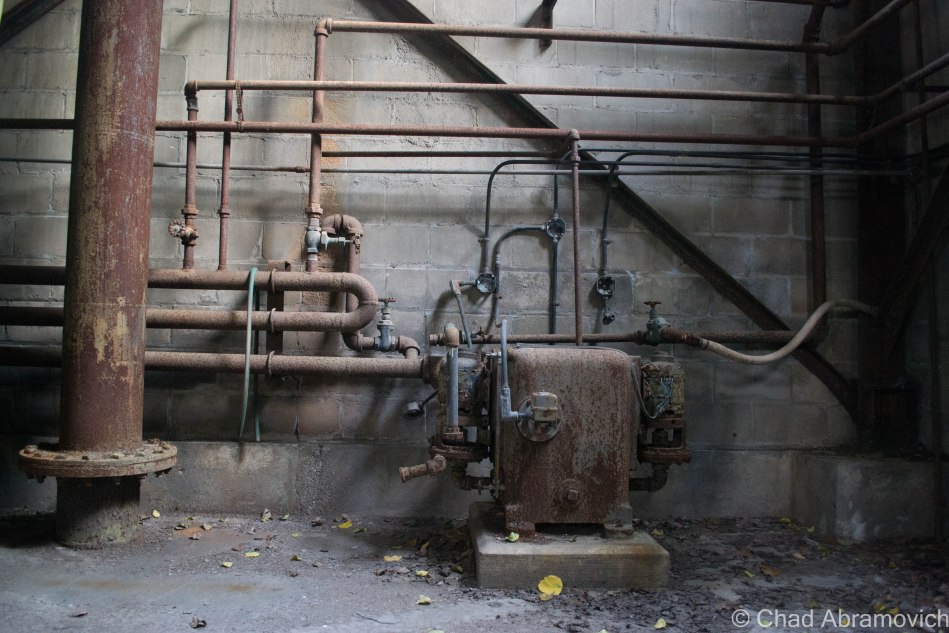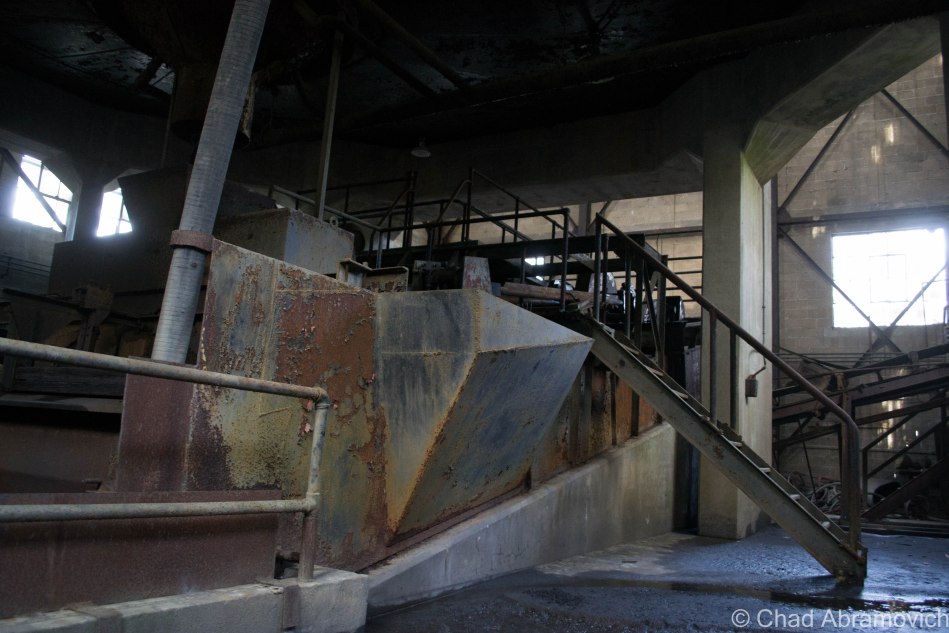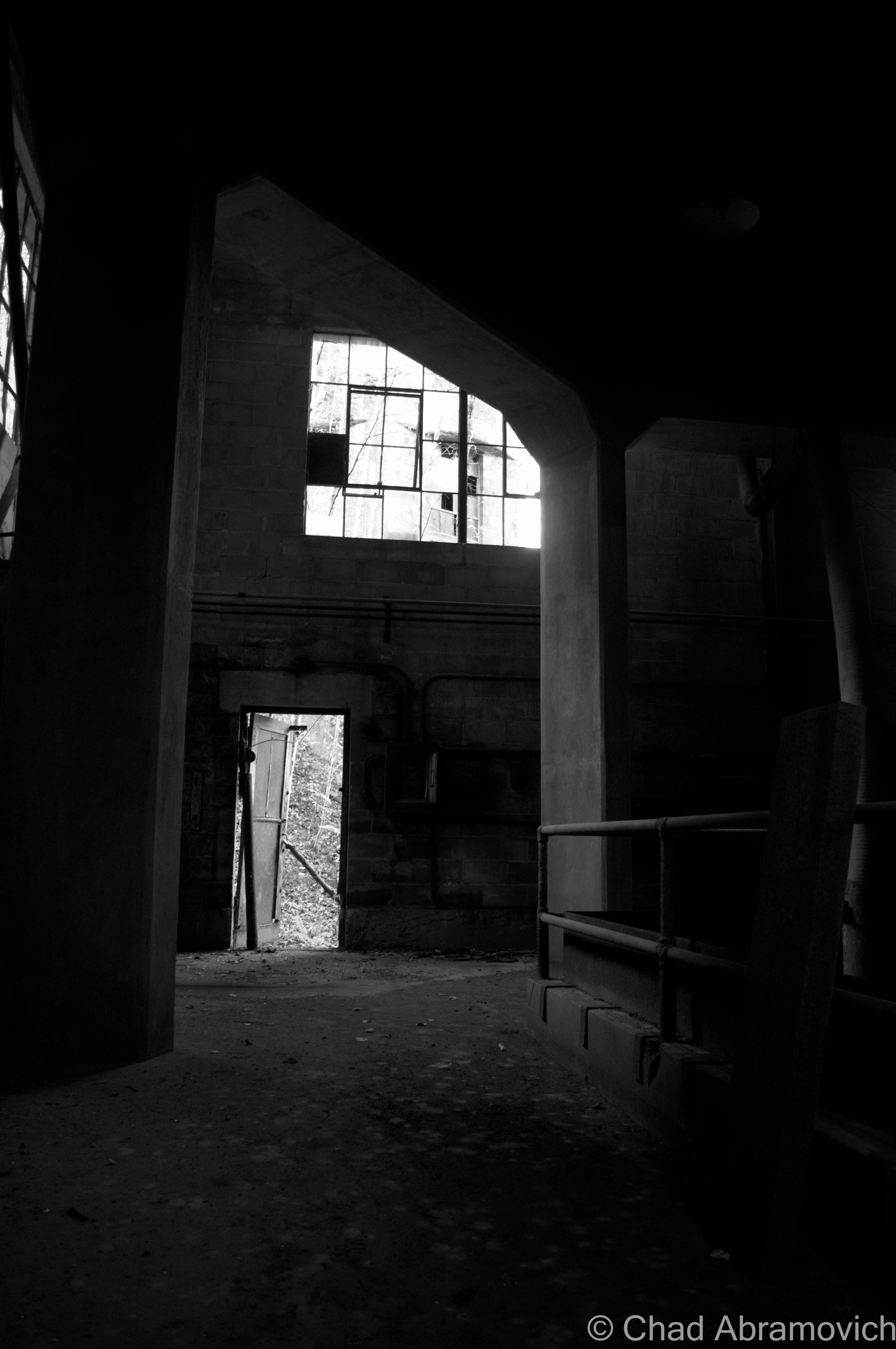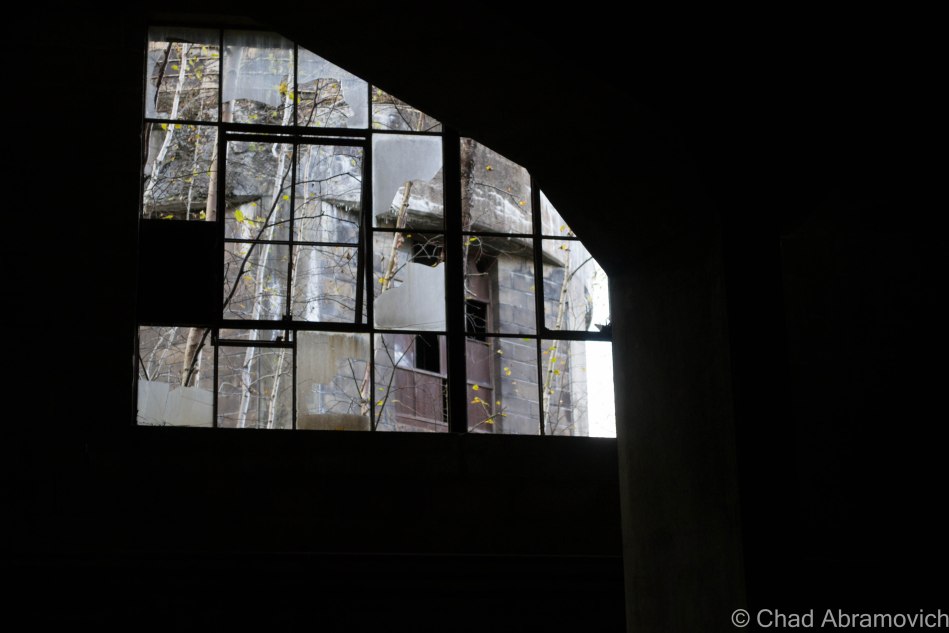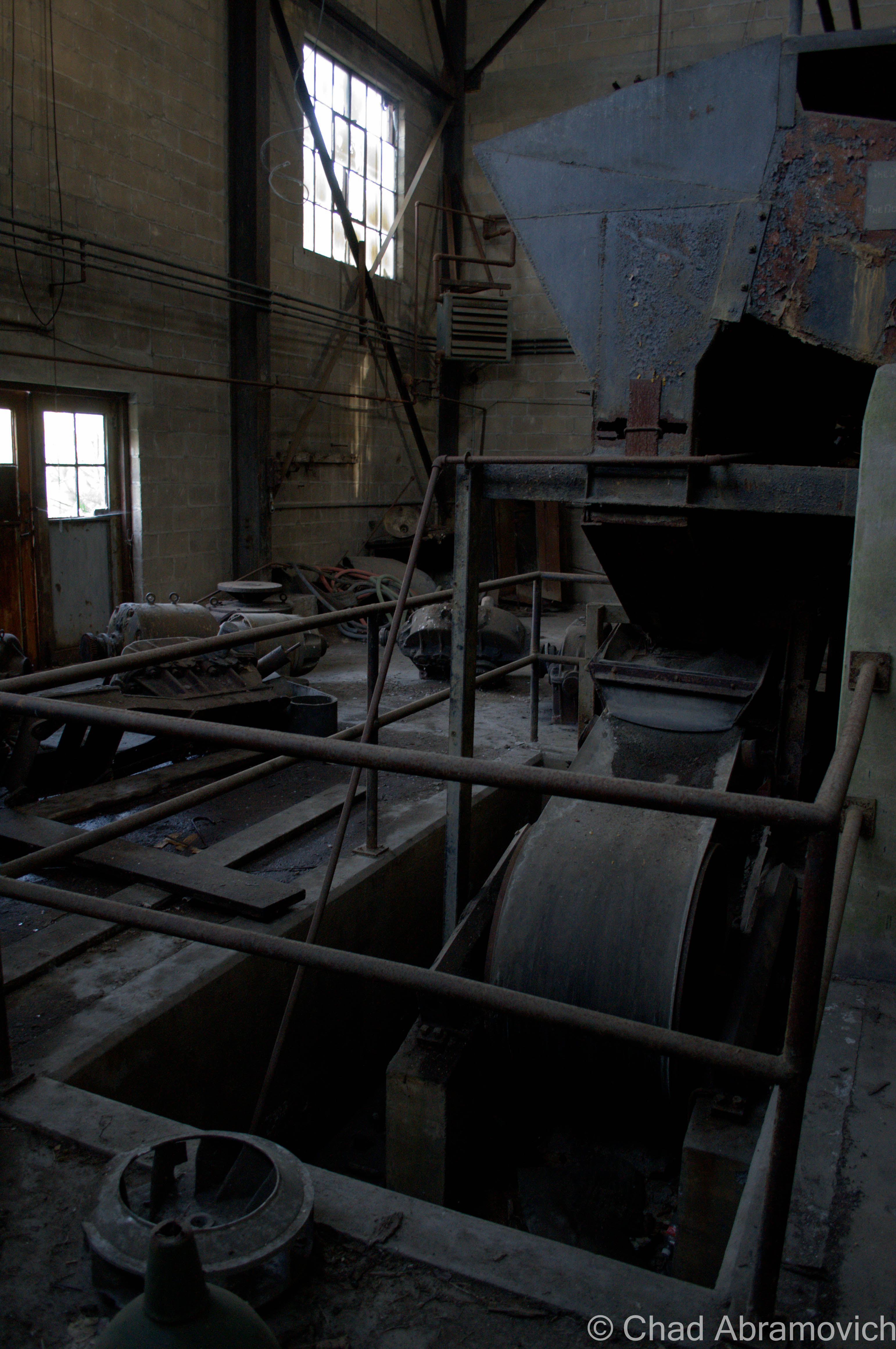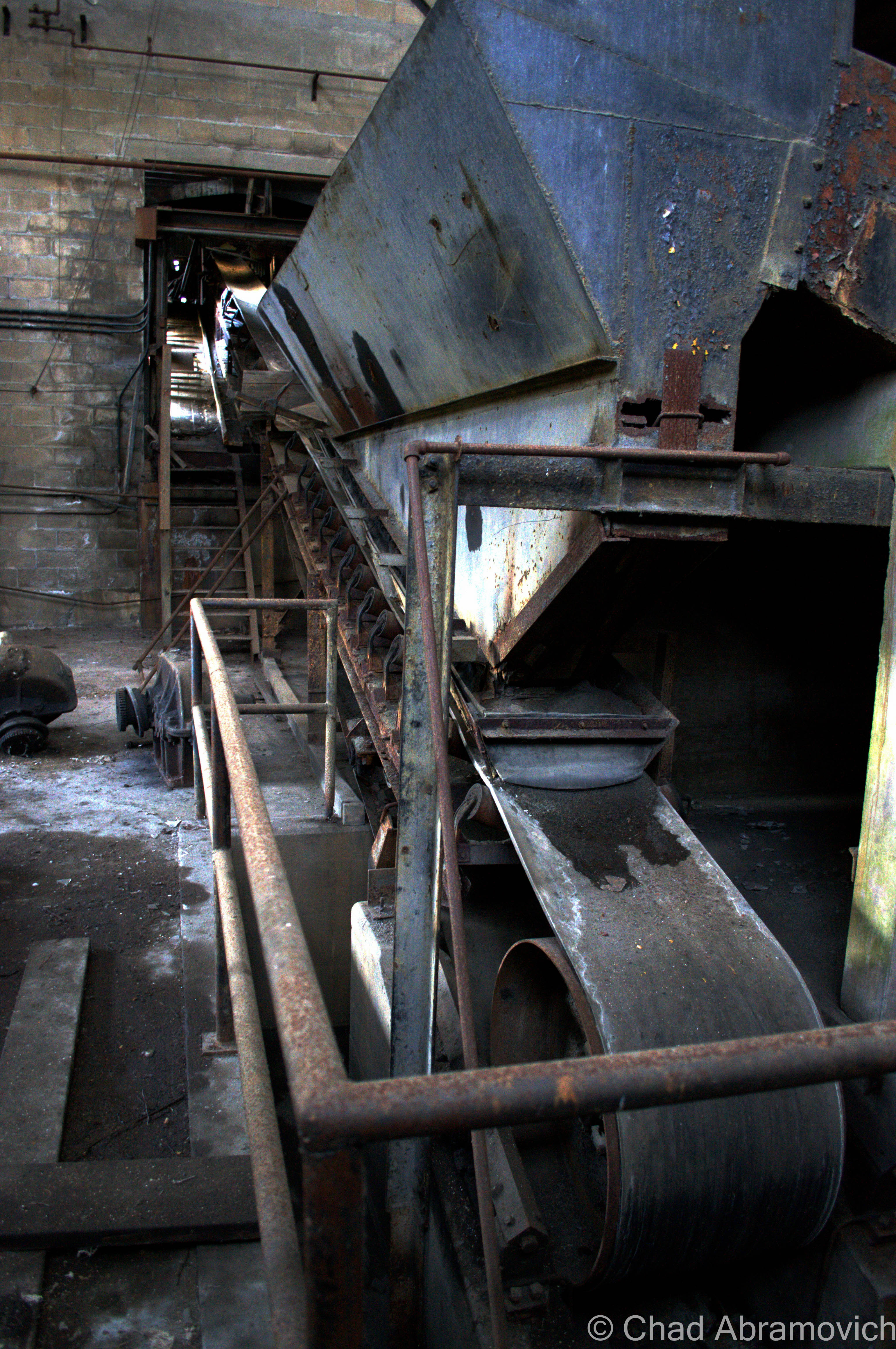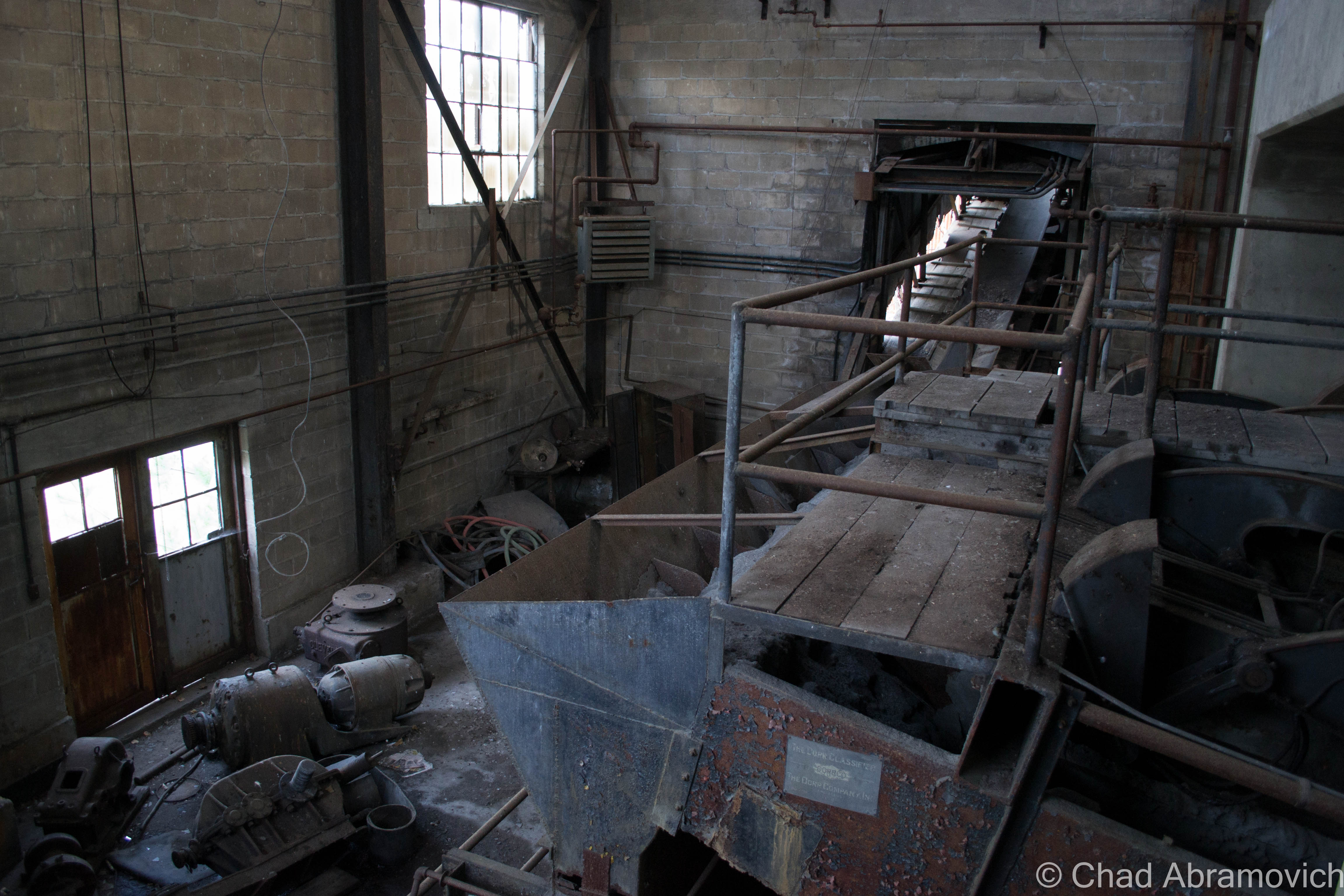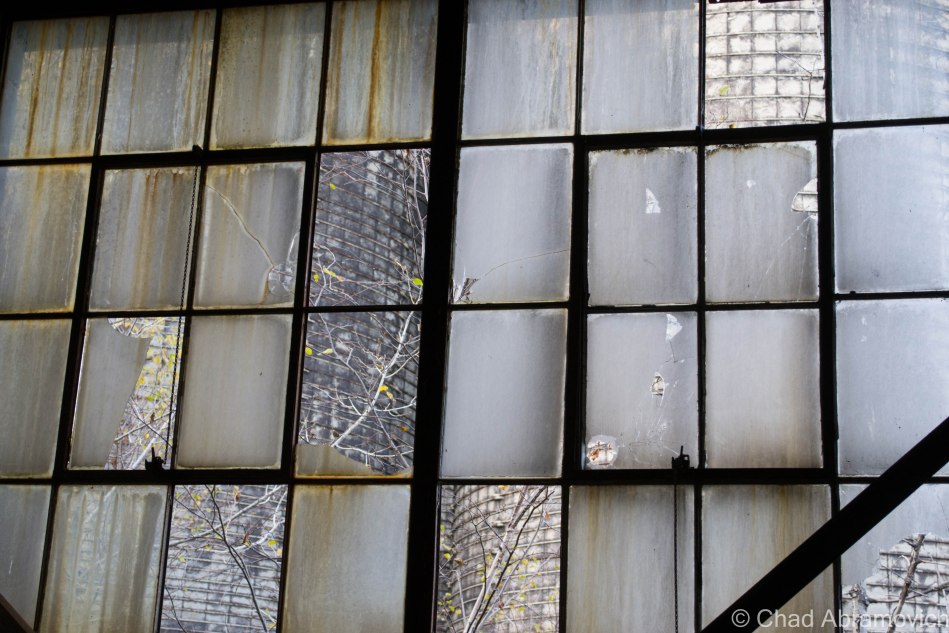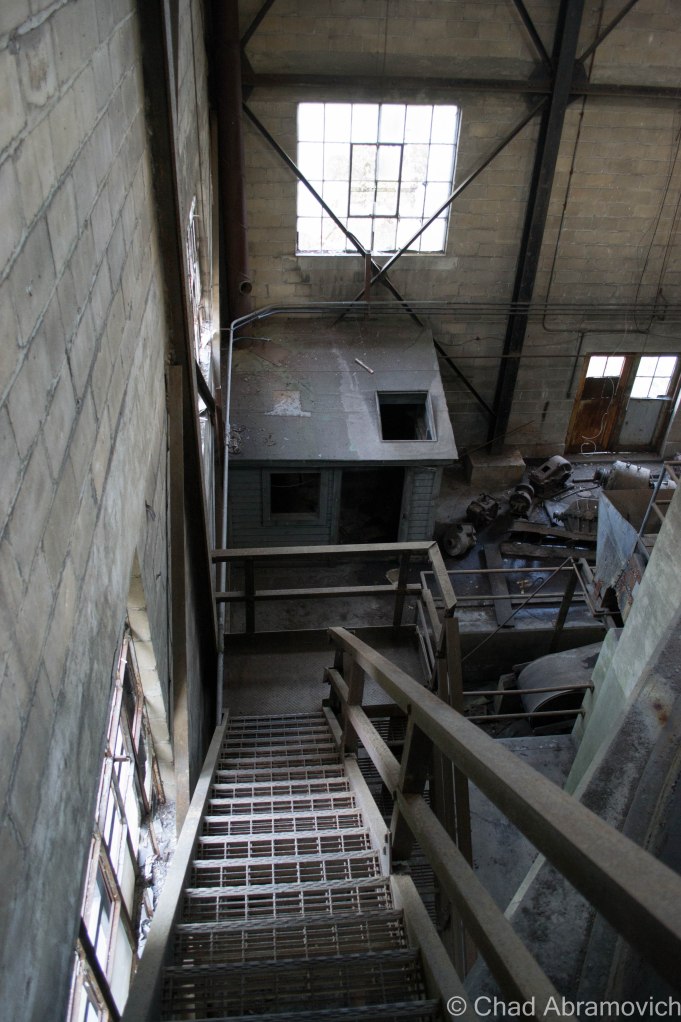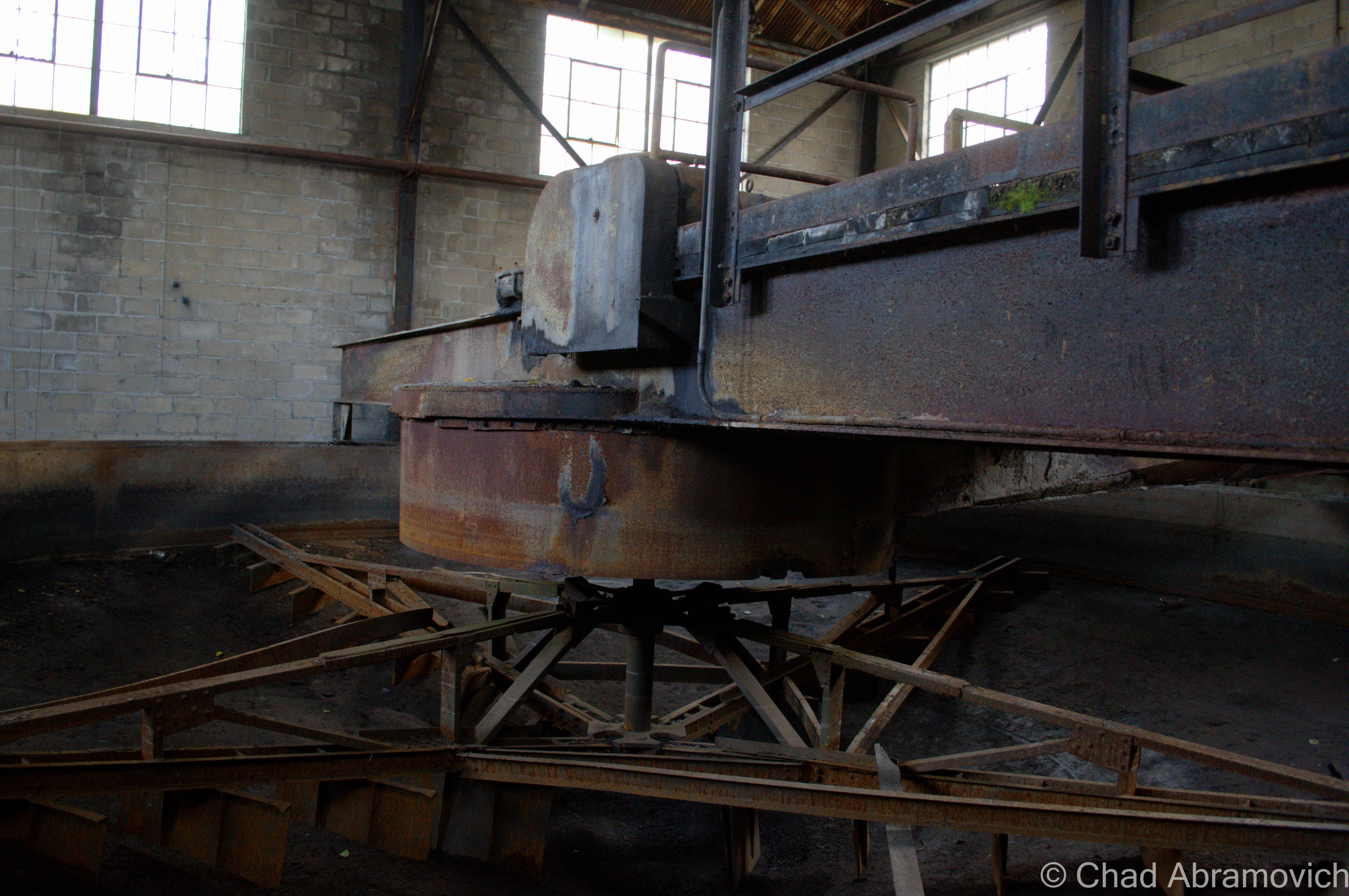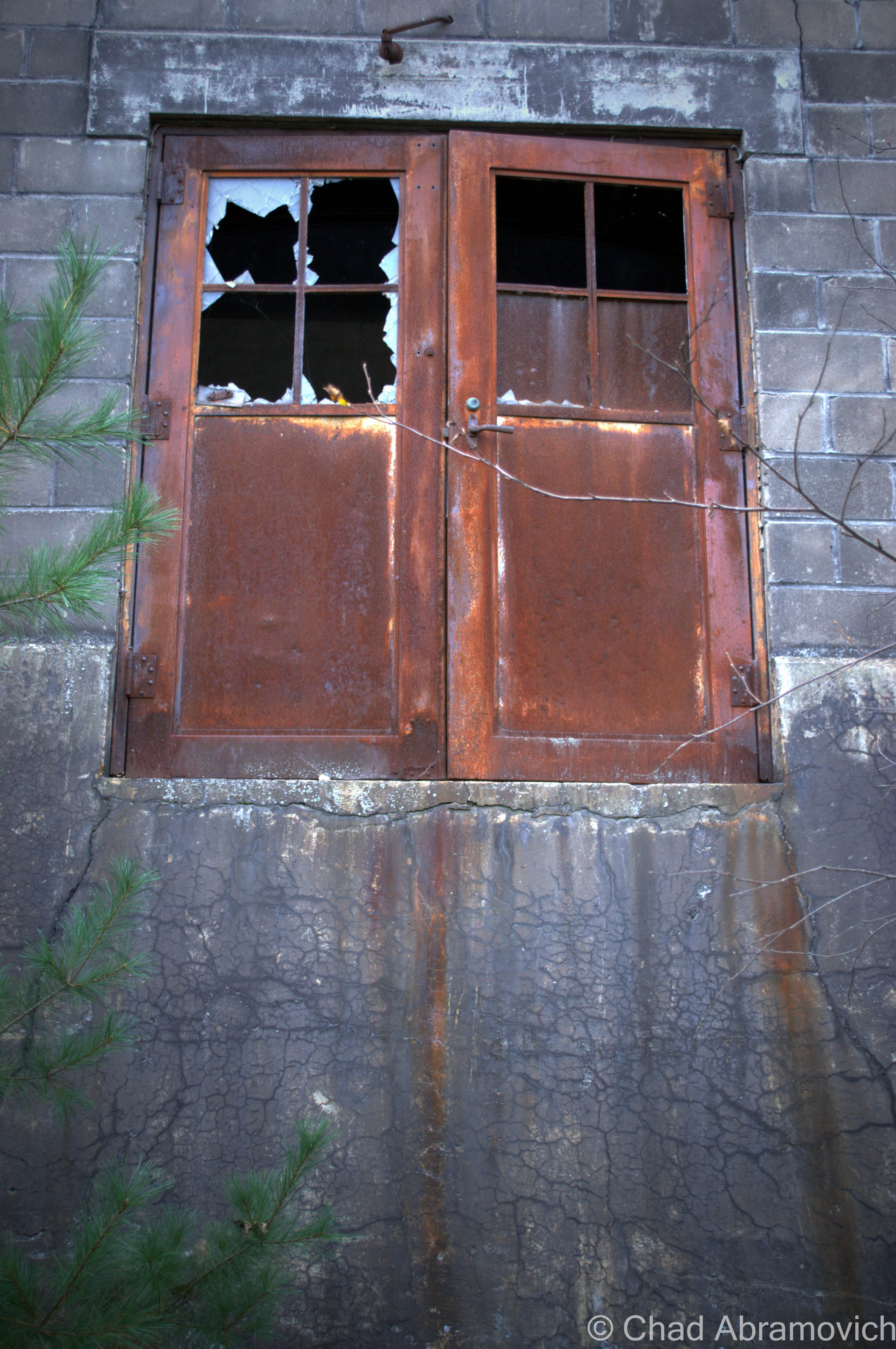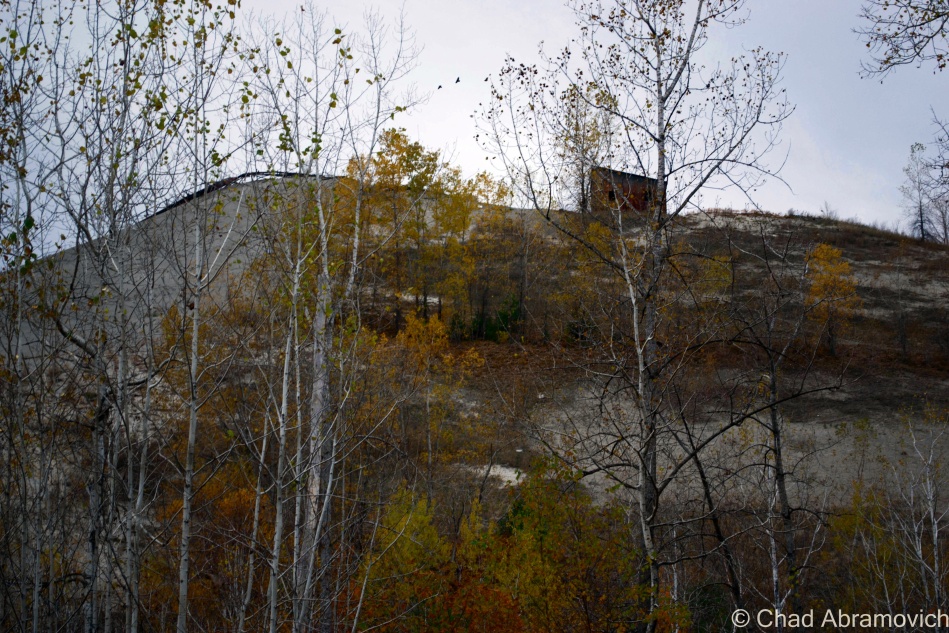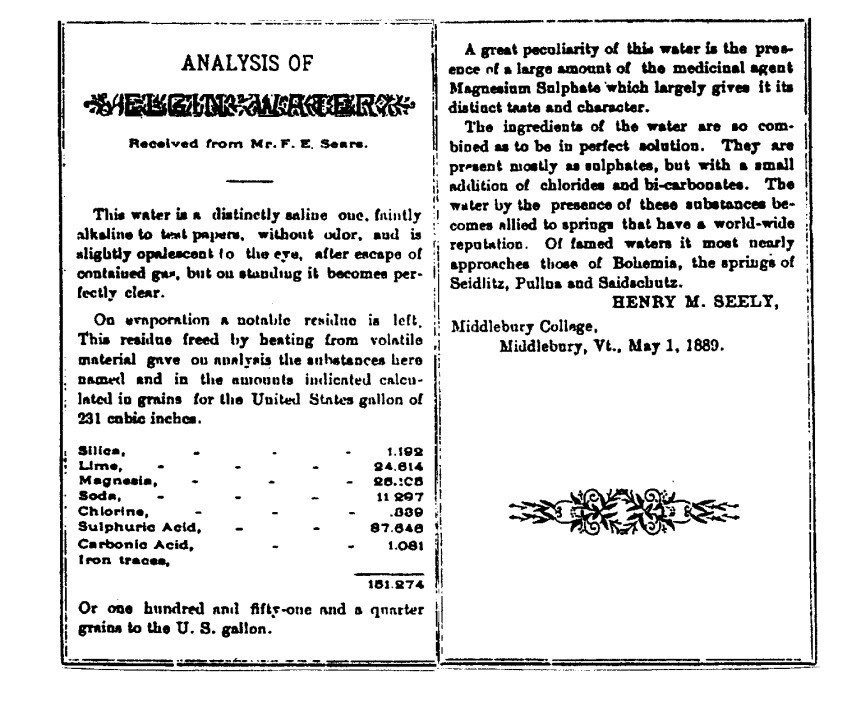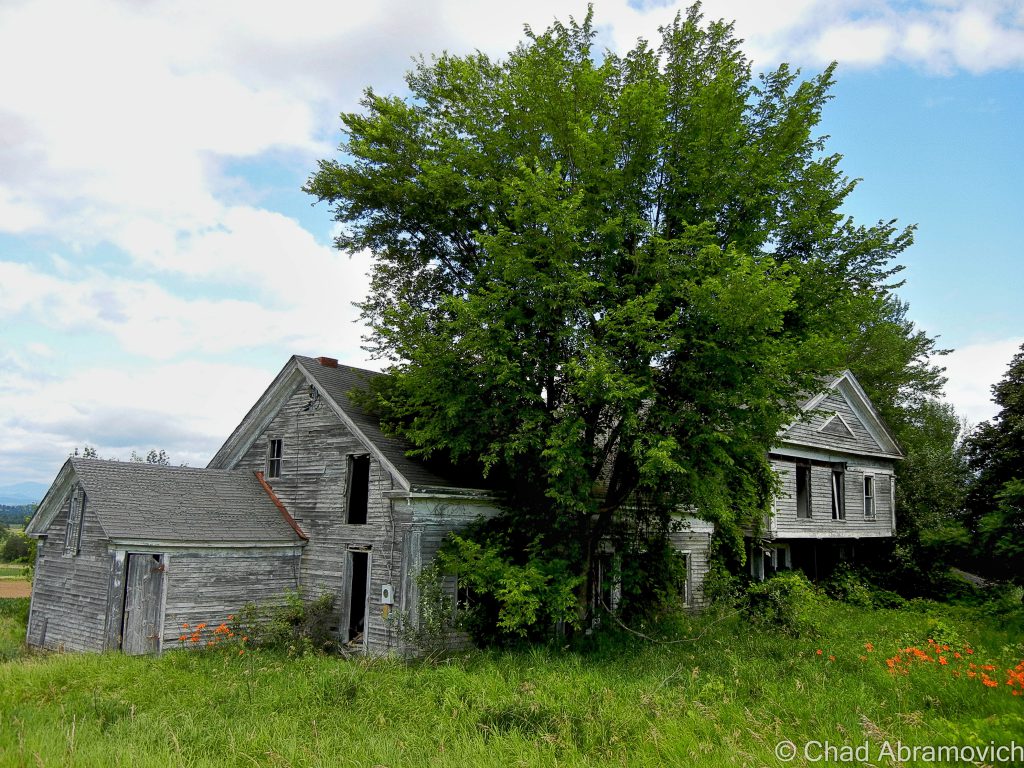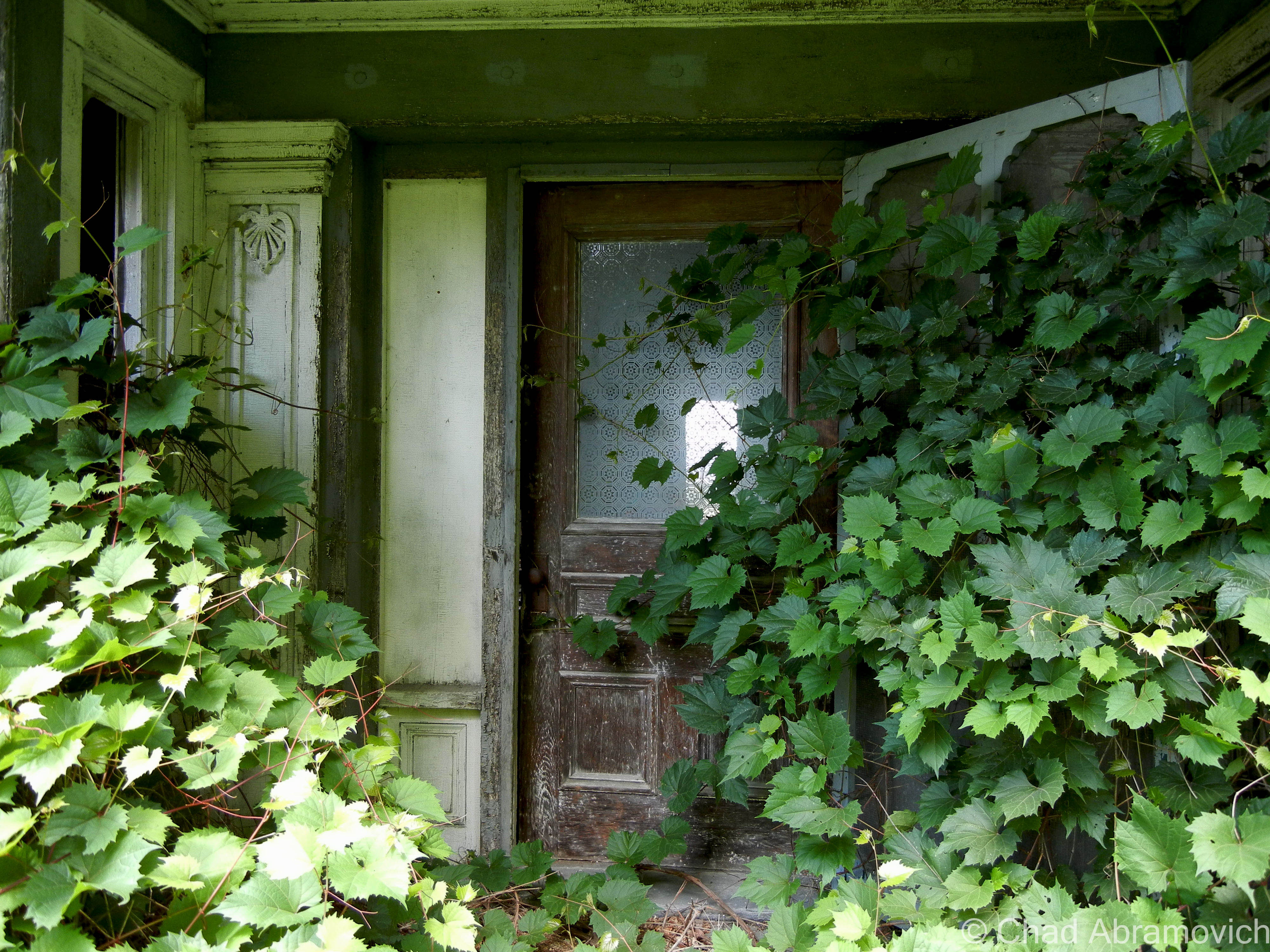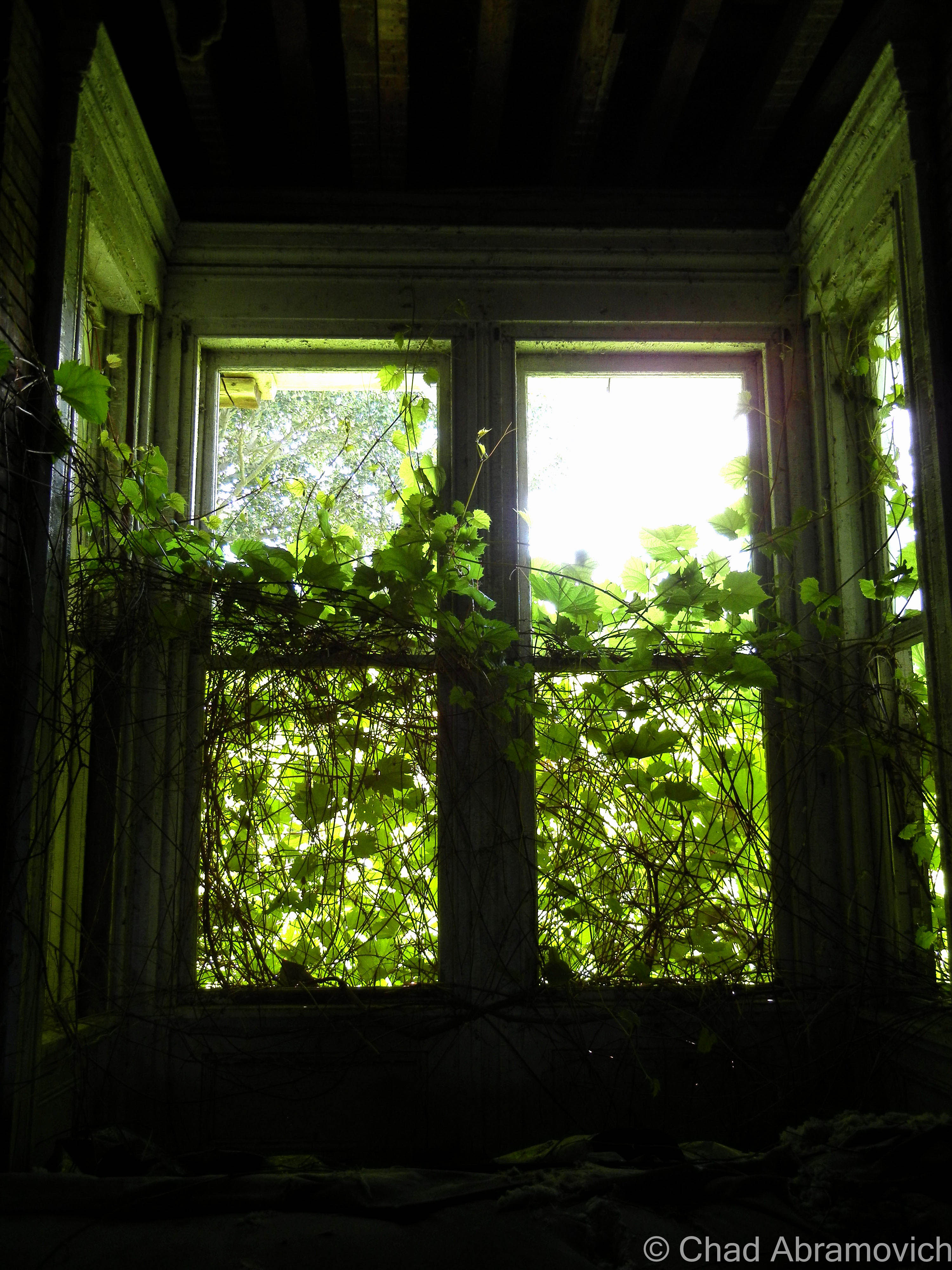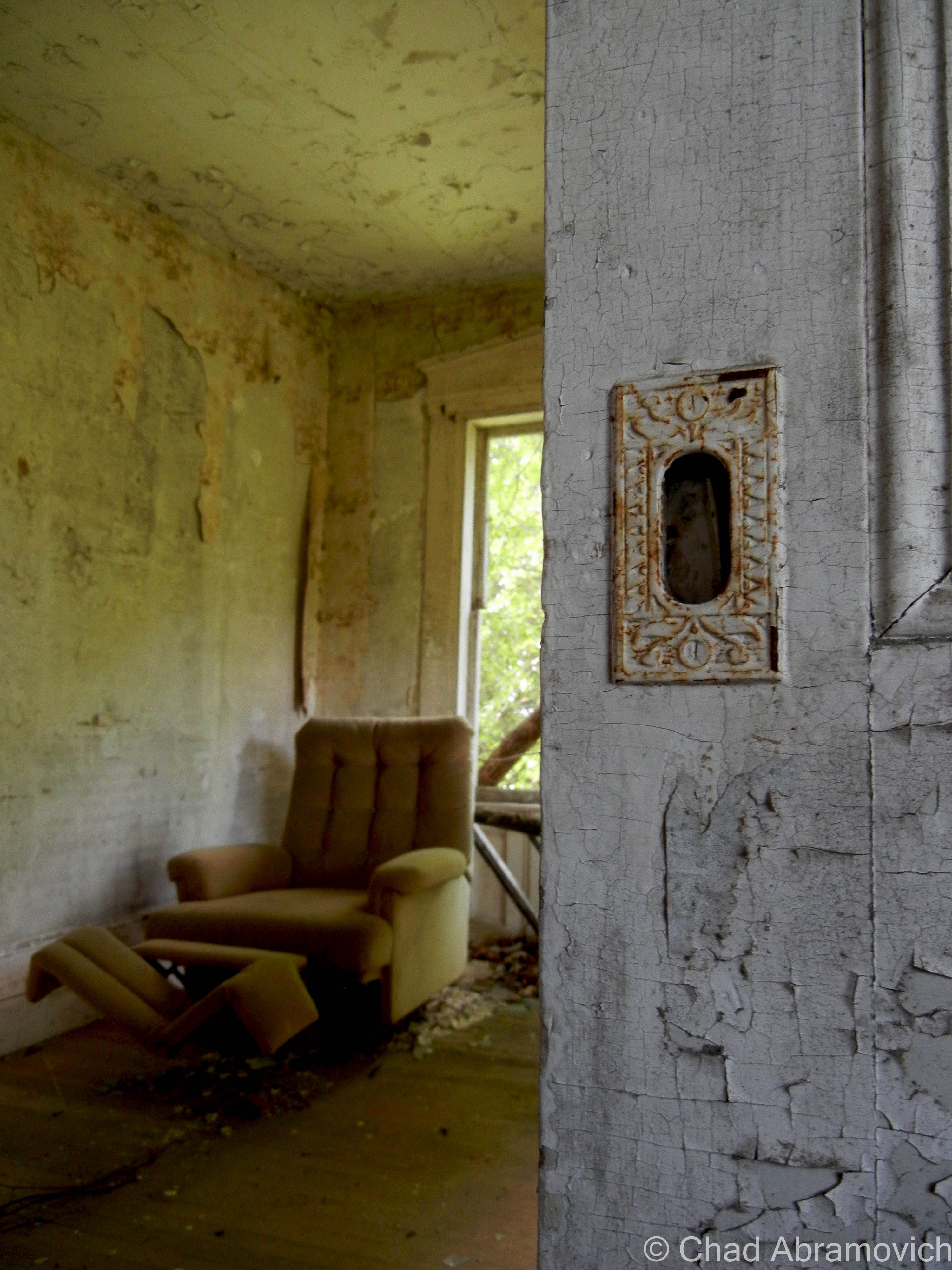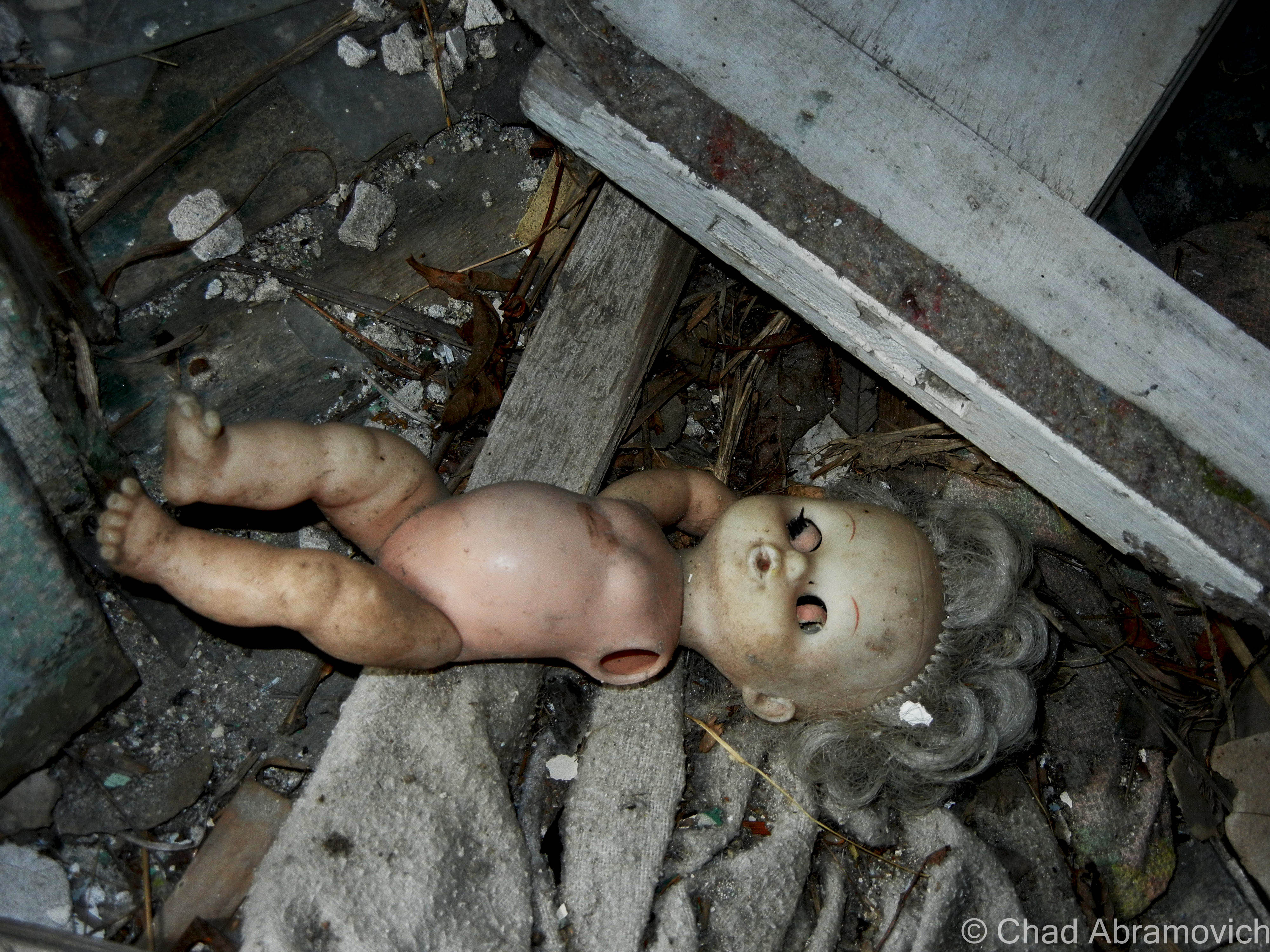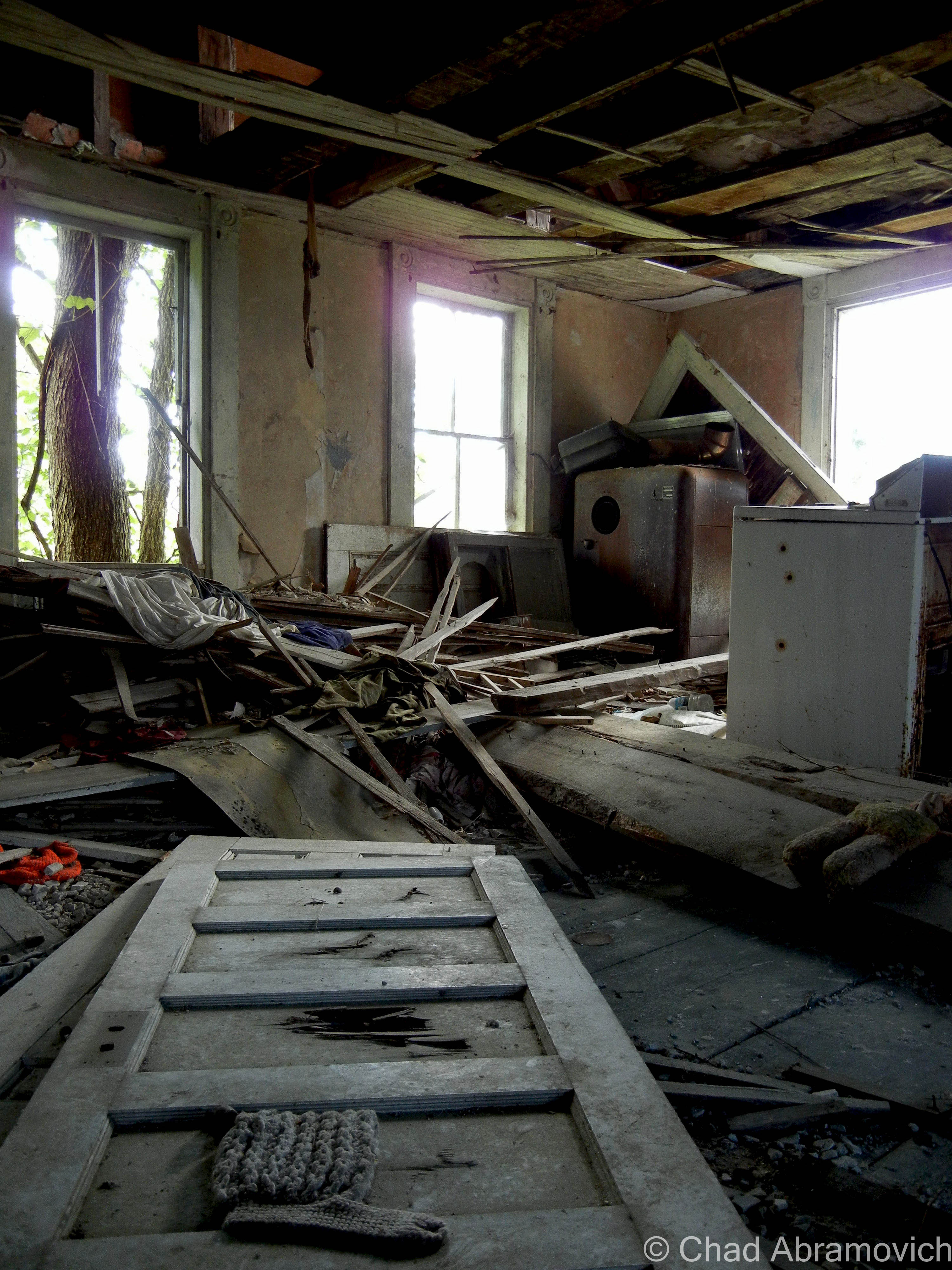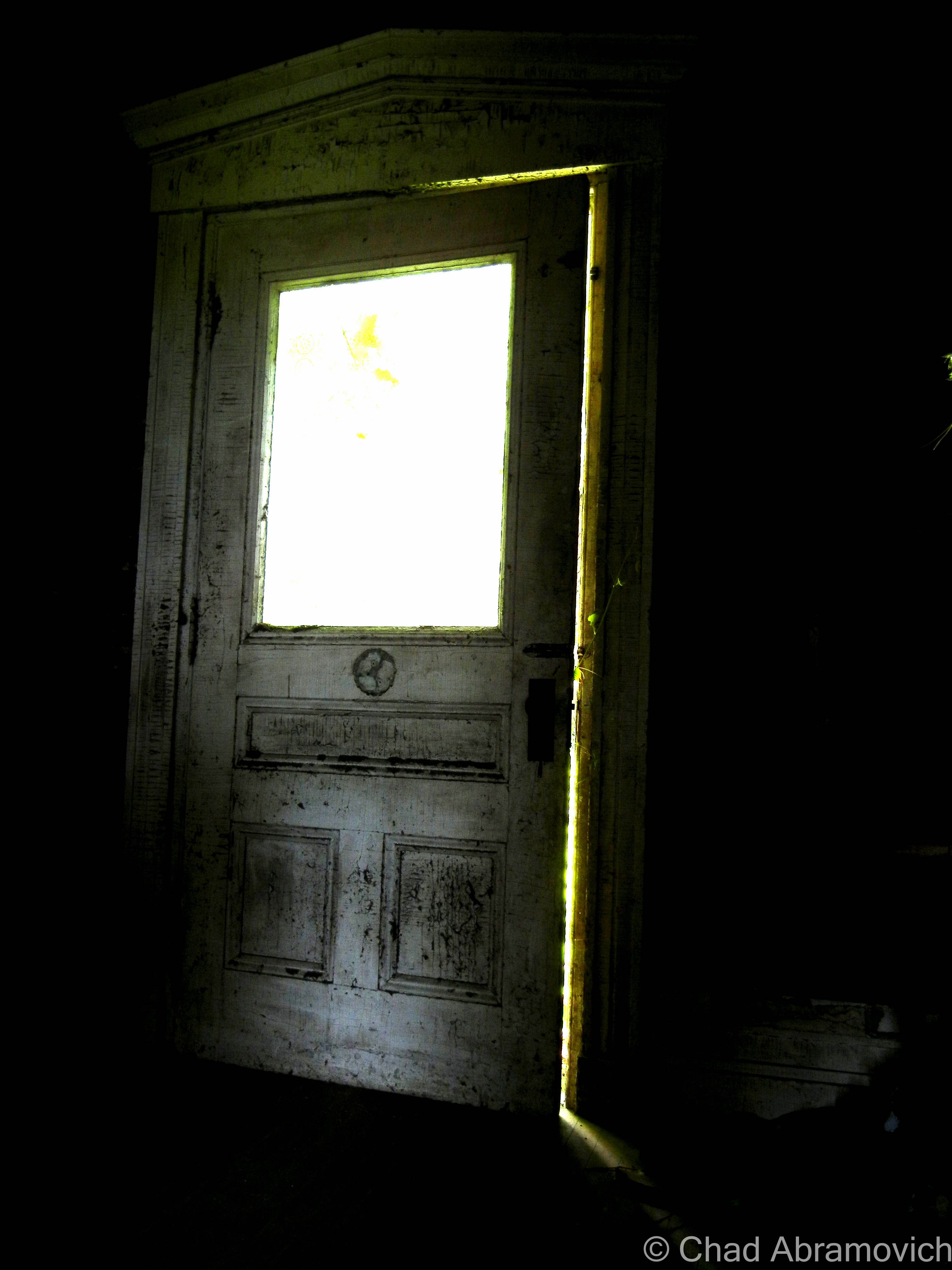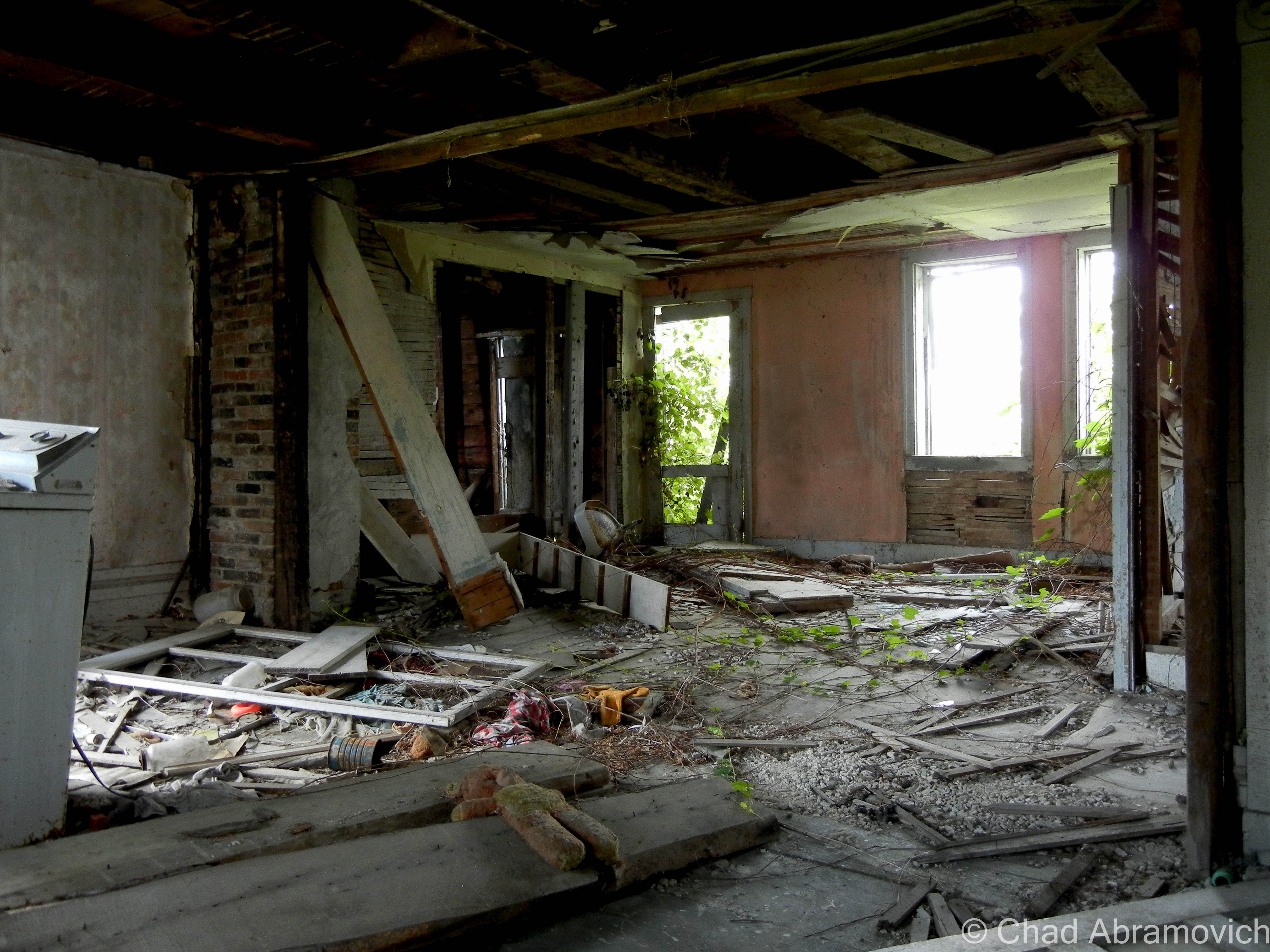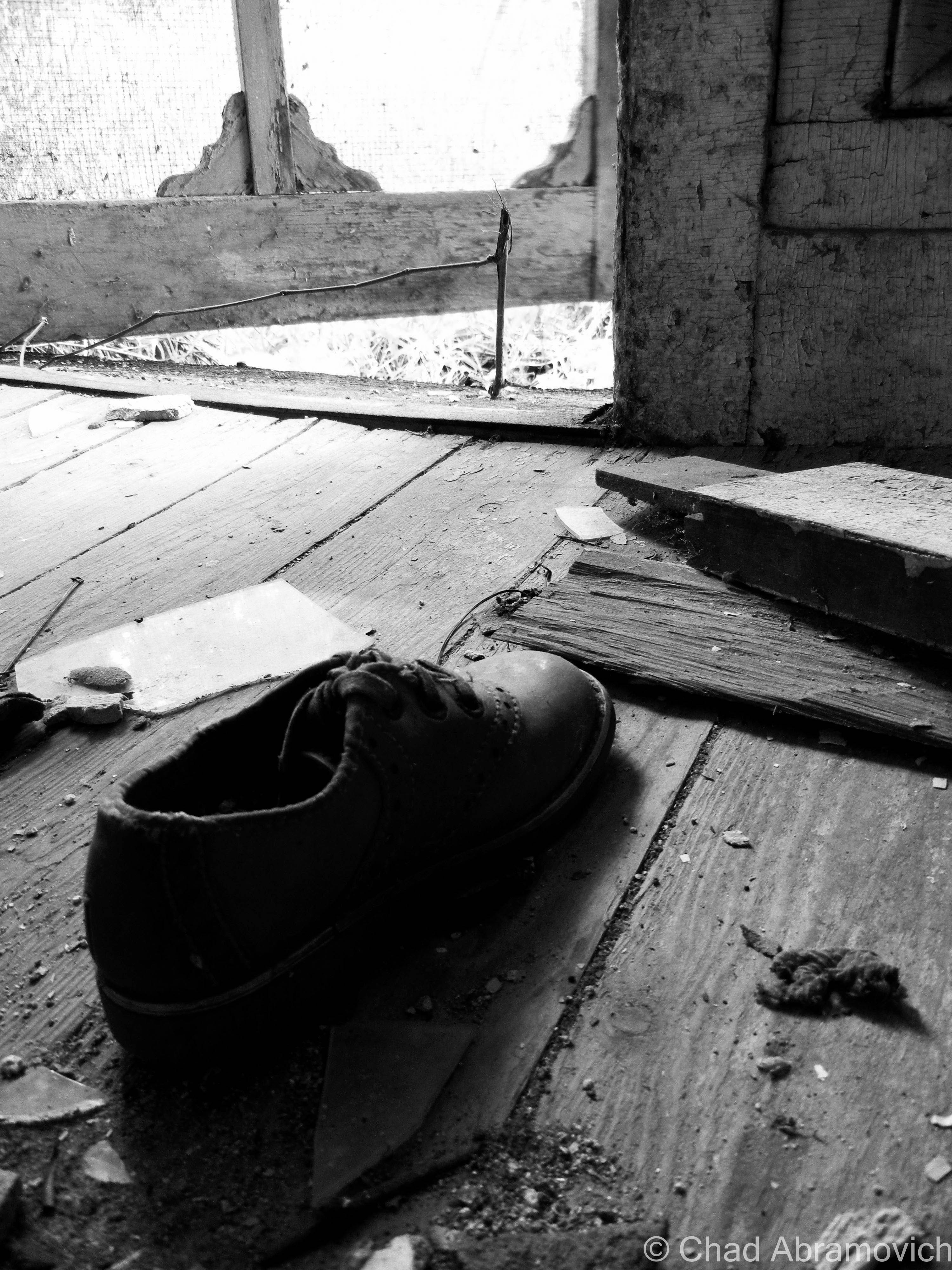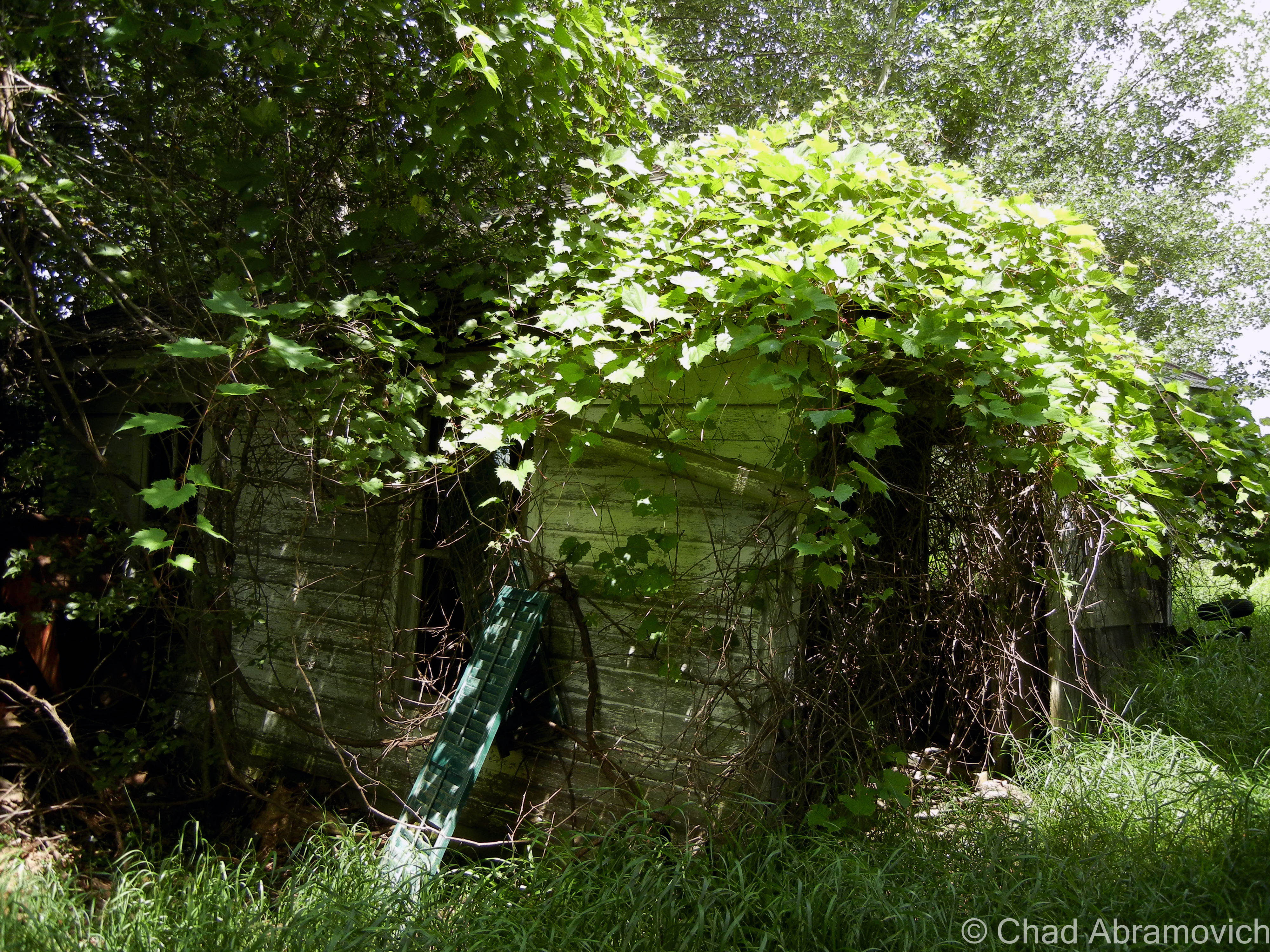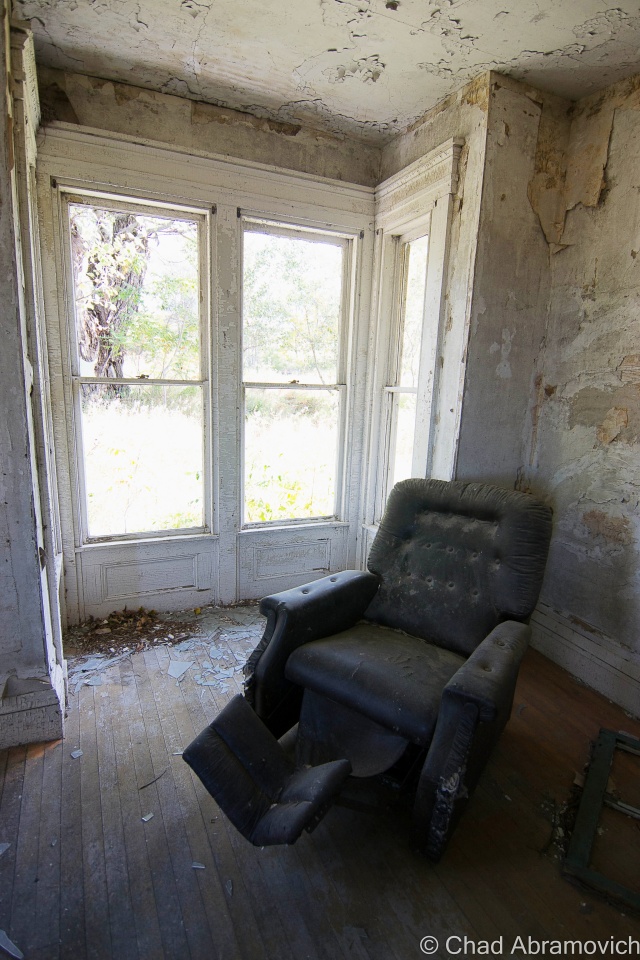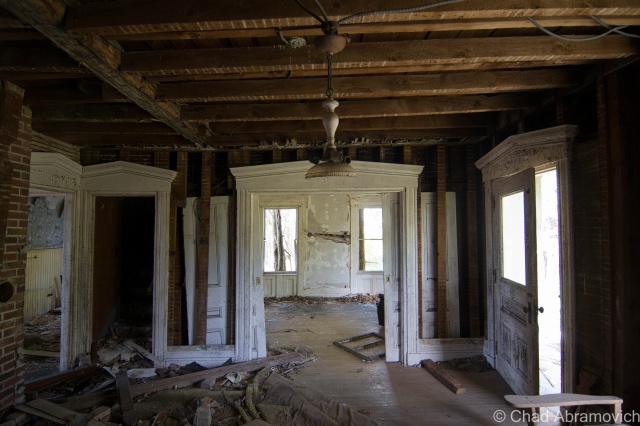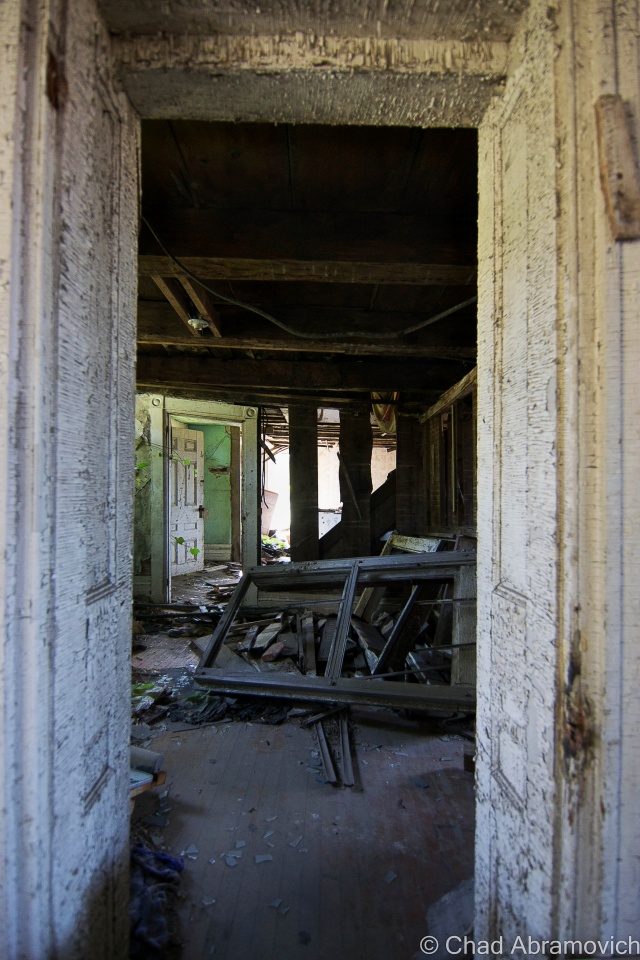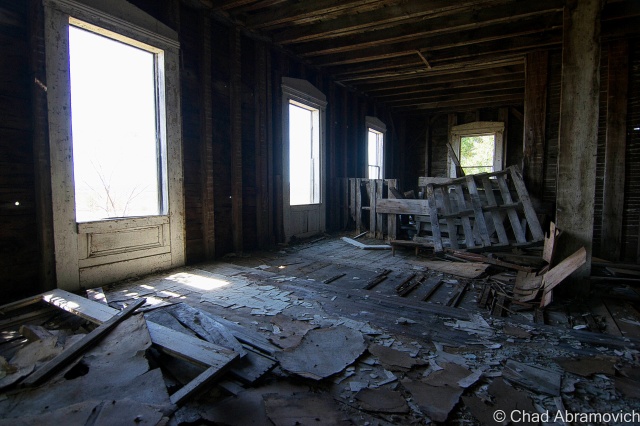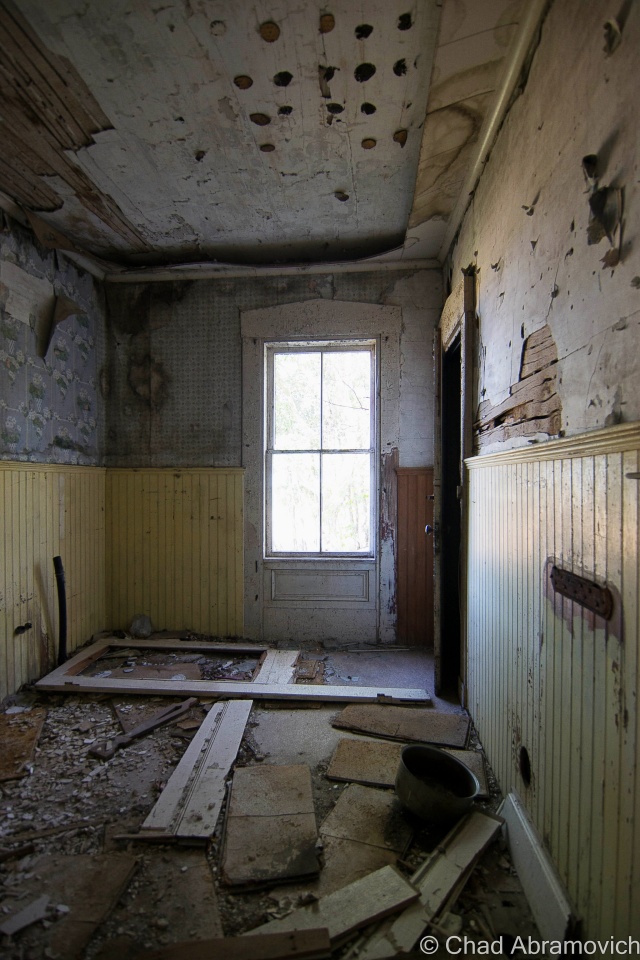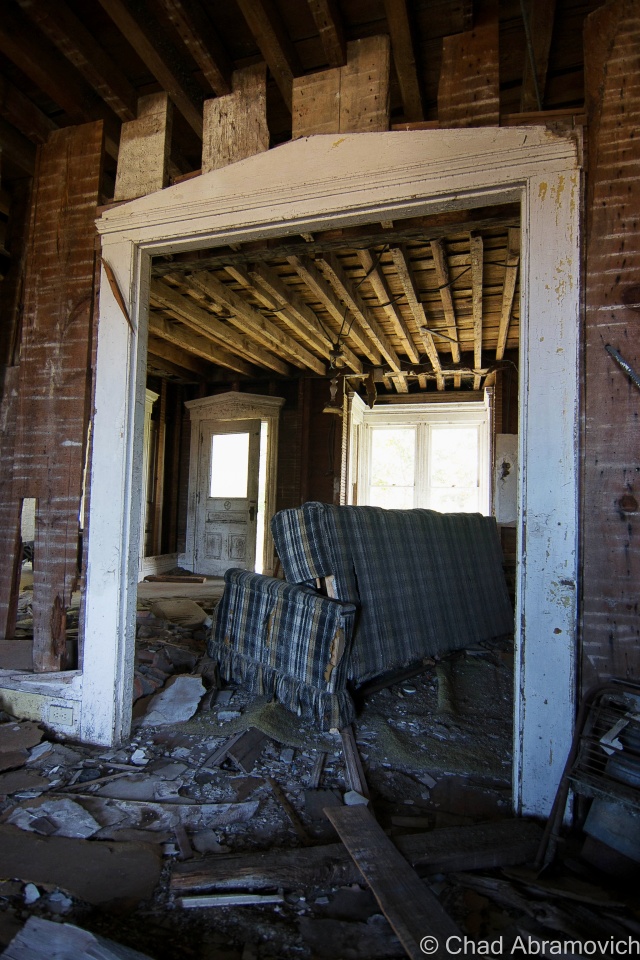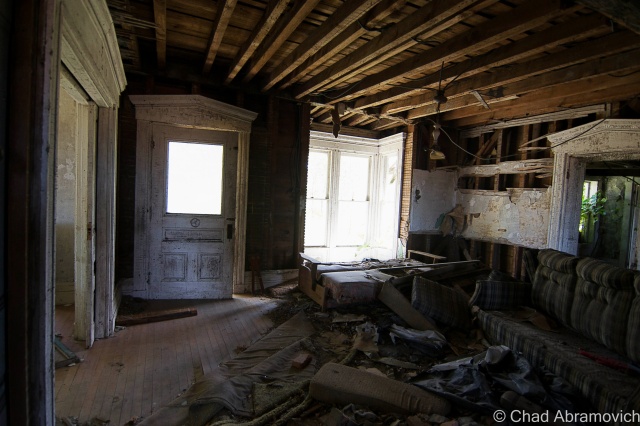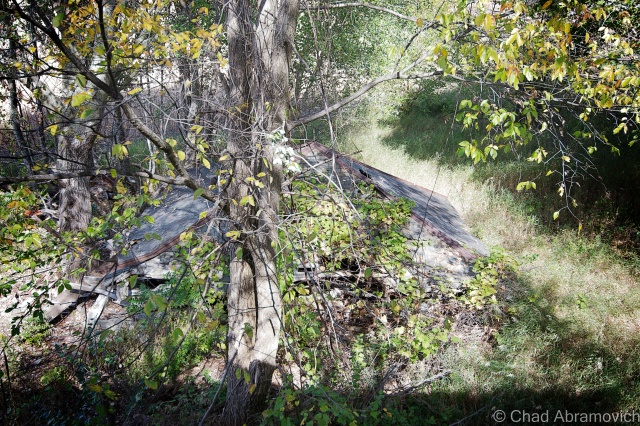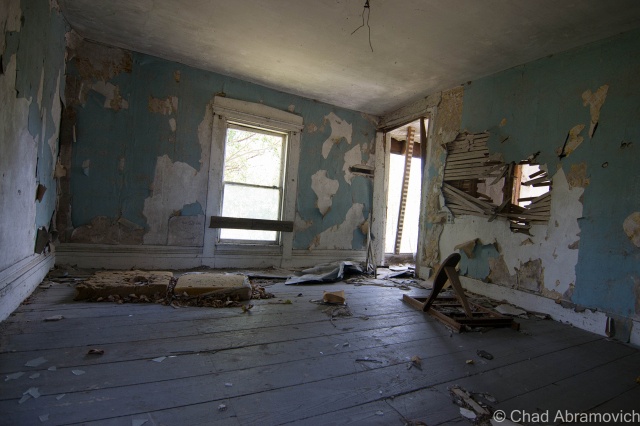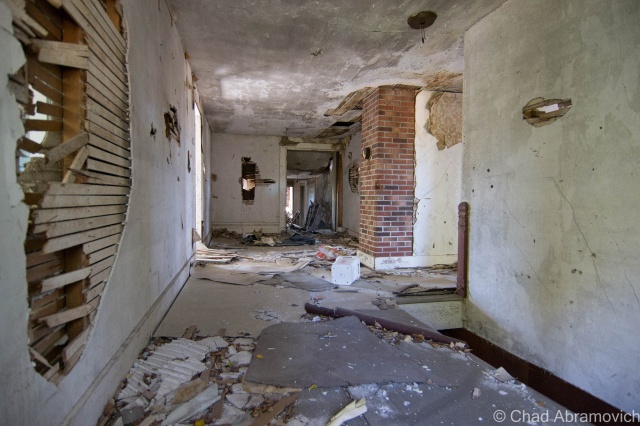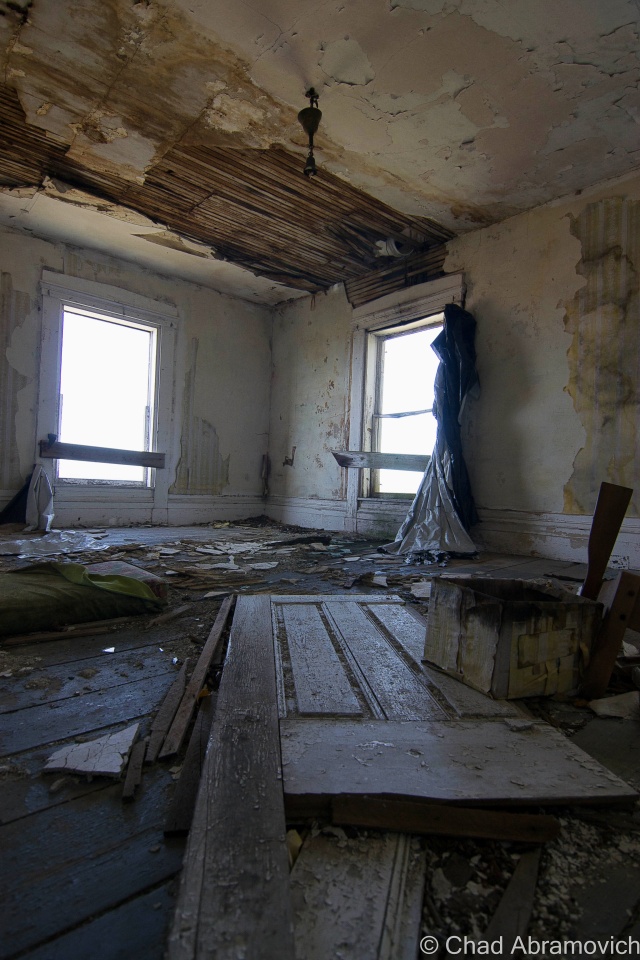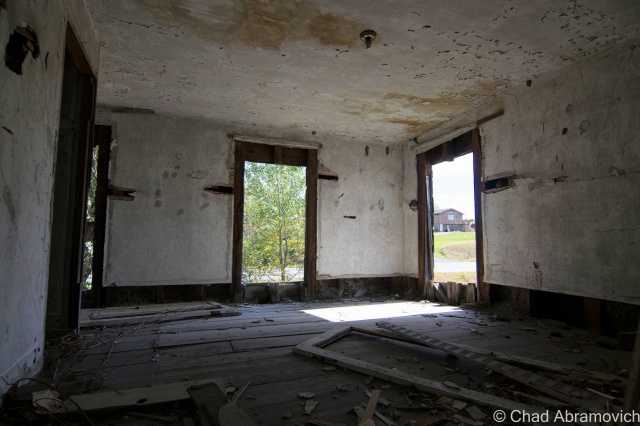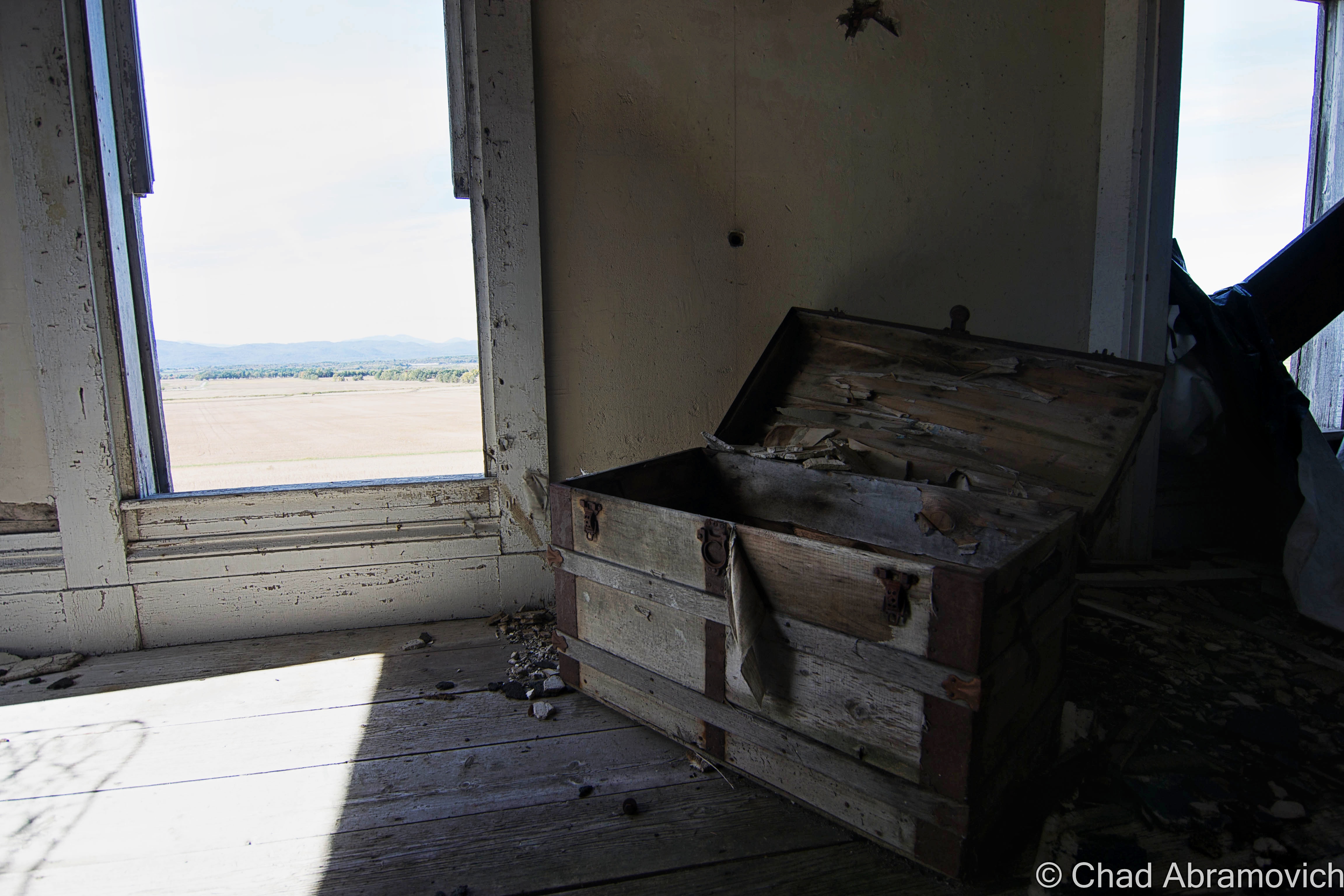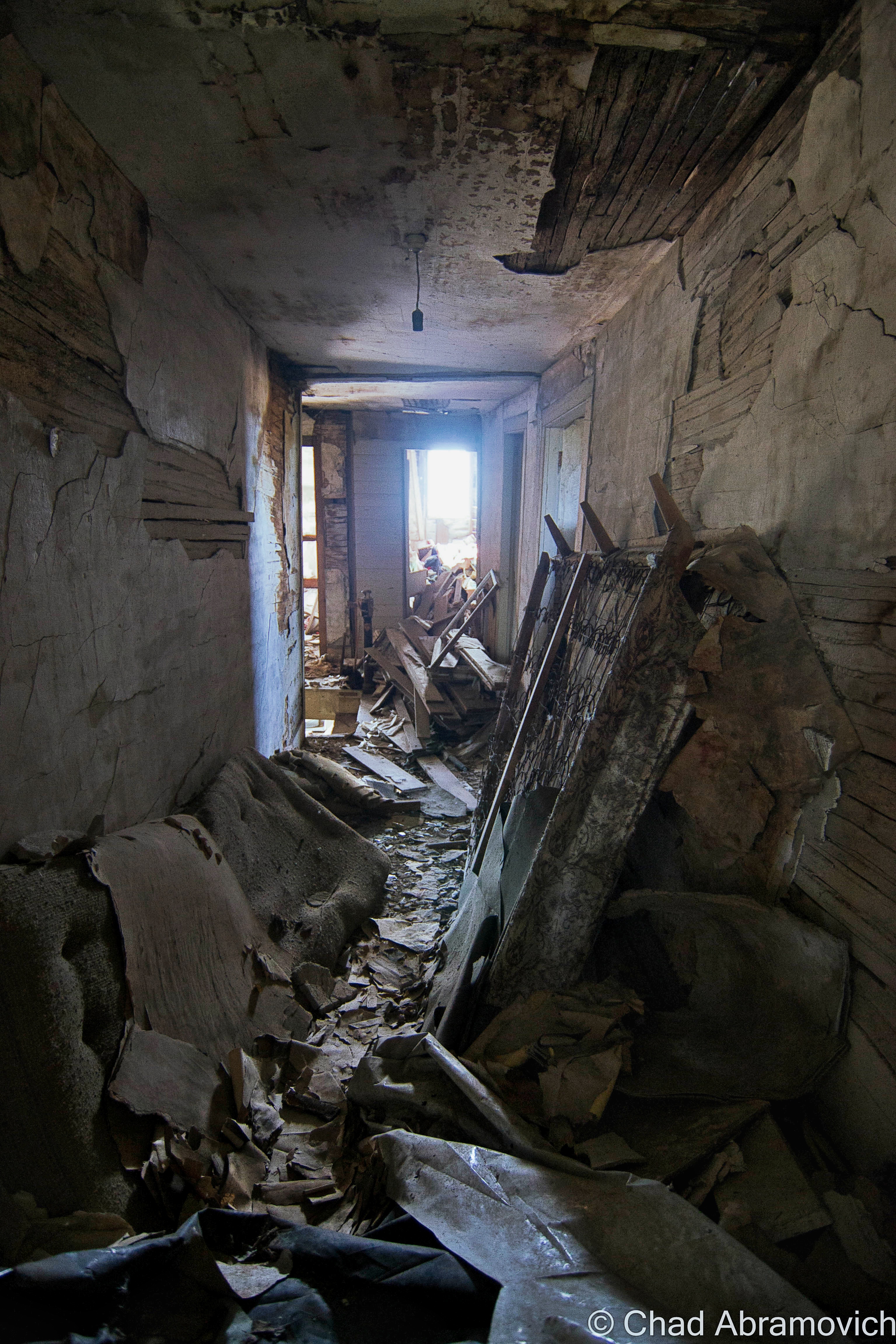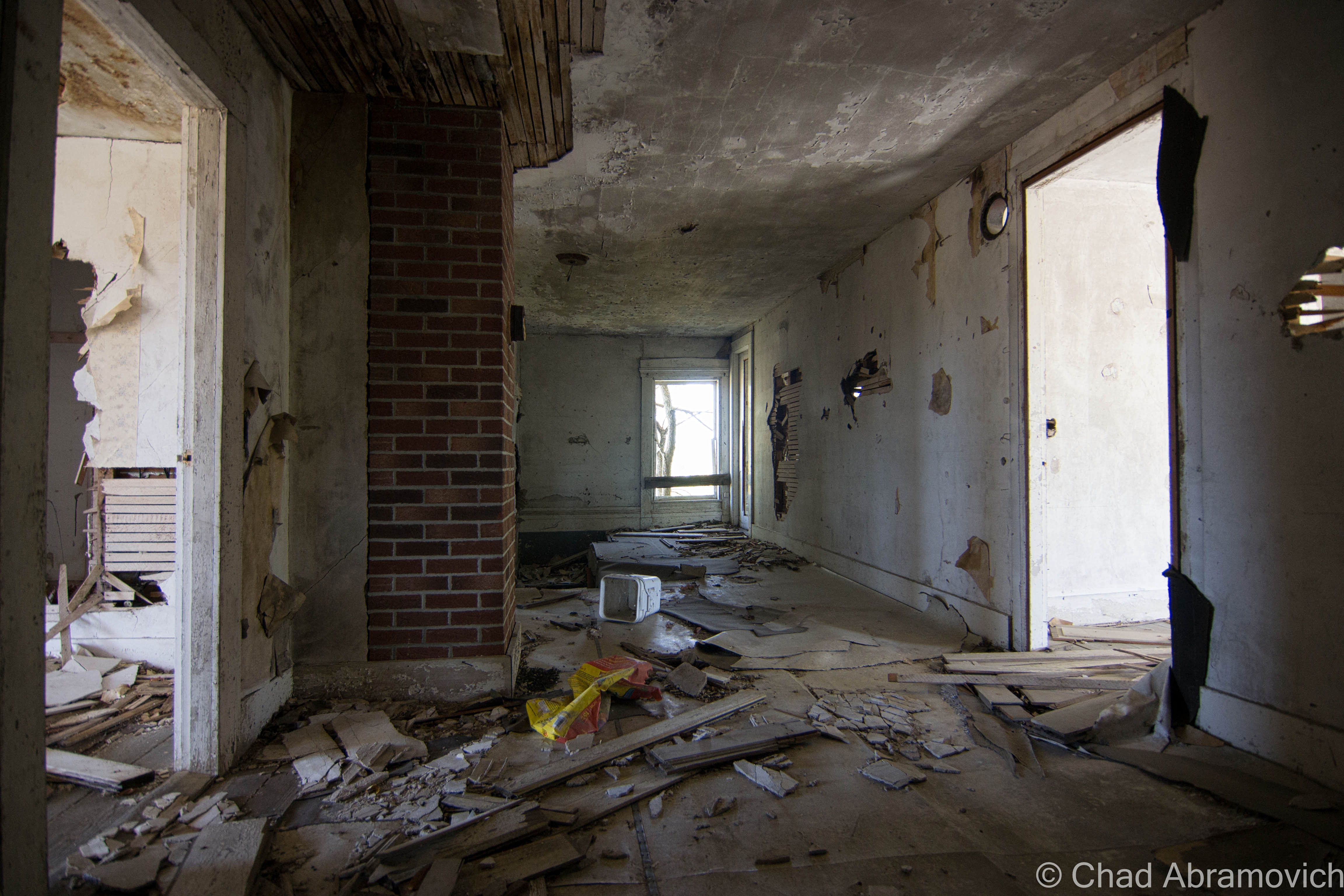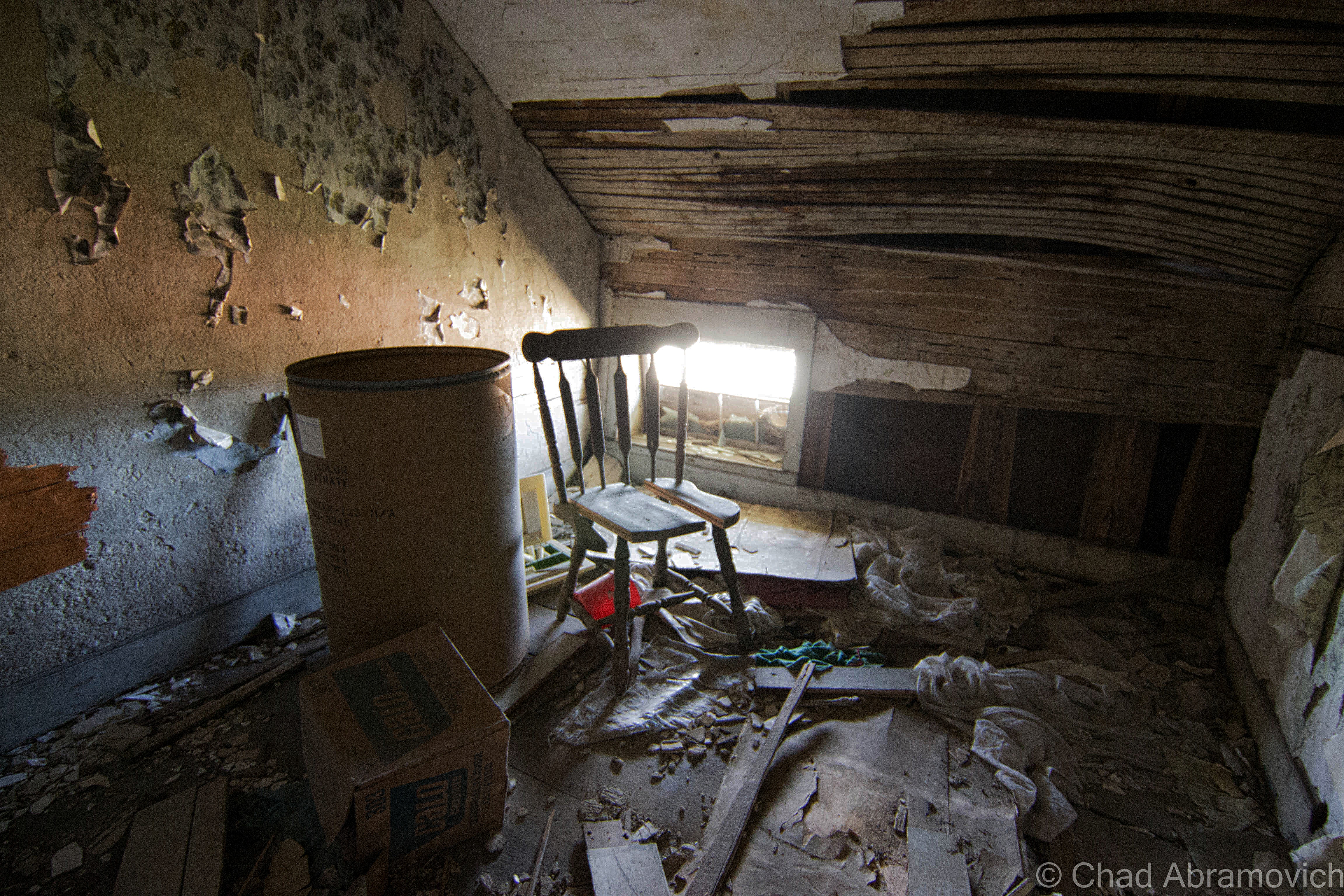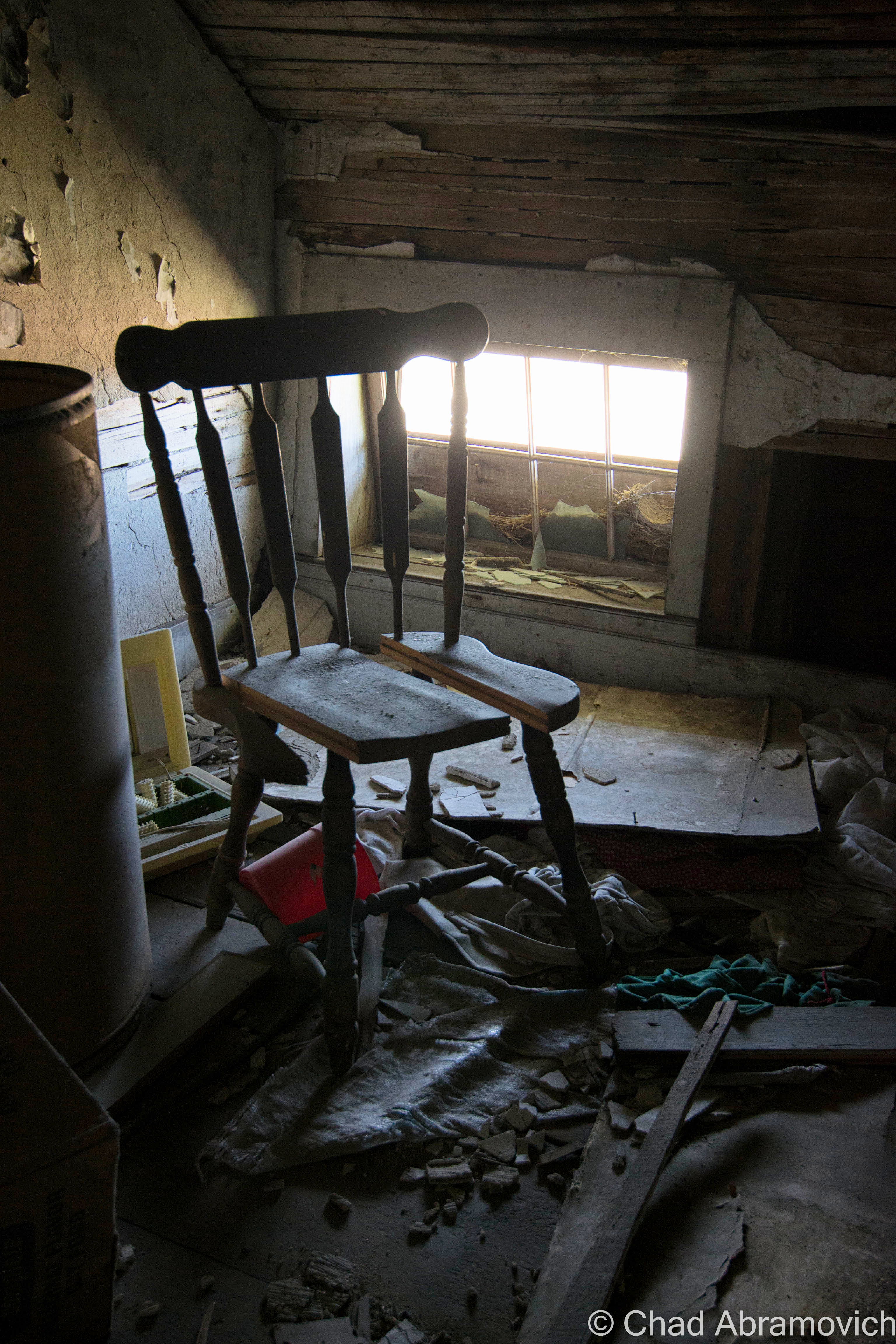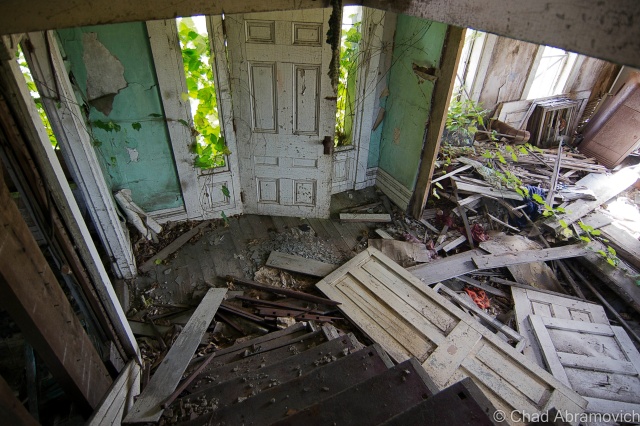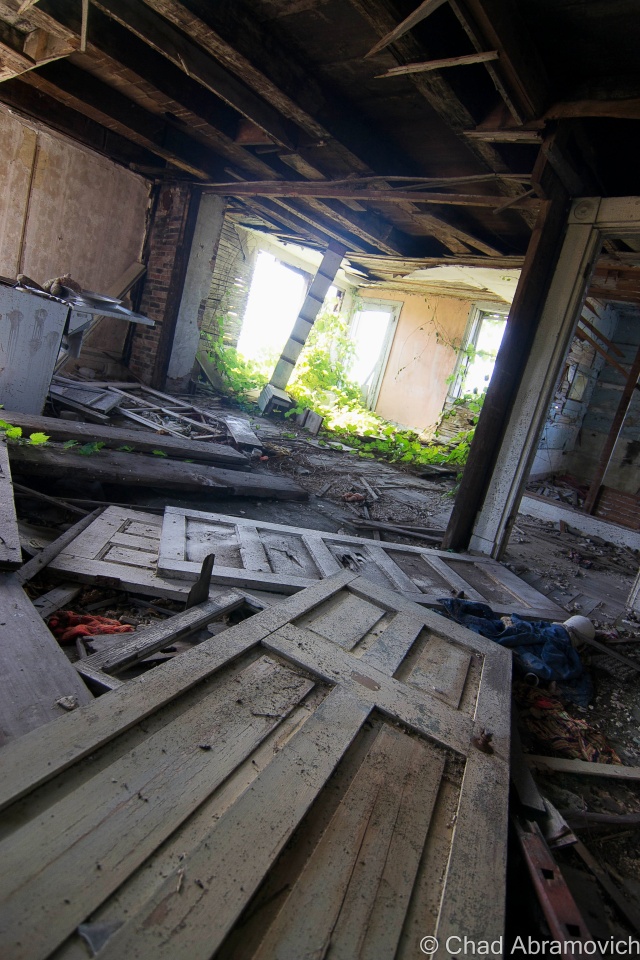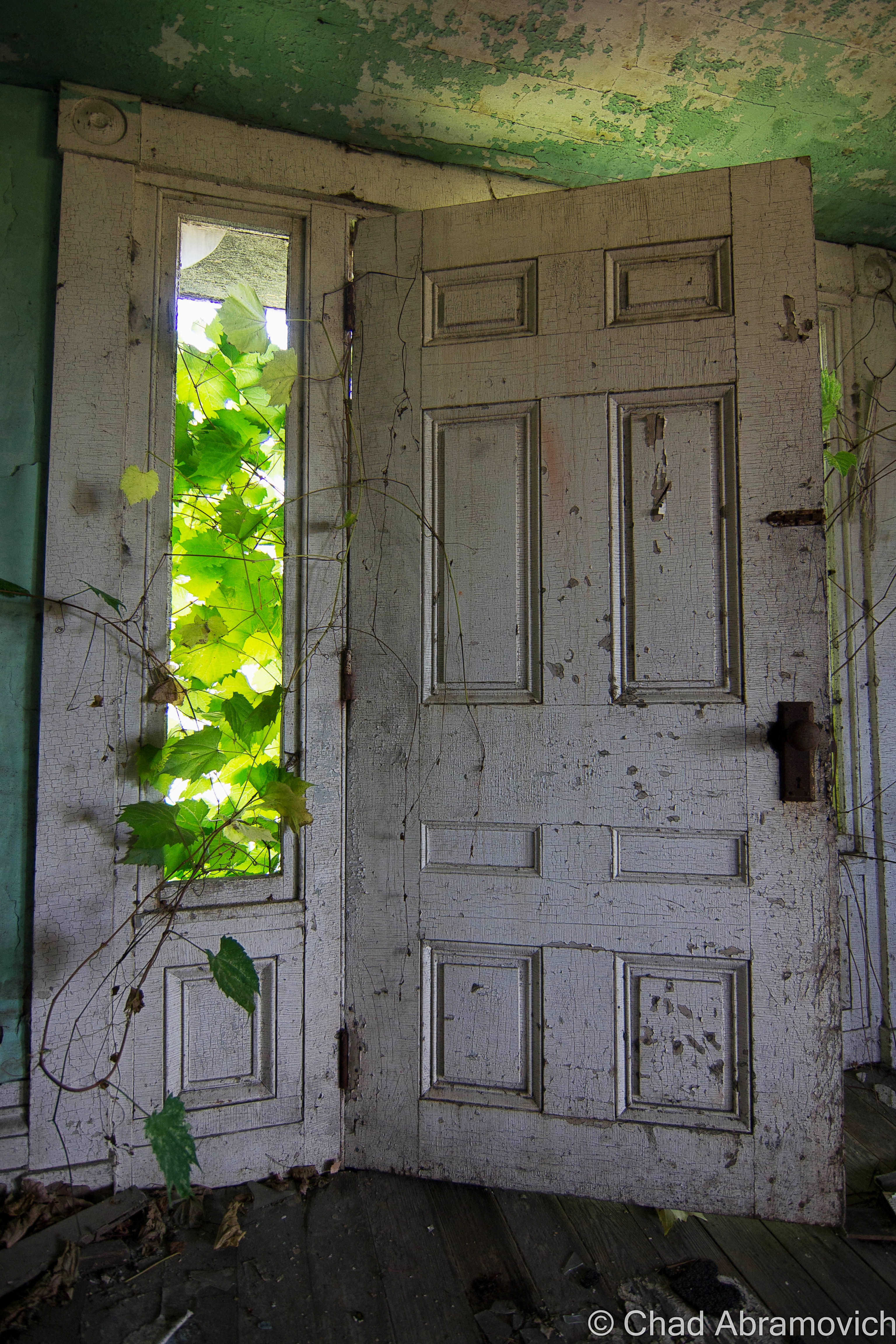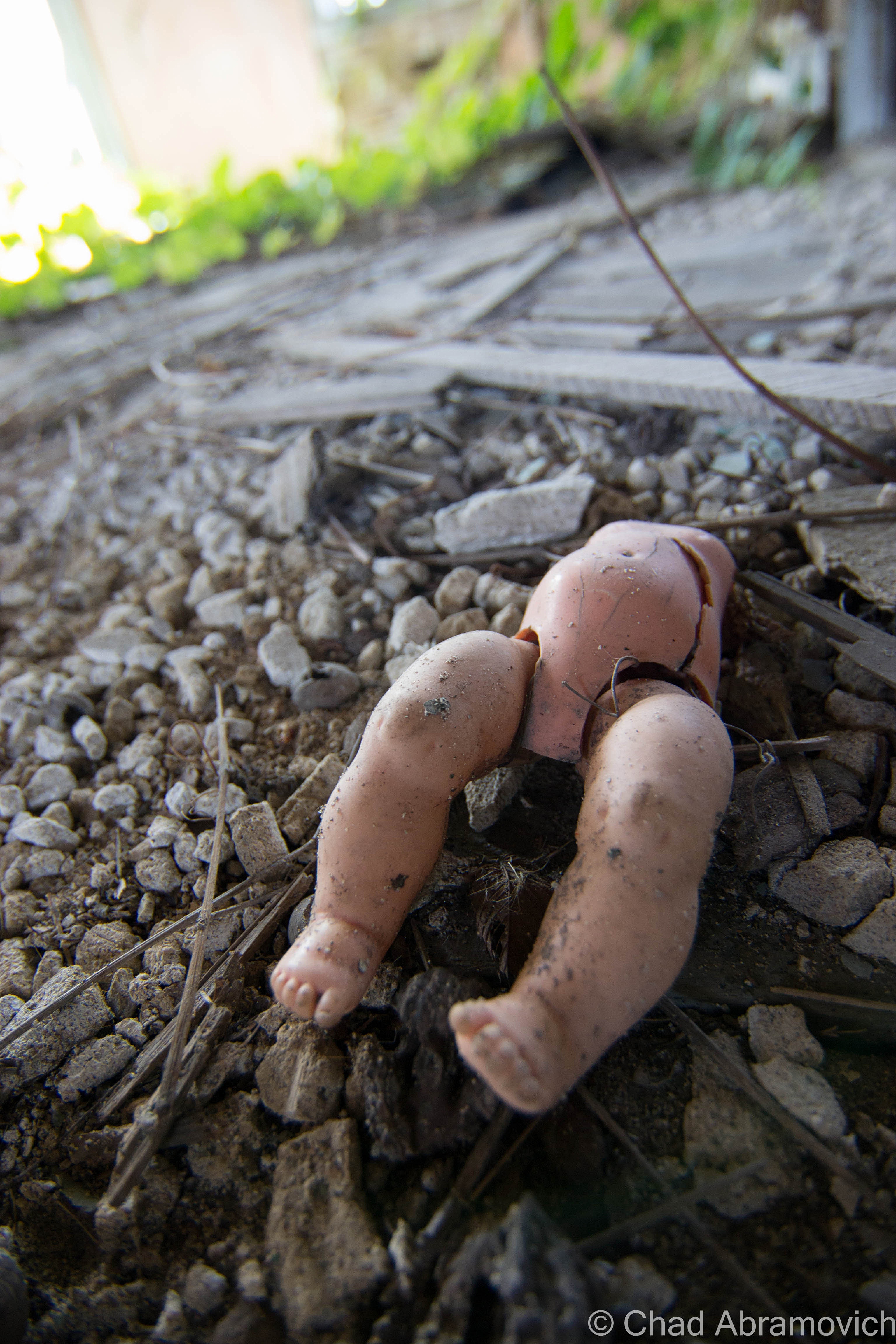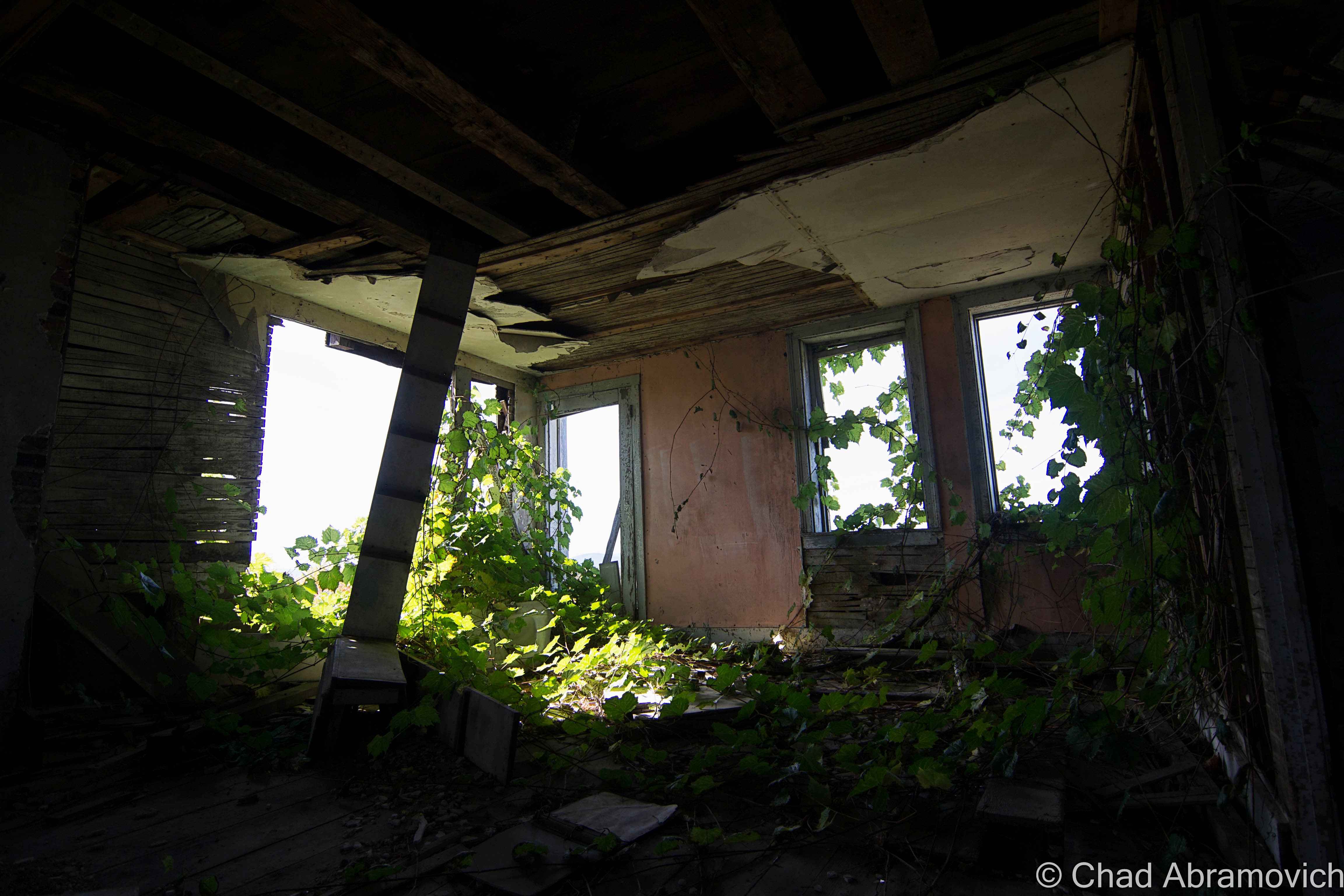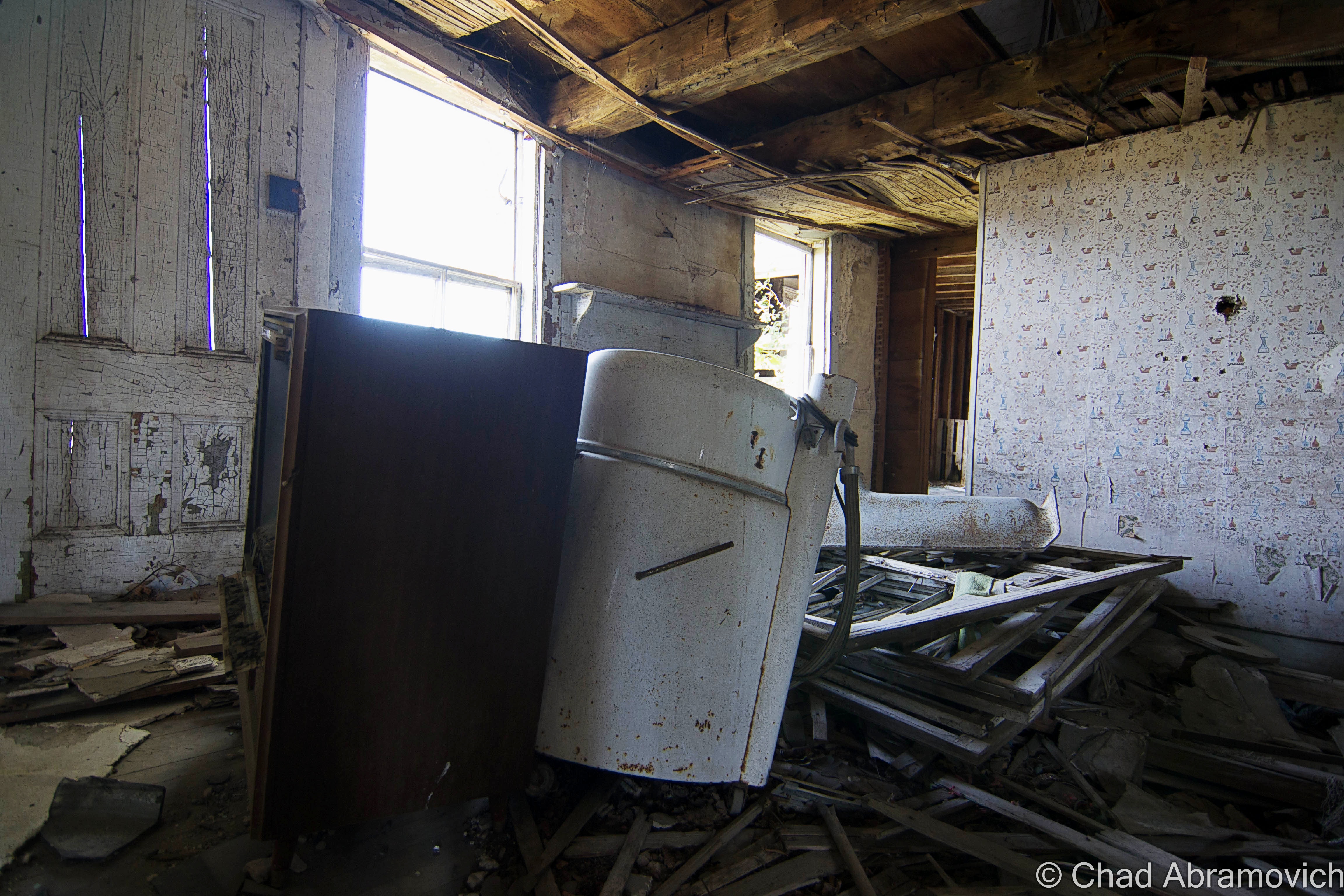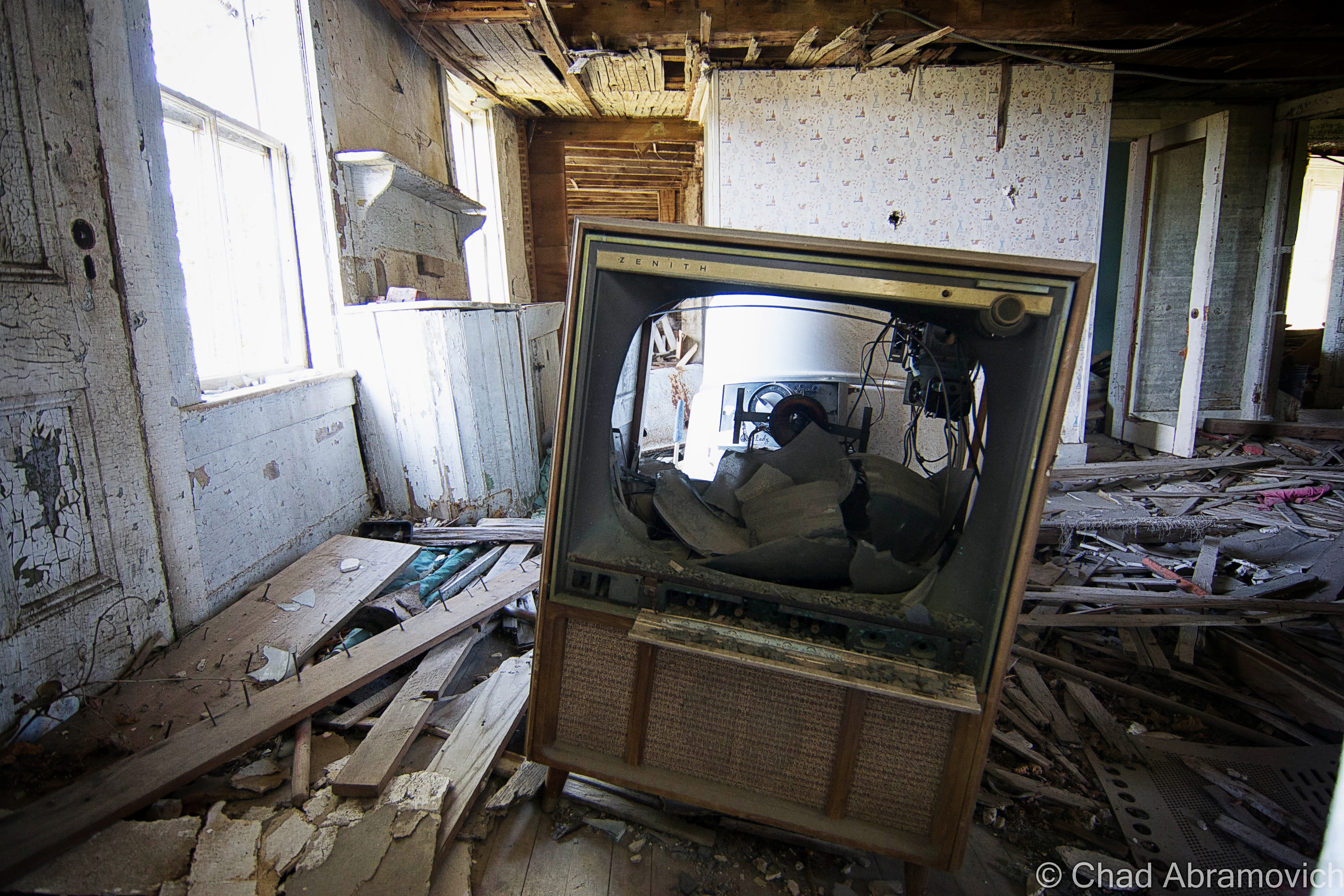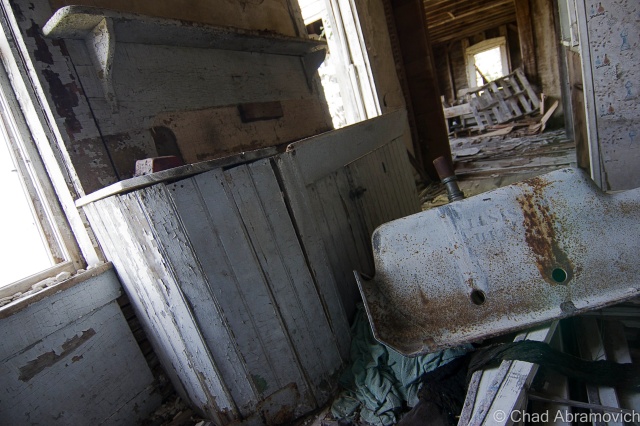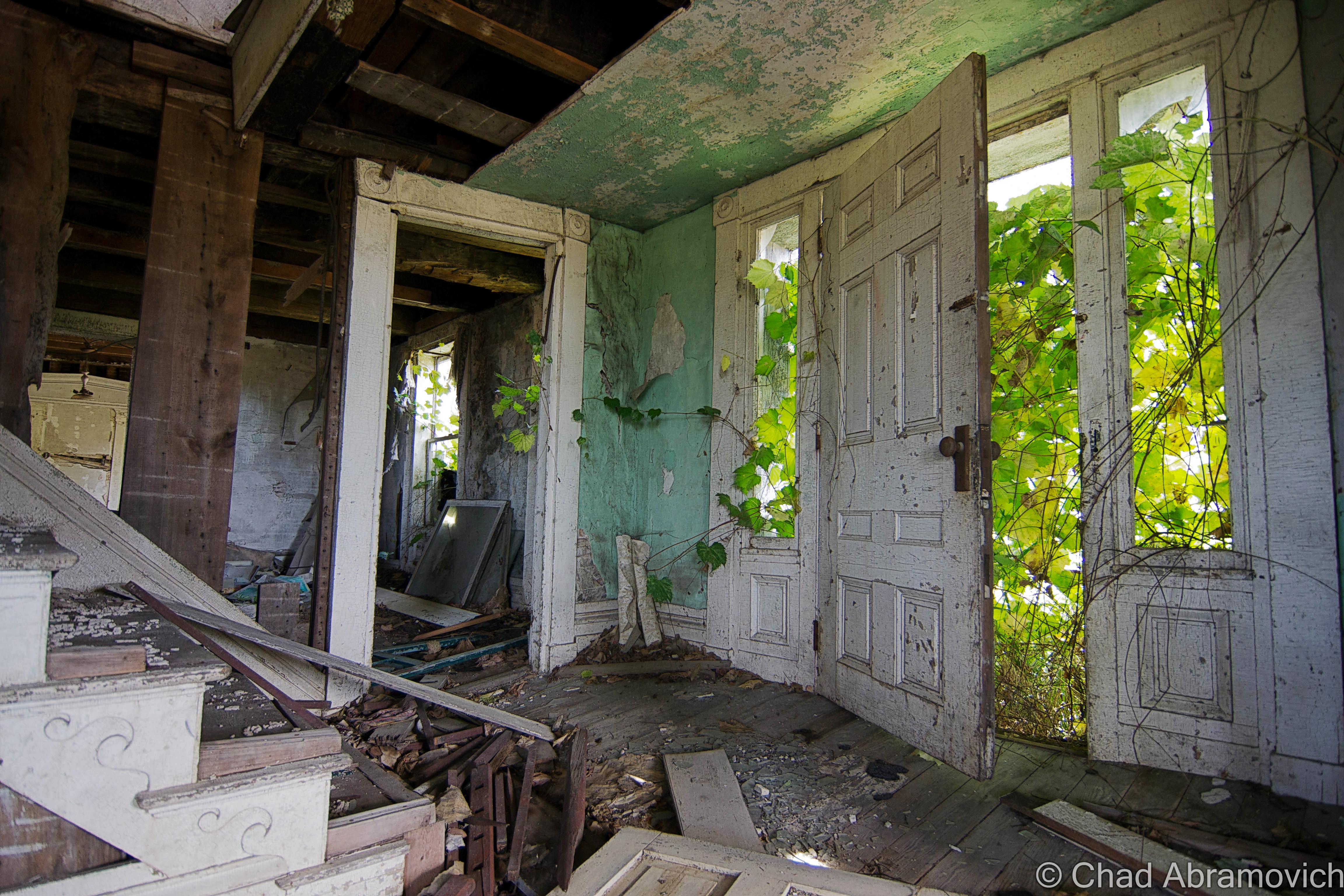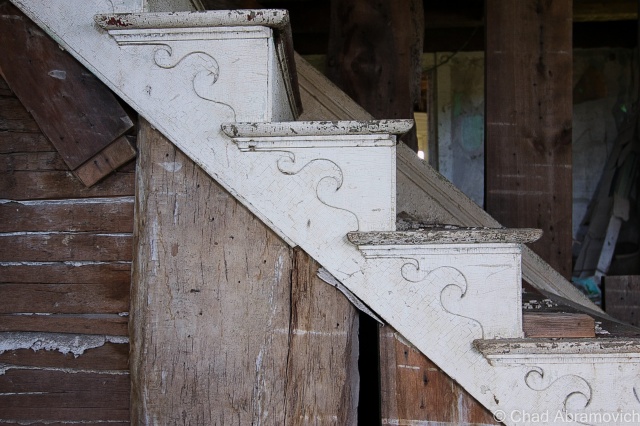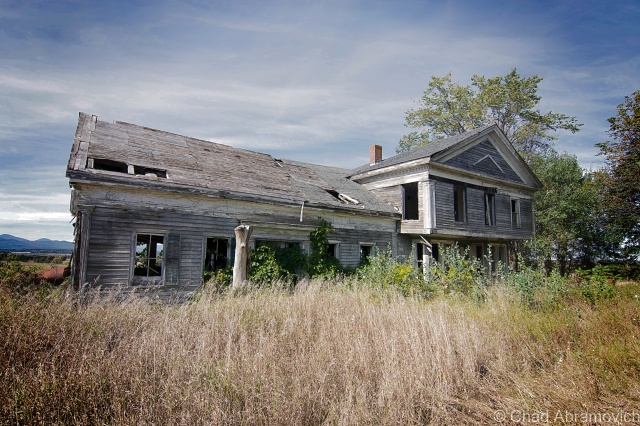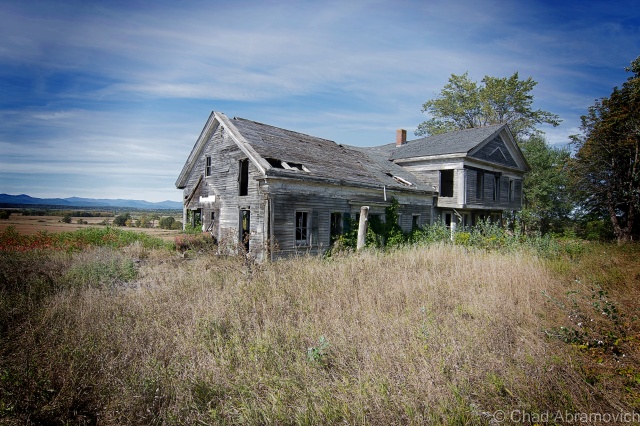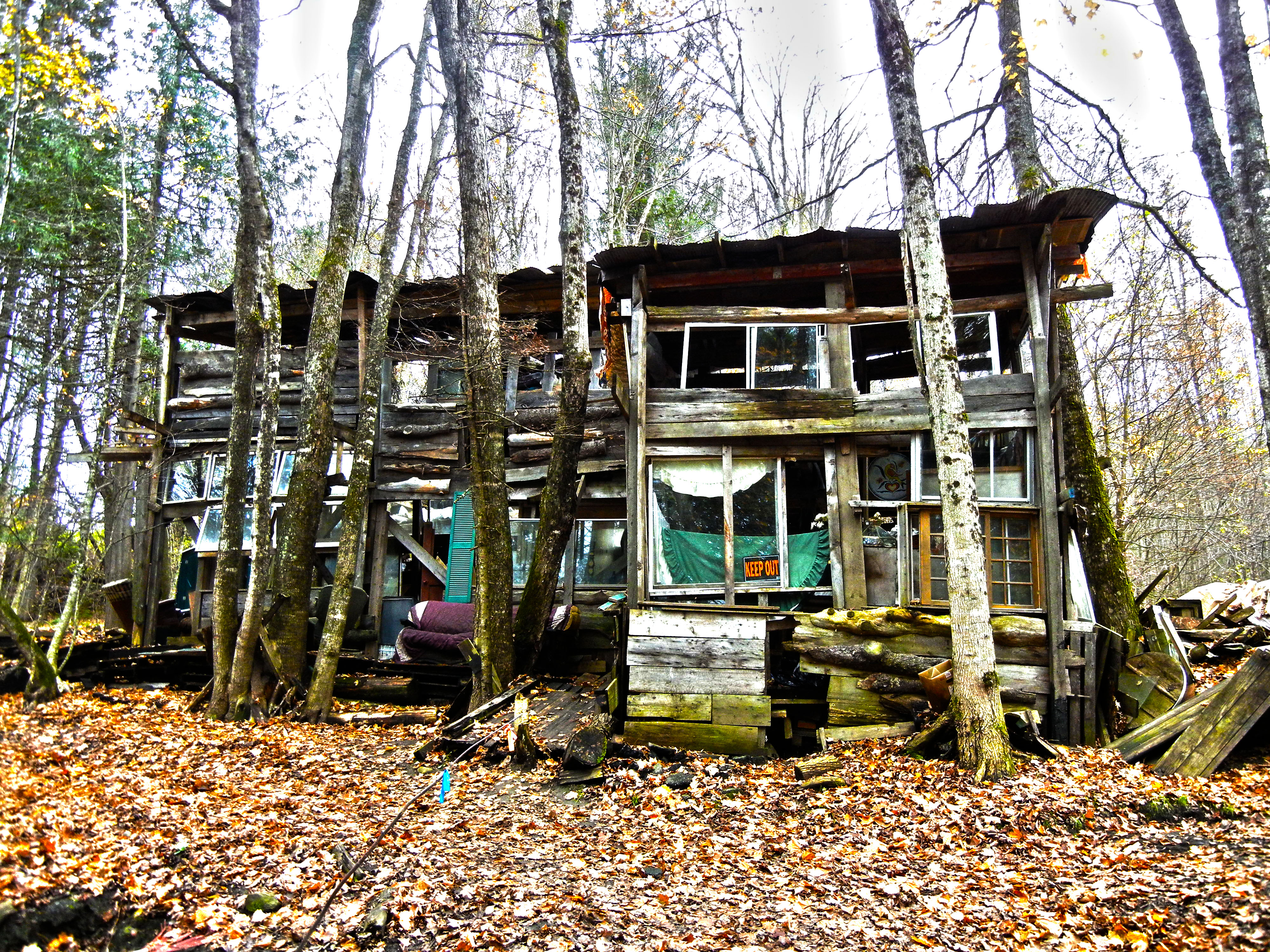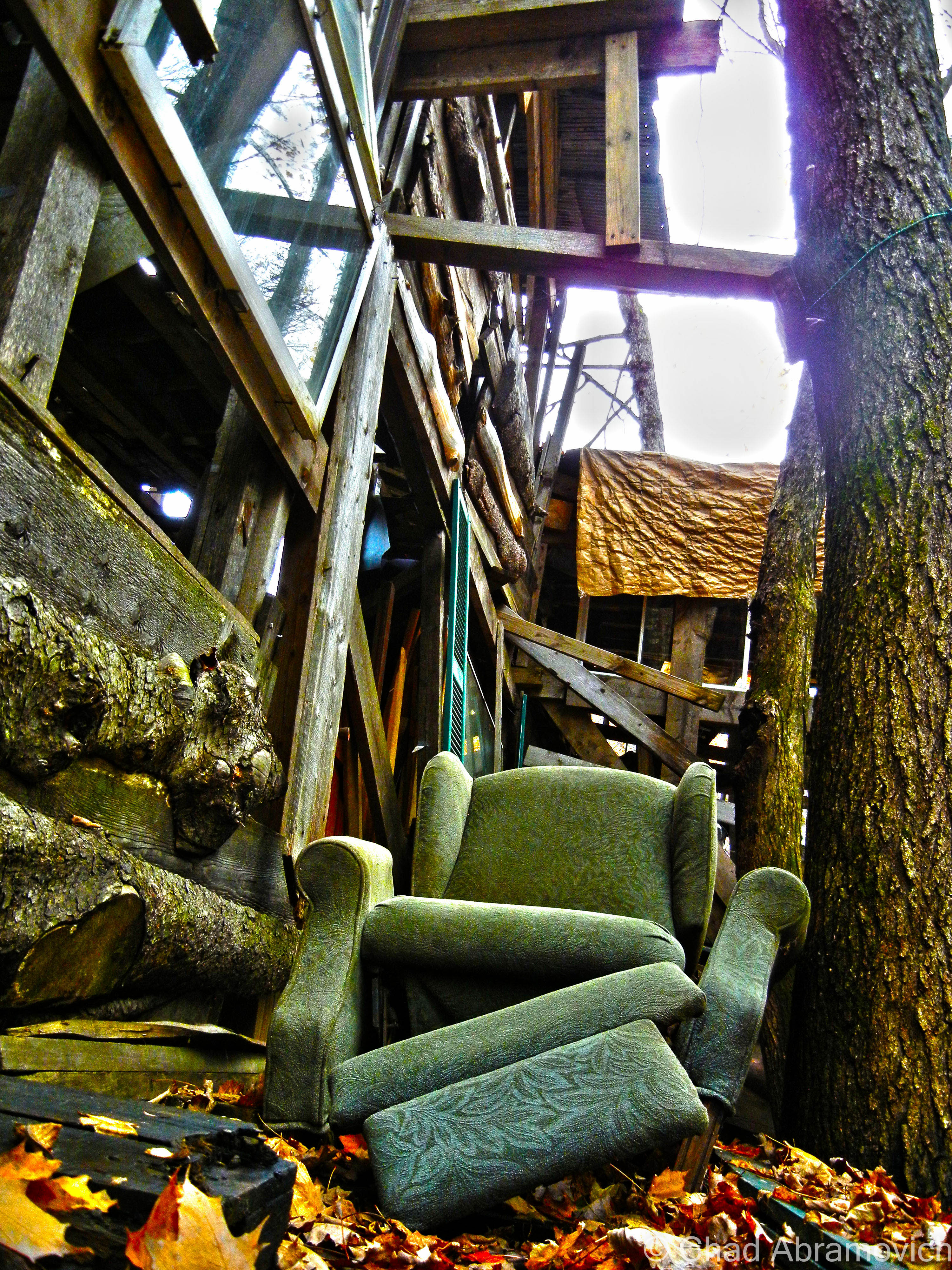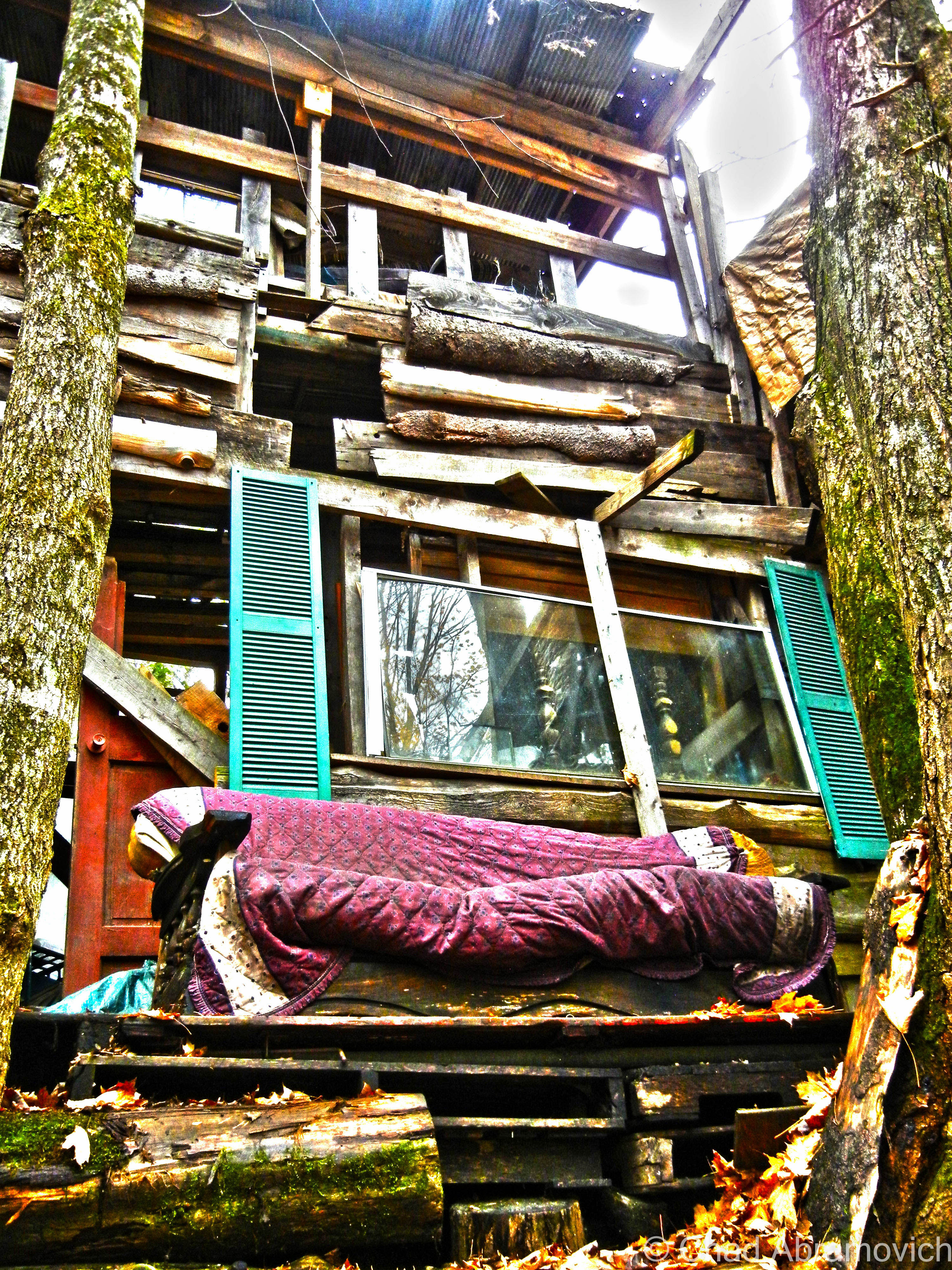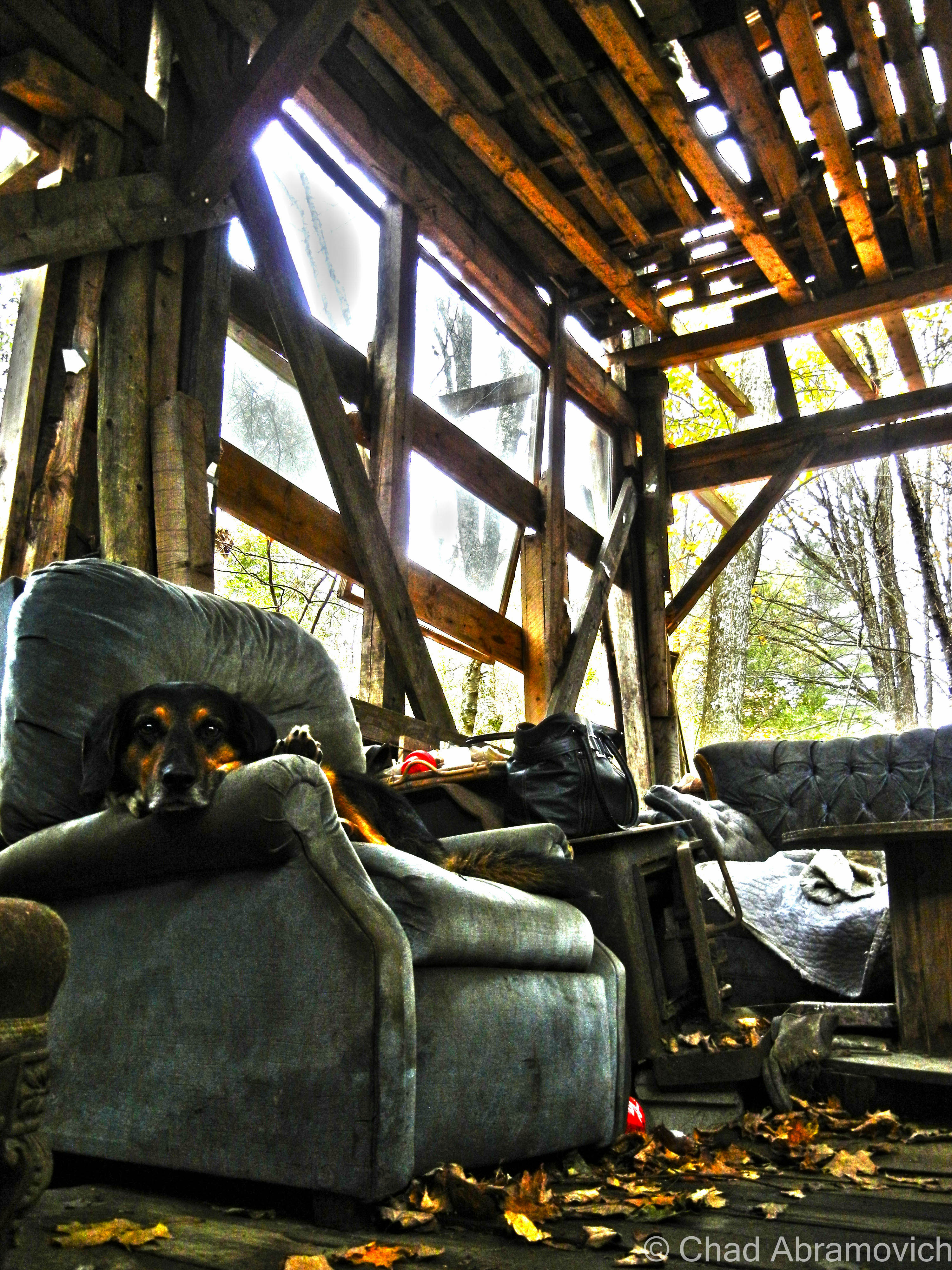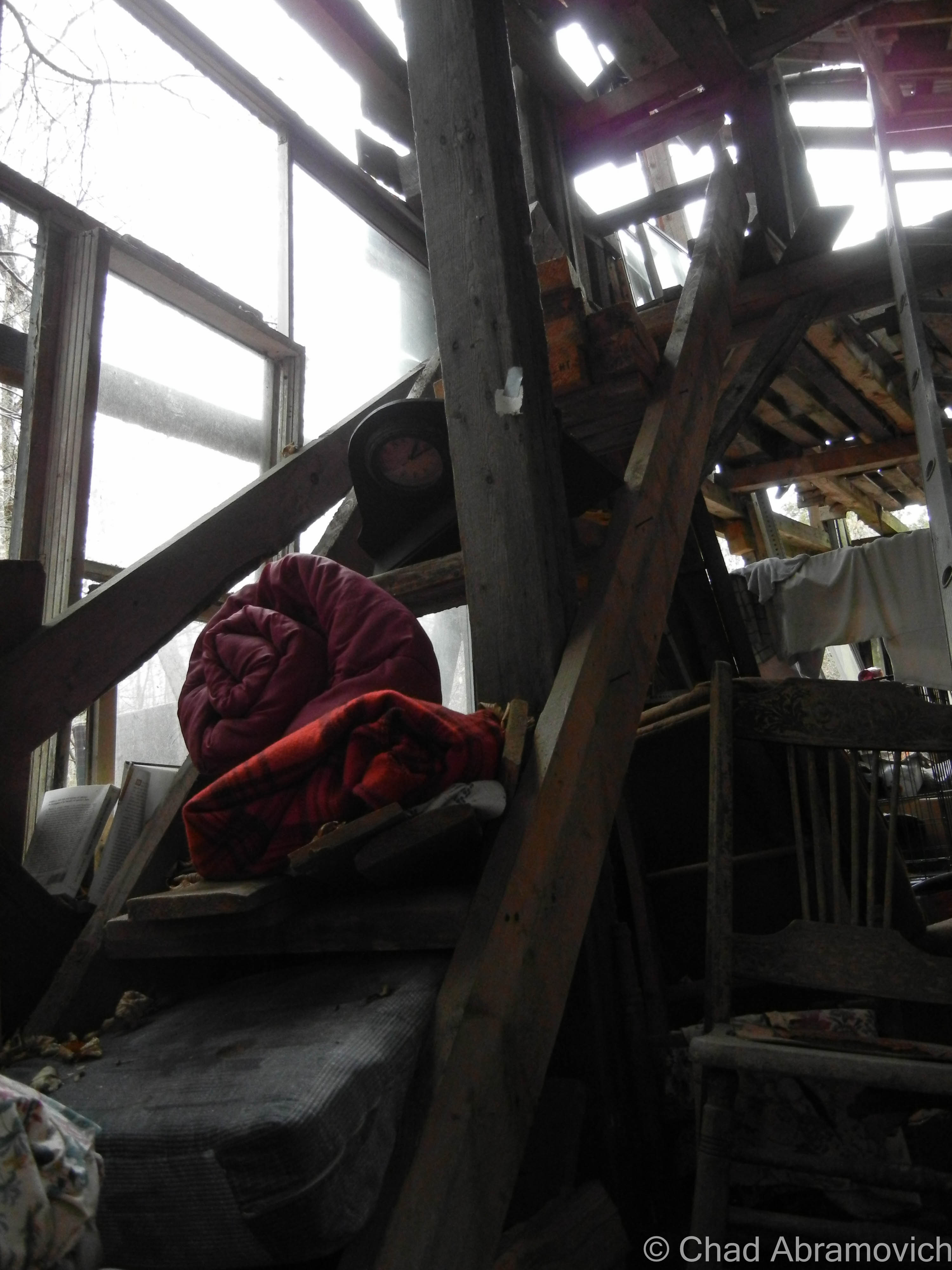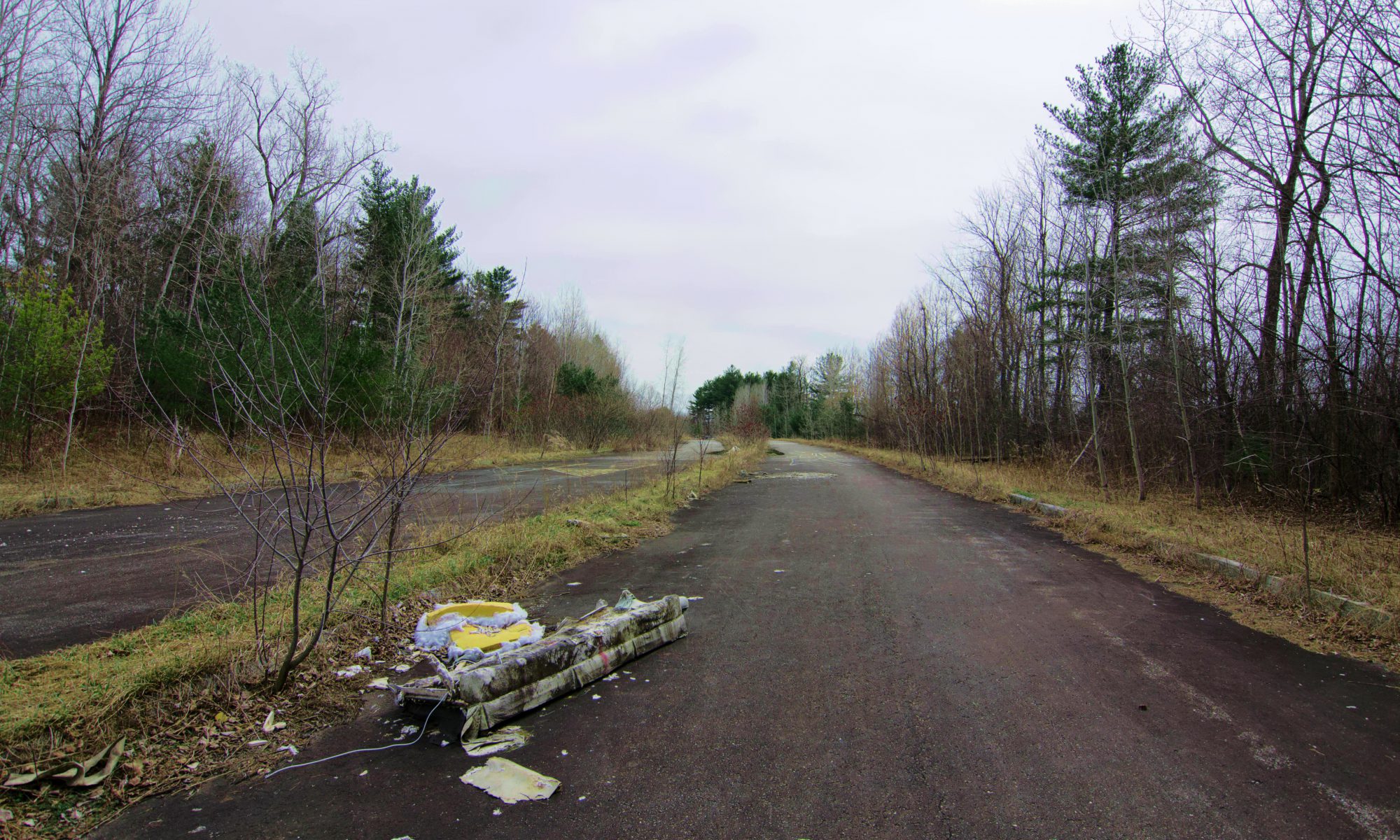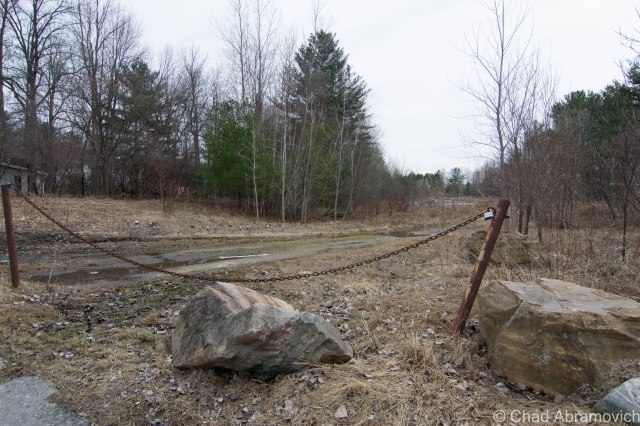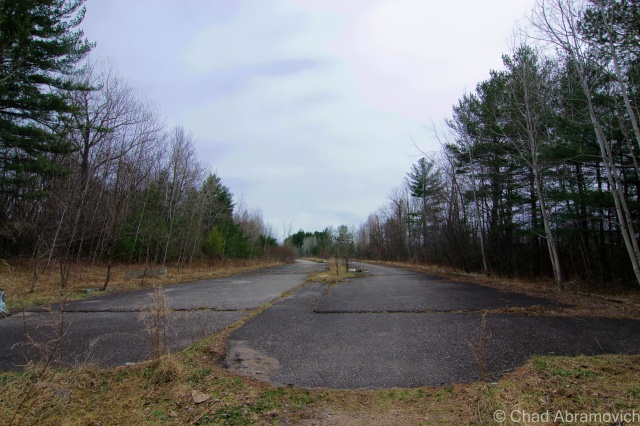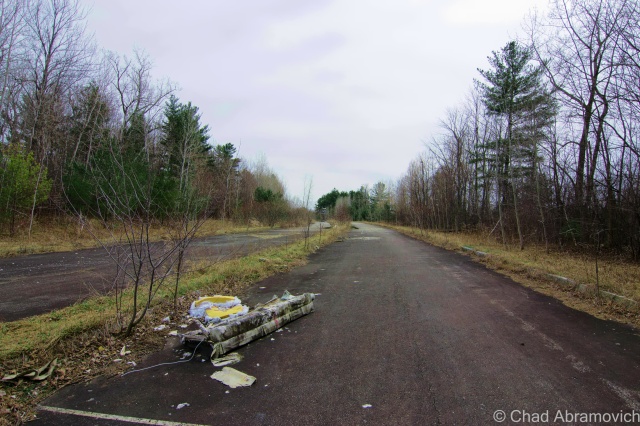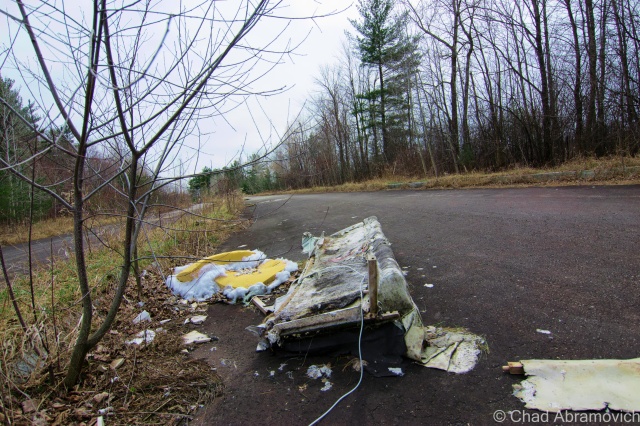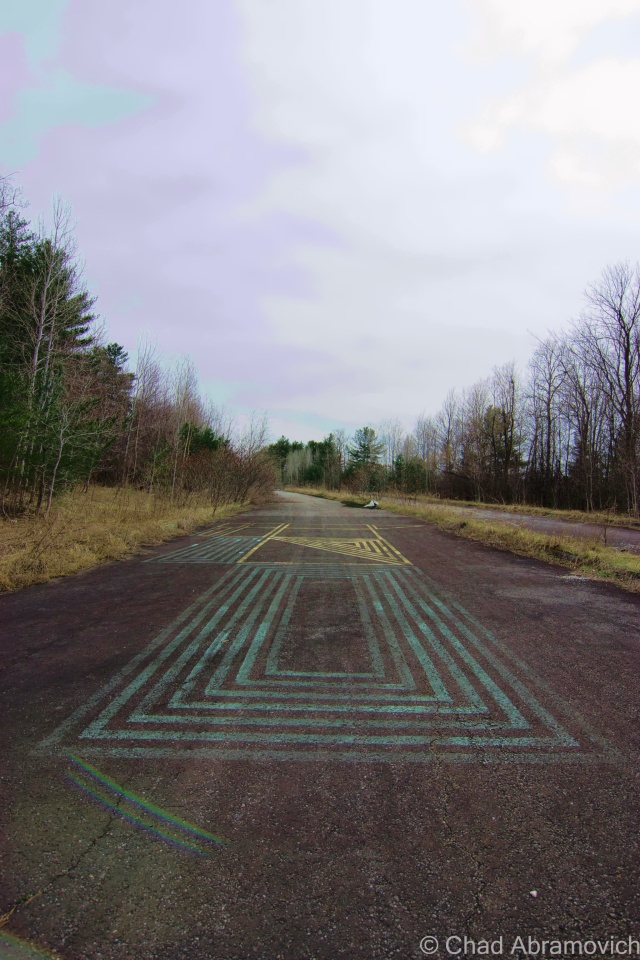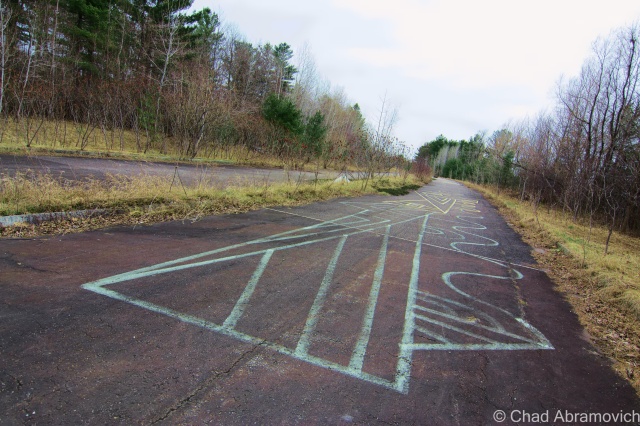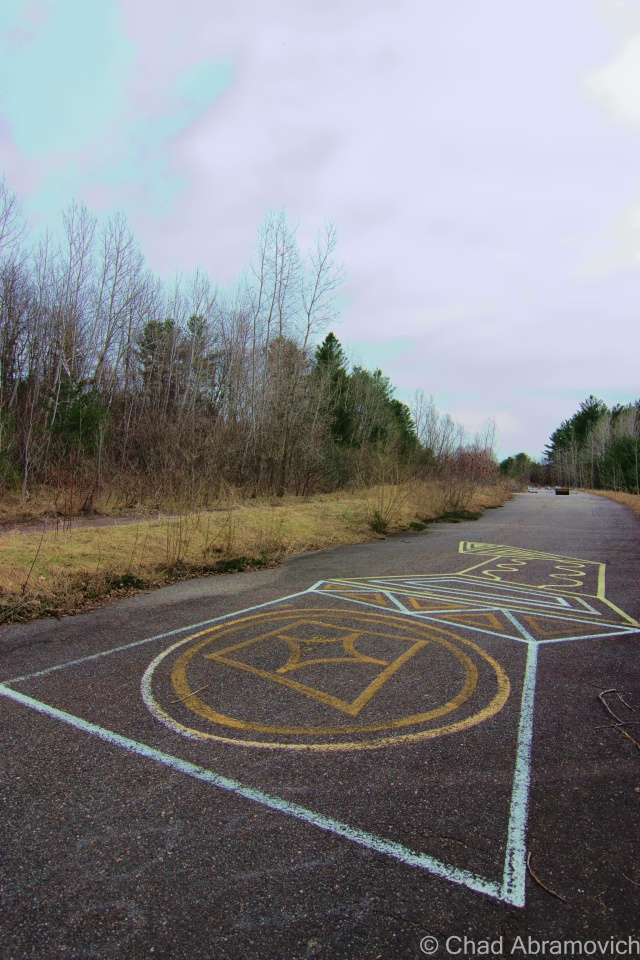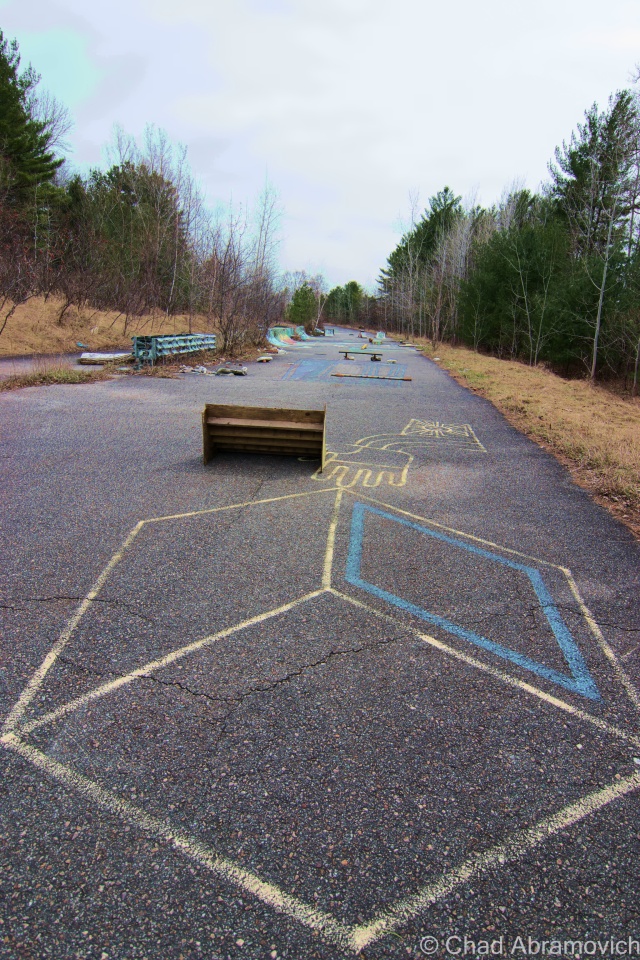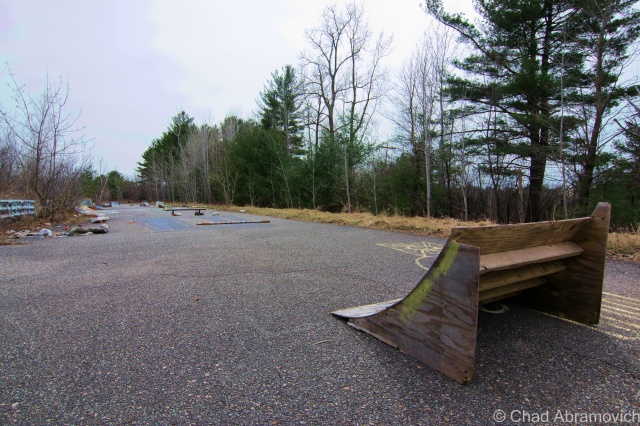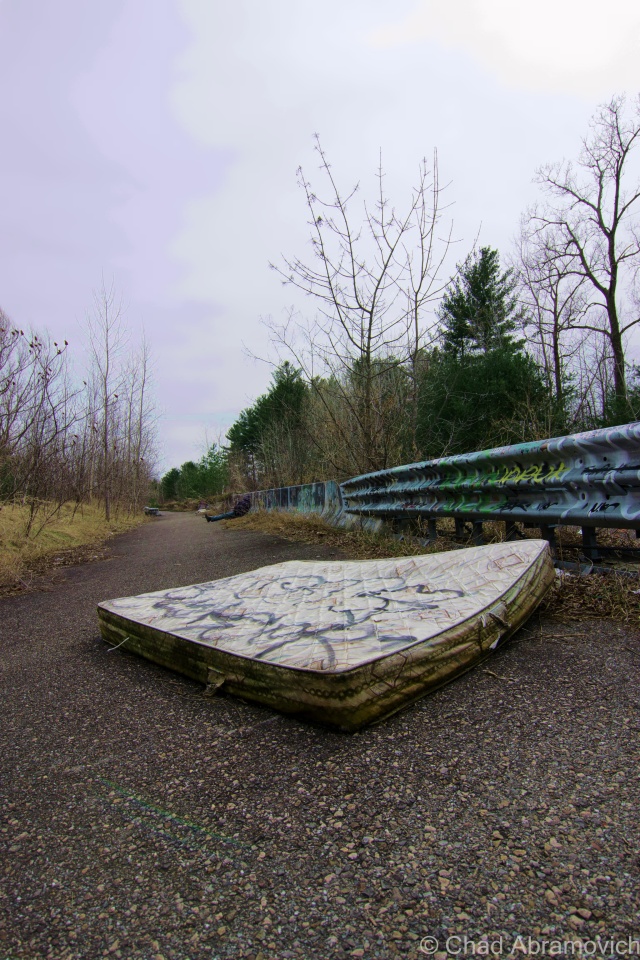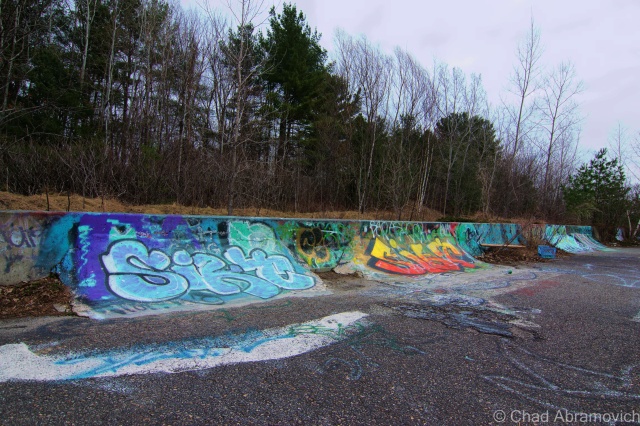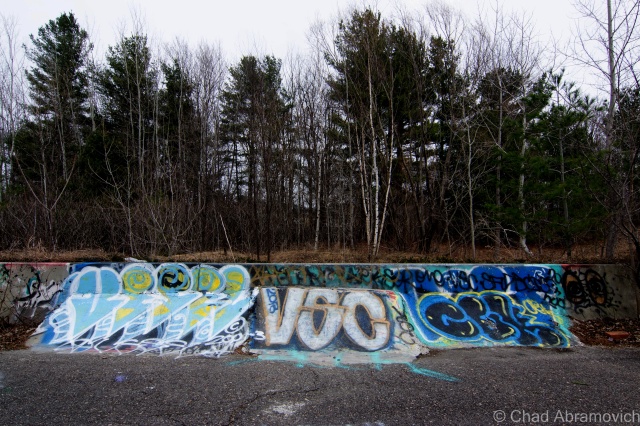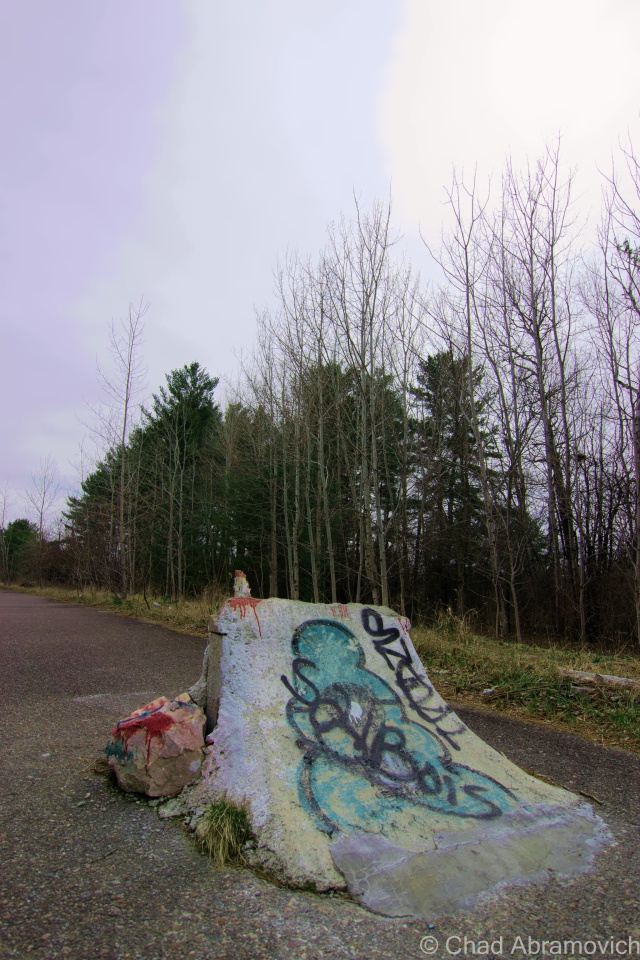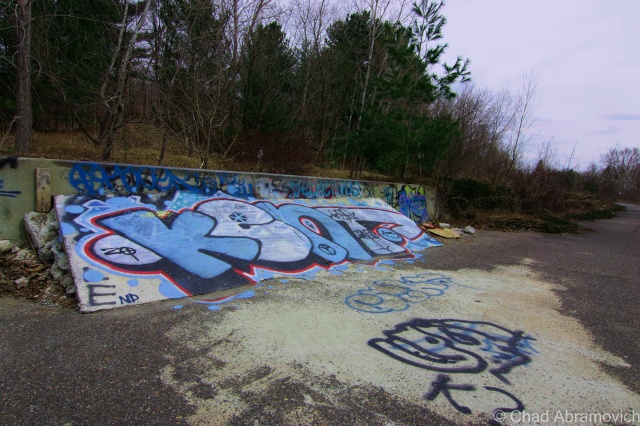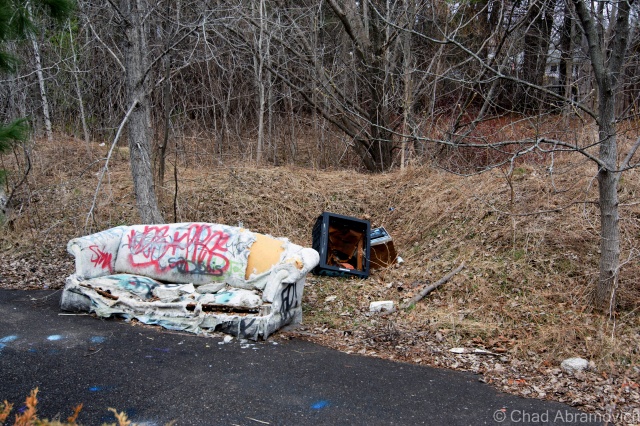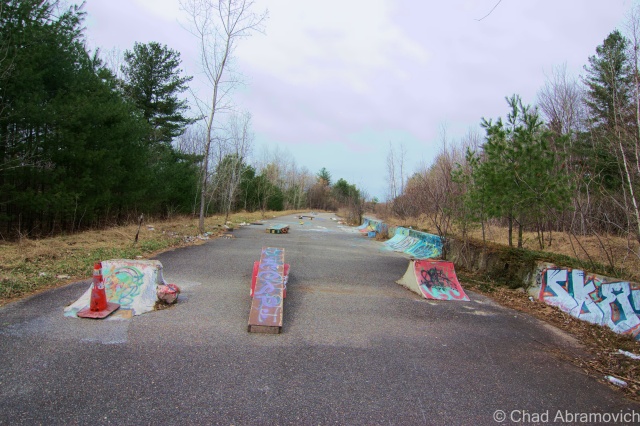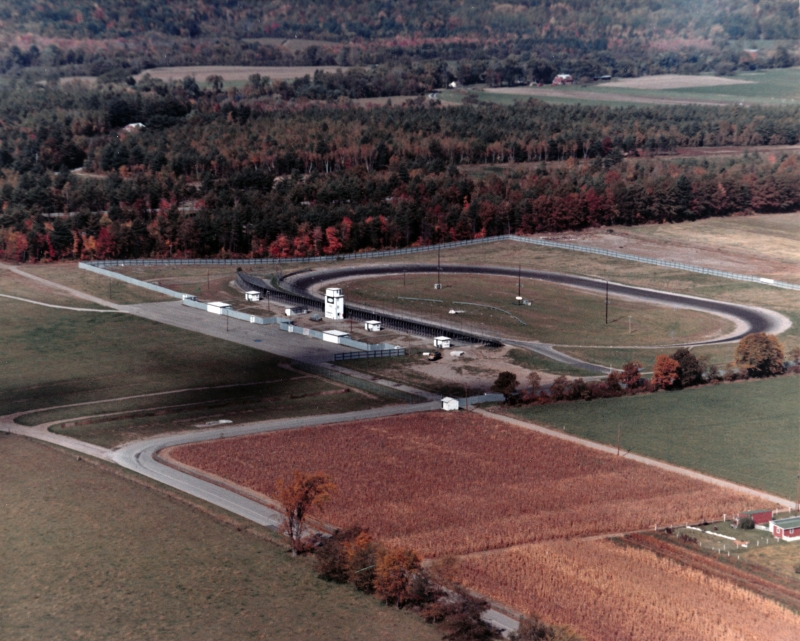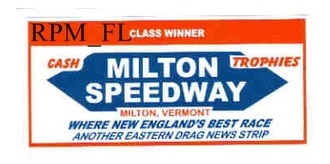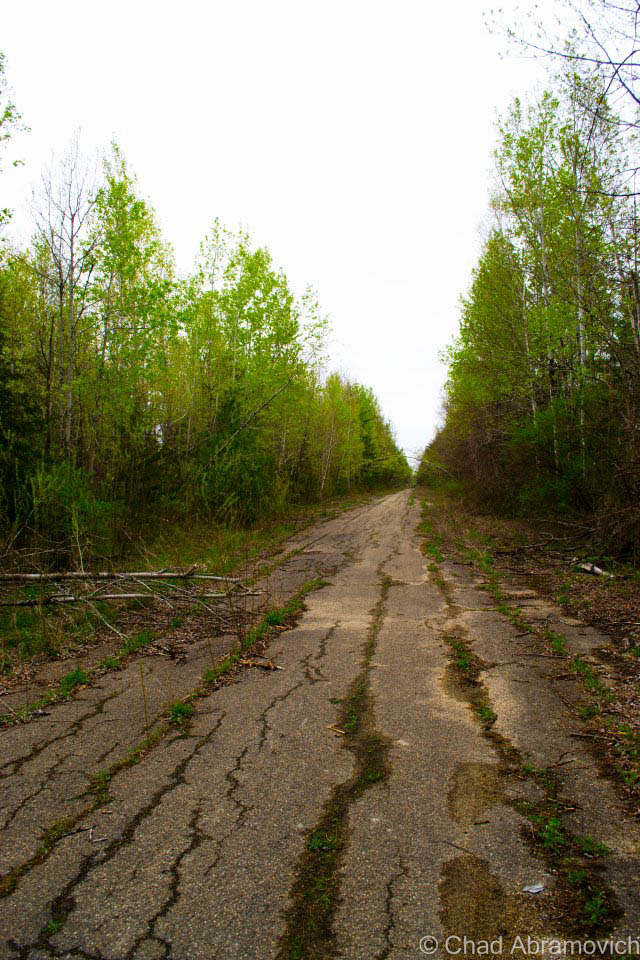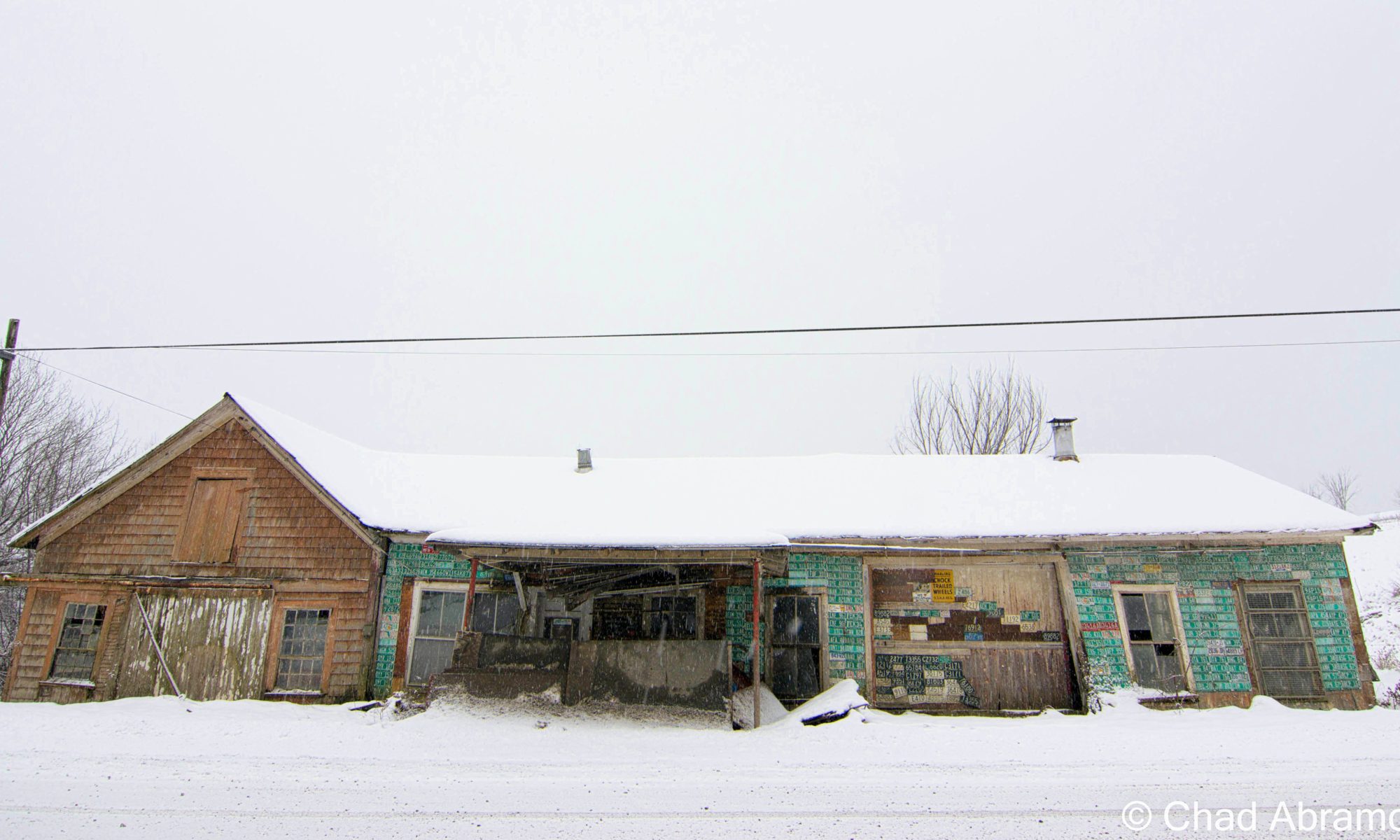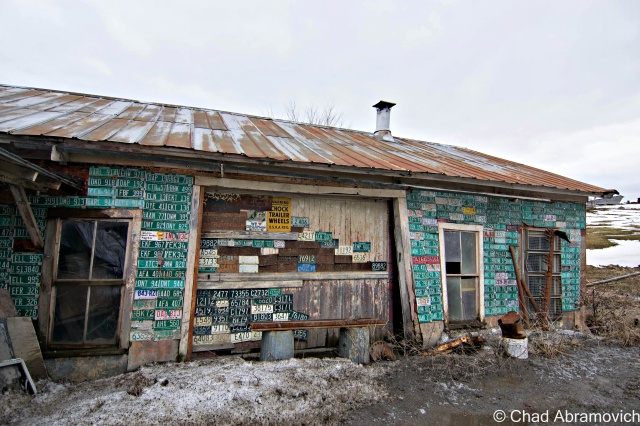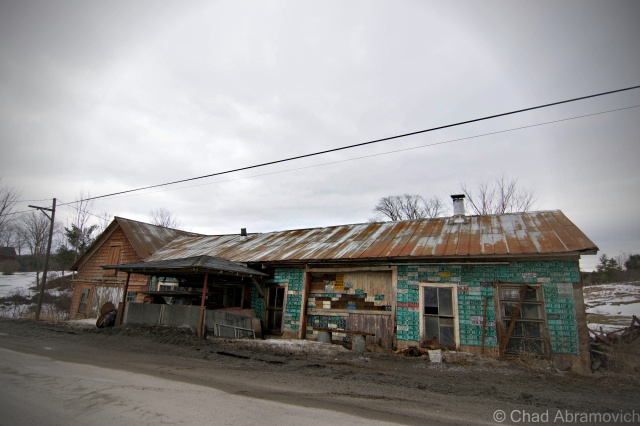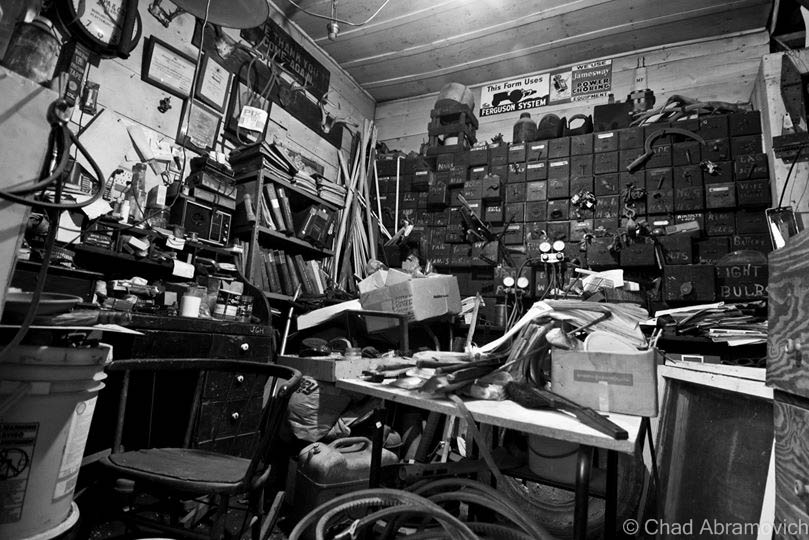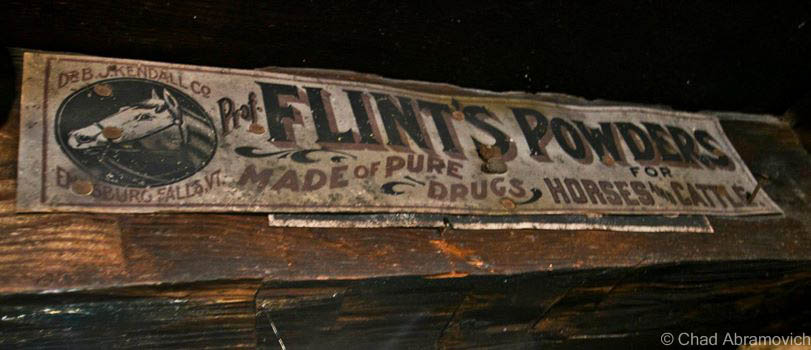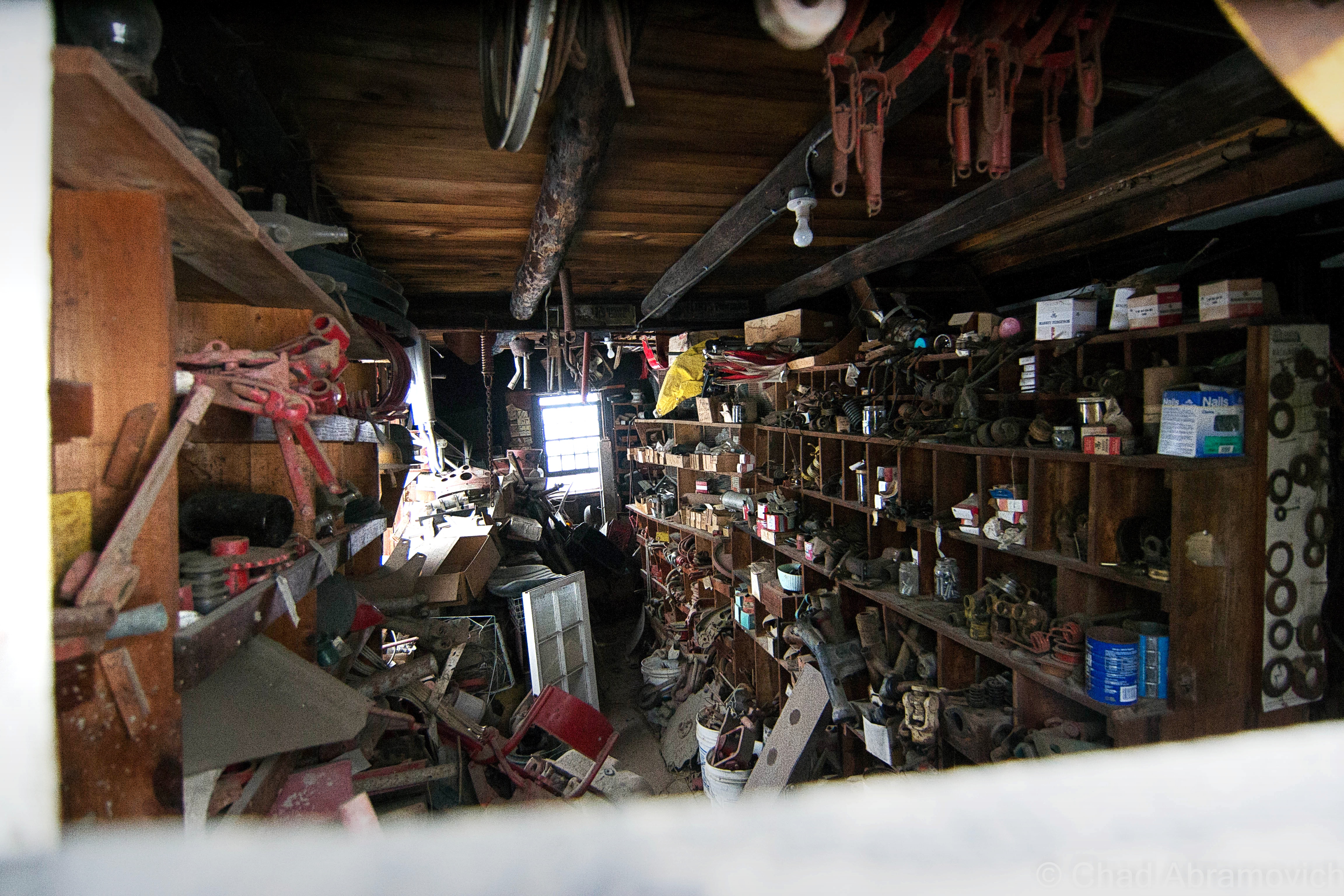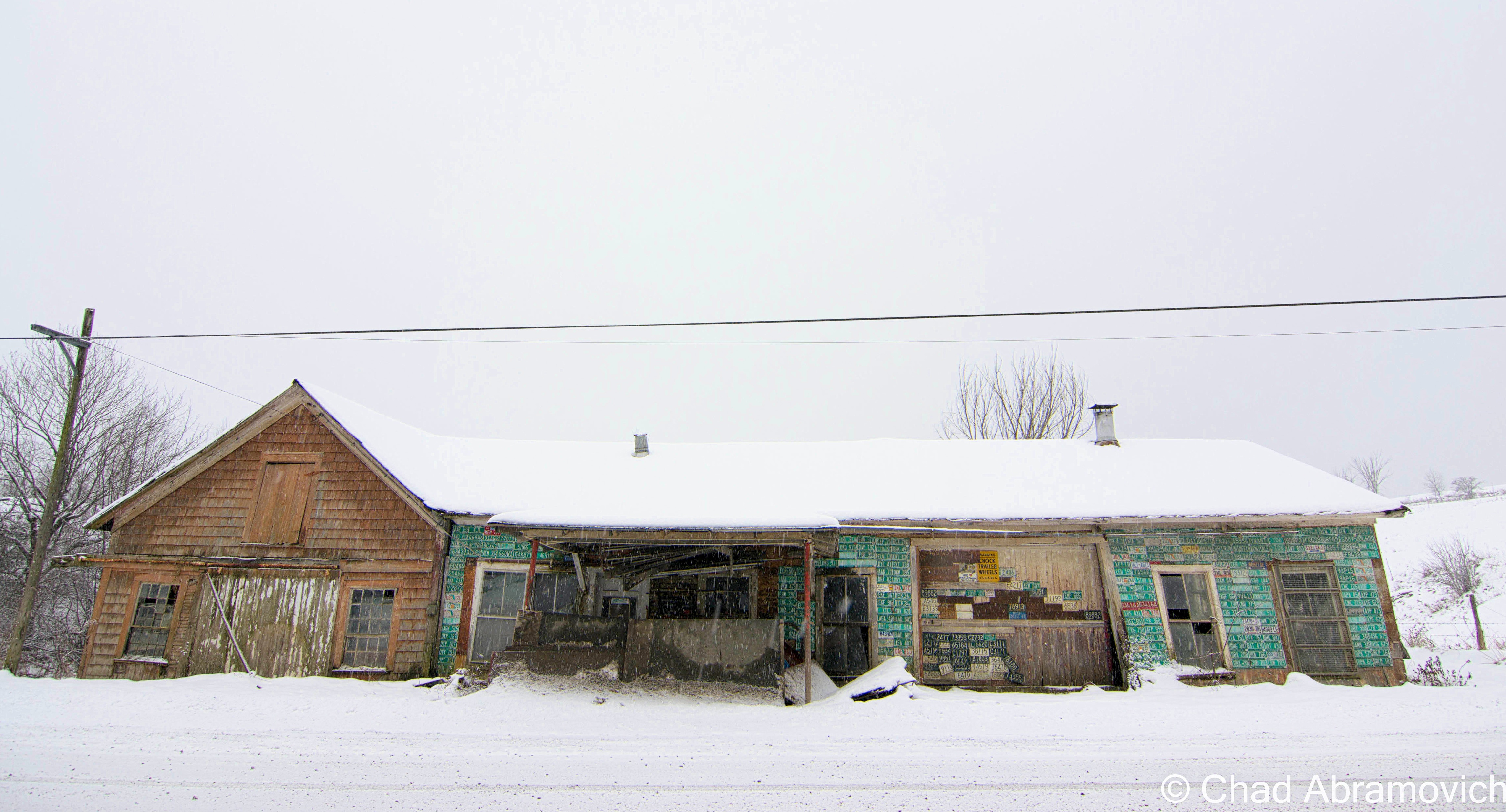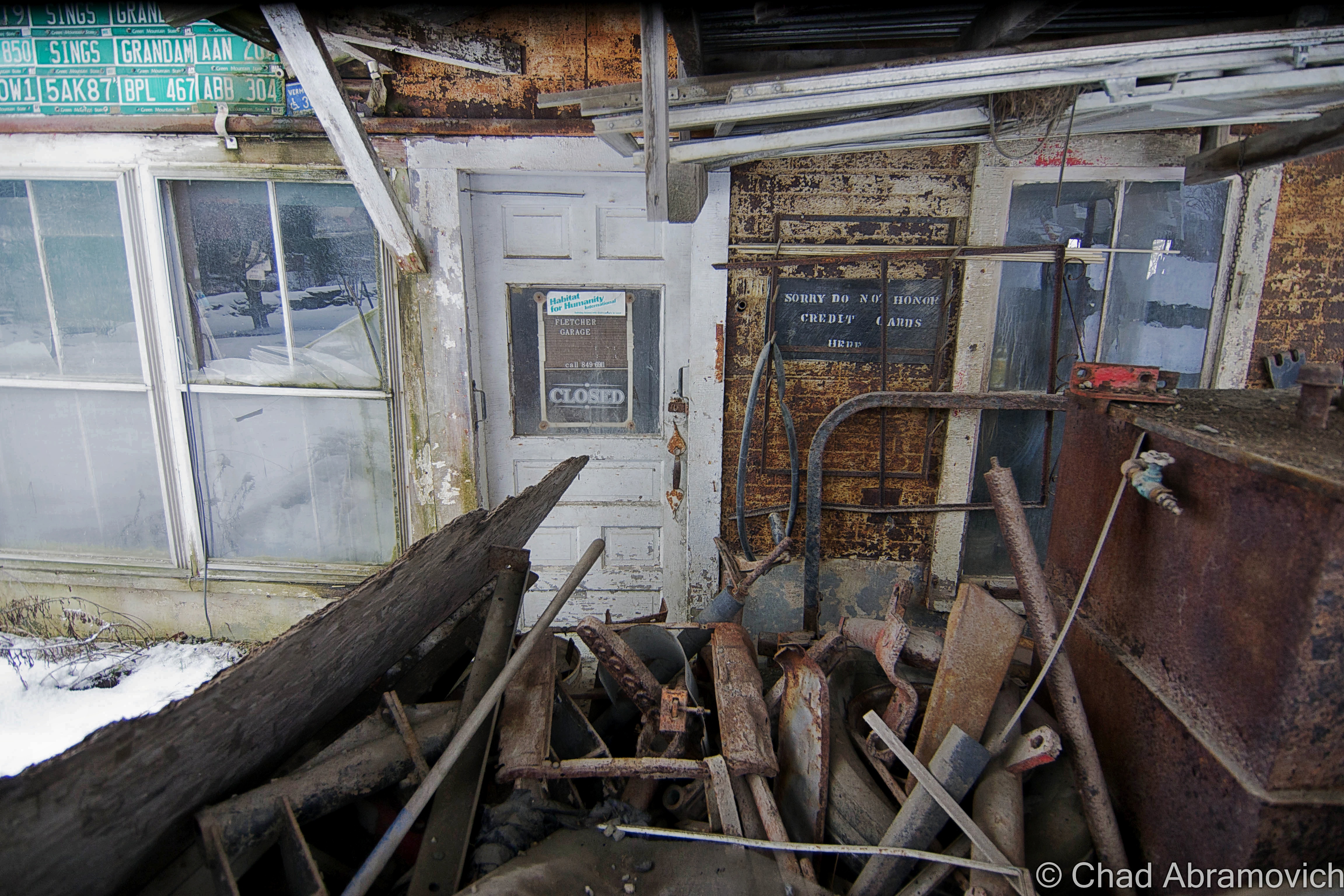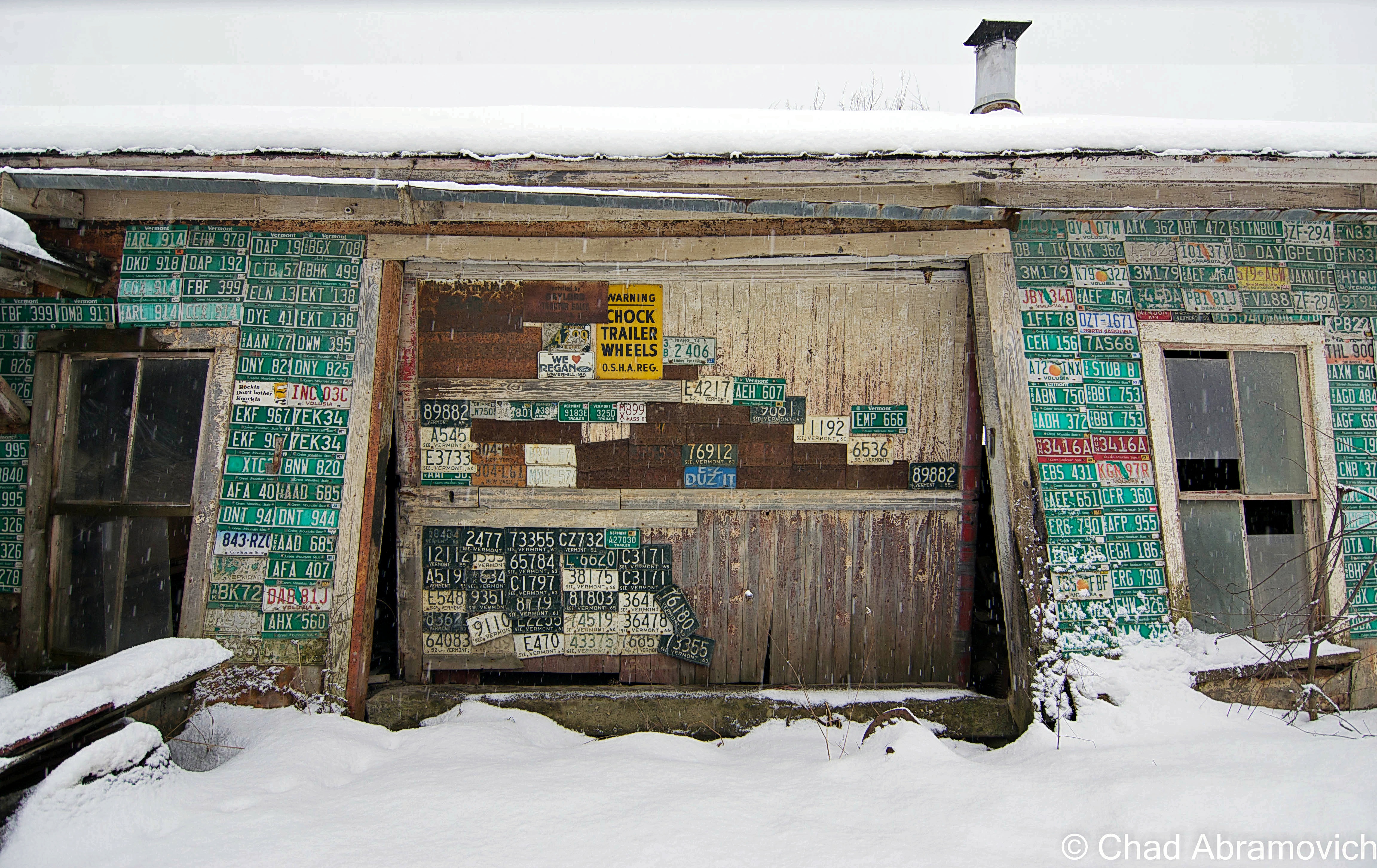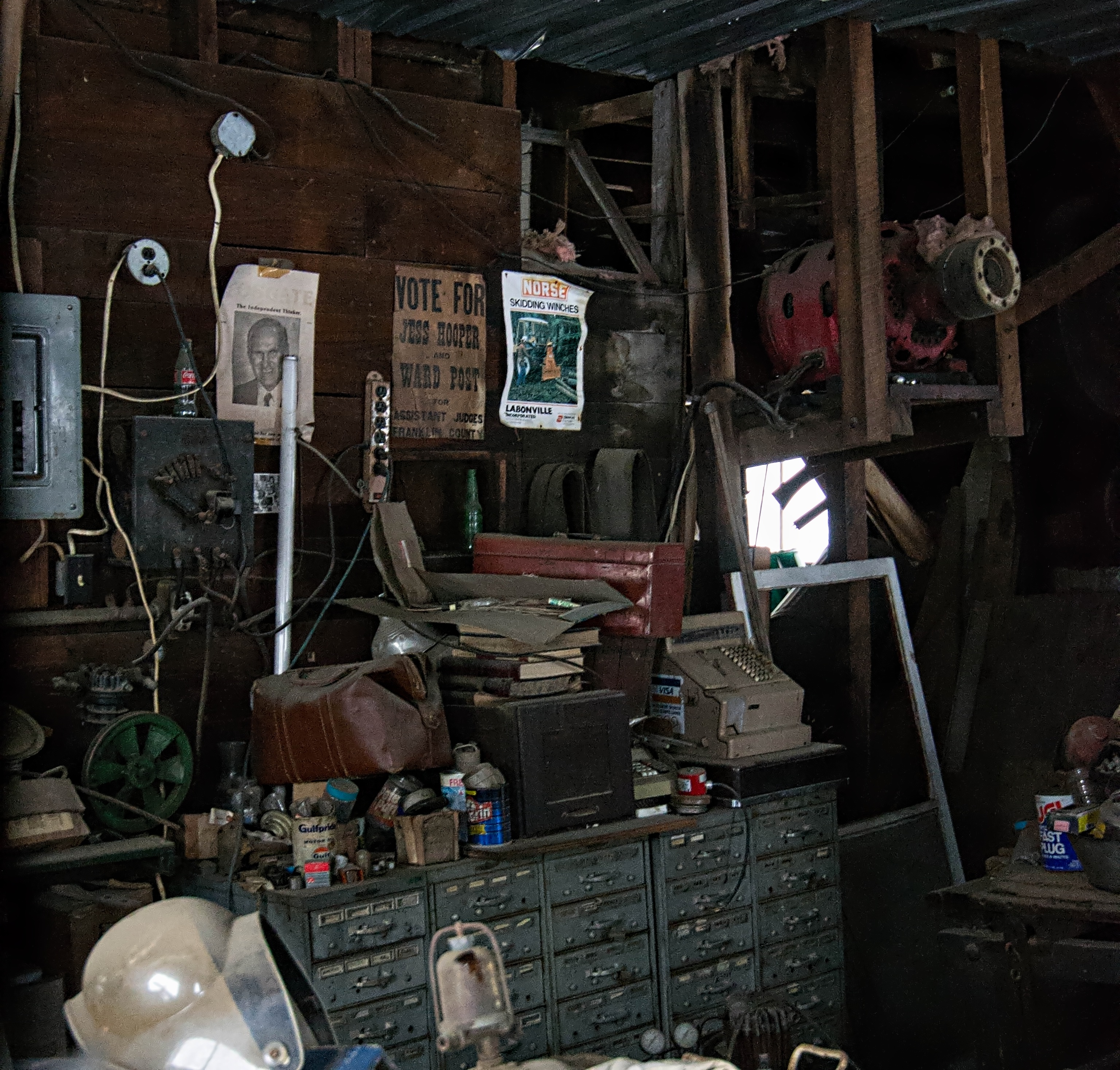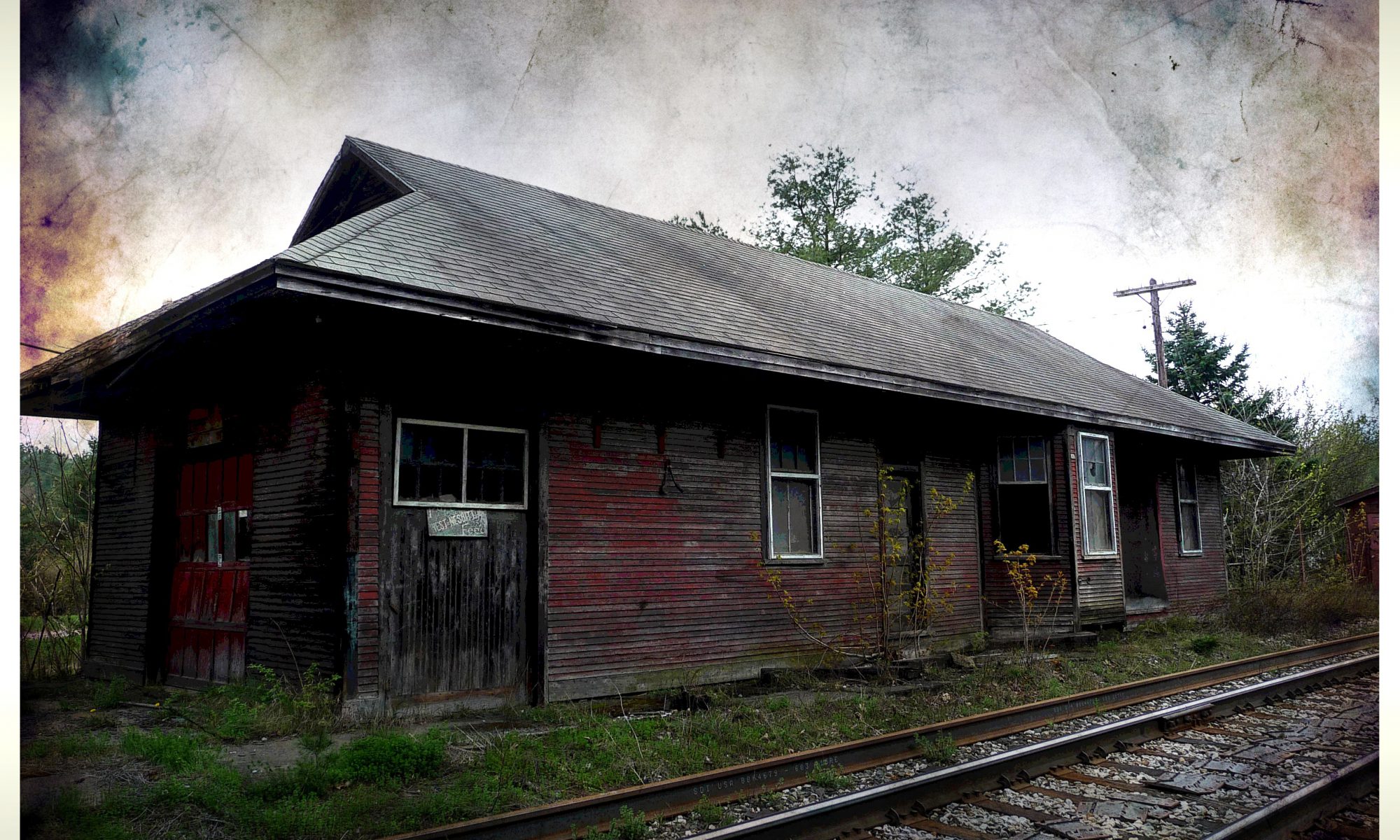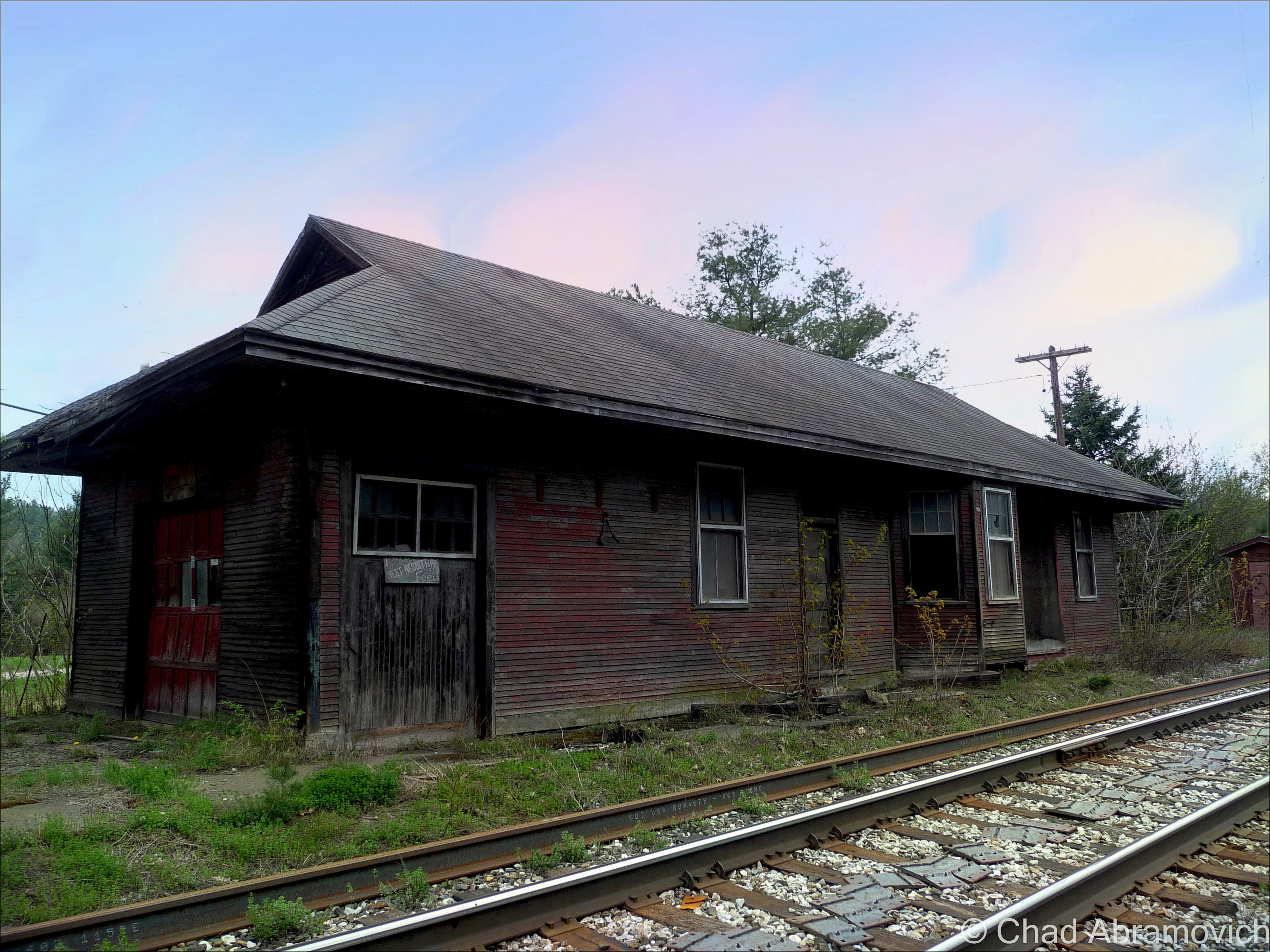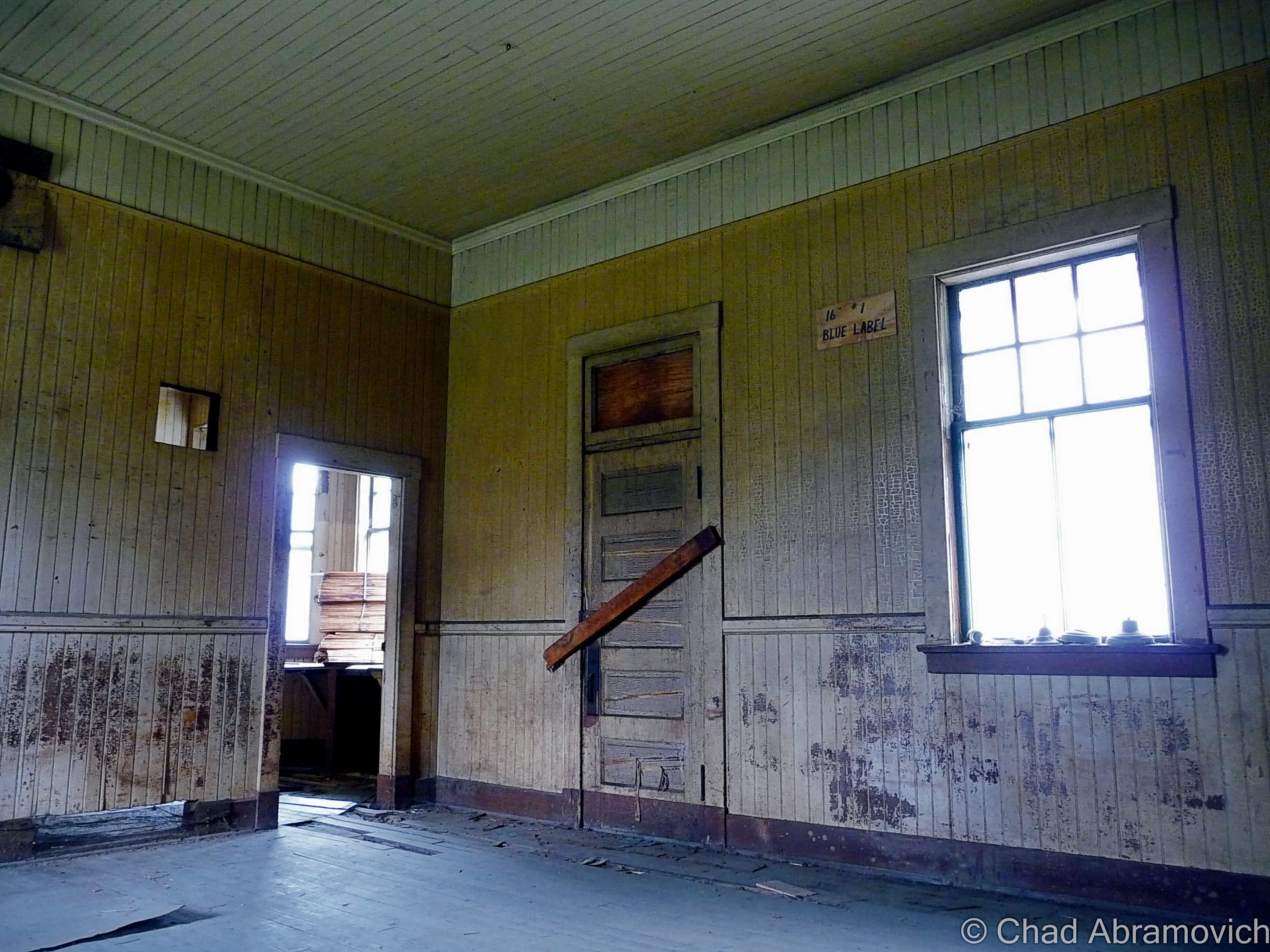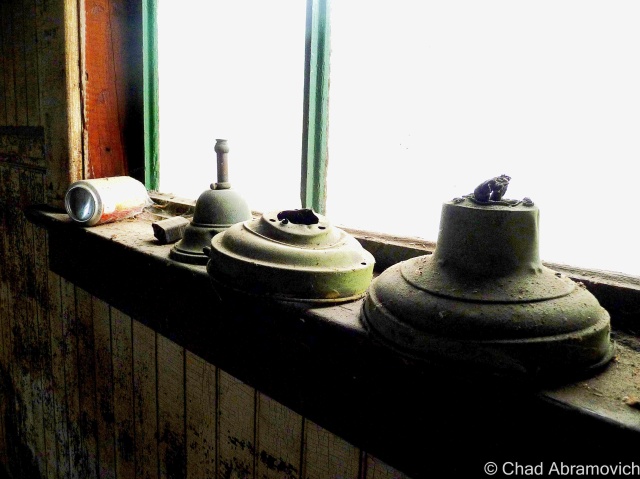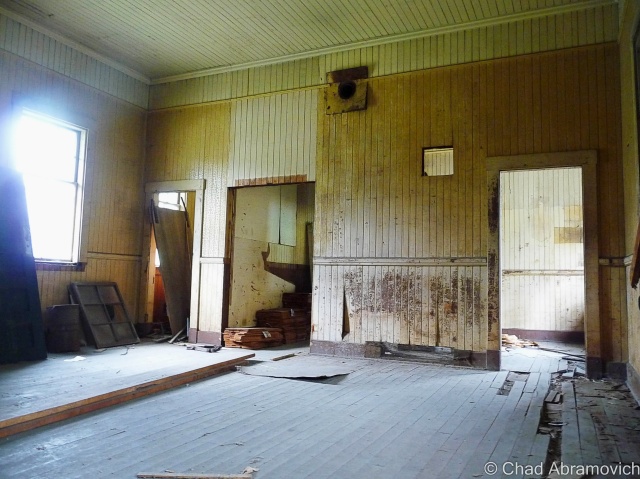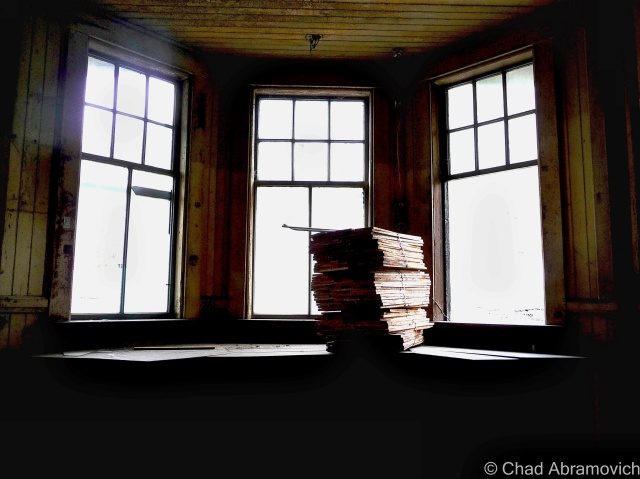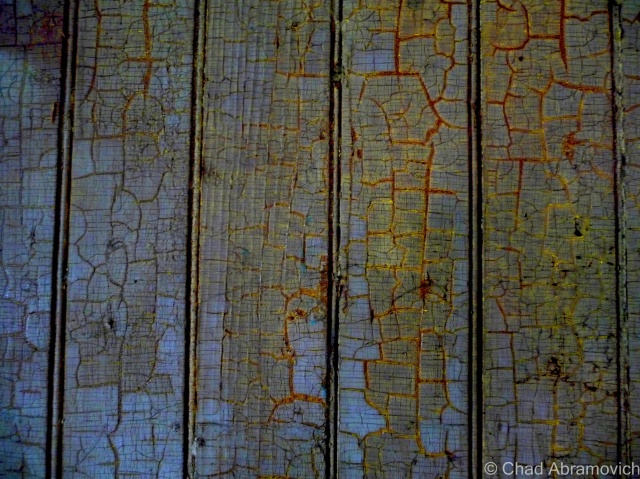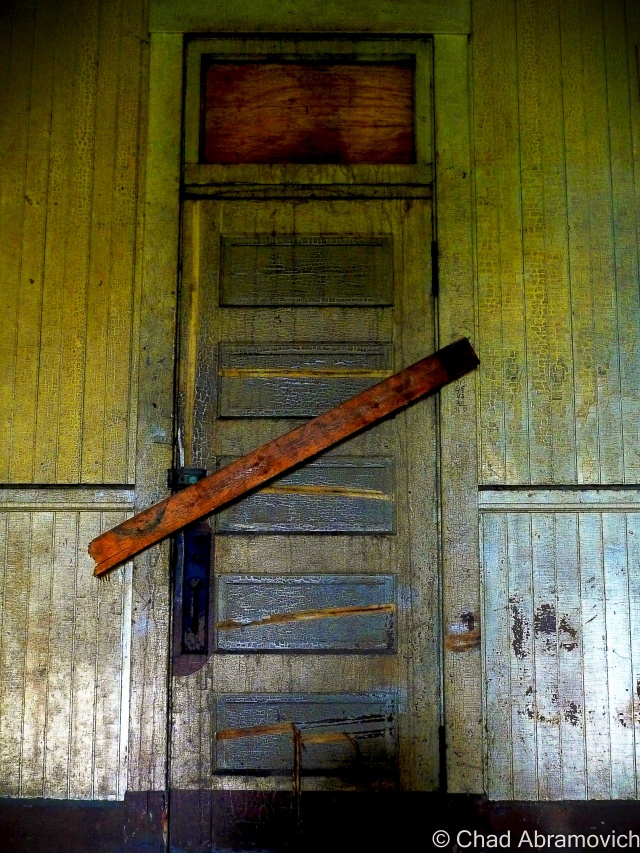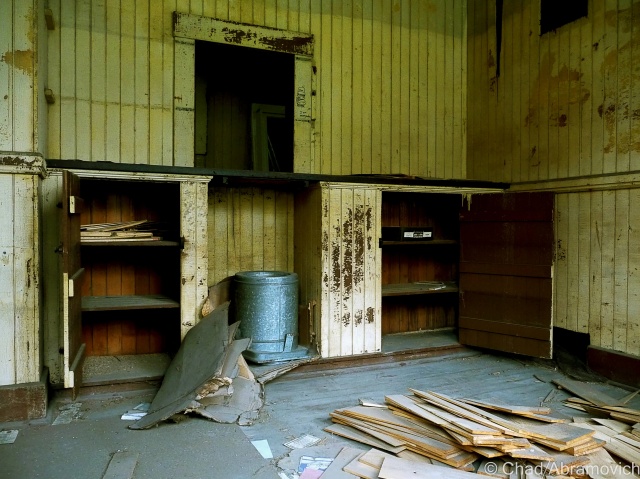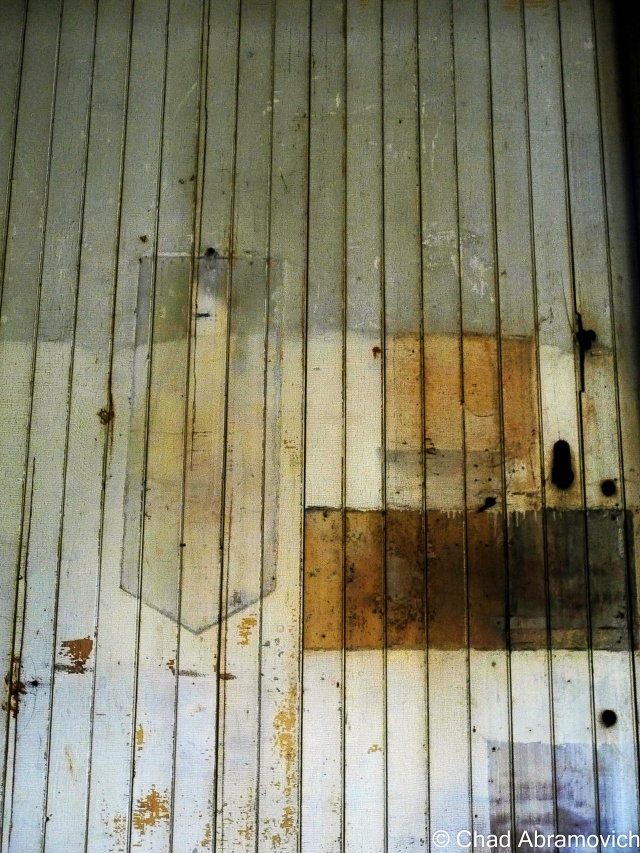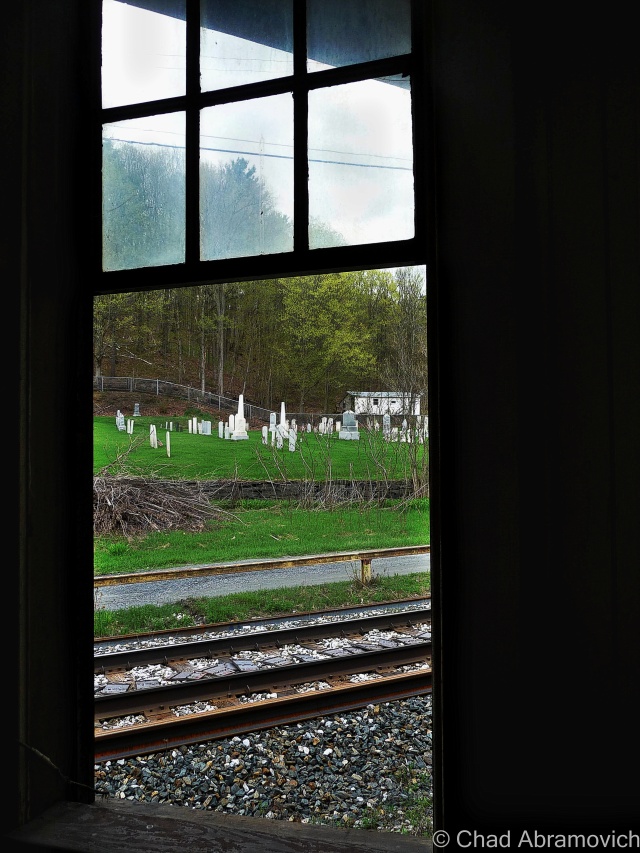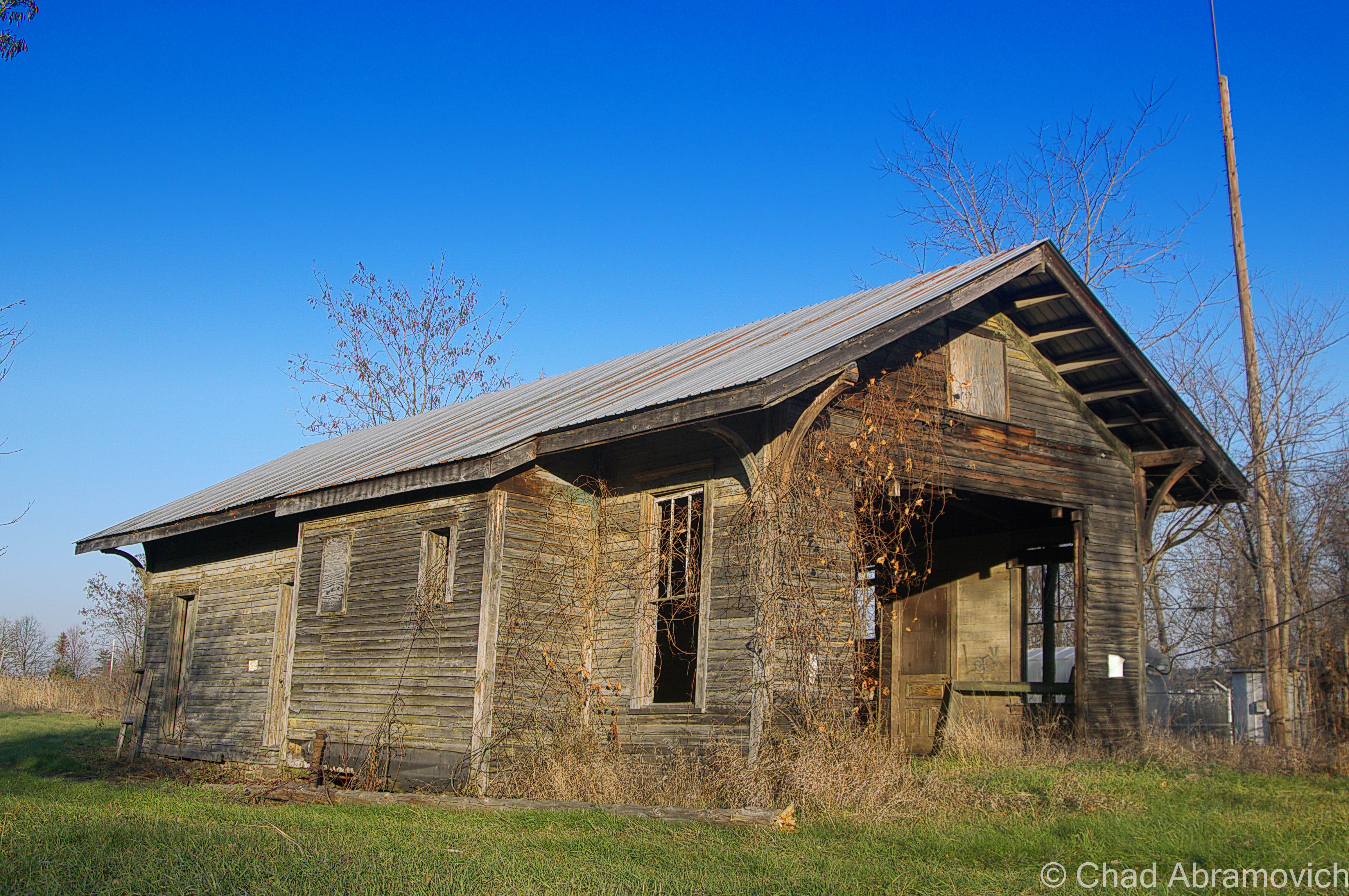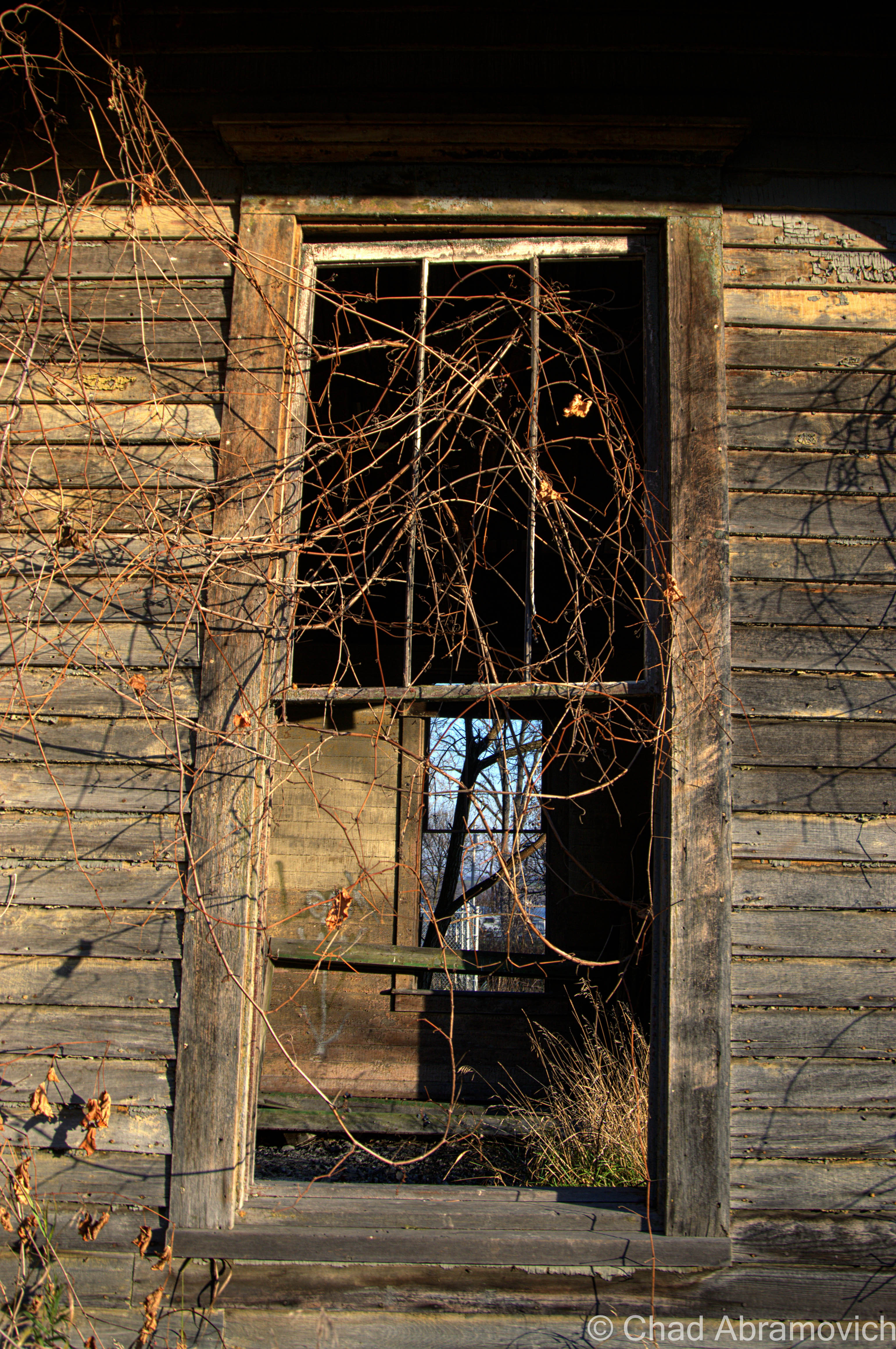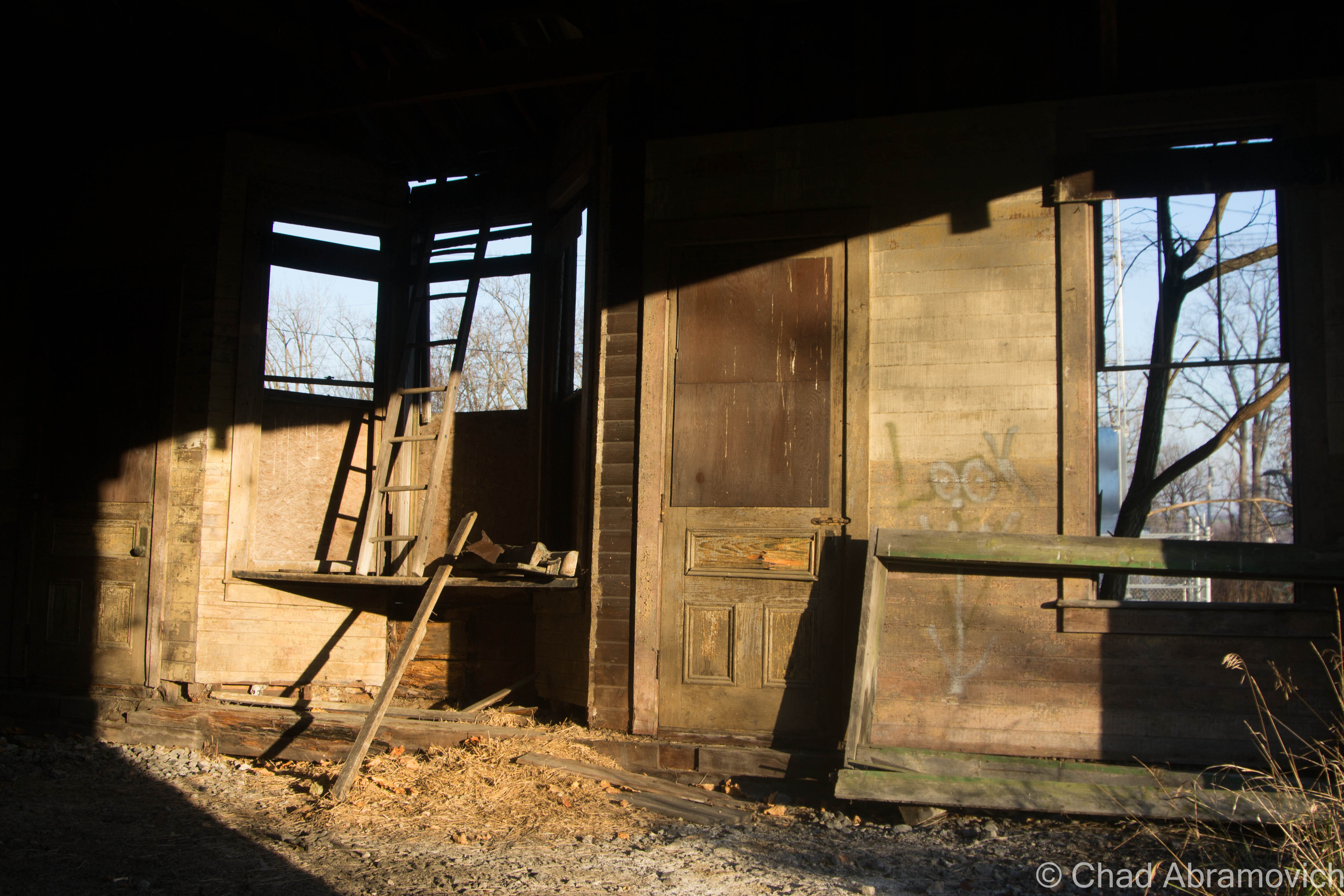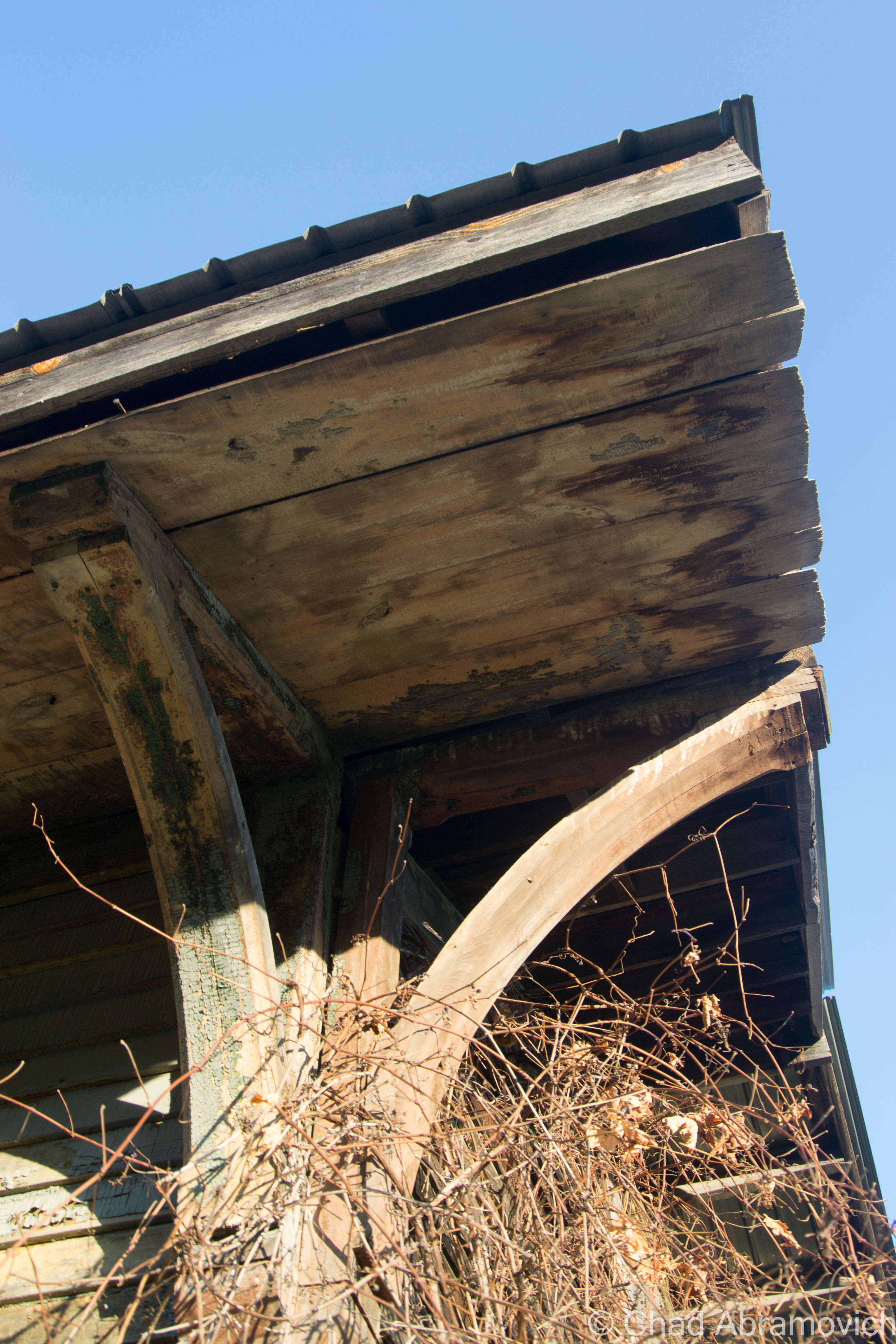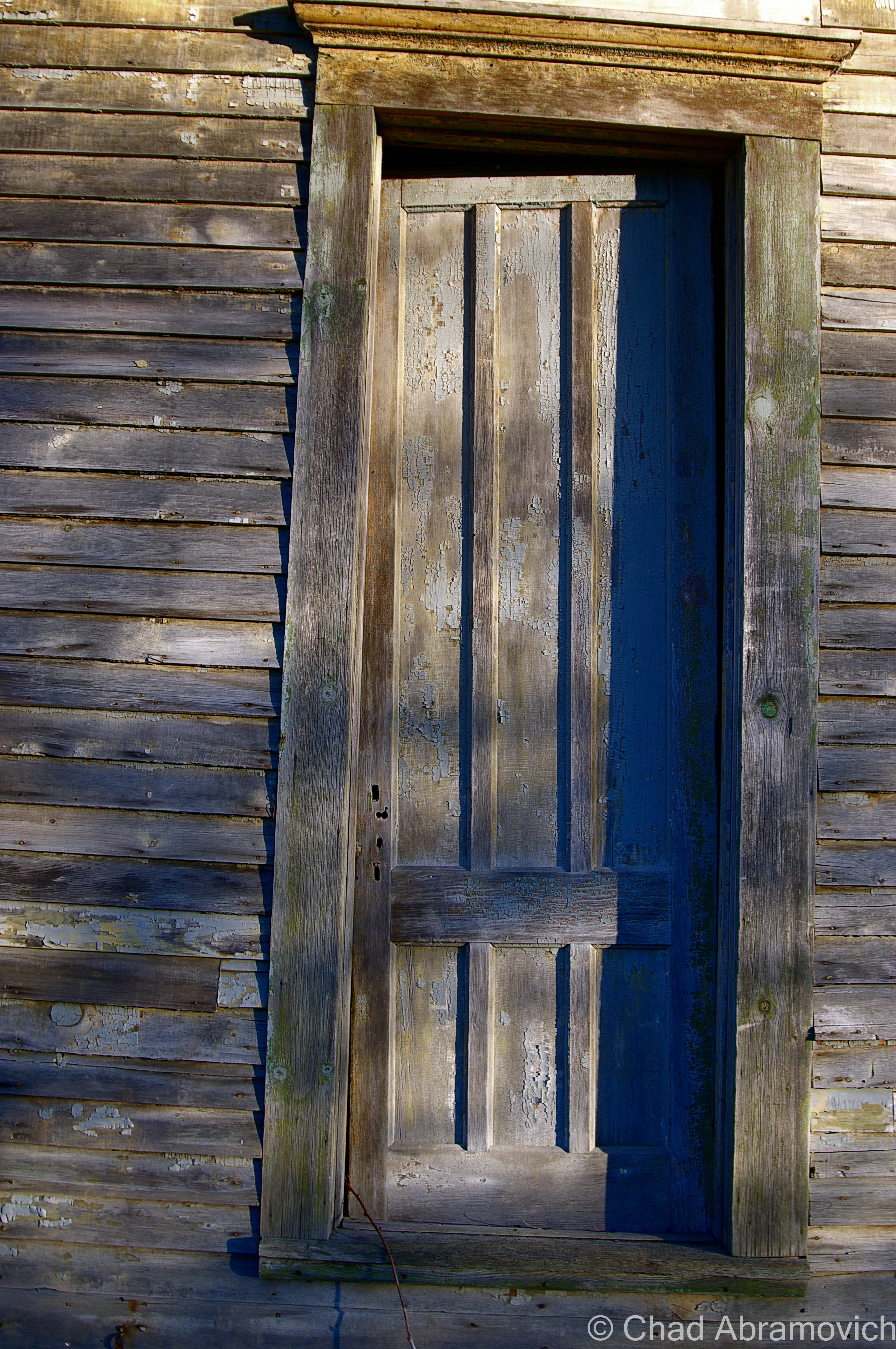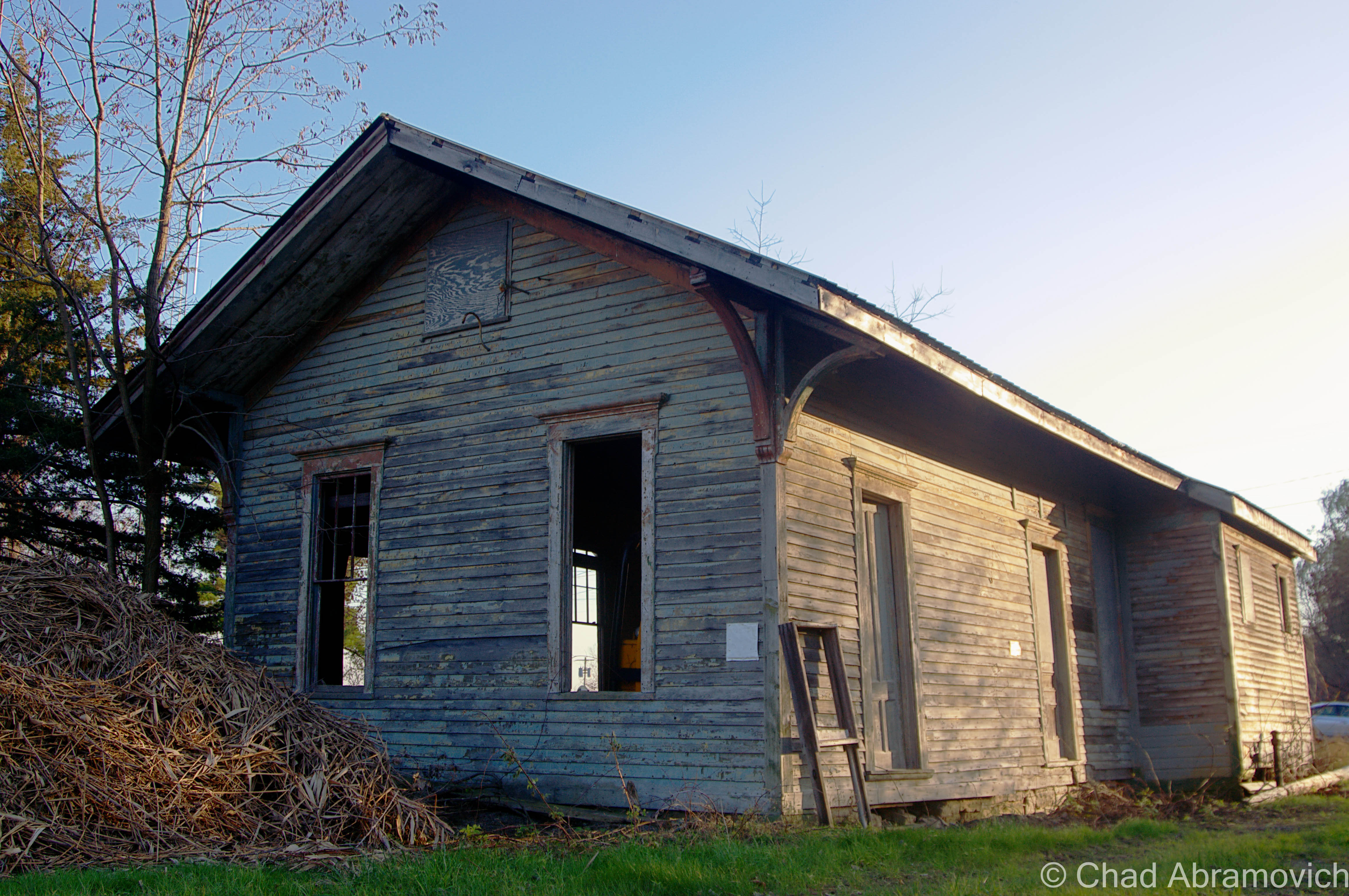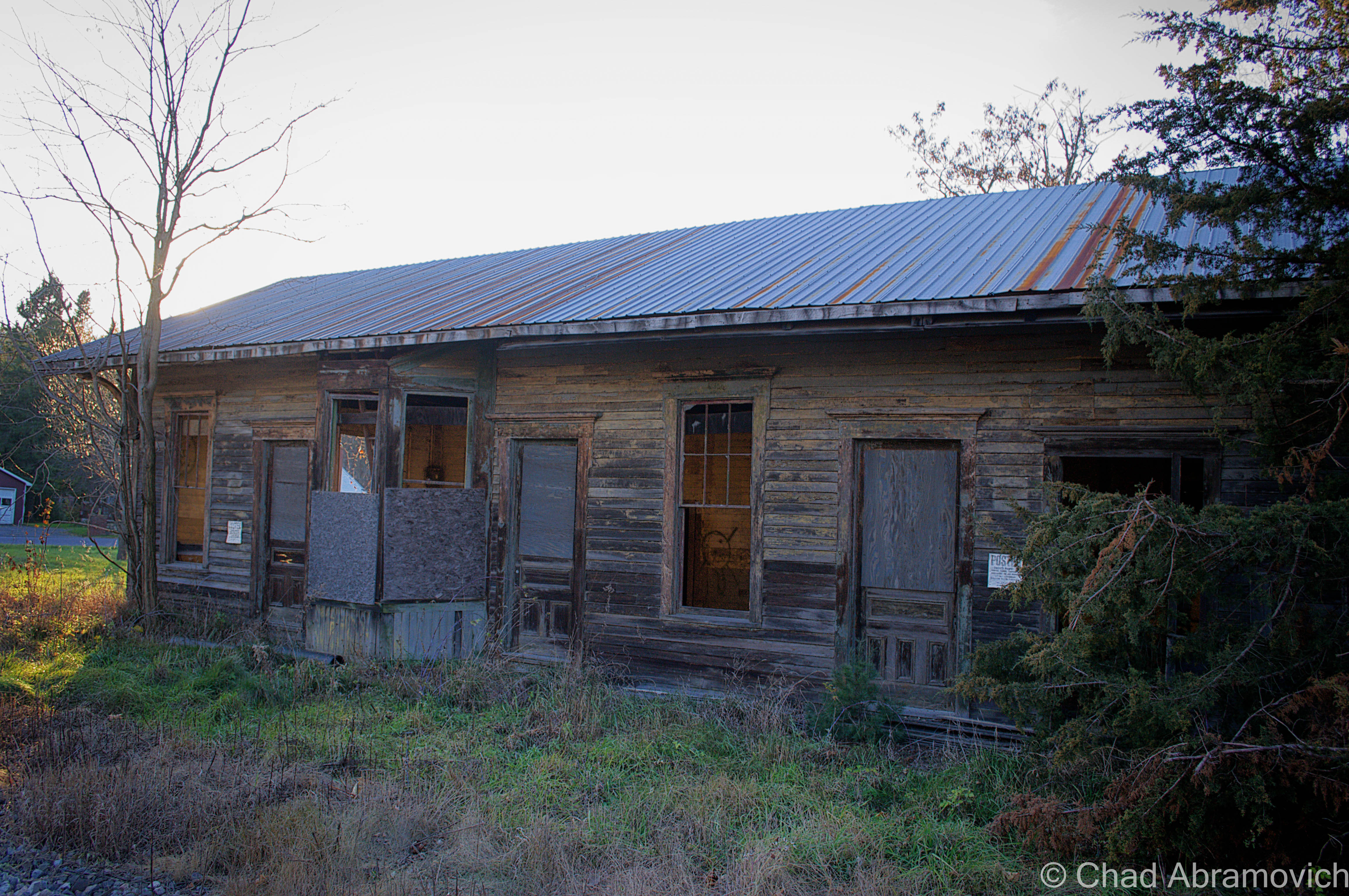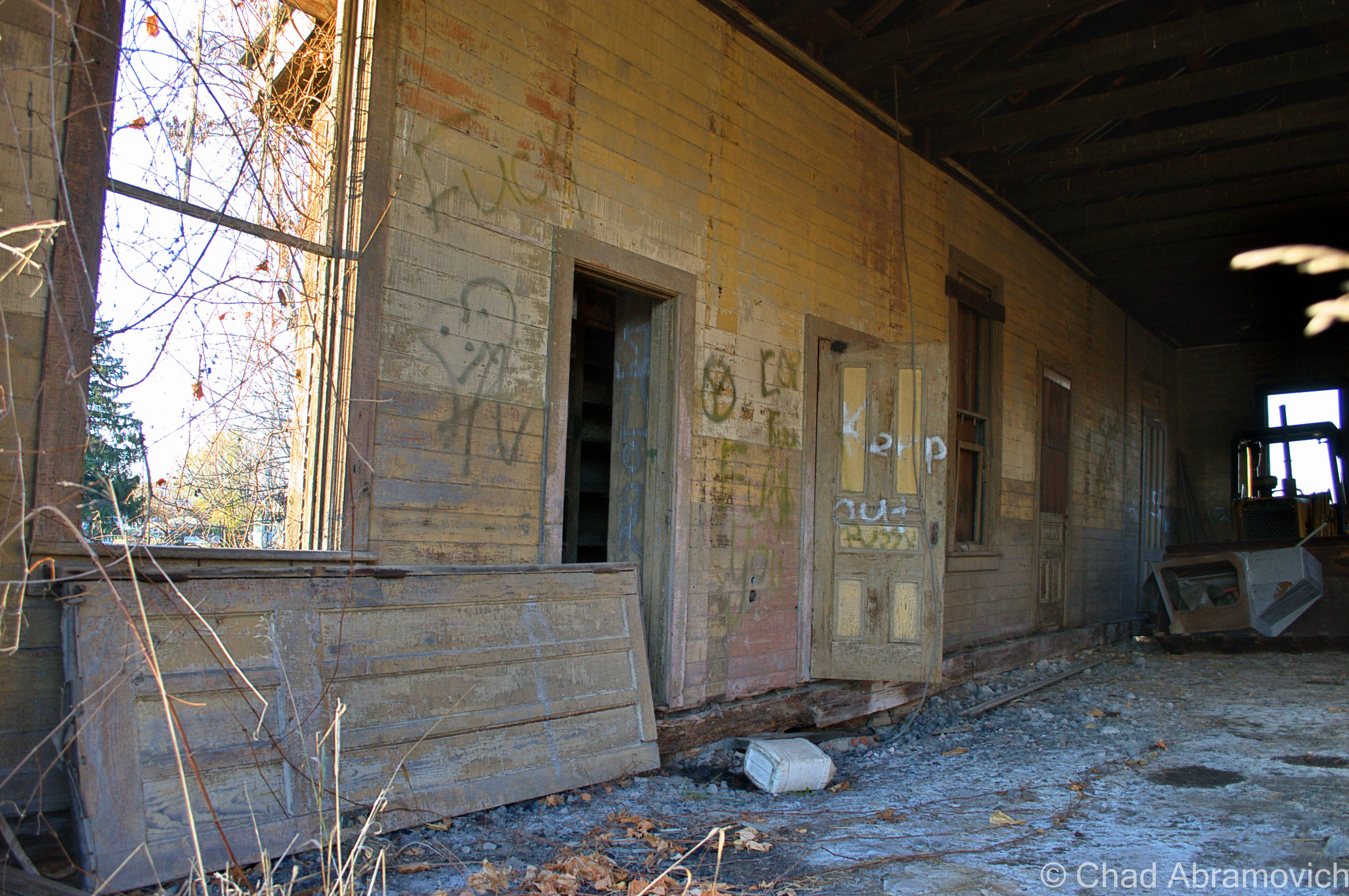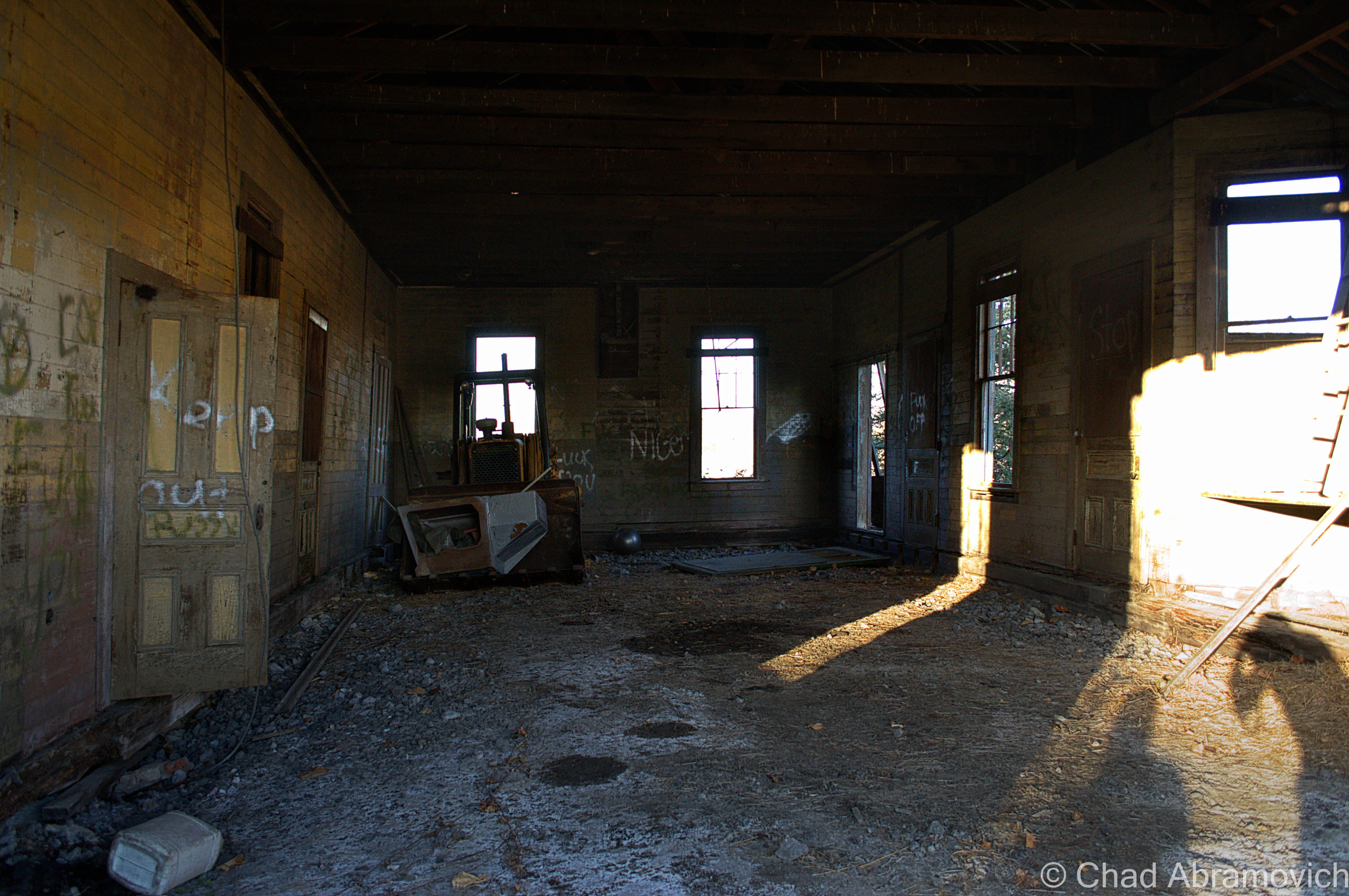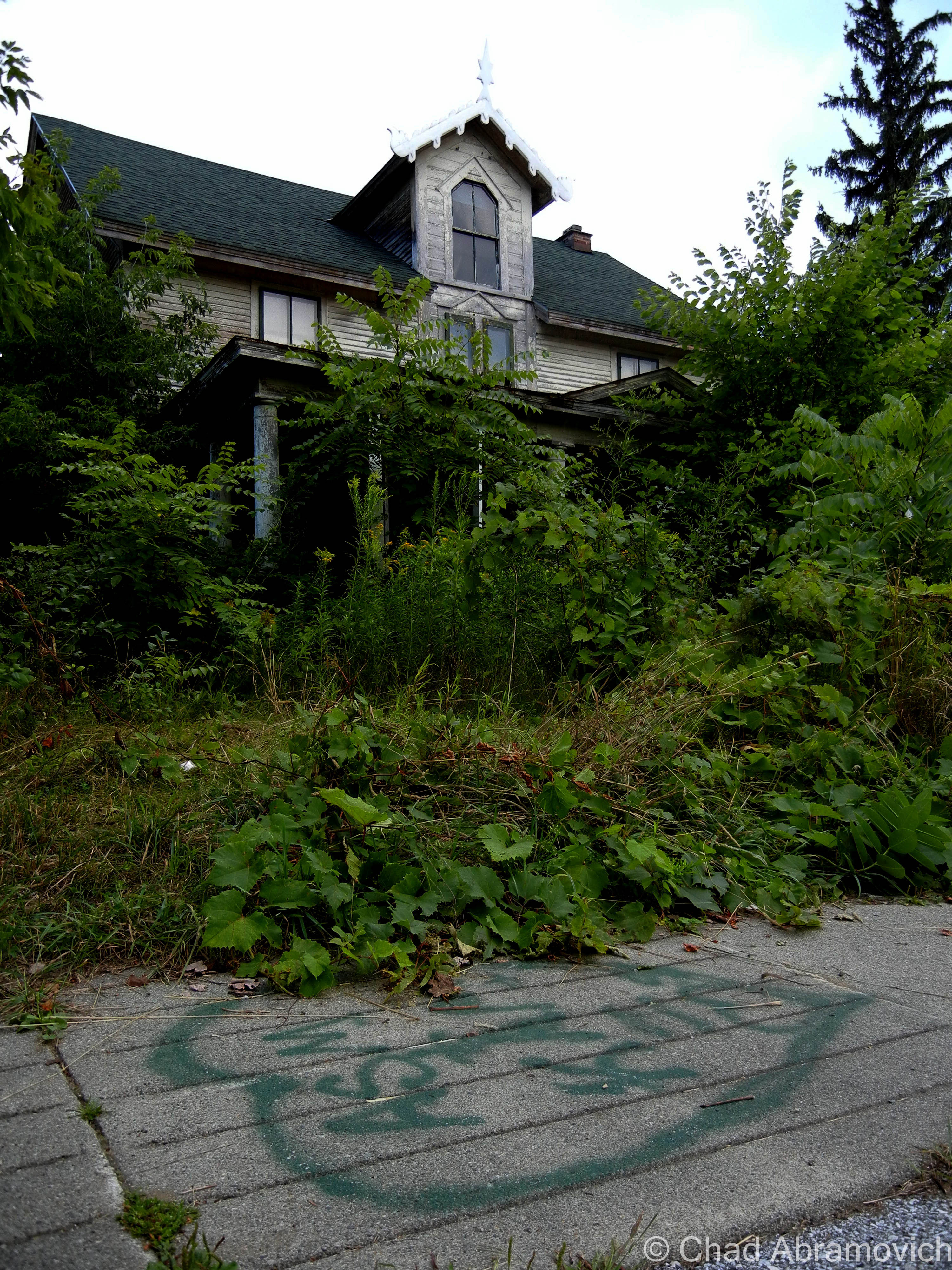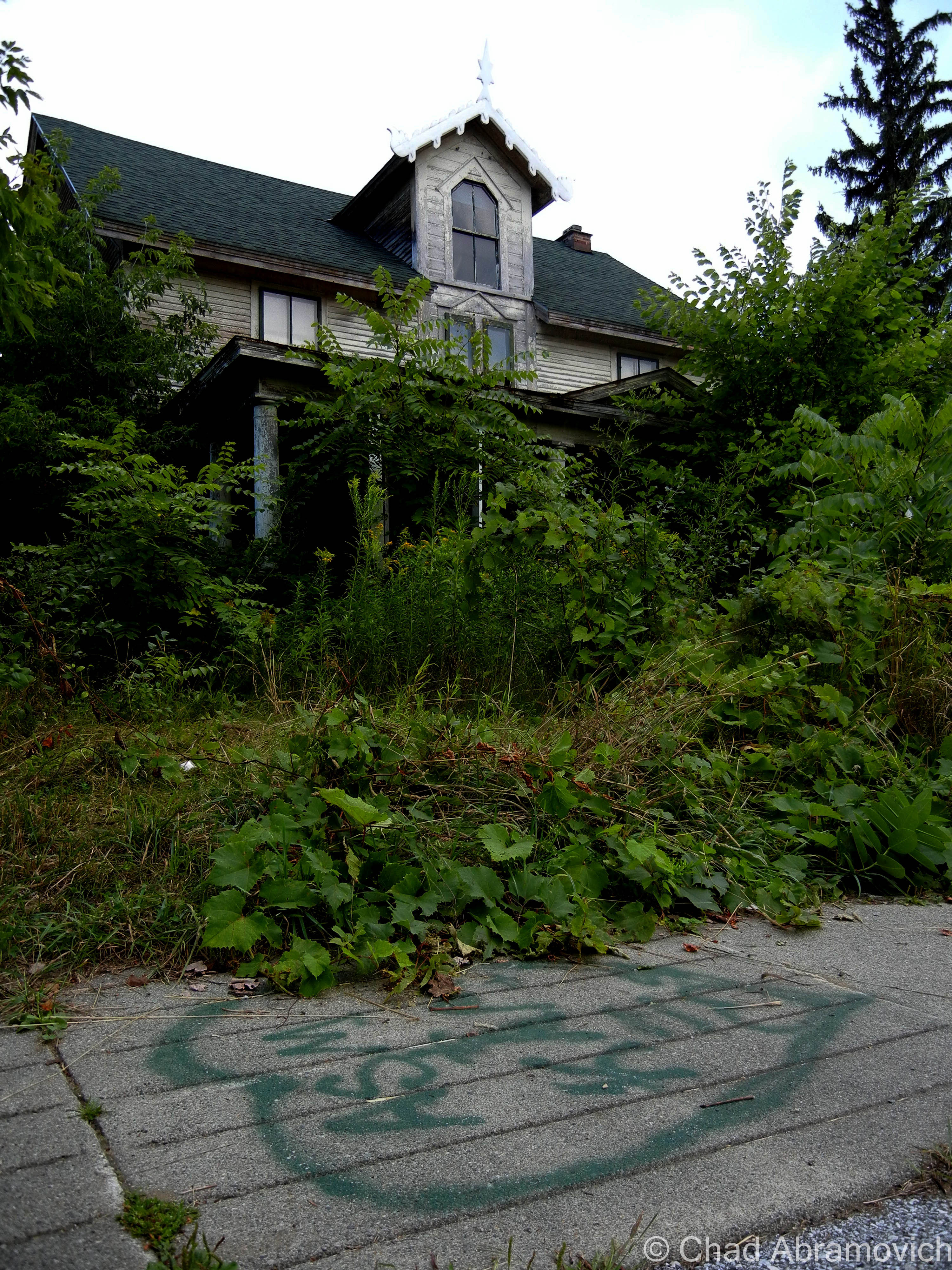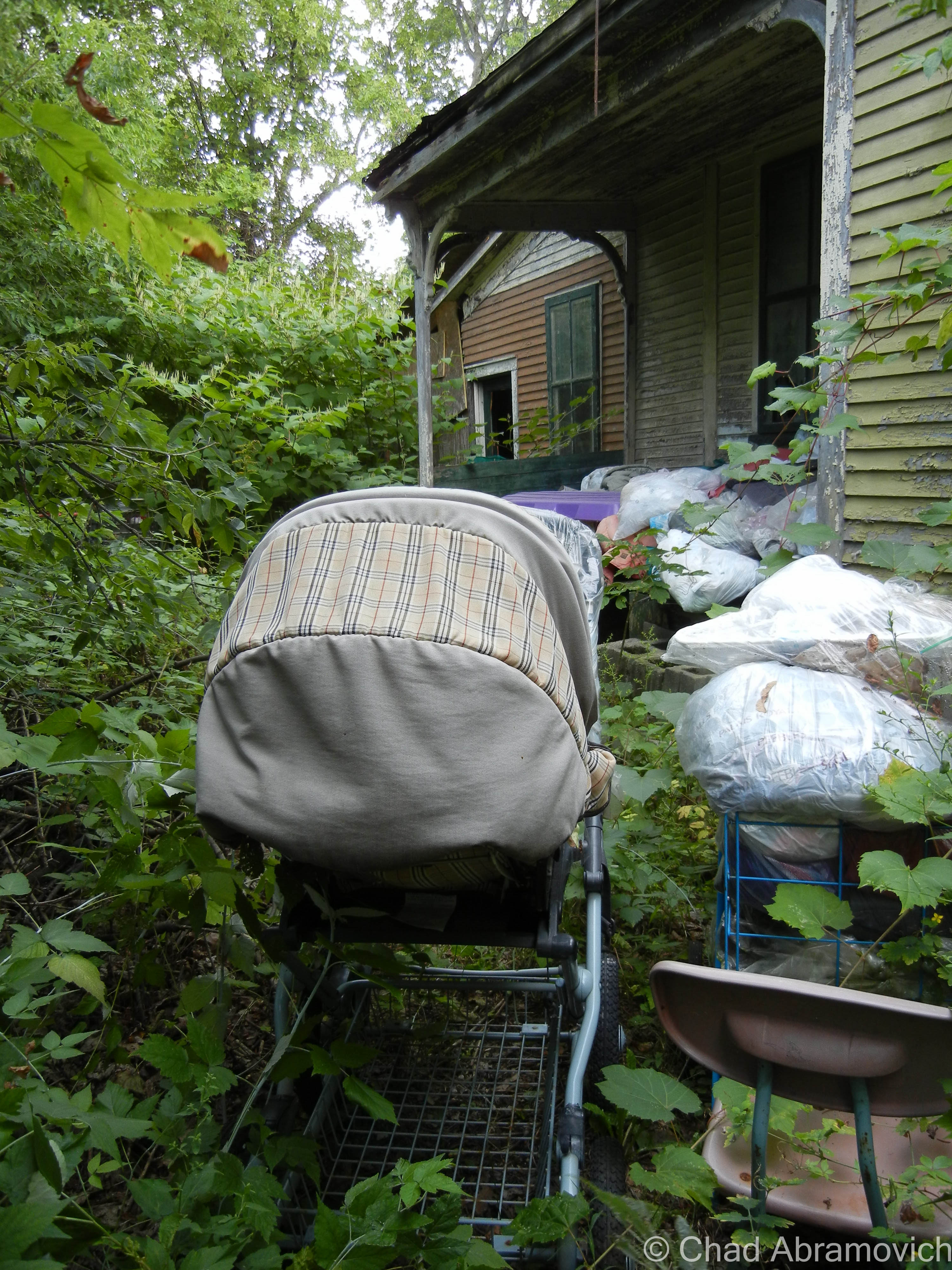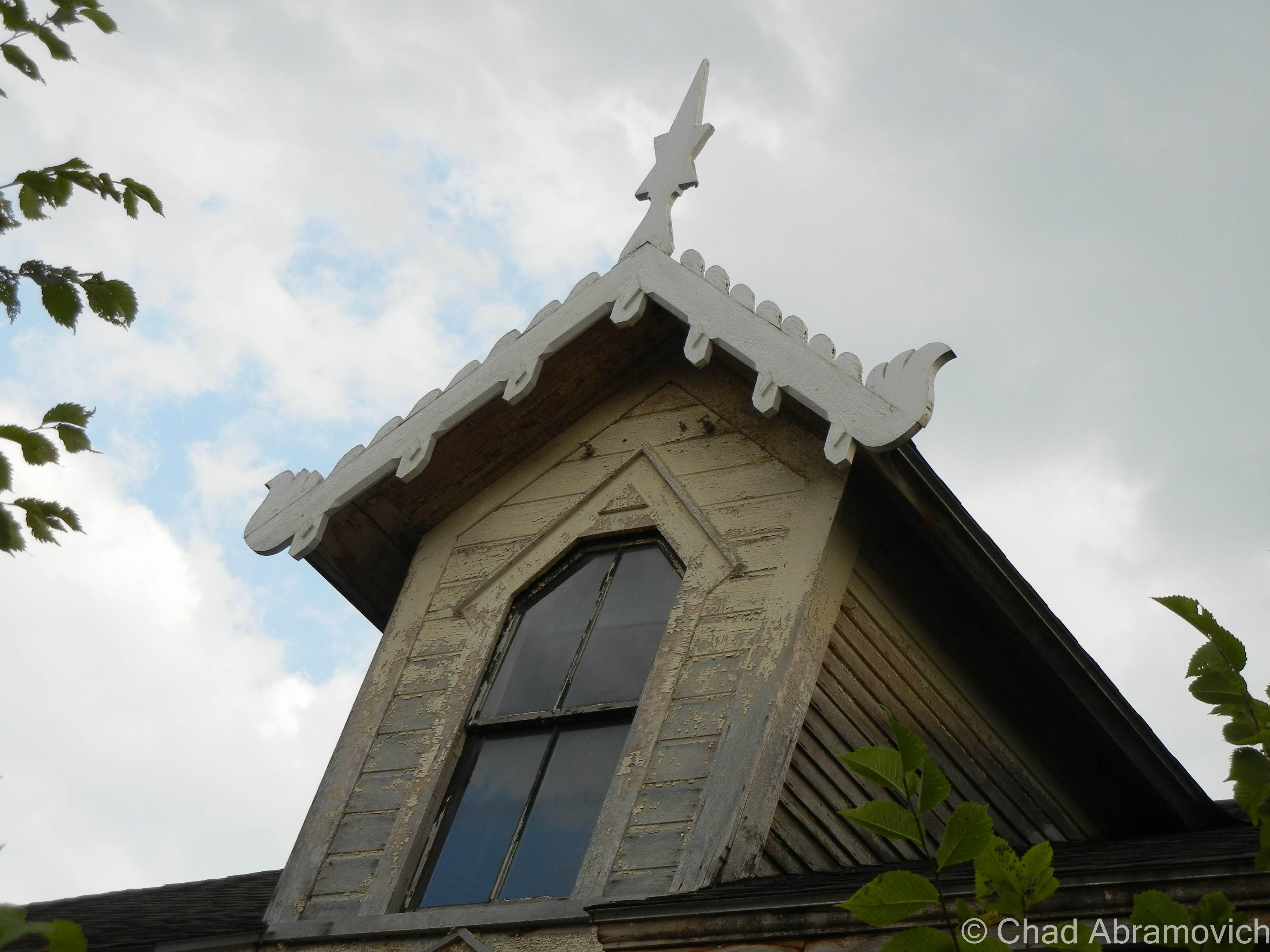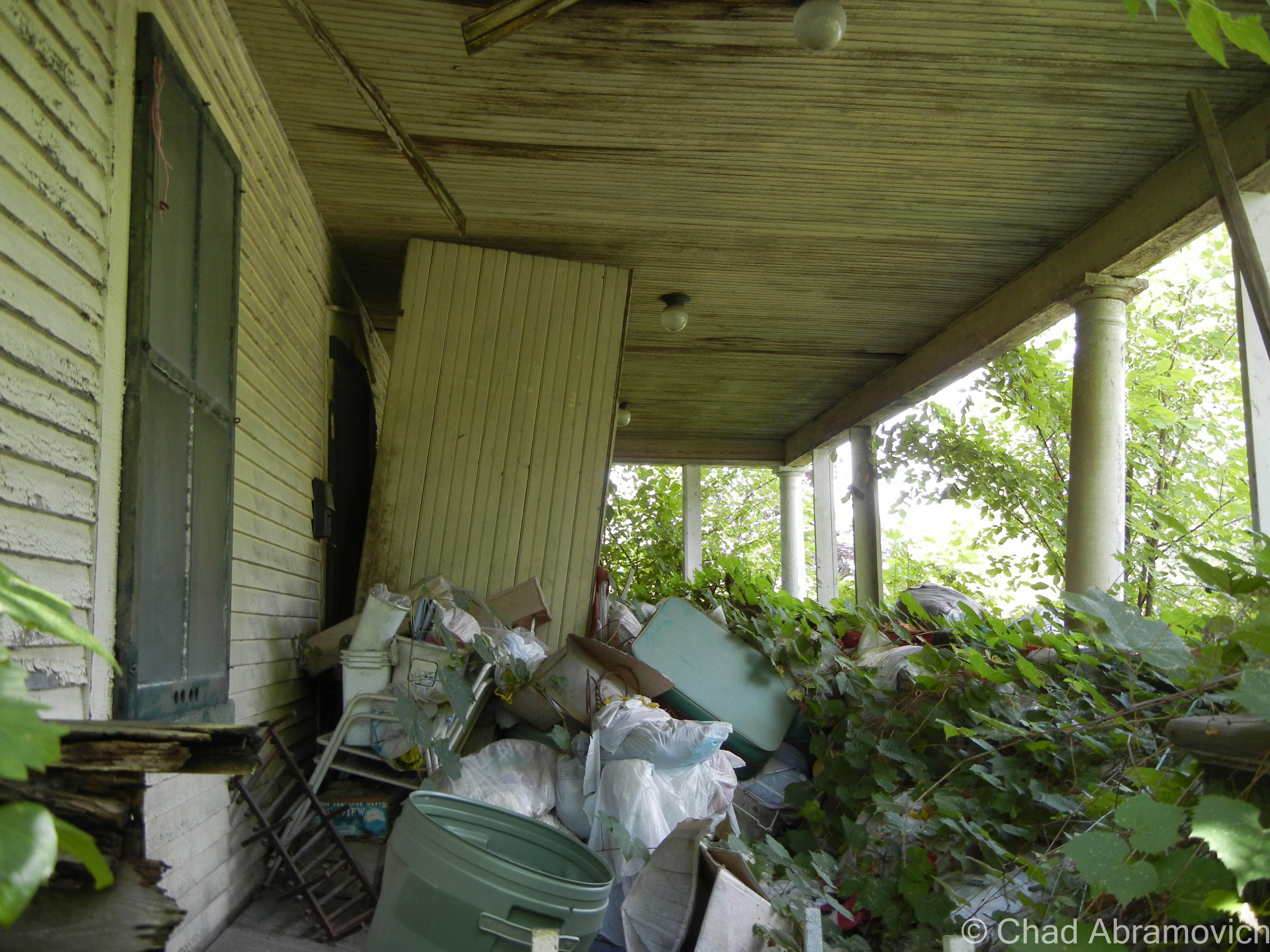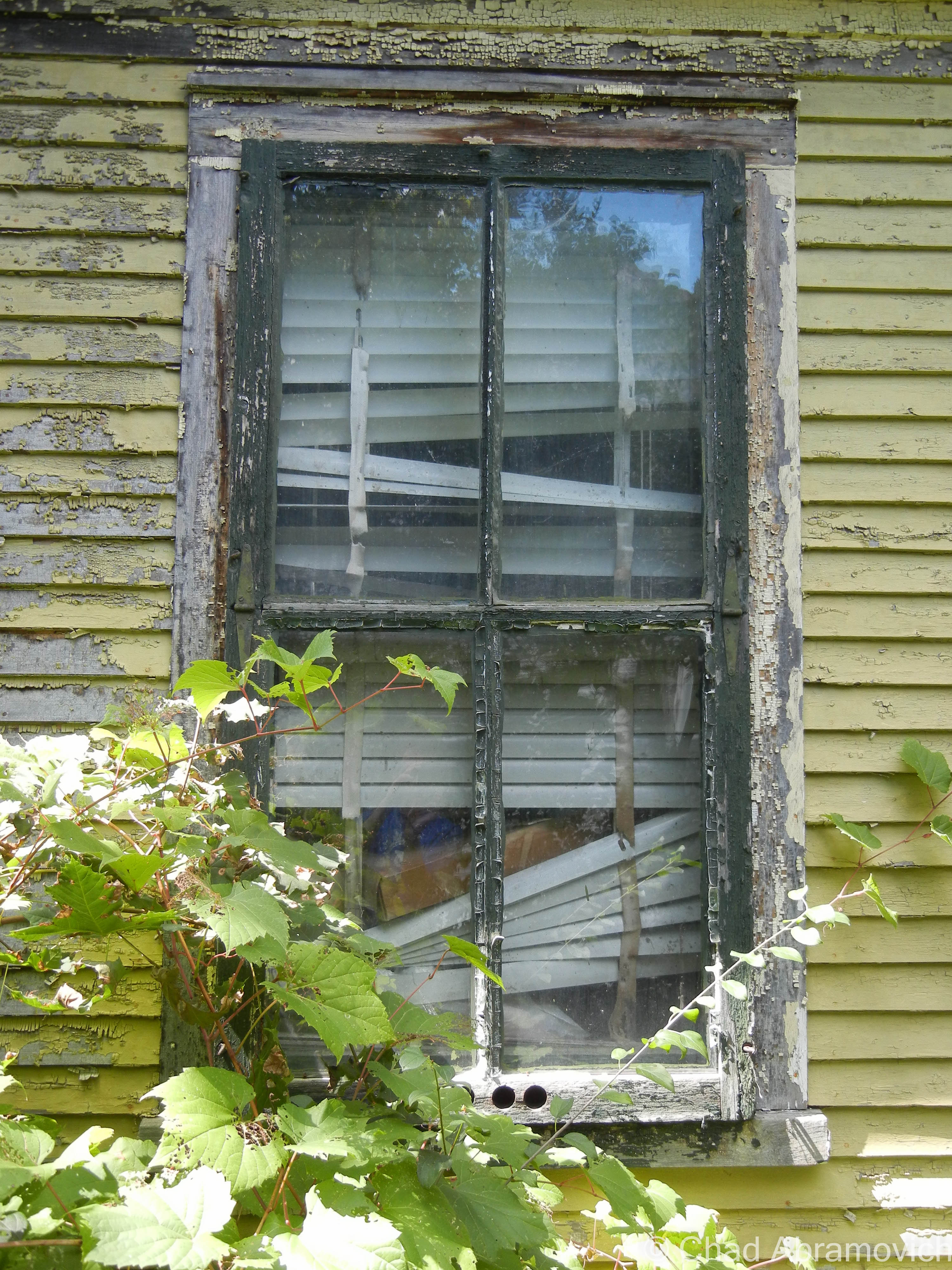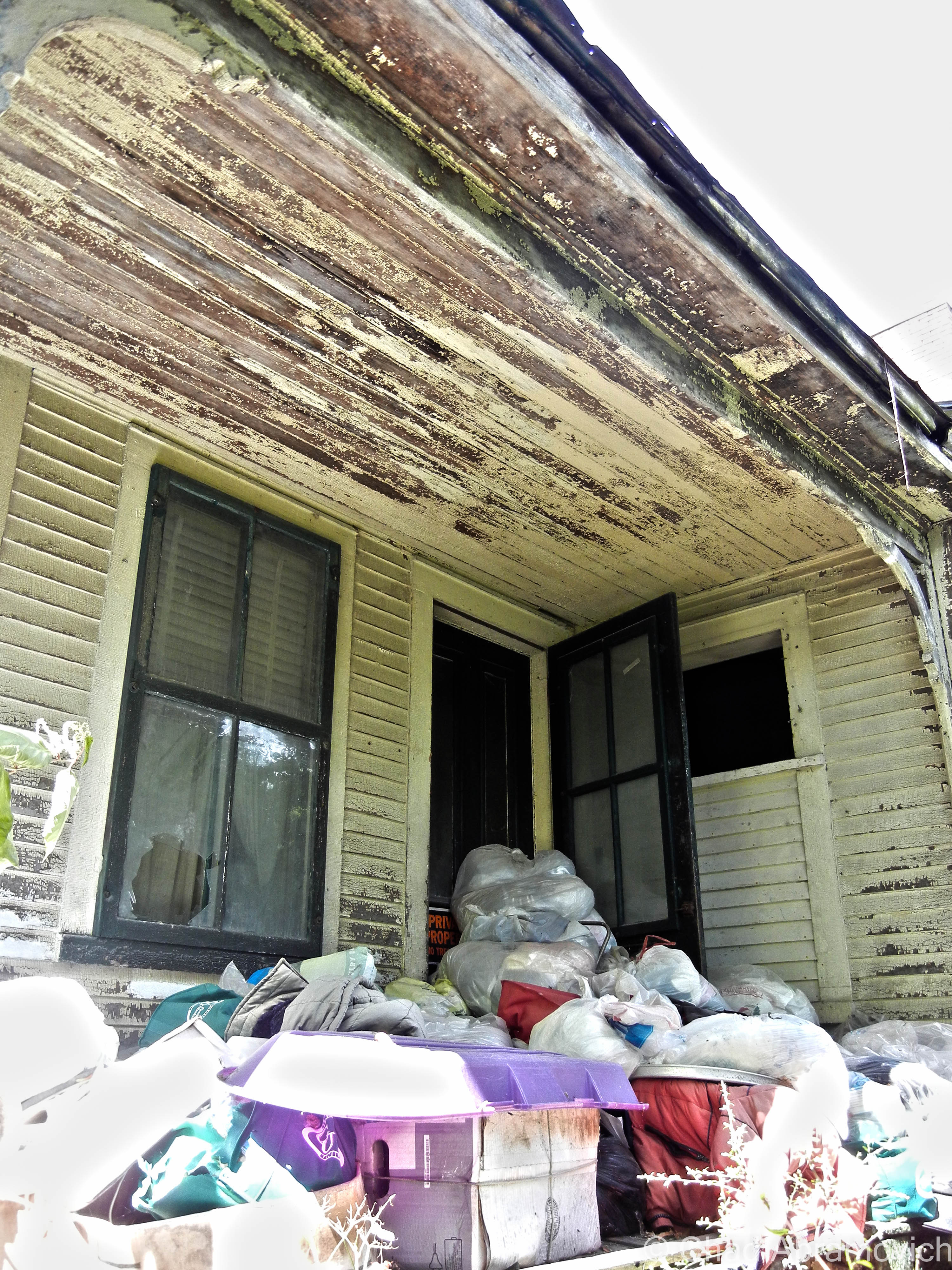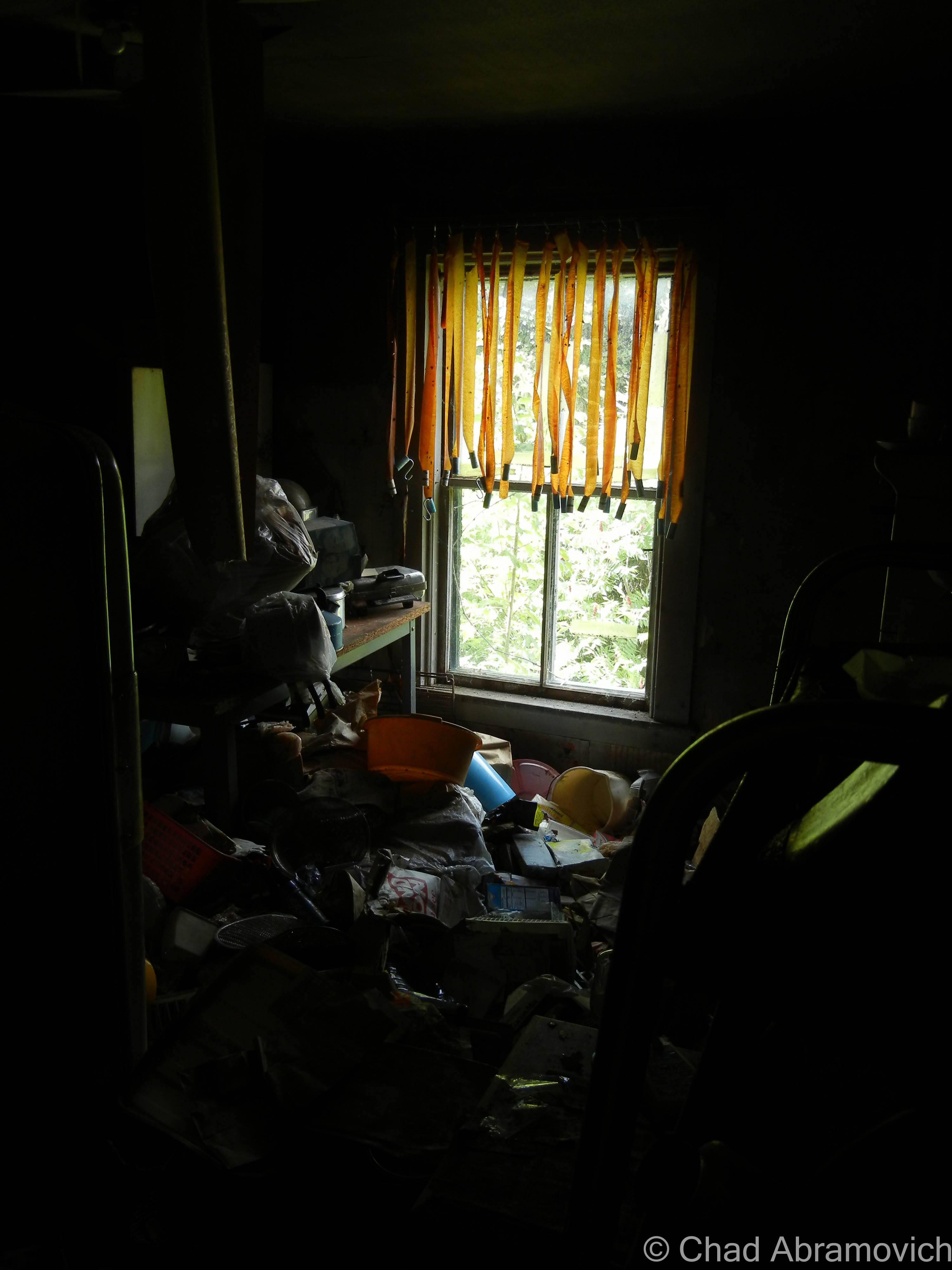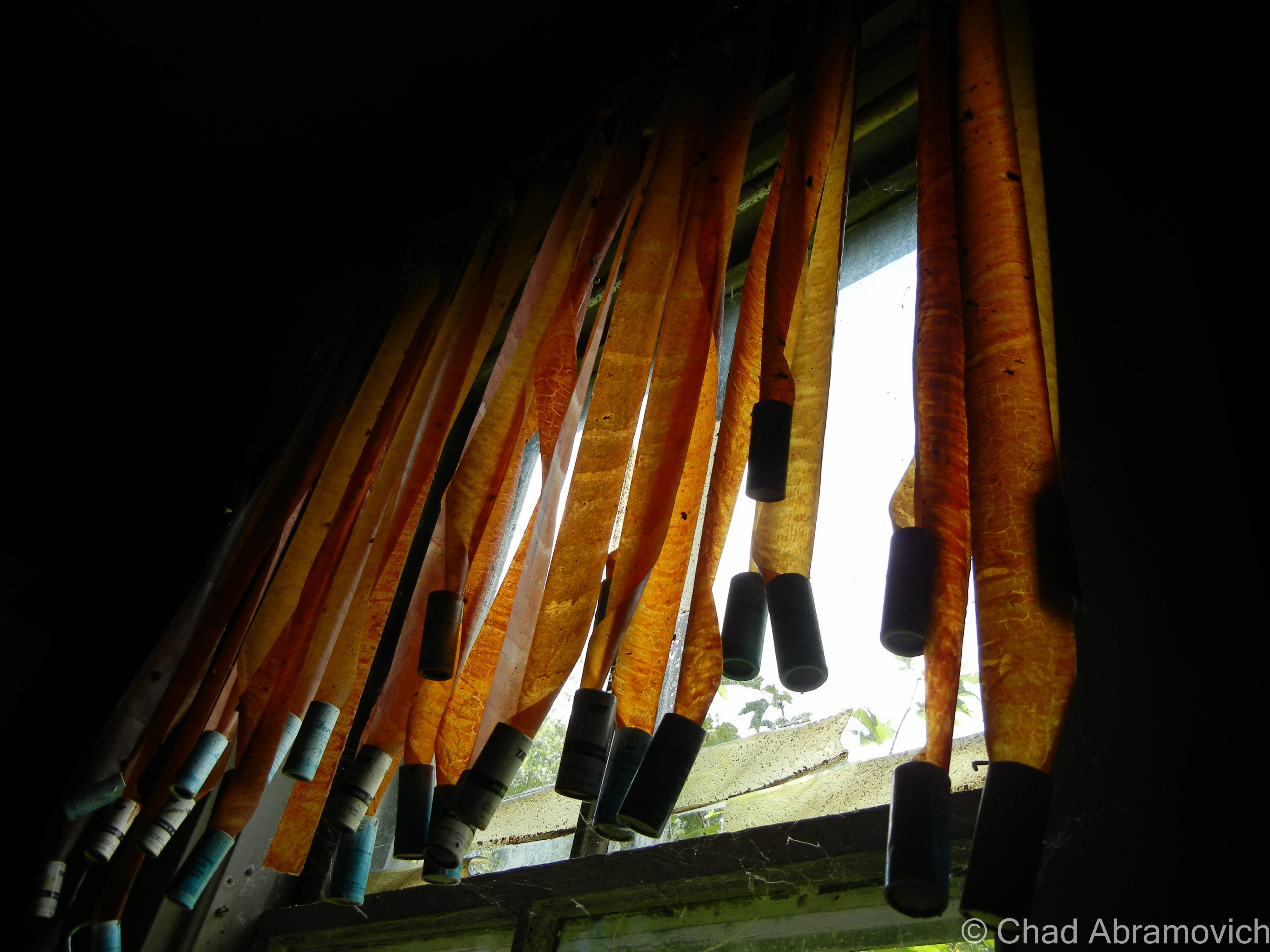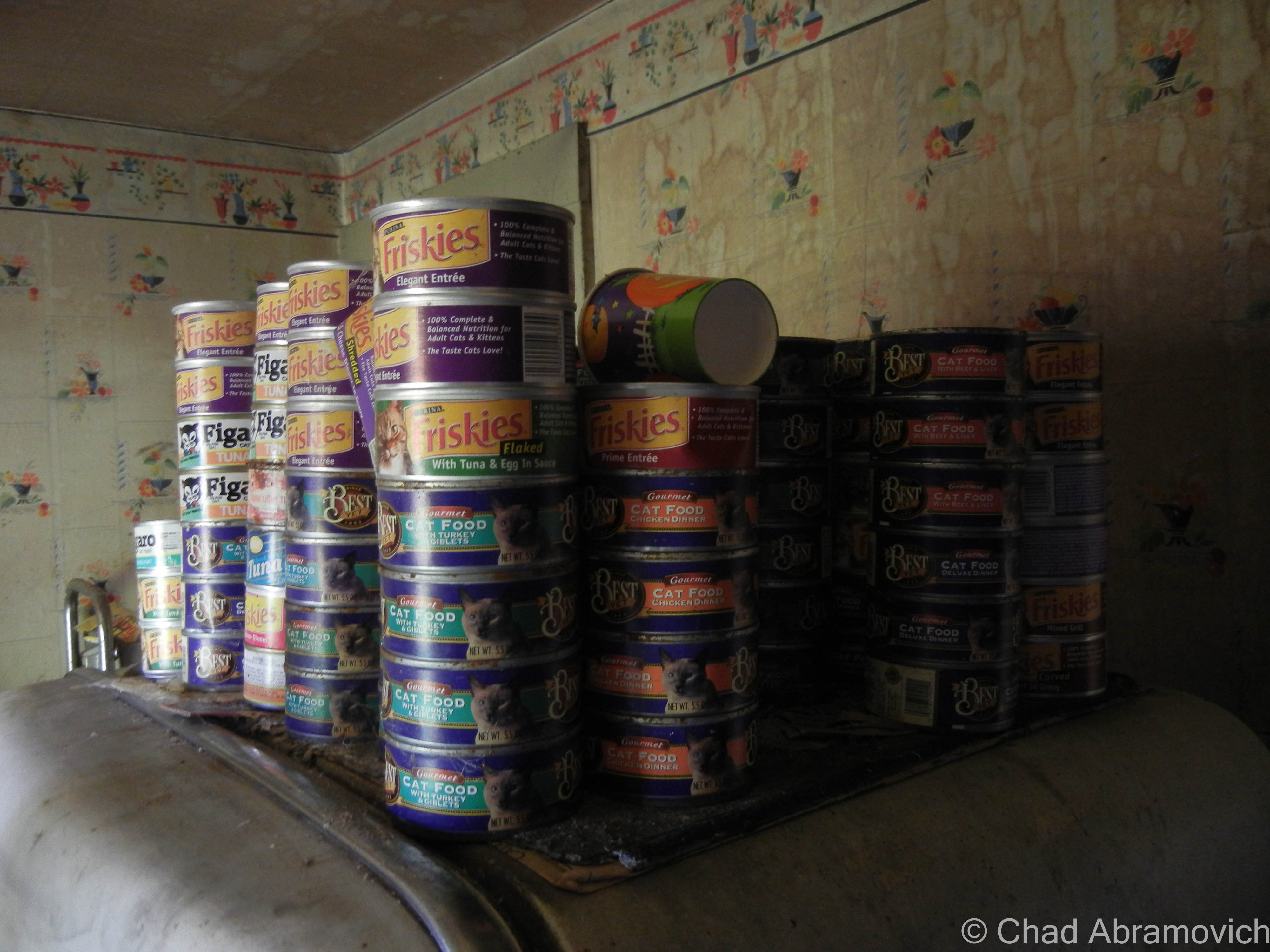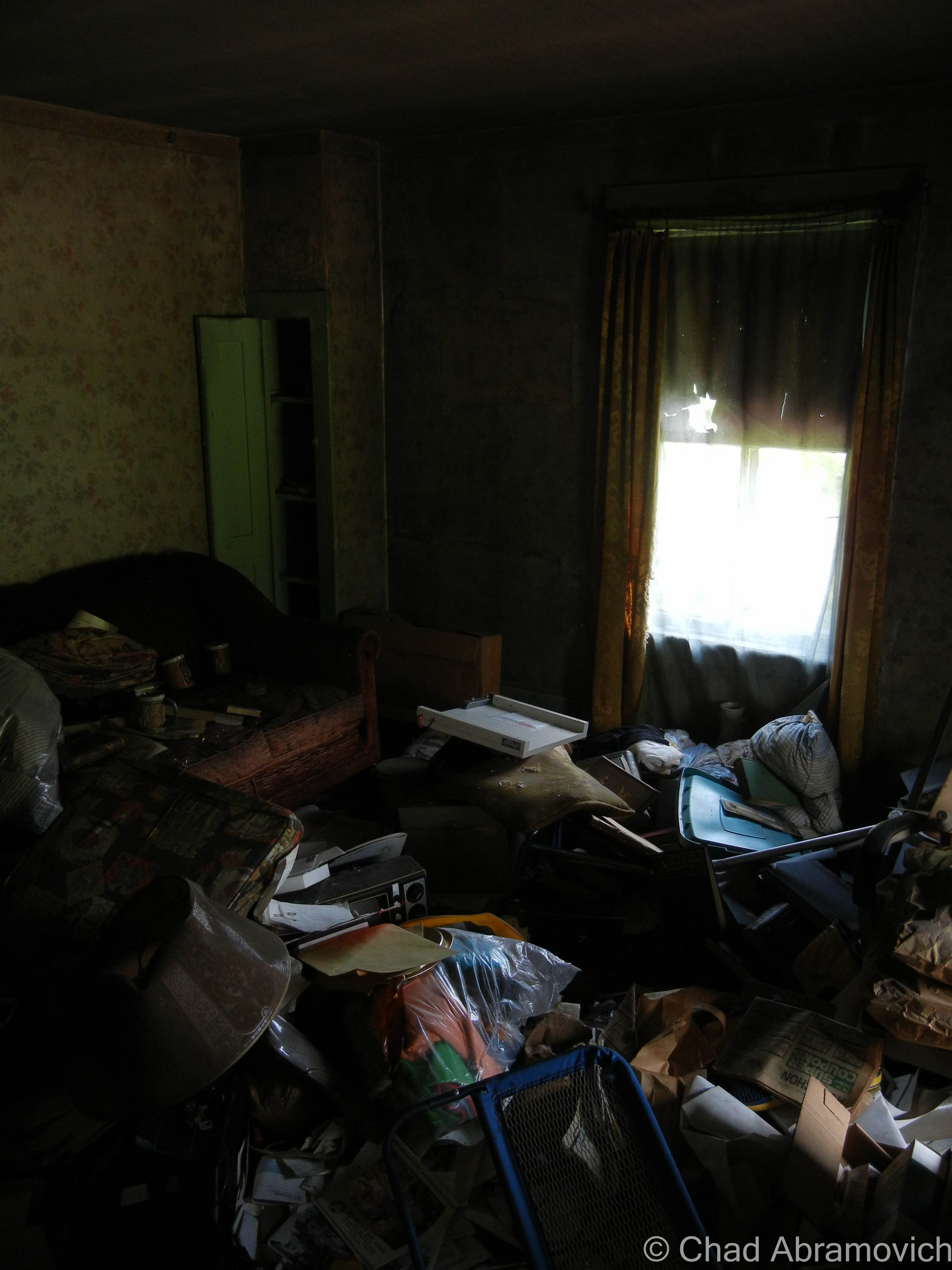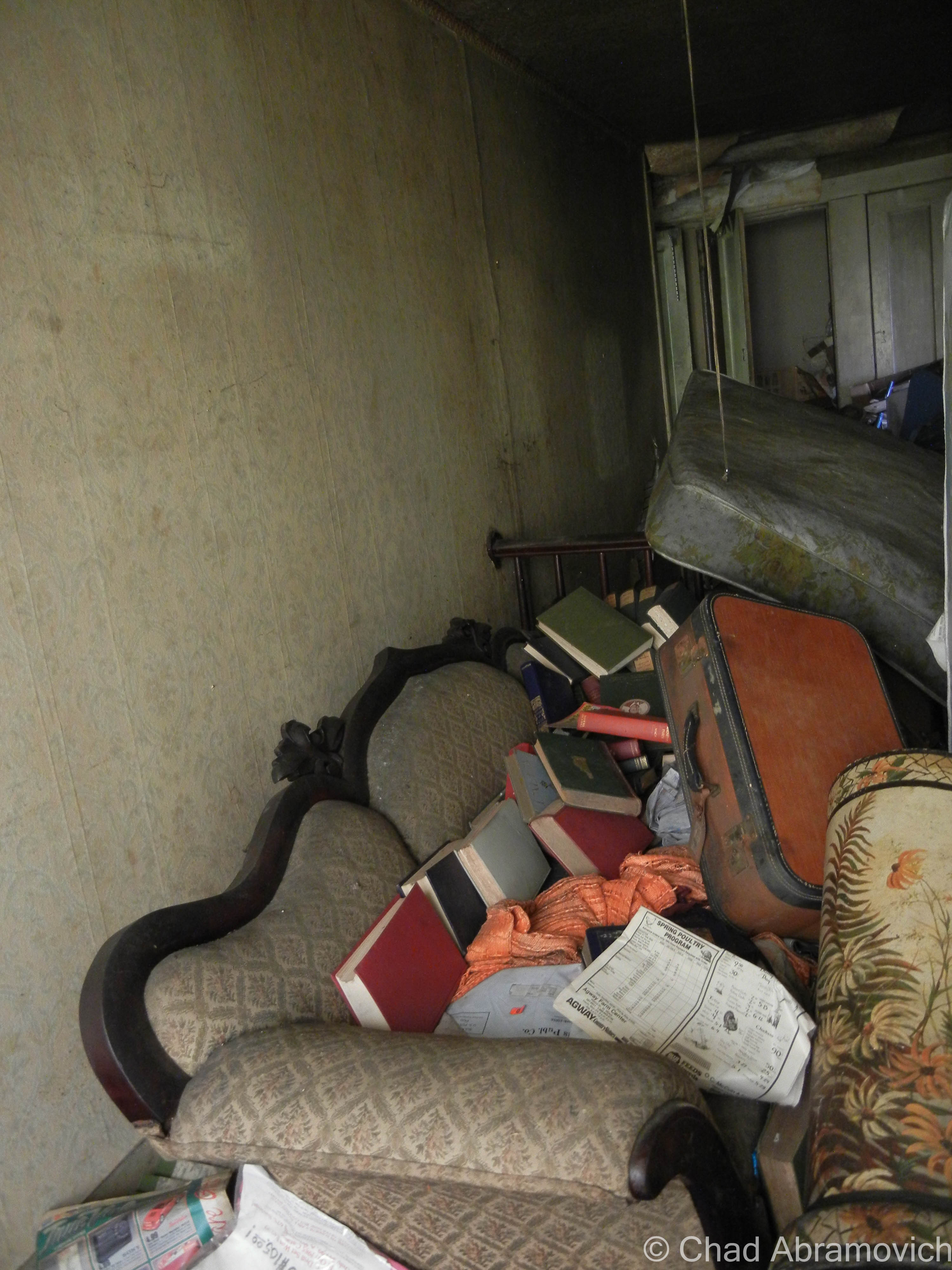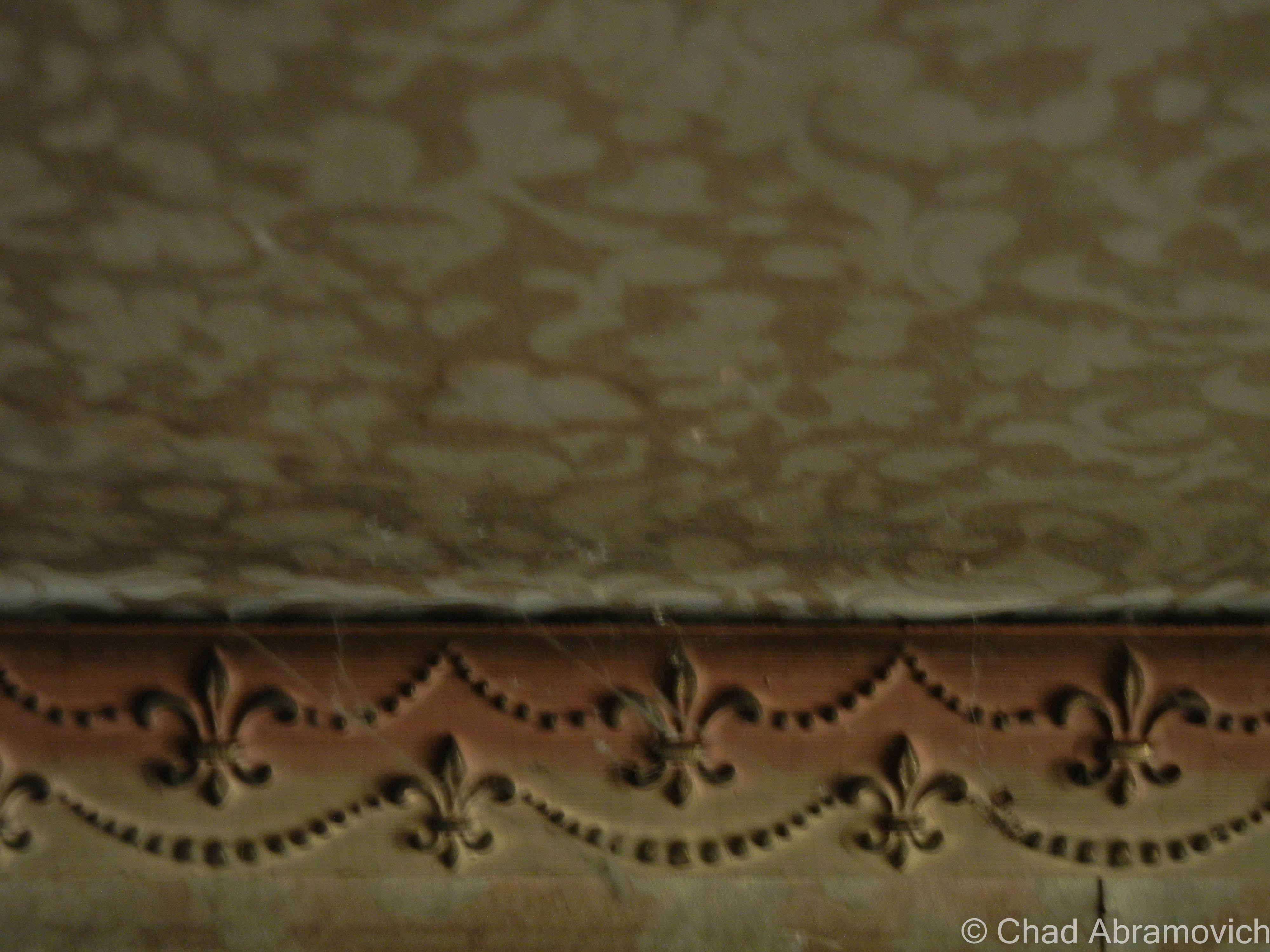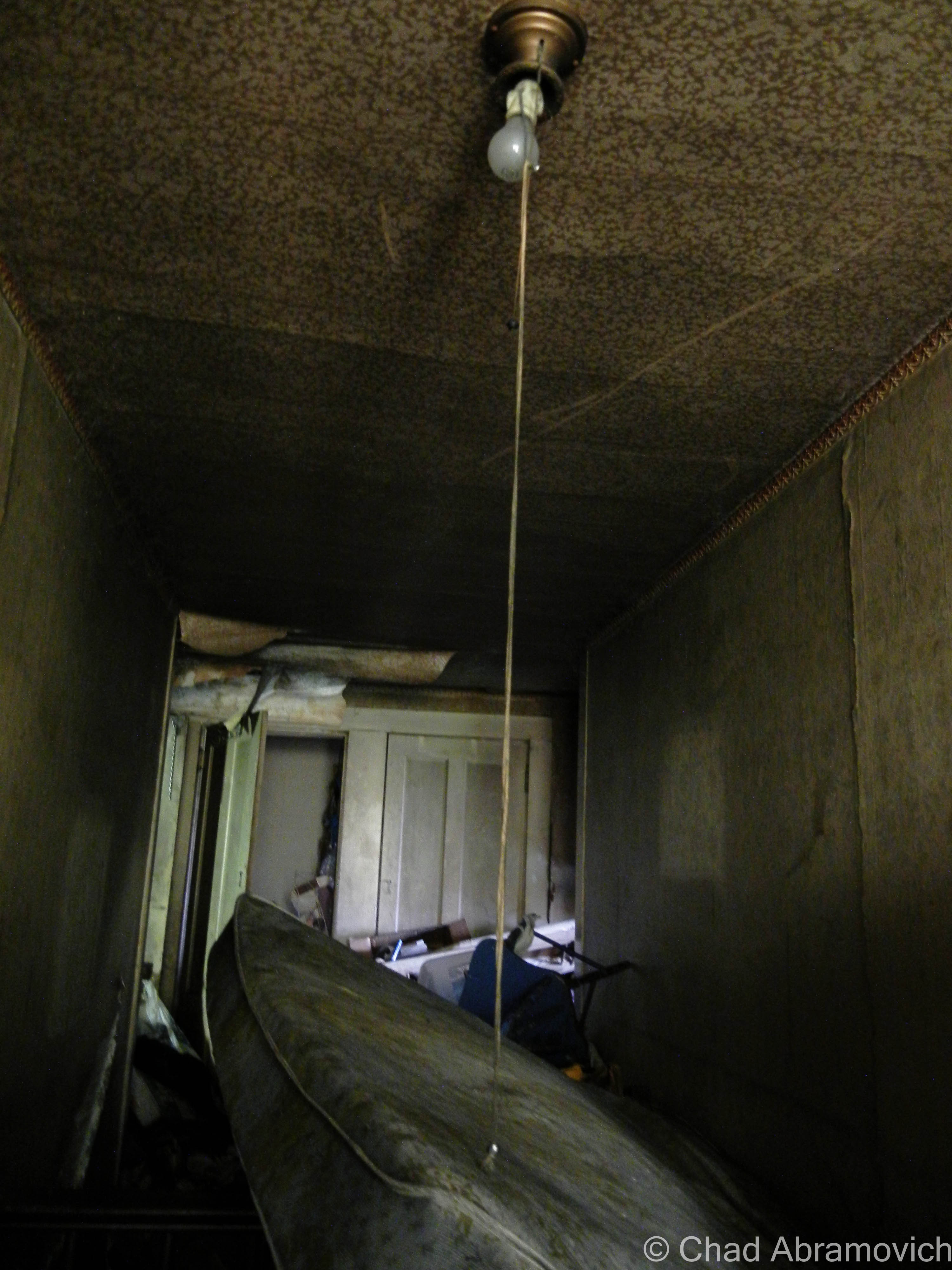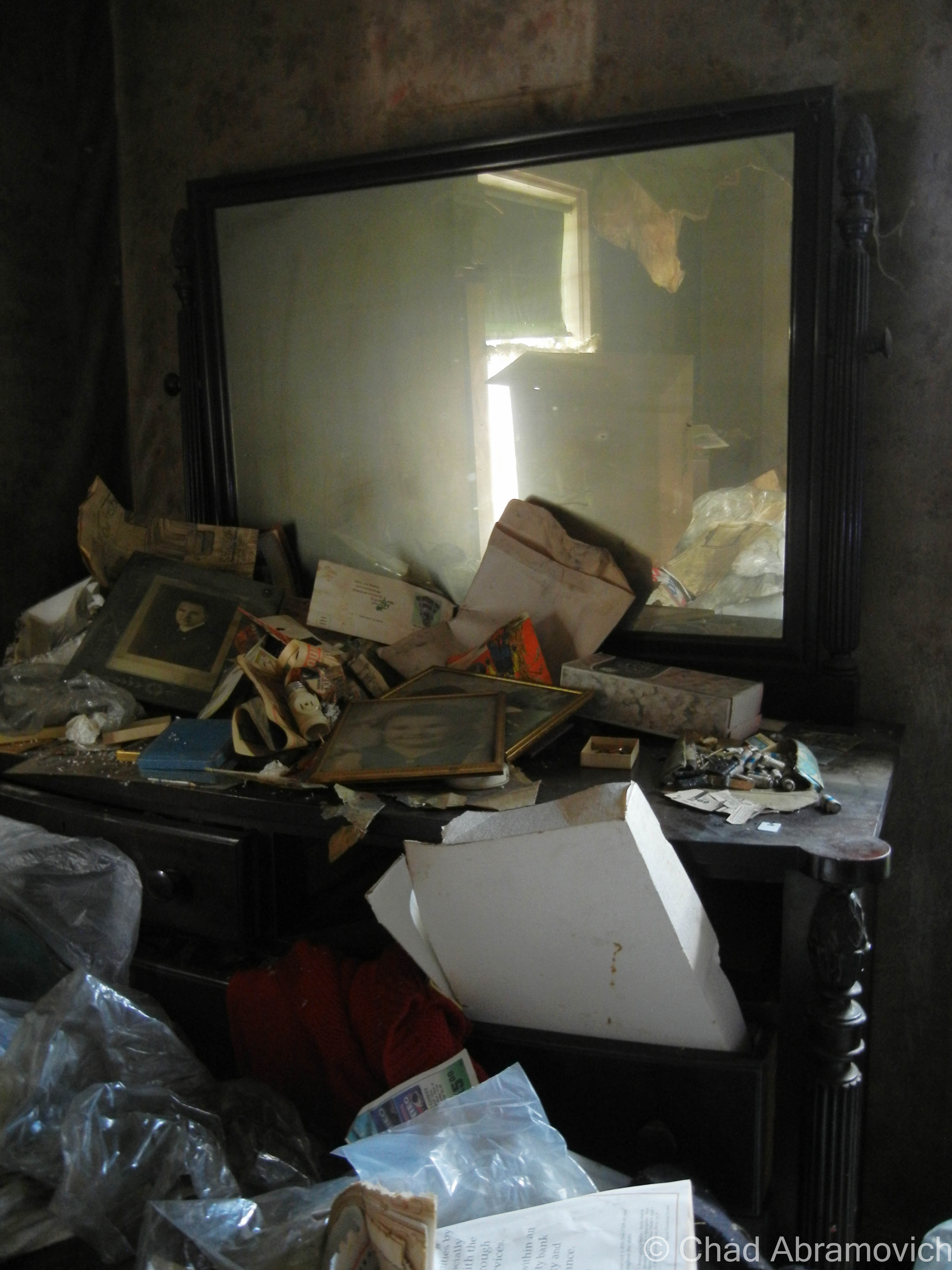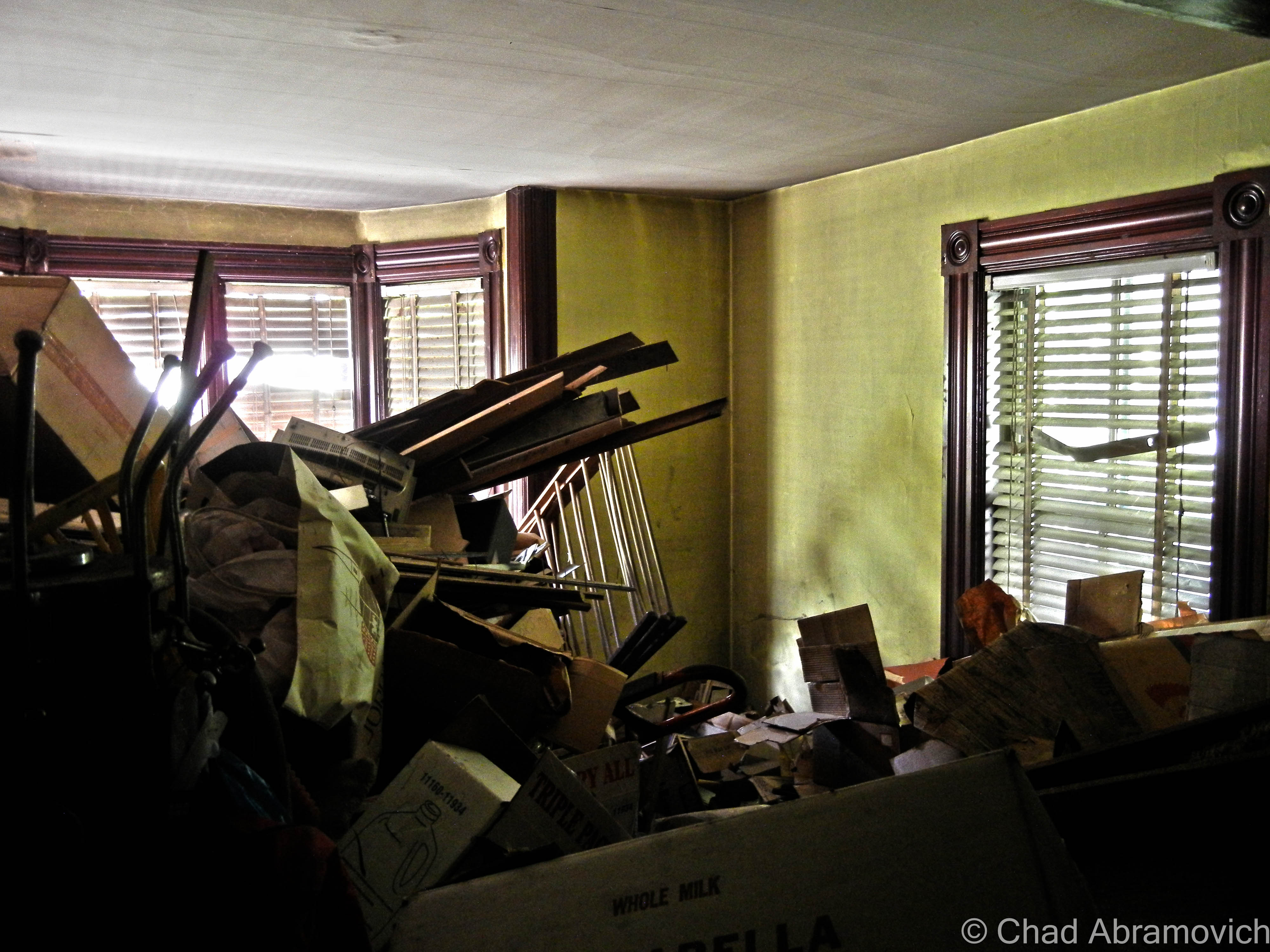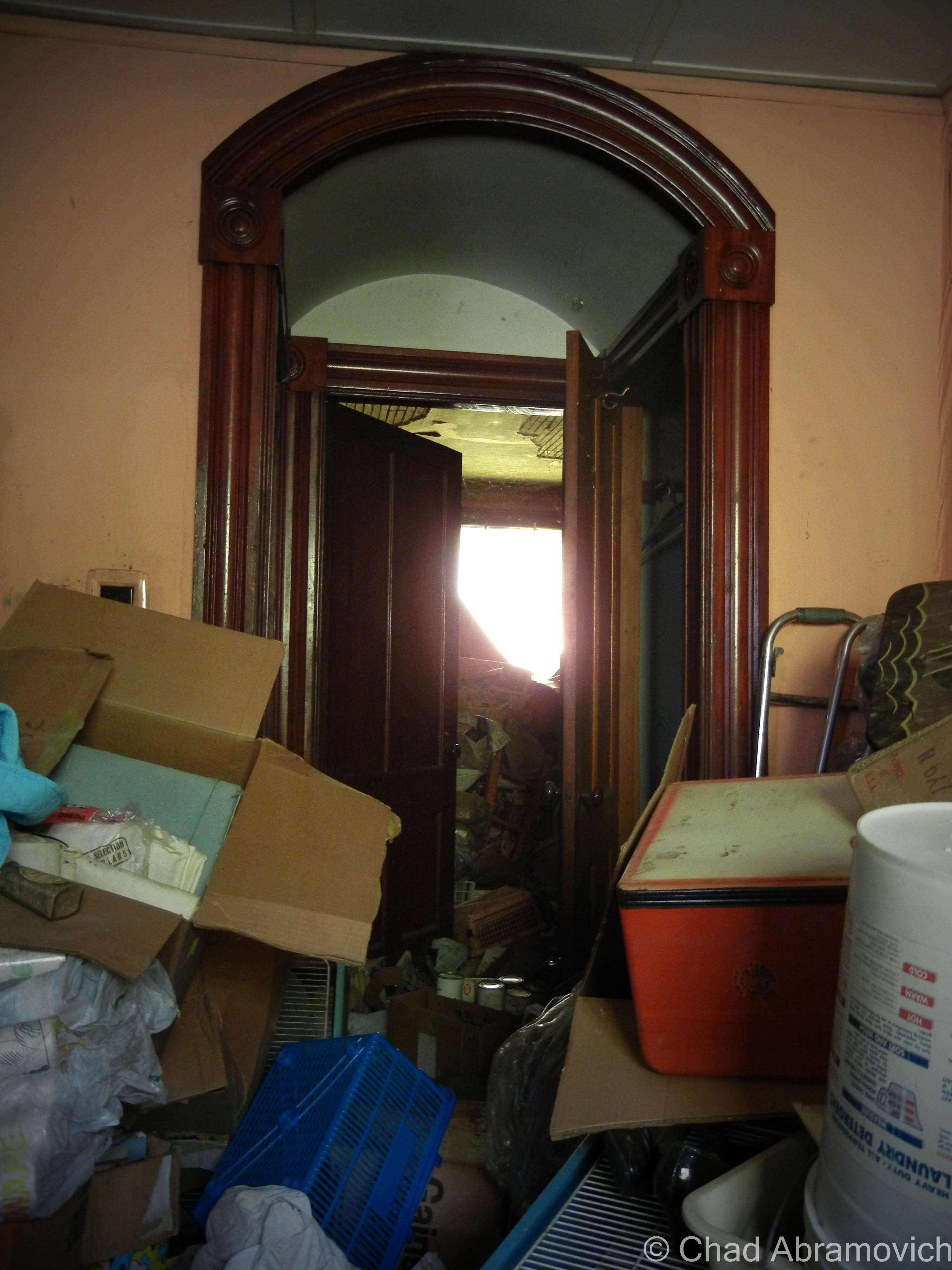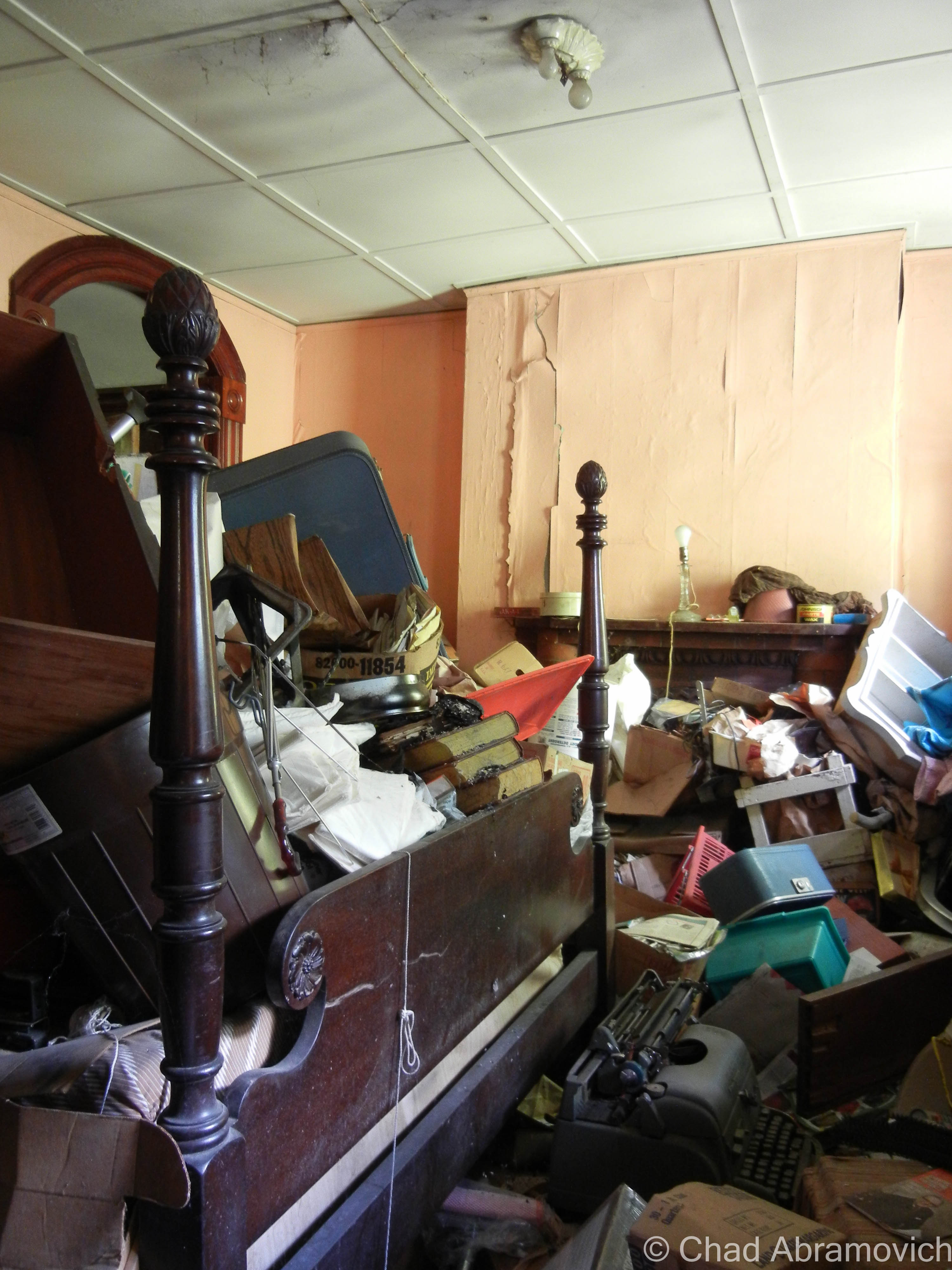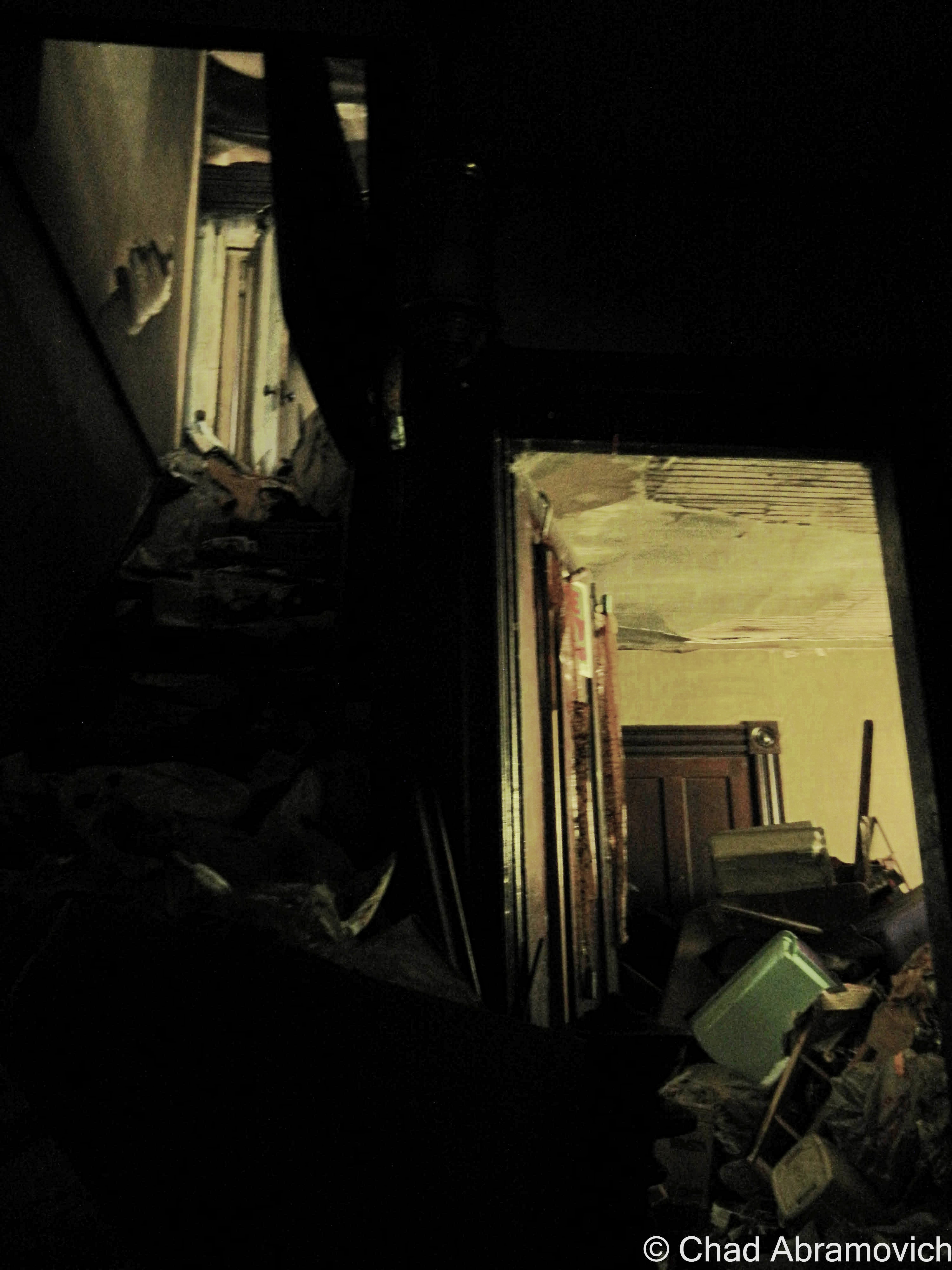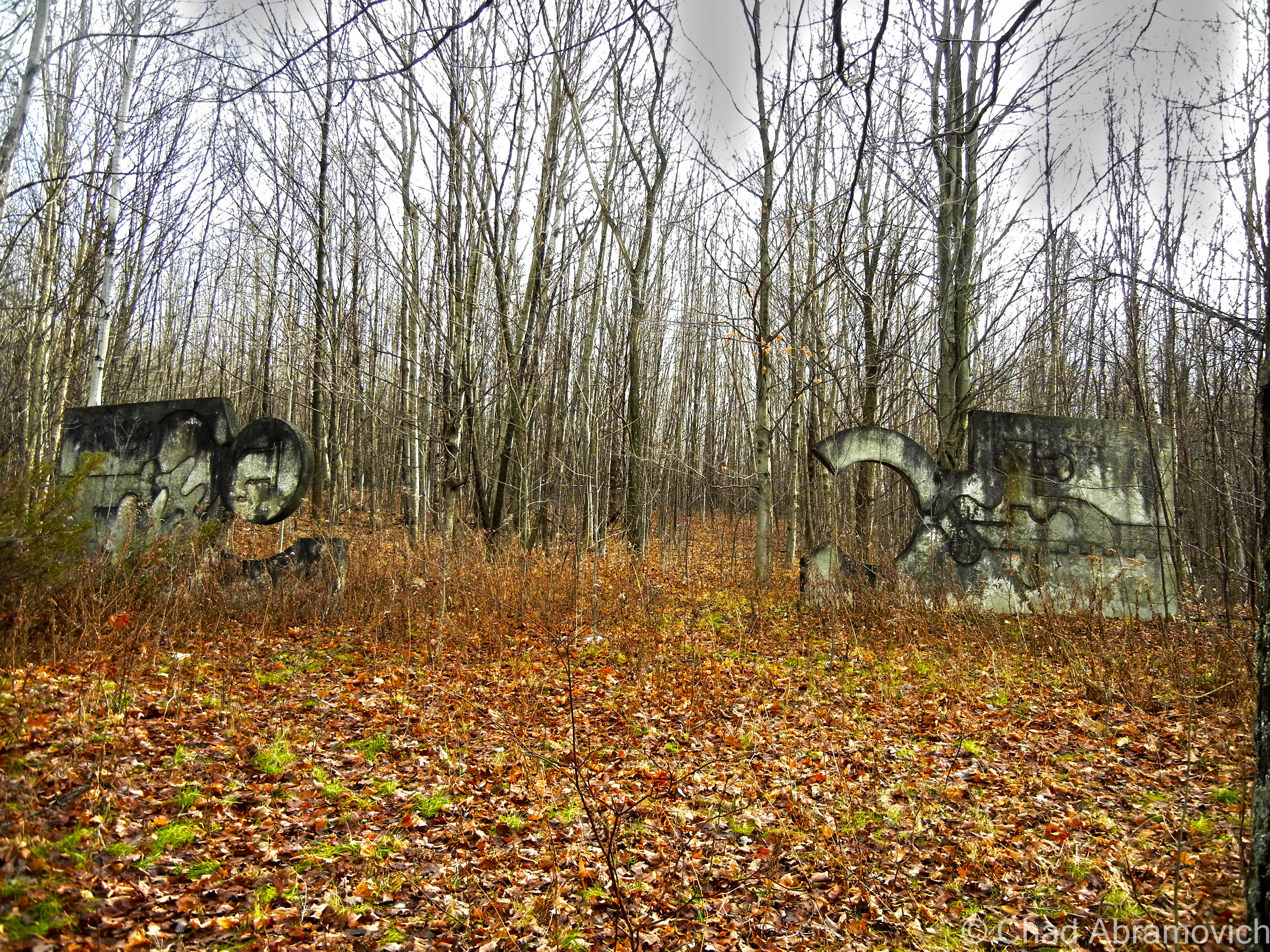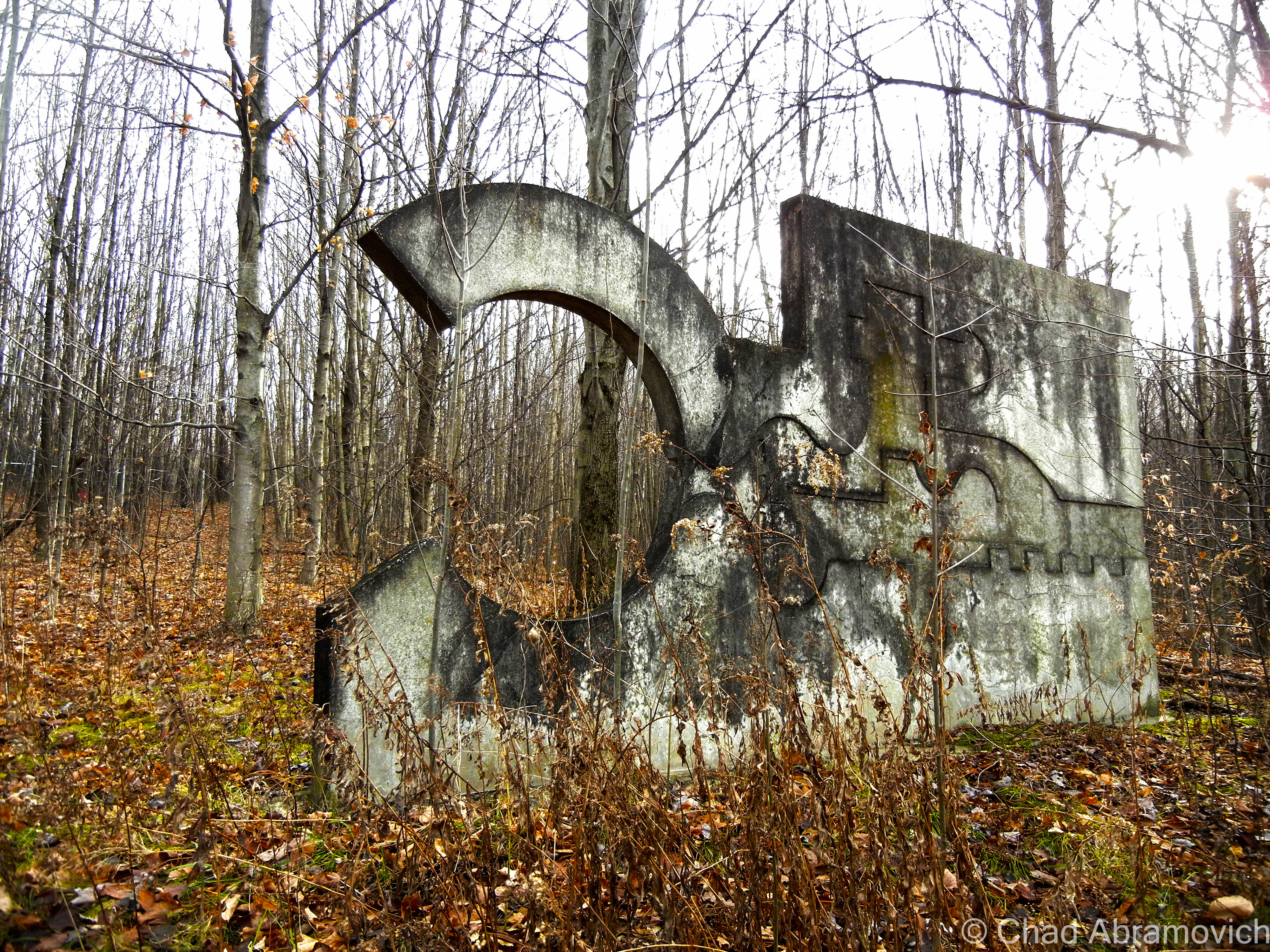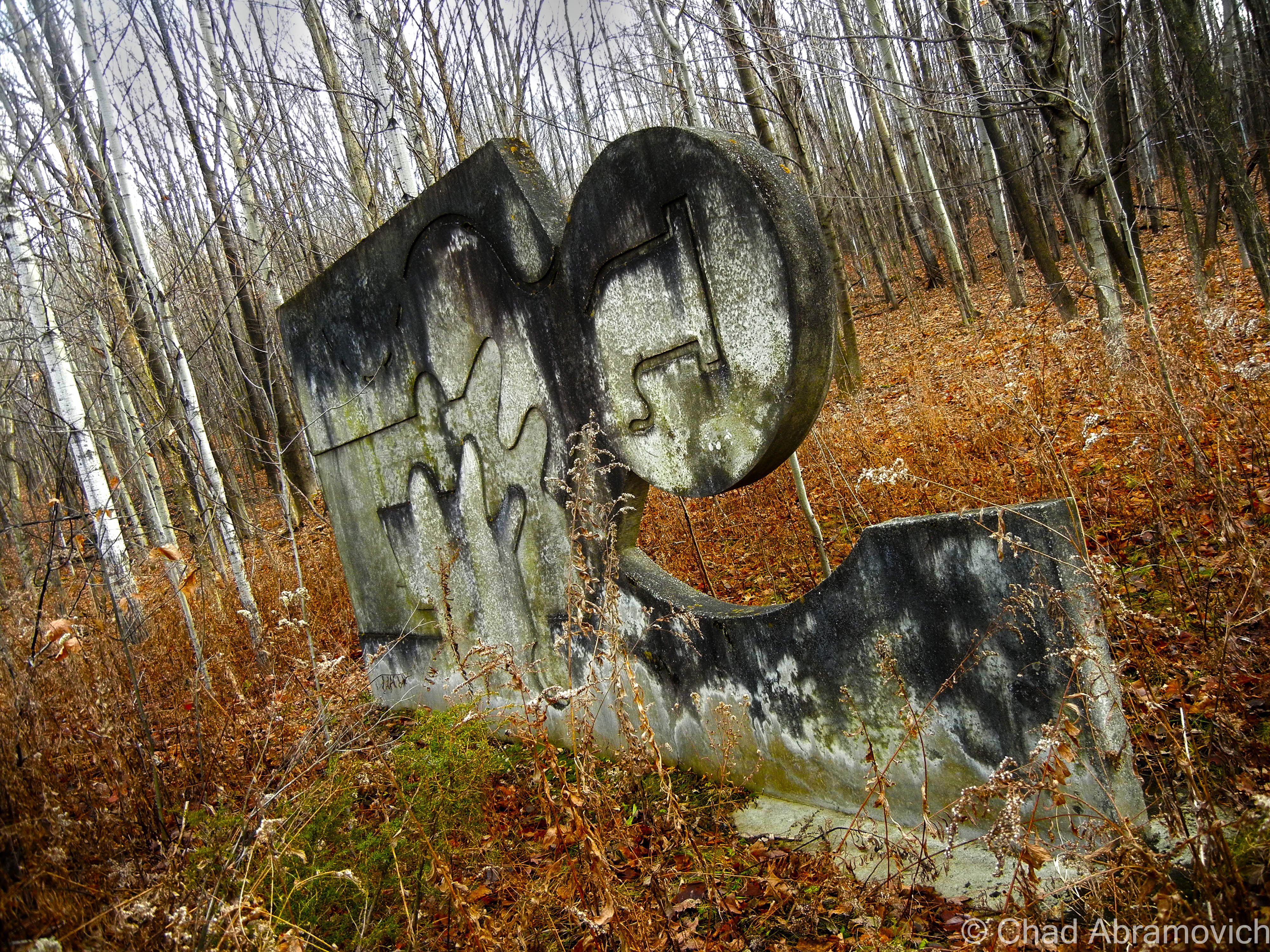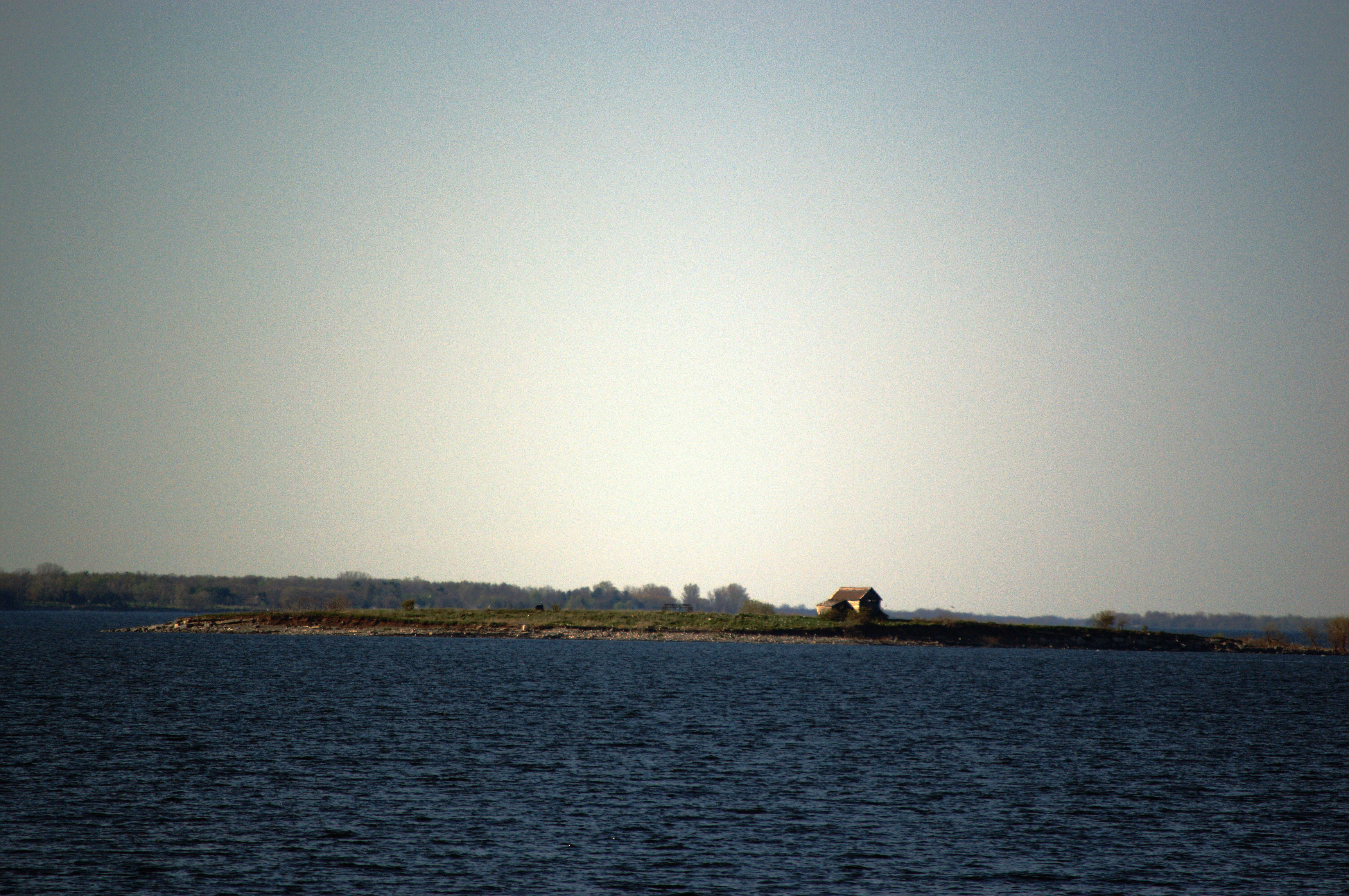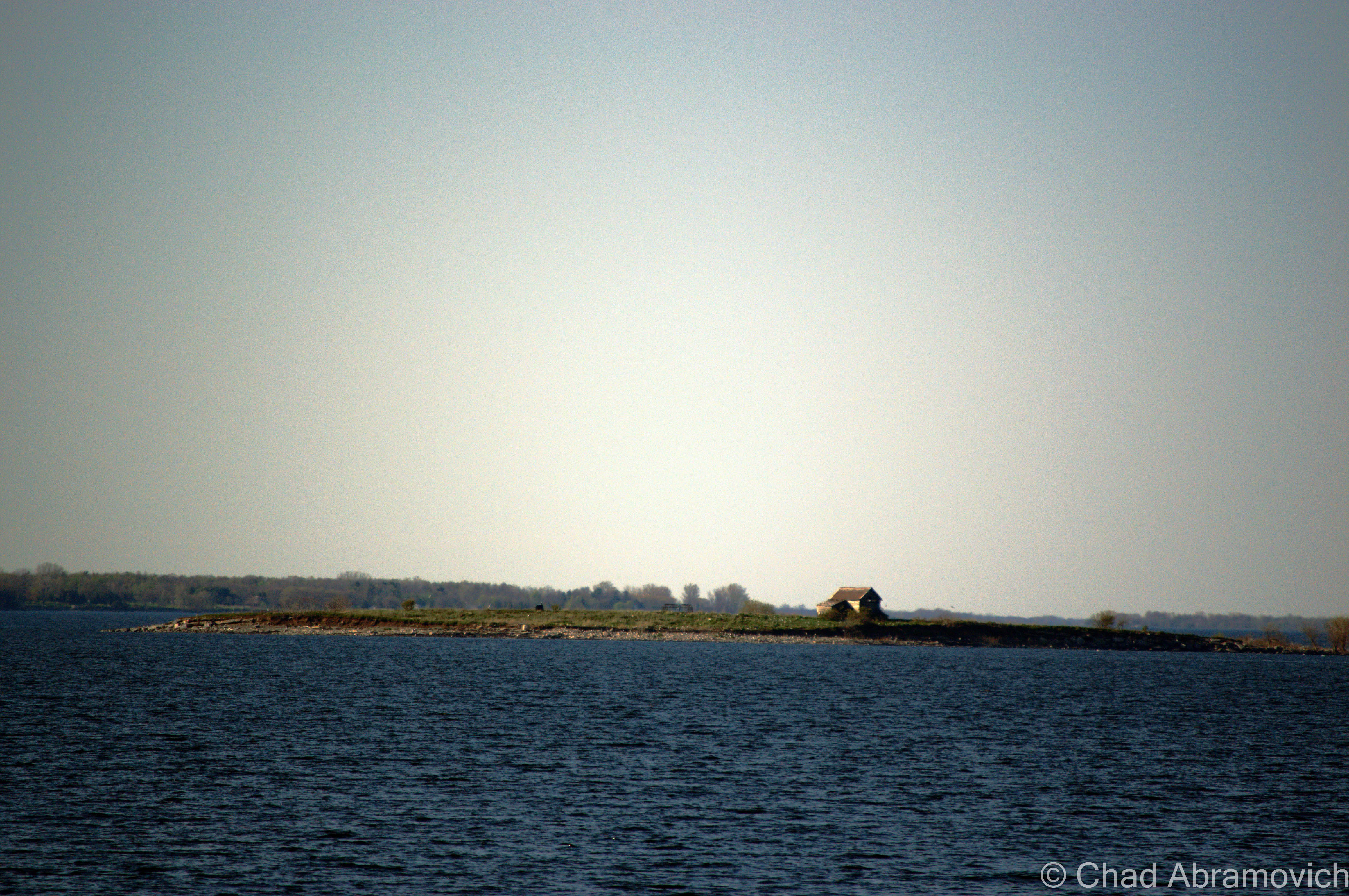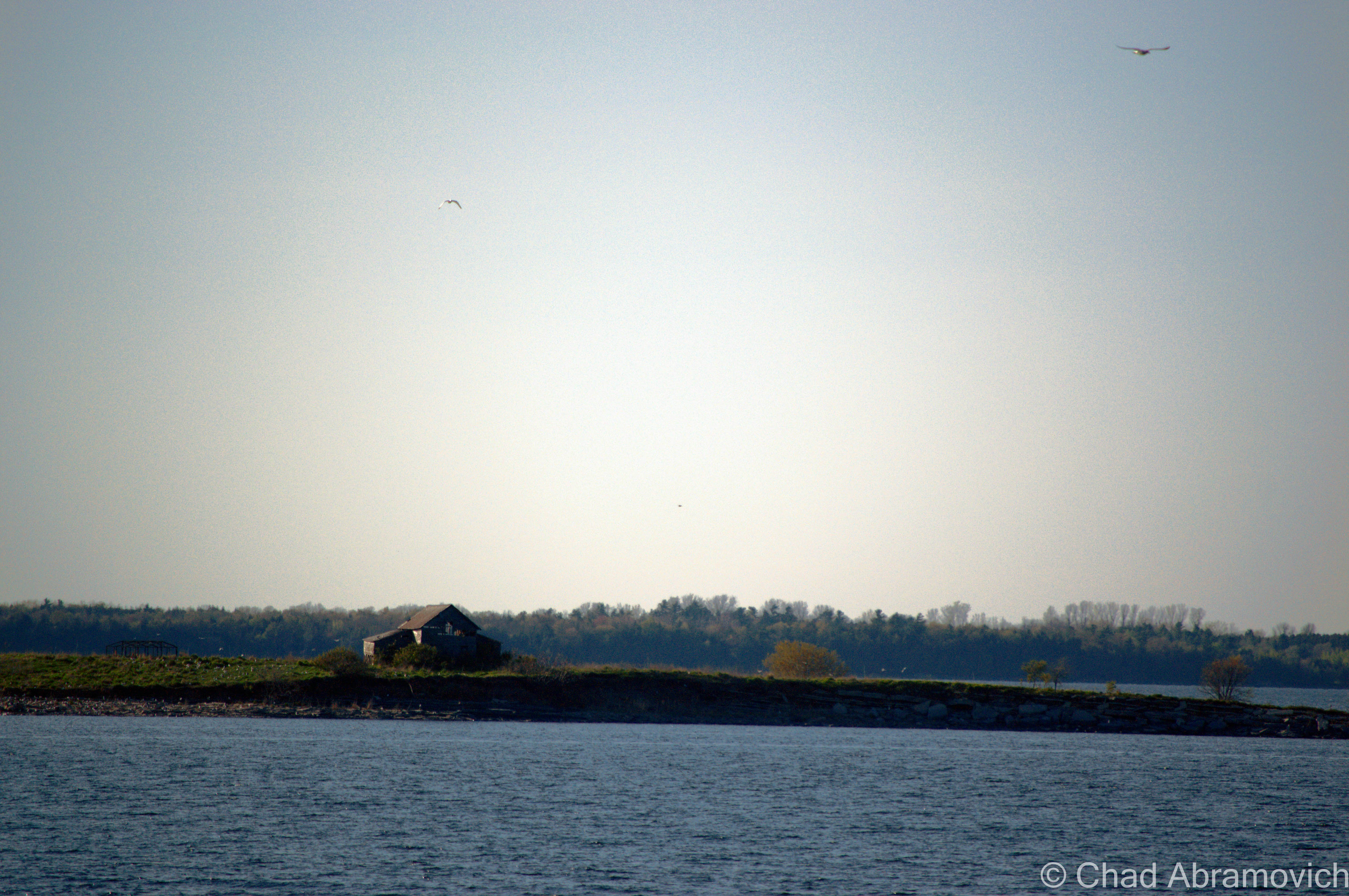Perhaps no other haunted location in Vermont is as fabled as Emily’s Bridge, and it’s arguable that because it’s a covered bridge, this storied construction turned celebrity is distinctively a Vermont monstrosity. Look in any book of ghost stories and local lore written in the New England area, and Emily’s Bridge is almost sure to be included.
Growing up, I heard the legends of Emily’s Bridge, as most kids did. And as a curious teenager, I made a midnight expedition to the bridge as many other teenagers did, all hoping to catch a glimpse of Emily’s ghost and perhaps, witness her sorrow and fury firsthand. But the only monstrous thing we saw were other disrespectful teenagers in large numbers, partying and drinking at the bridge. My Emily’s Bridge interest died almost as soon as it started.
To put things in perspective here, let’s start off with the legend that started it all. Emily’s Bridge actually has an official name; The Gold Brook Bridge, but most Vermonters forgo that for it’s more popular nickname.
At first glance, this rustic and unremarkable covered bridge looks like the myriad of other similar bridges found in Vermont and New England, it certainly doesn’t look “haunted”. Built in 1844, this simplistic, one lane 50-foot span is the oldest covered bridge in the country. It’s builder, John N. Smith of nearby Moscow, an obscure hamlet within the town of Stowe, bragged that it would last forever. Perhaps he was right. But this bridge is infamous for its resident ghost rather than its historical and structural accomplishments.
So who is Emily, and why does she haunt the bridge? That seems to remain a mystery because no one is quite sure of her identity. The most commonly told story is that Emily was a young Stowe woman in the 1800s who fell in love with a man who for reasons unknown, her family disproved of. Her family forbid her to marry. In retaliation, the two love struck teenagers decided to elope on The Gold Brook Bridge at midnight.
Emily made it to the bridge and waited. The appointed hour came and went, and the man never showed up. She was devastated. She couldn’t go back home, everyone would find out what happened, and she would be humiliated as well as heartbroken. Seeing no other way out, she hanged herself from a rafter on the bridge. Now in spirit form, her bridge haunting occurrence apparently decides to bring terror and tomfoolery to certain folks who pass through the bridge. She’s still waiting for her long-departed lover, getting angrier and more despaired by the year.
Emily’s Bridge seems to be a sore subject for many Stowe residents, and quite honestly, I couldn’t think of many towns that a haunted covered bridge could be more out of place in.
Stowe is a small town that was rolled over by wealthy out of staters (known by Vermonters as “flatlanders”), because of it’s reputable ski resort on the lofty slopes of Mount Mansfield – Vermont’s tallest elevation.
The road that leads up to the resort is state route 108, which is lined with pricey alpine themed hotels and tourist attractions, before wedging through Smugglers’ Notch, a rocky mountain pass with a 200 year old history of titular smugglers, and more recently, tractor trailers and tour buses getting stuck up on the narrow switchbacked road despite the tons of signs telling larger vehicles not to drive there.
While Stowe likes the attention gained with the tourism industry, Emily’s Bridge draws the sort of attention many residents could do without. But, the two are hopelessly tangled up in one another.
That being said, I had already decided not to include the story of Emily’s Bridge in this blog. I didn’t want to write about the same Vermont stories that I found were in almost every book on weird things Vermont. I wanted to be different. But that was until I found myself having coffee with author, folklorist and friend Joseph Citro.
As par usual, our conversation turned to the bizarre very quickly. As the waitress came over and topped off our coffee, the steam instantly fogging my glasses, Joe looked at me with musing eyes. “Chad, you know the story of Emily’s Bridge, right?” He sort of laughed at his own question after he had asked it. Of course I had.
“Yeah Joe, hasn’t everyone?” I returned, snickering myself. “Ok, but do you know the real story behind Emily’s Bridge?” I took a sip of my coffee and looked at him, my attention grabbed.
This is where the story got good, in my own opinion. As it turns out, not only was Vermont’s most infamous ghost story a well-spun yarn, but he happened to know the woman who created the story. When all was said and done, I found the real story of Emily’s Bridge far better than the conventional one.
The story of Emily’s Bridge doesn’t go back to the 1800s, but rather much more recently, in the 1970s. A woman by the name of Nancy Wolfe Stead claimed that she was the one who created the story of Emily to scare local youth. There was a swimming hole somewhere near Stowe and Morrisville. She remembers making up the story of the bridge to amuse the kids. At the time, there was a huge surge in the occult and the paranormal in the flypaper that is popular culture, especially with films like The Exorcist that had recently debuted. She was also the one who came up with the name Emily.
Curiously enough, a little digging uncovered that no information about any Emily has been found prior to 1970. What Nancy probably didn’t expect however, was her story to grow in popularity. It soon spread far beyond the limits of Stowe. It is quite possible that the story of Emily’s Bridge became fixed in paranormal concrete when a woman named Valerie Welch started “Stowe Tours” and the bridge, and Emily, became part of the presentation.
I reached out to the Stowe Historical Society for answers, to see if they could offer anymore incite into Emily’s Bridge and the story behind it. A few days later, I received a friendly reply from a woman named Barbara Barawand. Now, the pieces of this complicated urban myth were slowly coming together.
Interestingly enough, there are no records of anyone named Emily dying on the Gold Brook Bridge. But, a tragedy did take place there. It happened around 1920 when a little girl fell off the bridge and died when her skull was dashed off the boulders below. There are reports from people who have had tea with an elderly woman who lives near the bridge, and she remembers when the accident on the Gold Brook Bridge happened. She was about 10 at the time.
To make things more interesting, the Gold Brook Bridge may not even be the “real” Emily’s Bridge. There used to be another covered bridge just down the road near the Nichols Farm near Route 100, until it burned down in 1932 and was replaced by the current concrete span still in use today. There were brief records of a death happening on the old covered bridge, but the details were lost with time. Could this have been the real Emily’s Bridge? Barbara suggests that if there is a ghost, it is a possibility that after the bridge burned down, the ghost sought refuge upstream in the Gold Brook Bridge, which is now Stowe’s last remaining covered bridge. Or maybe, the legend was simply transplanted to the other bridge.
It seems the story is just that, and the legendary bridge which has burned itself into memory of many isn’t the location it is most identified with. But there is more to this story. Reports claiming Emily’s Bridge was haunted didn’t manifest themselves into local folklore until around 1948, many years after the aforementioned suicide of Emily. The bridge became known as “the haunted bridge” but the story of Emily didn’t exist. So if the bridge had a reputation then, perhaps visitors were getting frightened by something entirely different? If so, what was it?
In addition to my growing research, I found that there are also various accounts of why Emily’s ghost haunts the bridge. In no particular order:
(1.) She hanged herself after her boyfriend failed to show up for a midnight rendezvous
(2.) On the day of her marriage she was trampled to death by runaway horses
(3.) She was on her way to her wedding, her horse bolted, threw her out of the wagon (or off its back) and she fell to her death on the rocks below the bridge
(4.) Emily was fat, unattractive, middle aged and pregnant. Her boyfriend jumped off the bridge and died. Later Emily had twins who soon died. Brokenhearted Emily threw herself off the bridge and died.
(5.) Her boyfriend fell in love with another girl, and never showed up at the bridge, humiliating her.
(6.) After Emily began dating her lover, she became pregnant. Excited to break the news, she told him to meet her at the bridge. But he didn’t take it the way she expected, and was furious. Emily was humiliated and broken hearted, and venomously told him that if he left her, than she would tell everyone in town. At her threat, he acted hastily, and murdered her on the bridge to silence her forever. Some stories say he left town, and other stories say his guilty conscience got the better of him and he committed suicide.
But if this is the case, there would have had to be an eye witness who saw these events unfold on the bridge, or how would these details be known? As far as I know, there were no witnesses and no reports were ever made of a murder on the bridge.
And perhaps there are even more stories then that. I’m sure there are, but no one can find any real history to back any of this up, so the tales will continue to morph.
And if this wasn’t enough to ponder, I also want to bring another question into the light. If Emily did in fact commit suicide on the bridge, how would she have done so? The rafters of the bridge are a good height from the wooden planked floor. She would have had to make somewhat of an effort to climb onto one. And if she did, wouldn’t that have meant that she brought rope with her to do the job? To my knowledge, there aren’t all that many discarded coils of rope found near the covered bridge…
So, with all of this new information, how can all of the claims of paranormal activity that supposedly happen on the bridge be justified? Remember, the legend of Emily was proven to be nothing more than a hoax.
Knowing that information really makes me curious however. What could possibly account for all of people who have all claimed to have run-ins with Emily on the bridge? All of these encounters that have been reported are various, and range from benign to terrifying.
The most common occurrence are photos taken by tourists that fail to come out, or perhaps the photographer will notice that the pictures include puzzling, blurry blemishes that weren’t present when the photo was taken. Some even have photos that are said to include the ghostly image of a girl standing in front of the bridge who was not there at the time of the photo. Others have seen inexplicable things like flashing white lights with no traceable source. Others hear a disembodied voice coming from nowhere, uttering words that can’t be understood. But in the rare occasion the voice can be understood, it has been said it sounds like a woman crying for help.
Some occurrences are more aggressive, perhaps even malevolent. Hats are whisked away on windless days. Temperatures in the bridge are known to be inexplicably warmer or colder then the temperature outside. One famous tale includes one man witnessing his windshield fog up on its own, and hand prints appearing on the windshield, but no one was around to make the prints. Encounters get far more violent. In the old days, horses crossing the bridge would unaccountably bolt in fear as phantom bloody gashes would appear on their bodies that were possibly left by ghostly nails. When horse traffic was replaced with the automobile, their paint jobs would be ruined by the same invisible claws. Even people have reported being scratched!
One group of teenagers even go as far as claiming they saw Emily. As they parked their car in the bridge, they said the form of a woman appeared in front of their car and began to approach them. Terrified, they scrambled to lock their doors. She stood outside jiggling the door handles for a few minutes, trying to get in. With no luck, her form eventually dissipated into the night air.
Other weird things have said to happen in and around the bridge. Gold Brook, a beautiful rocky brook that runs underneath the bridge may have some sort of bizarre property attatched to it as well. Some claim that on certain days, phantom music, which is said to resemble windchims or the soft strumming of a harp is said to come from underneath the bridge, but when curious listeners go to investigate, they can’t find the source of the music.
What’s going on here, and what can we make of all this? Could it really be Emily? Or perhaps another ghost who died on the bridge along time ago? Perhaps author Joseph Citro guessed best, when he lumped Emily’s Bridge into one of Vermont’s few “window areas”, or, geographical areas with strange supernatural properties, where unexplainable occurrences are said to manifest, and maybe even portals to other worlds are said to reside. Or maybe it’s just the product of over active imaginations inspired by curiosity and an infamous urban legend?
There is no concrete answer, and no way to know just for sure. The story of Emily’s Bridge and the countless other historical facts, variations and paranormal claims from many people are so large in numbers and so conflicting, that it is almost impossible to pick at the pieces. So in the end, it’s up for you to decide.
One thing is for certain, however; Emily has become immortal, whether she actually existed or not.
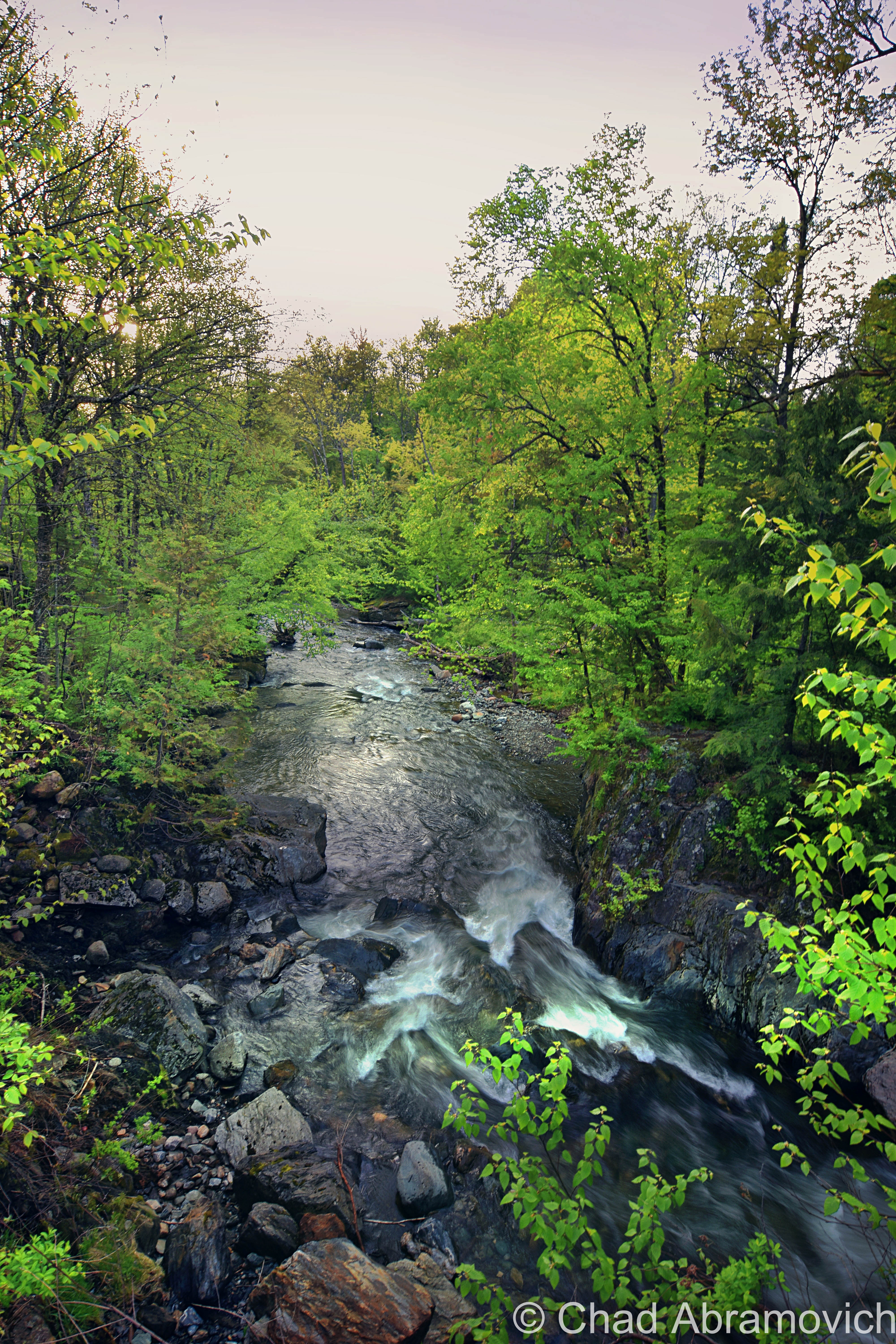

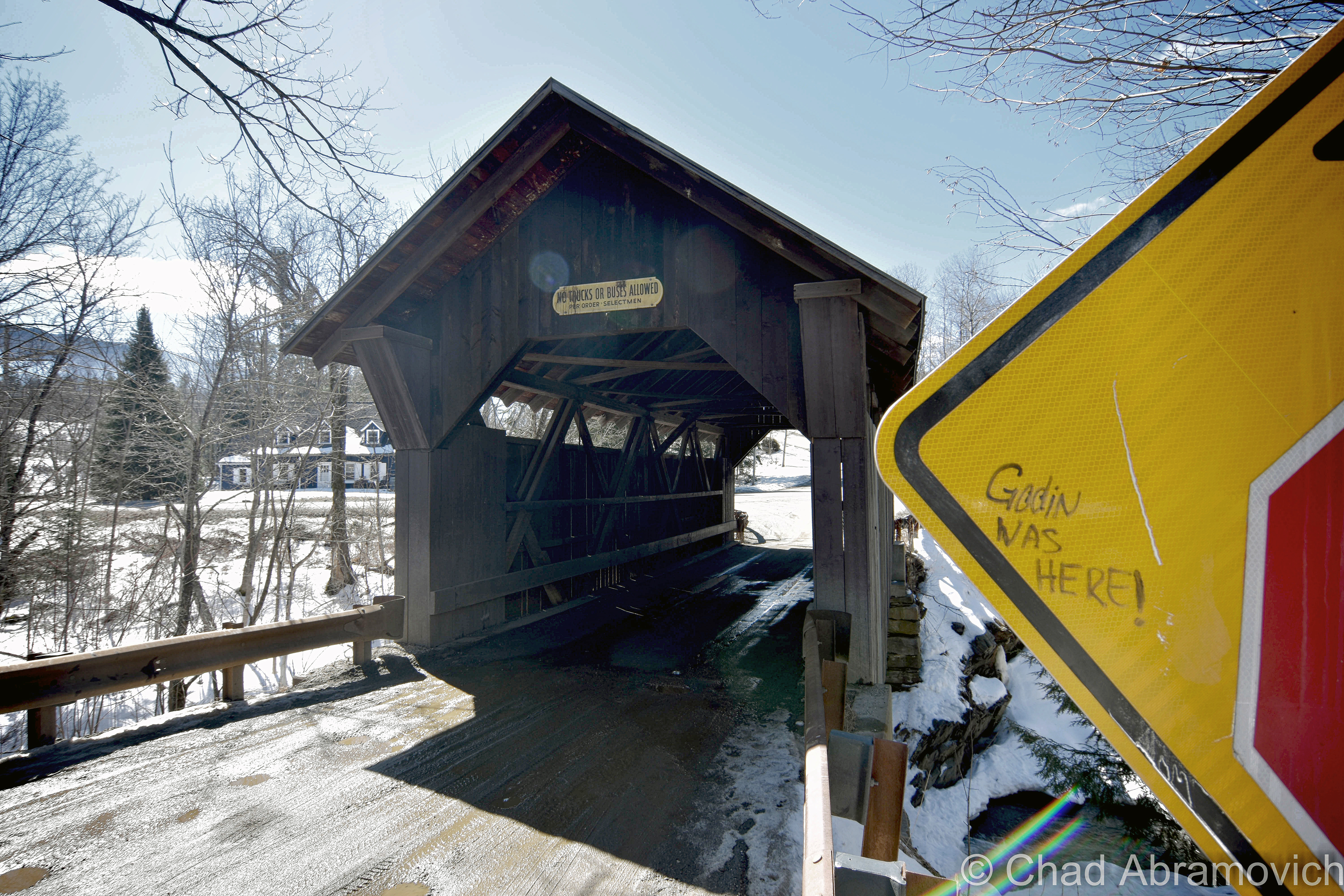
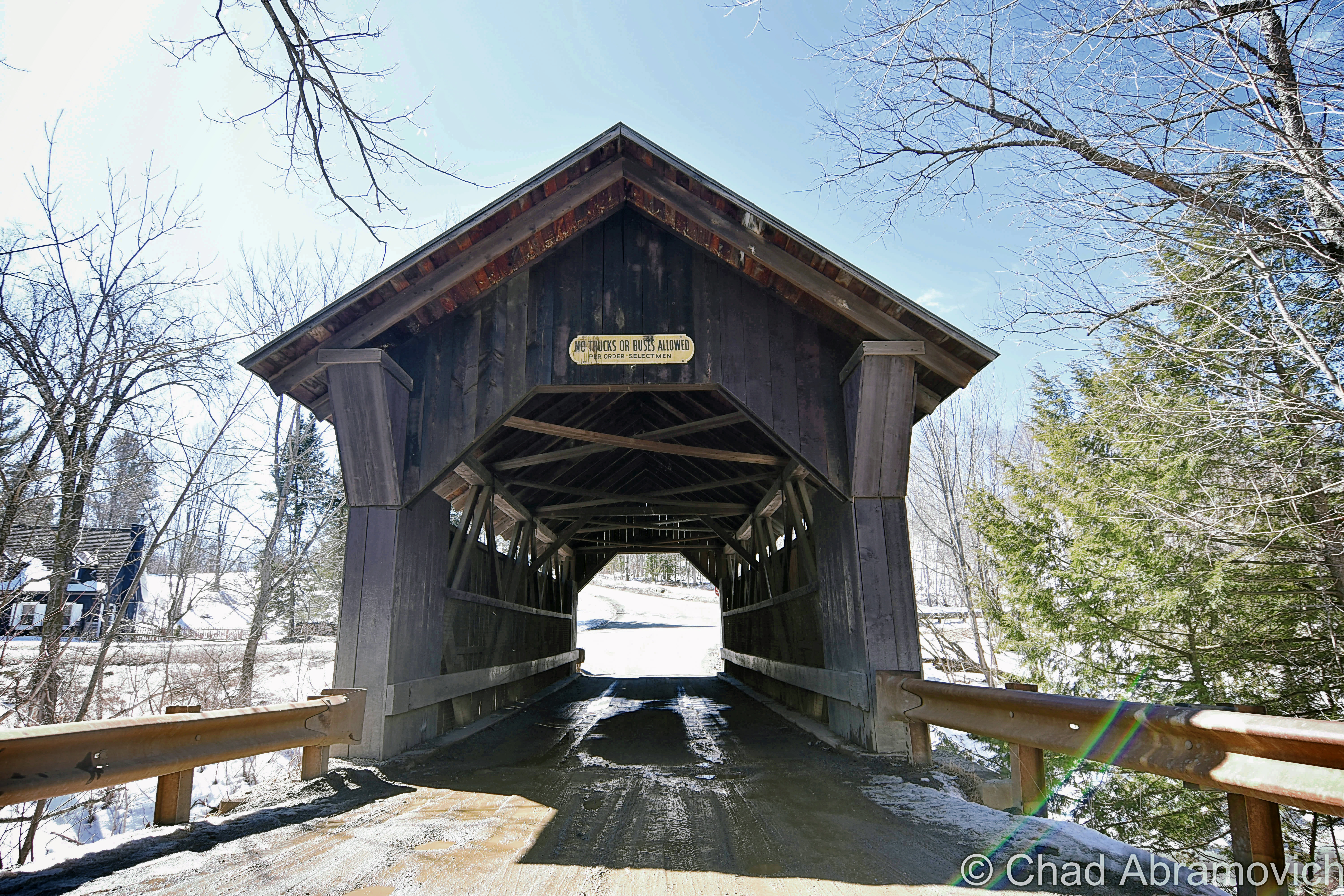
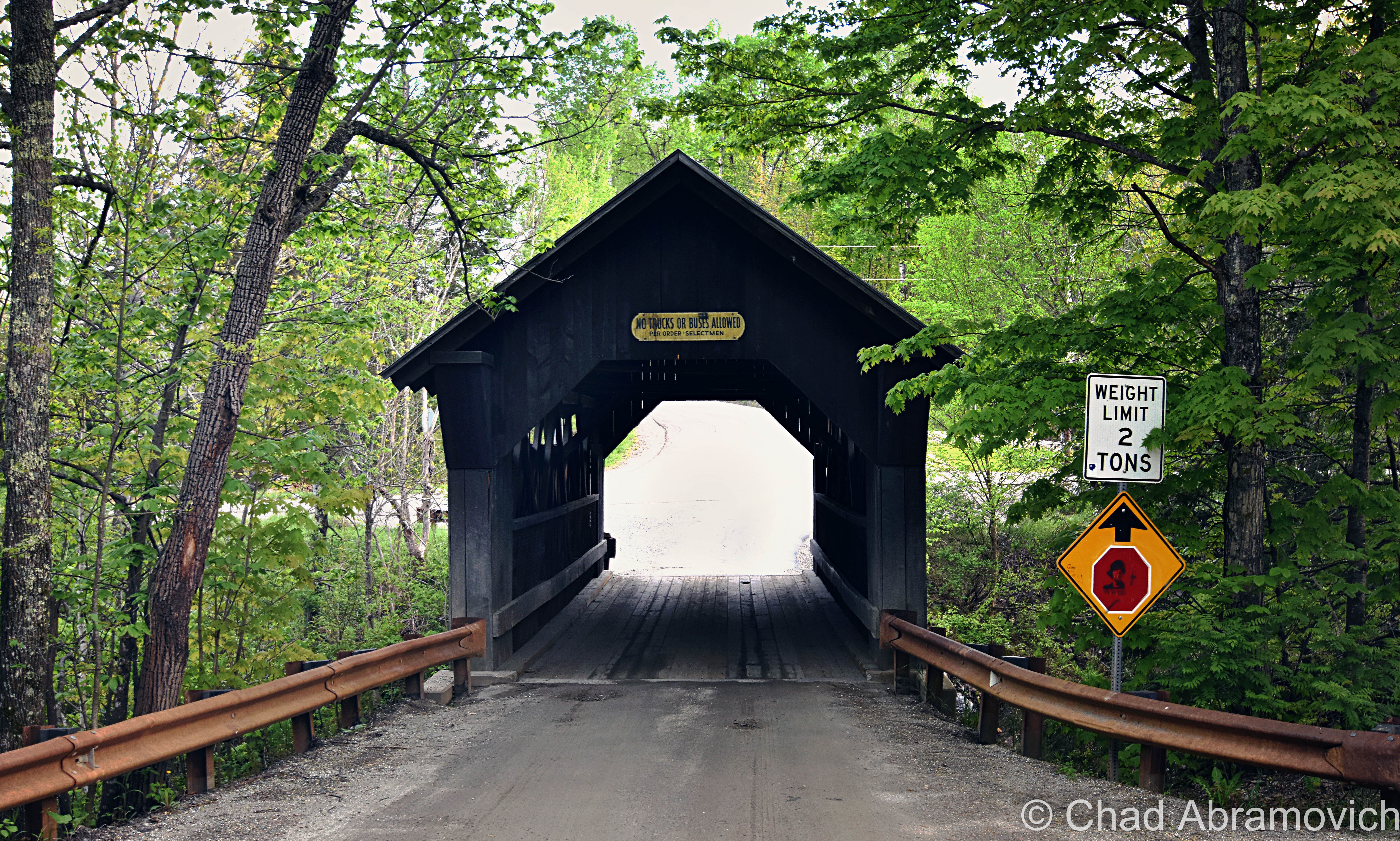
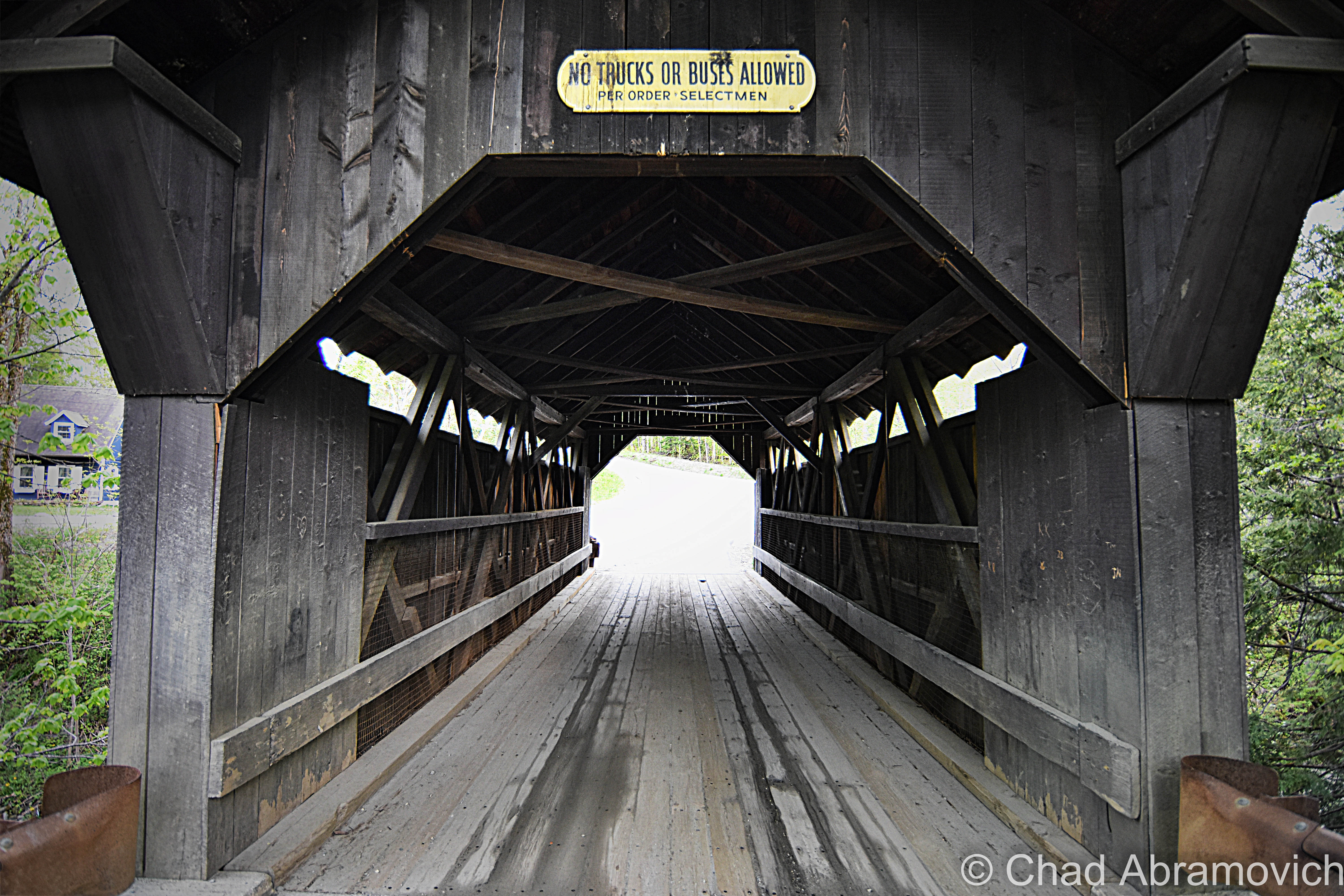
** I’d like to sincerely thank Barbara Barawand from the Stowe Historical Society and Joeseph Citro for inspiring me to write this entry, and for providing me with this fascinating information.
Links:
If you’re curious, Emily’s Bridge actually has an official website. Or, as official as it gets anyways.
The official website of Emily’s Bridge
—————————————————————————————————————————————–
To all of my amazing fans and supporters, I am truly grateful and humbled by all of the support and donations through out the years that have kept Obscure Vermont up and running.
As you all know I spend countless hours researching, writing, and traveling to produce and sustain this blog. Obscure Vermont is funded entirely on generous donations that you the wonderful viewers and supporters have made. Expenses range from internet fees to host the blog, to investing in research materials, to traveling expenses. Also, donations help keep me current with my photography gear, computer, and computer software so that I can deliver the best quality possible.
If you value, appreciate, and enjoy reading about my adventures please consider making a donation to my new Gofundme account or Paypal. Any donation would not only be greatly appreciated and help keep this blog going, it would also keep me doing what I love. Thank you!
Gofundme: https://www.gofundme.com/b5jp97d4


